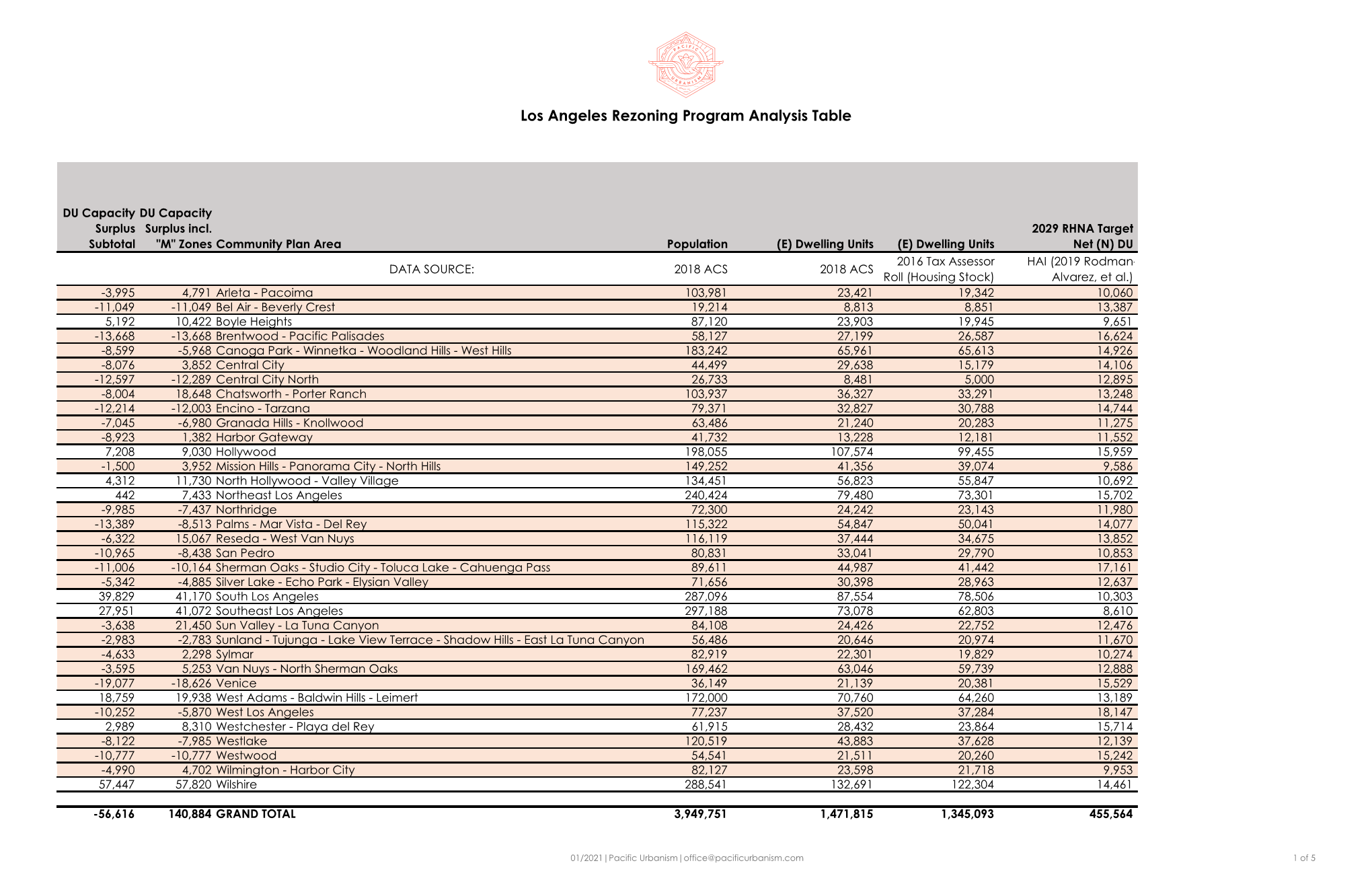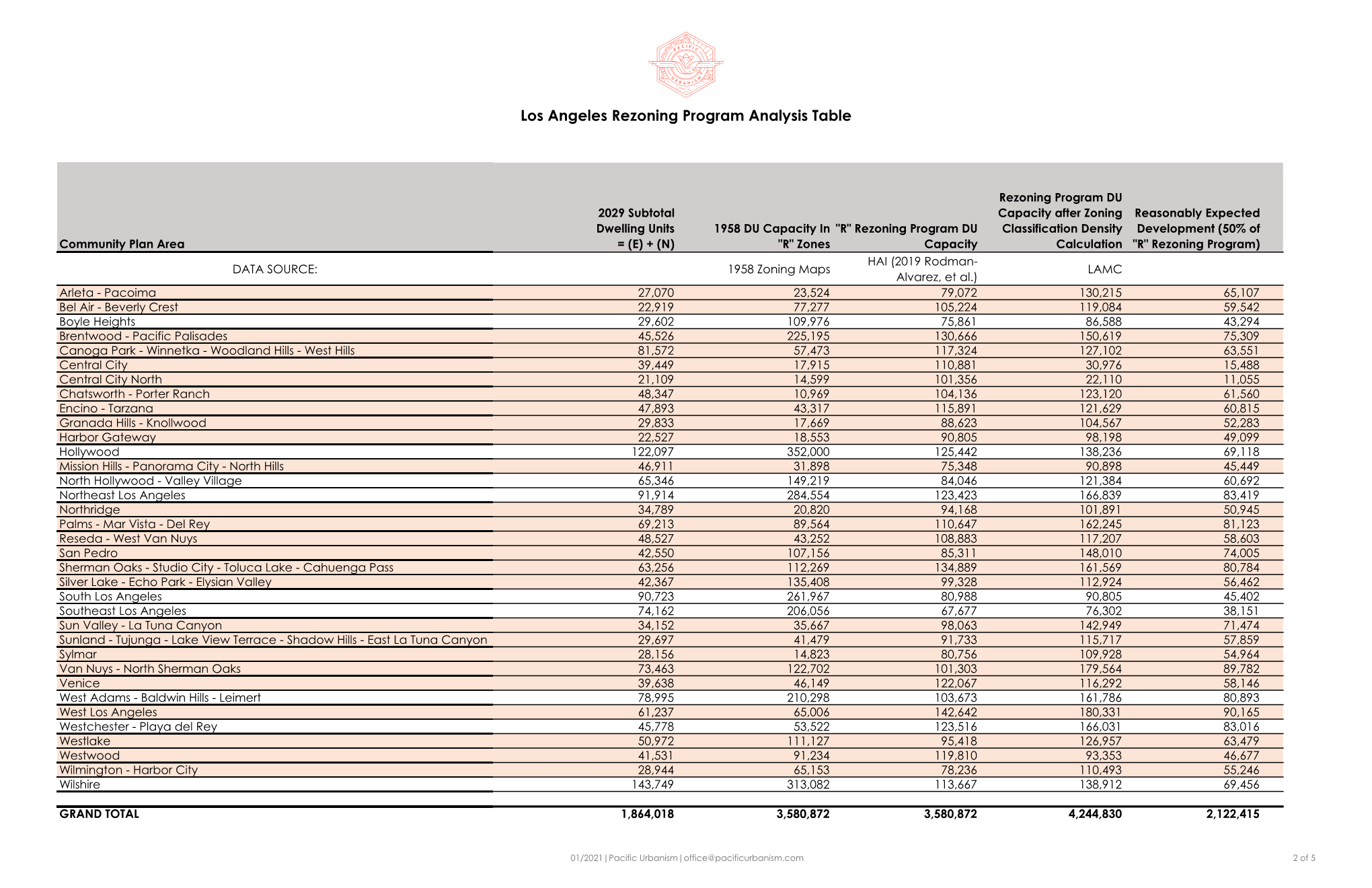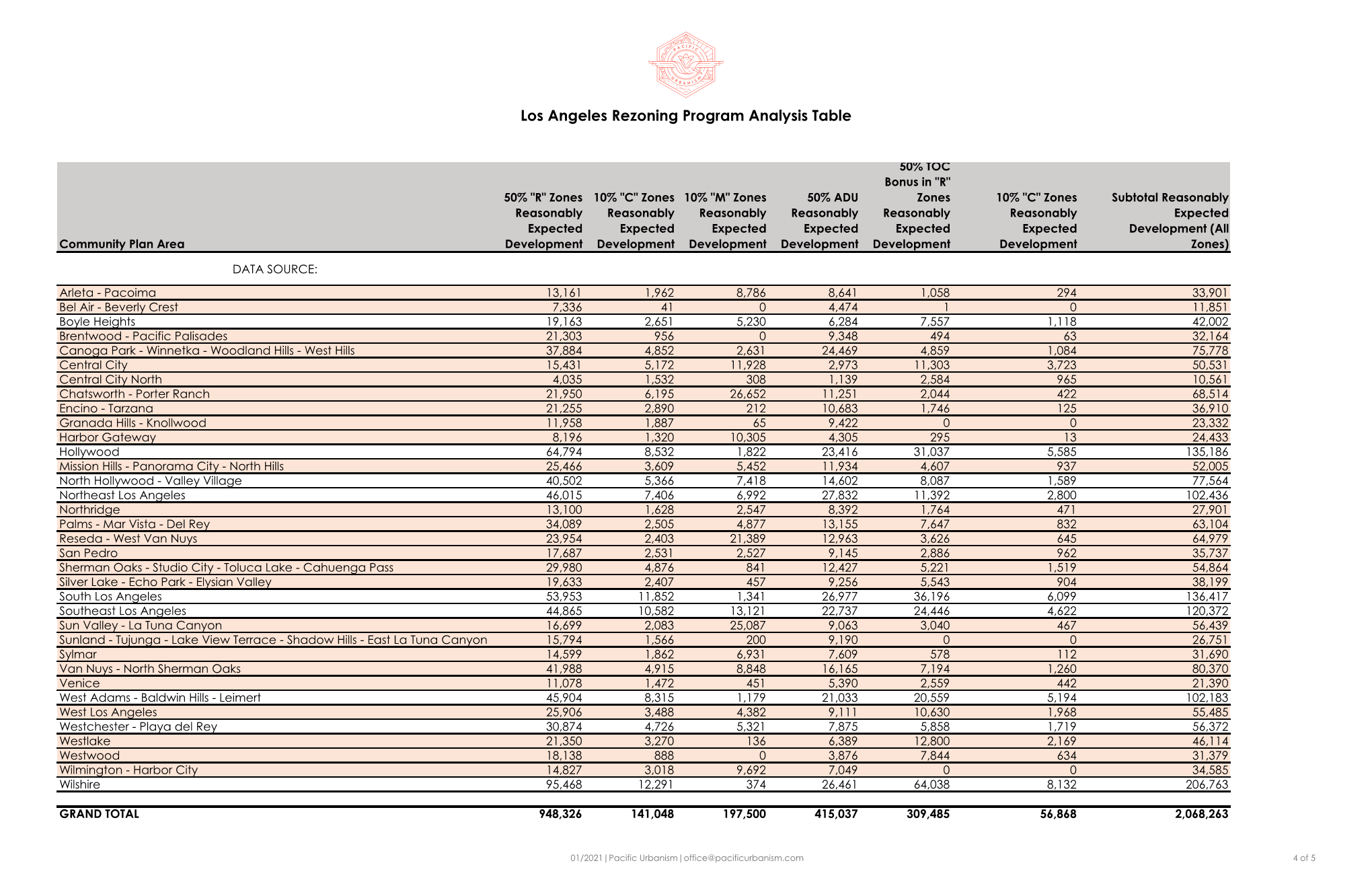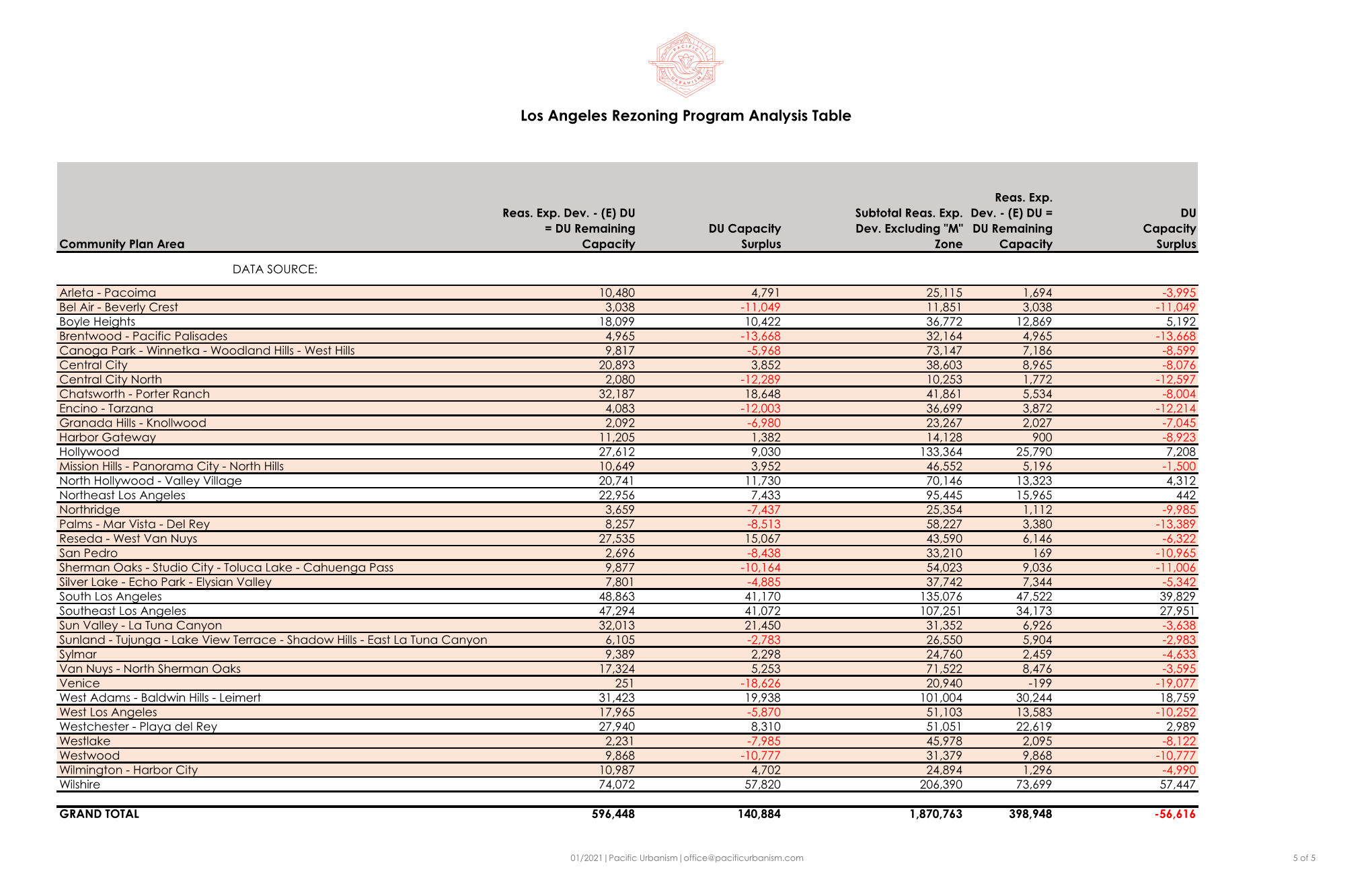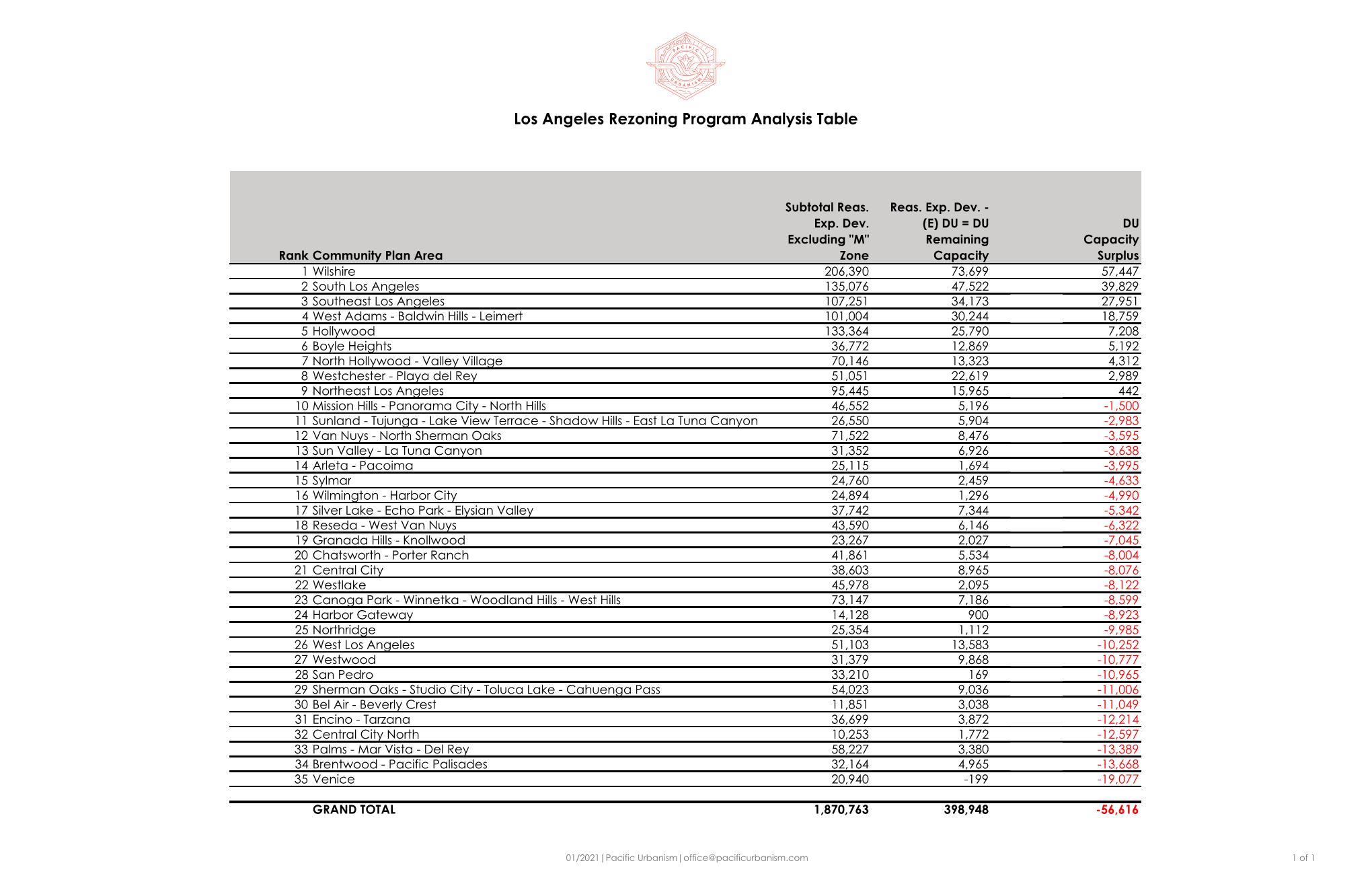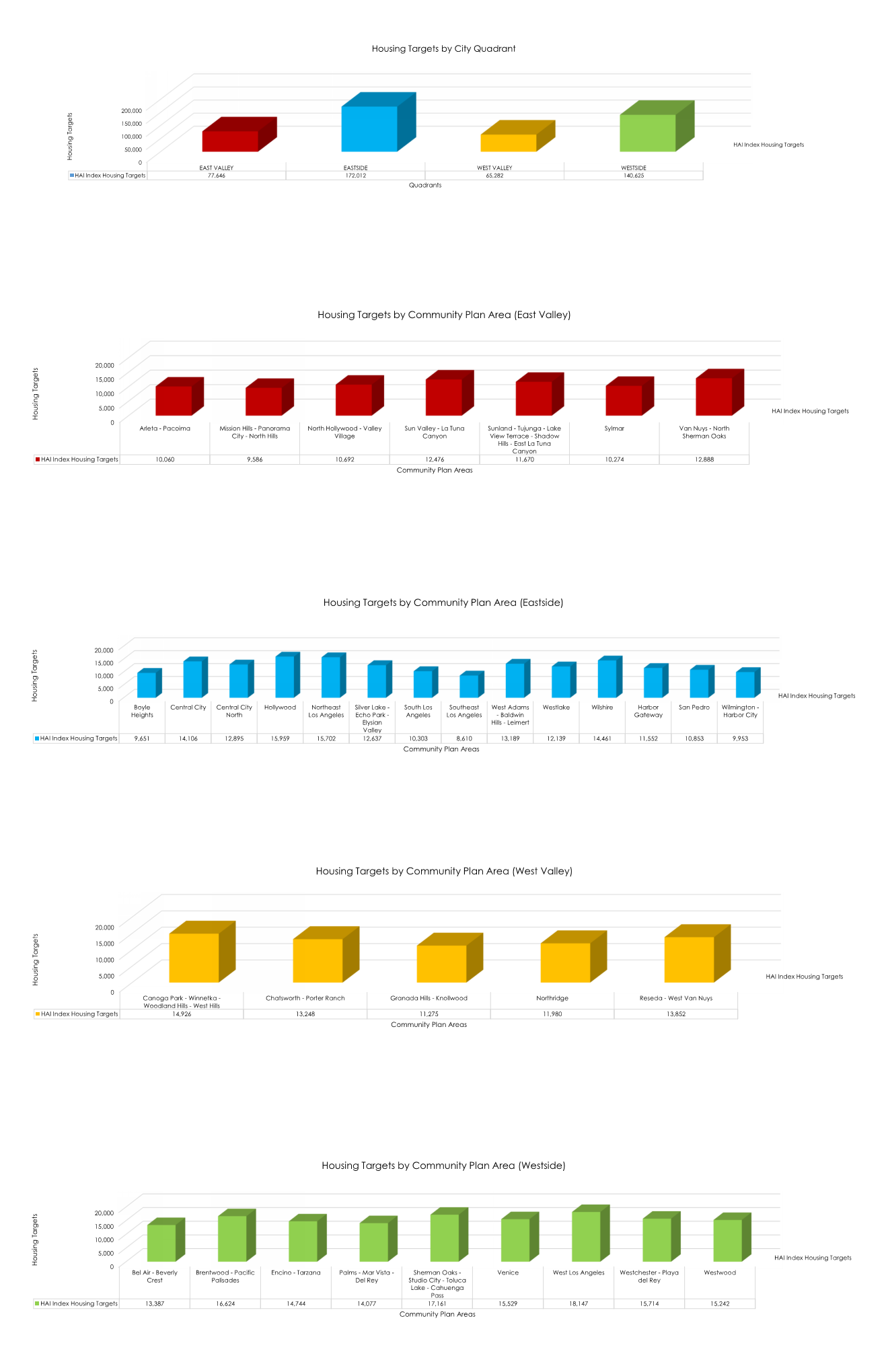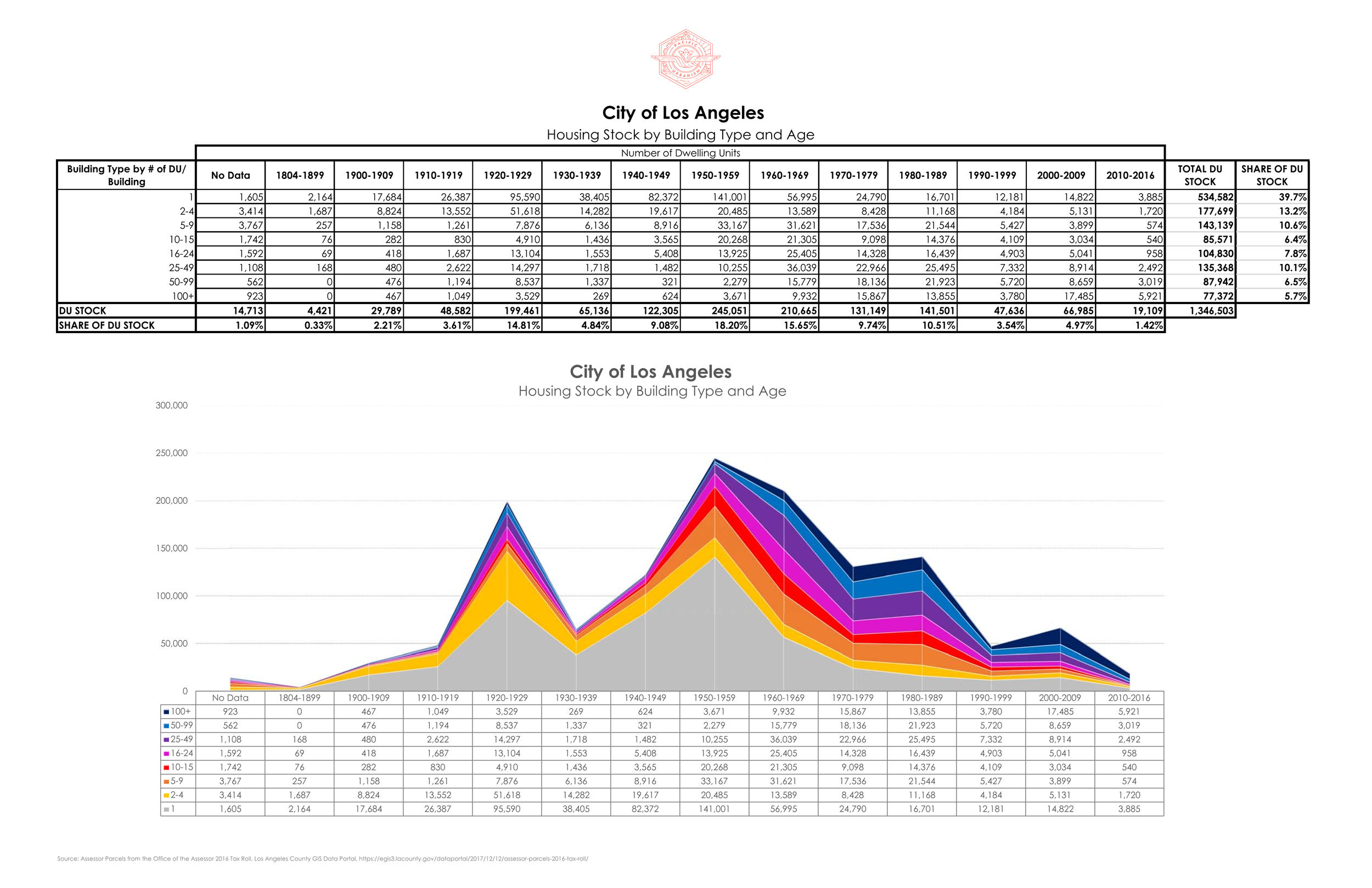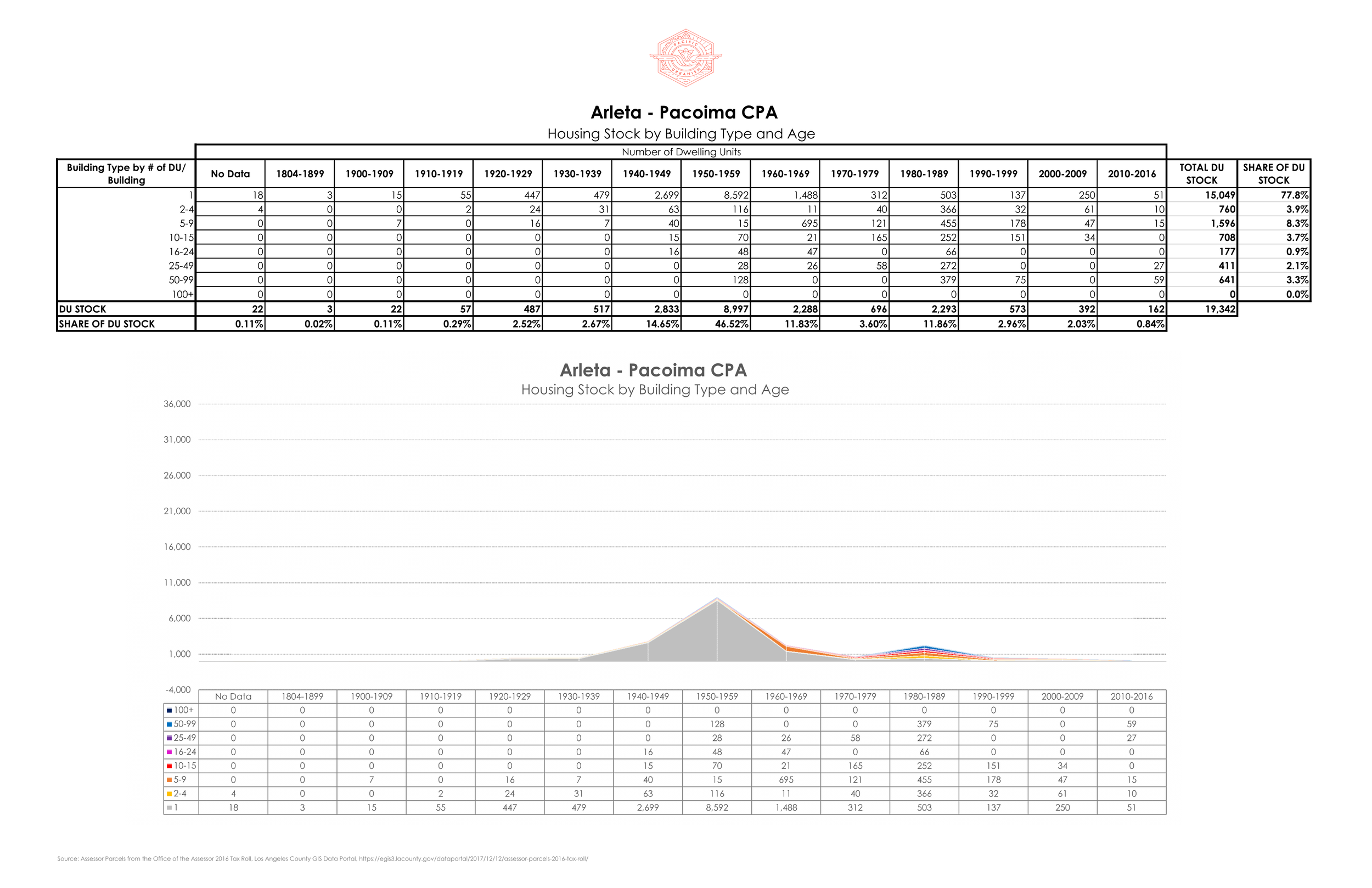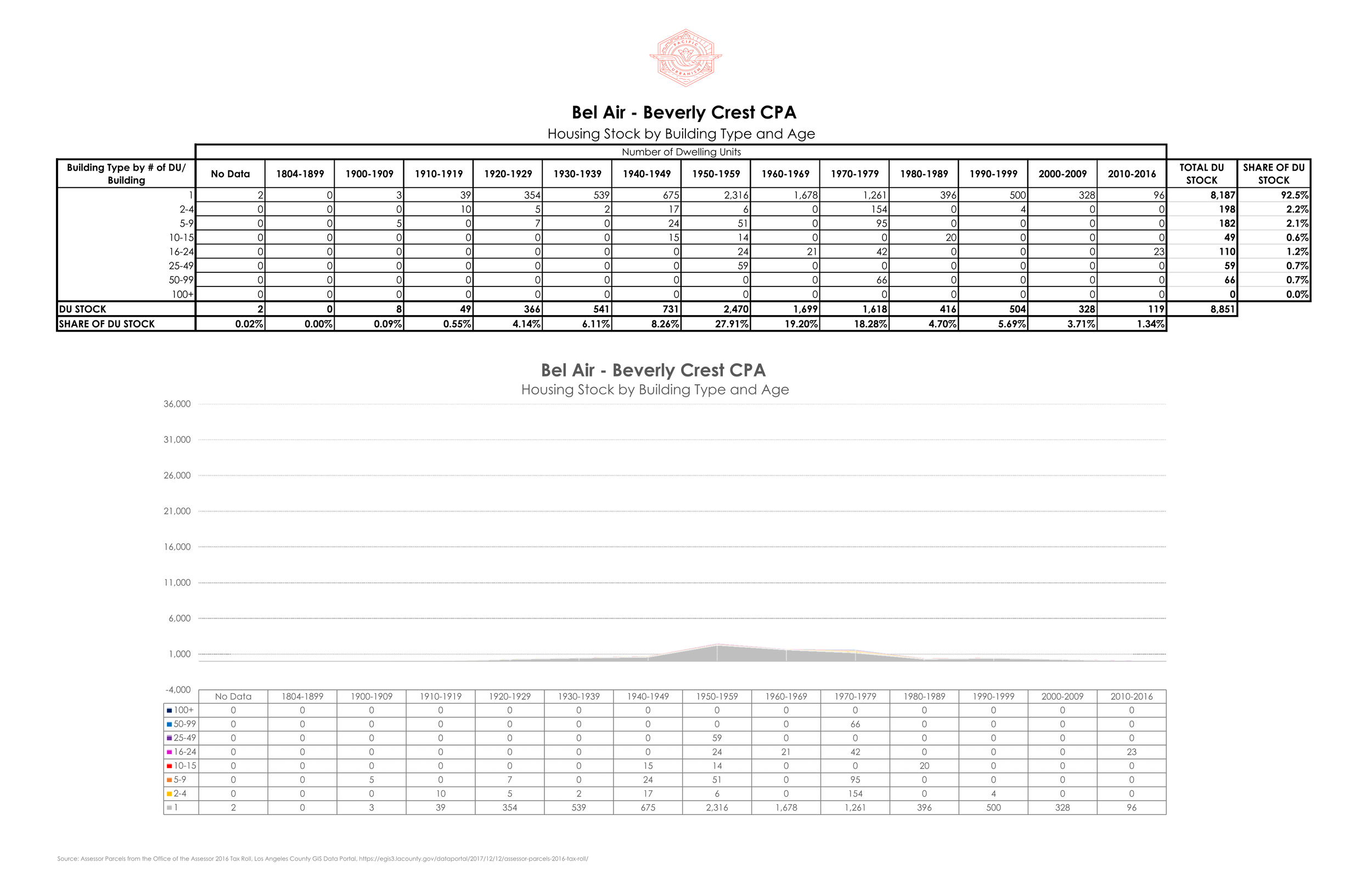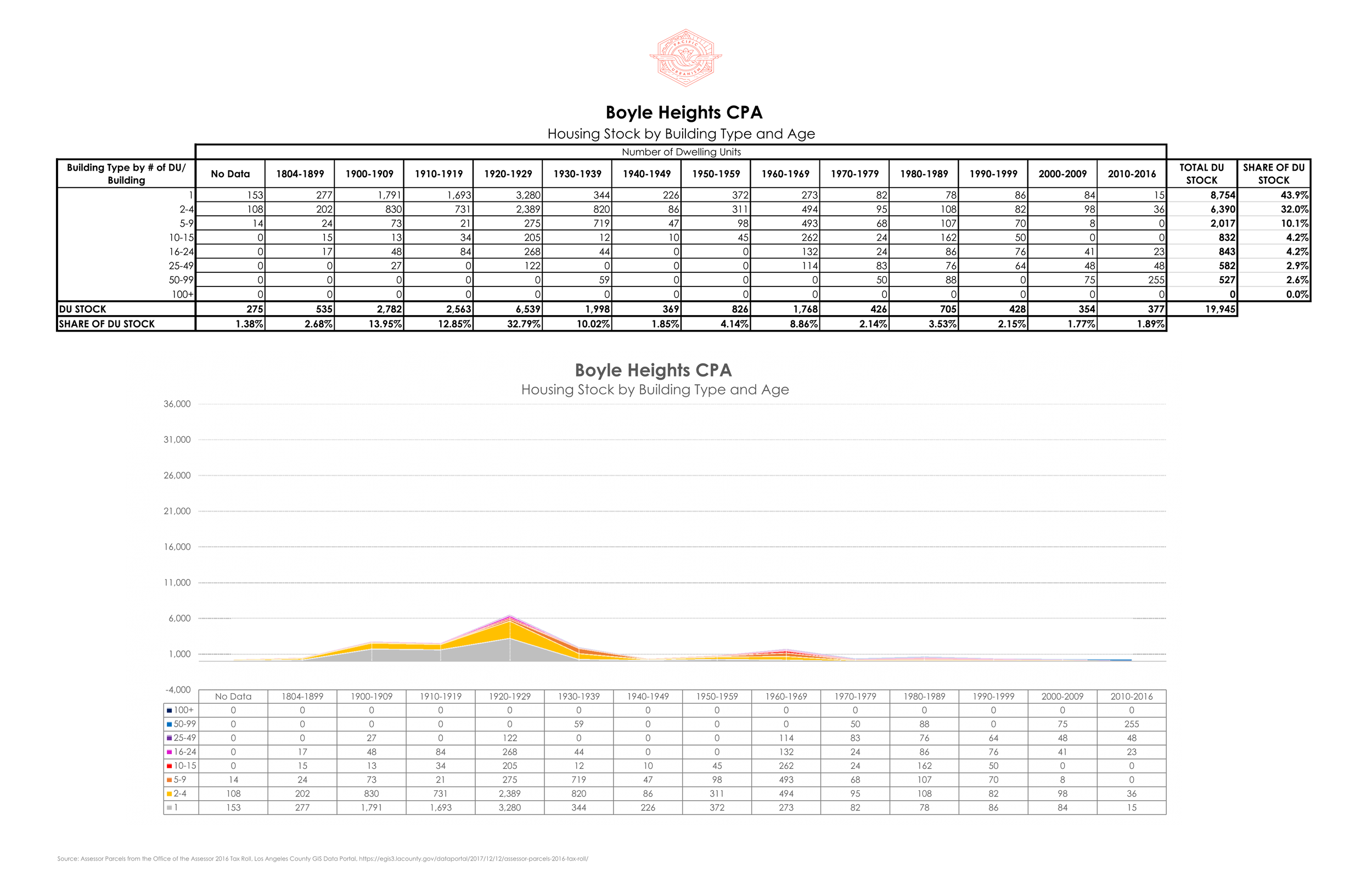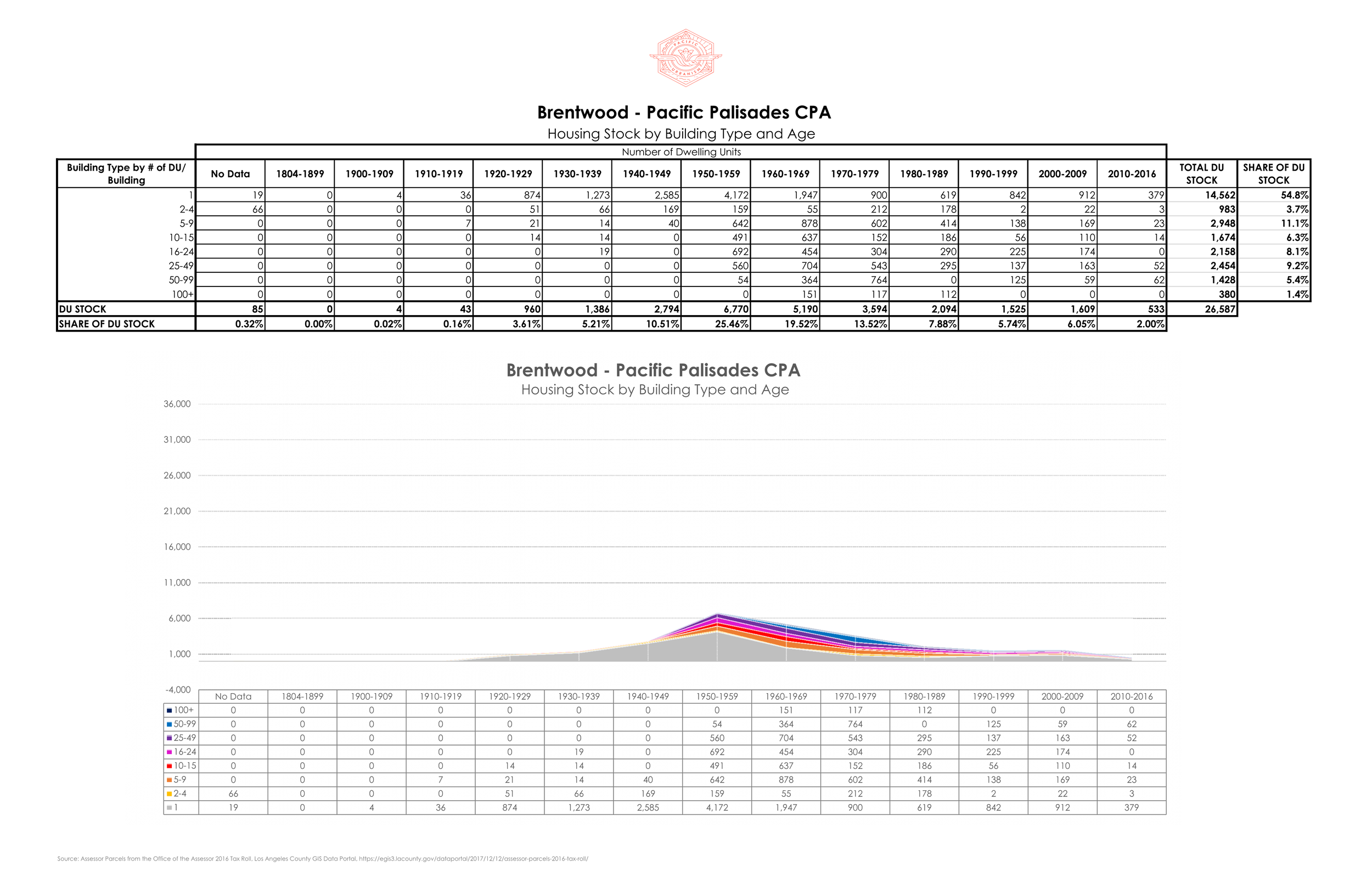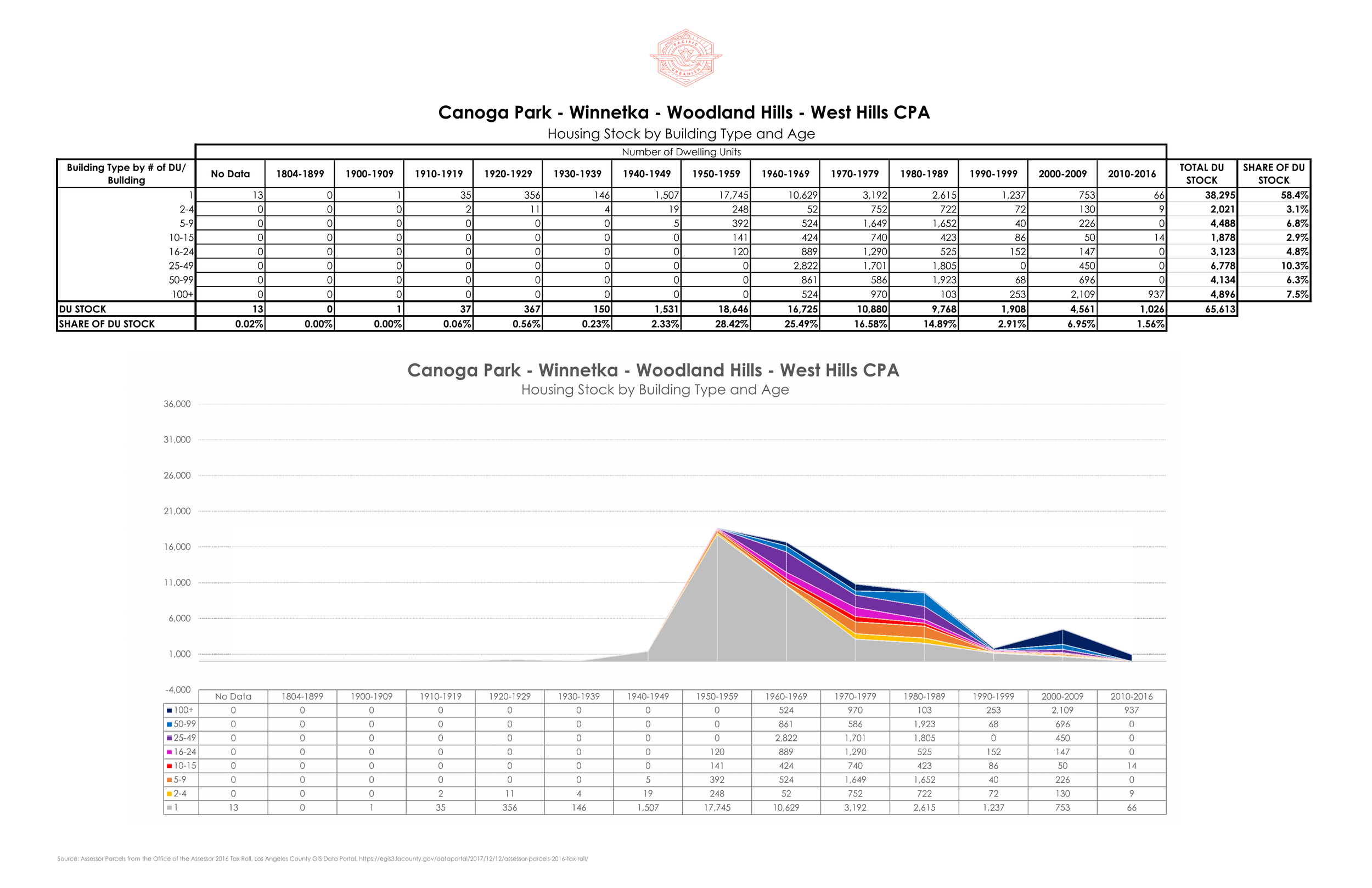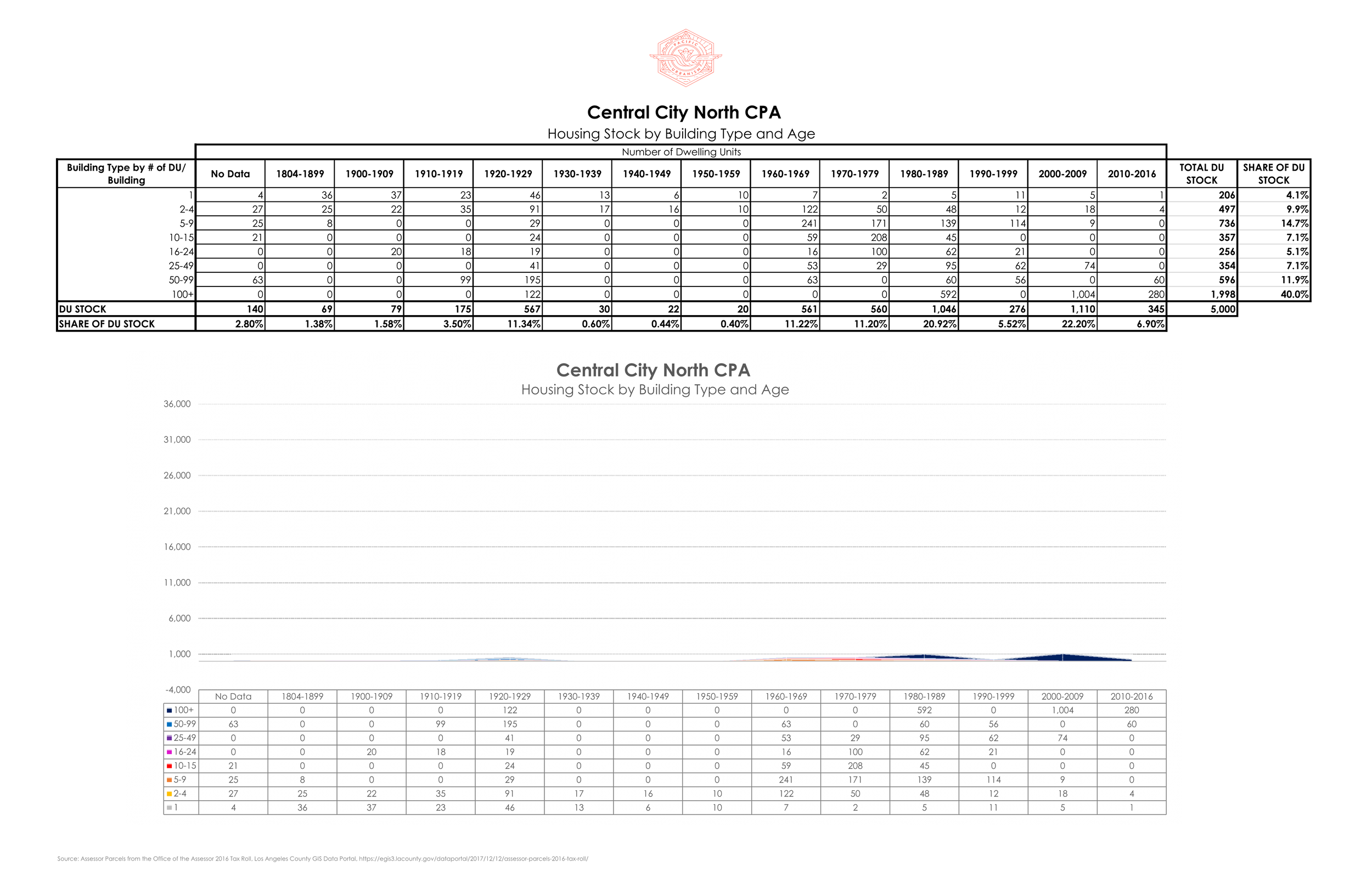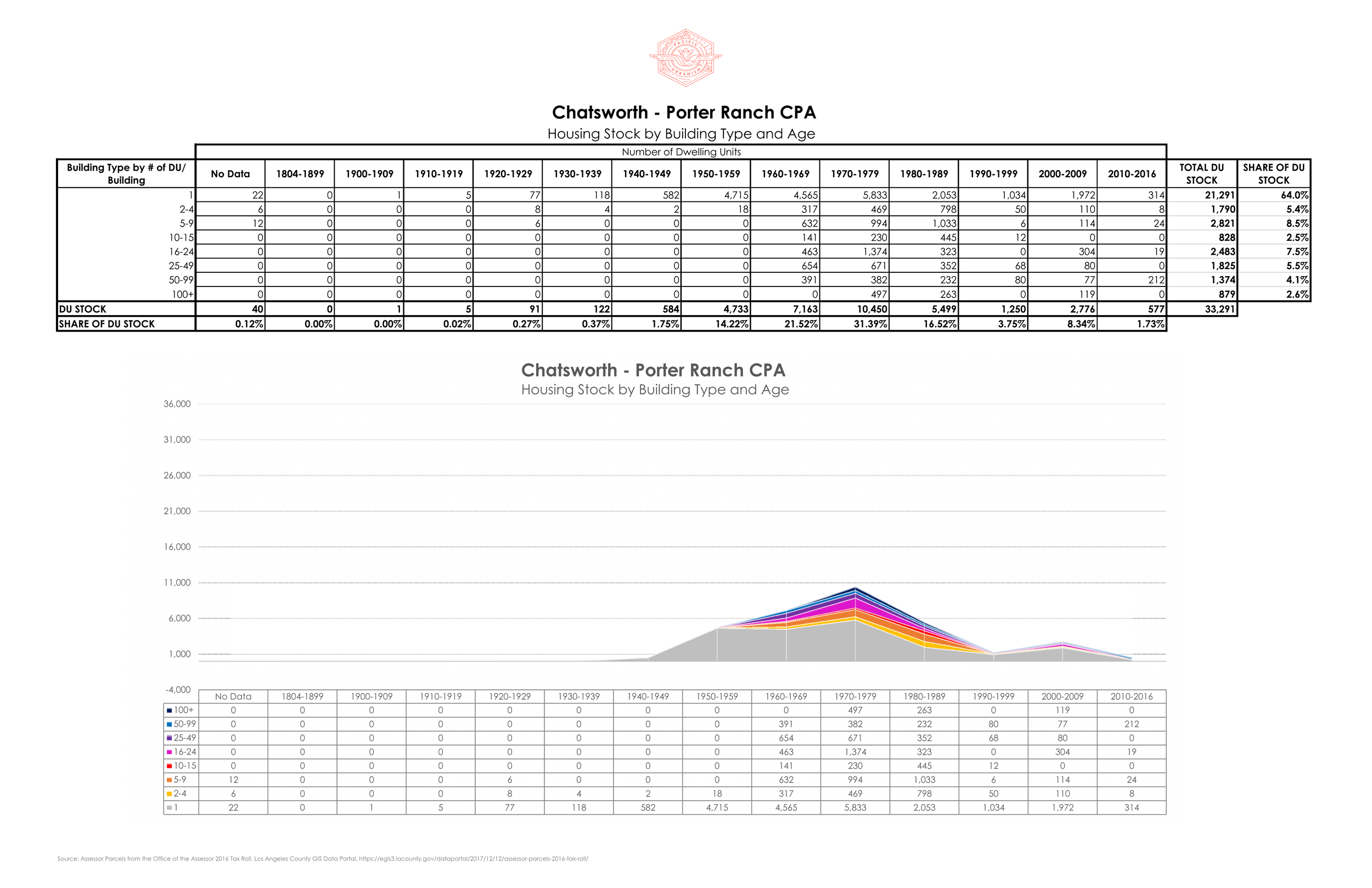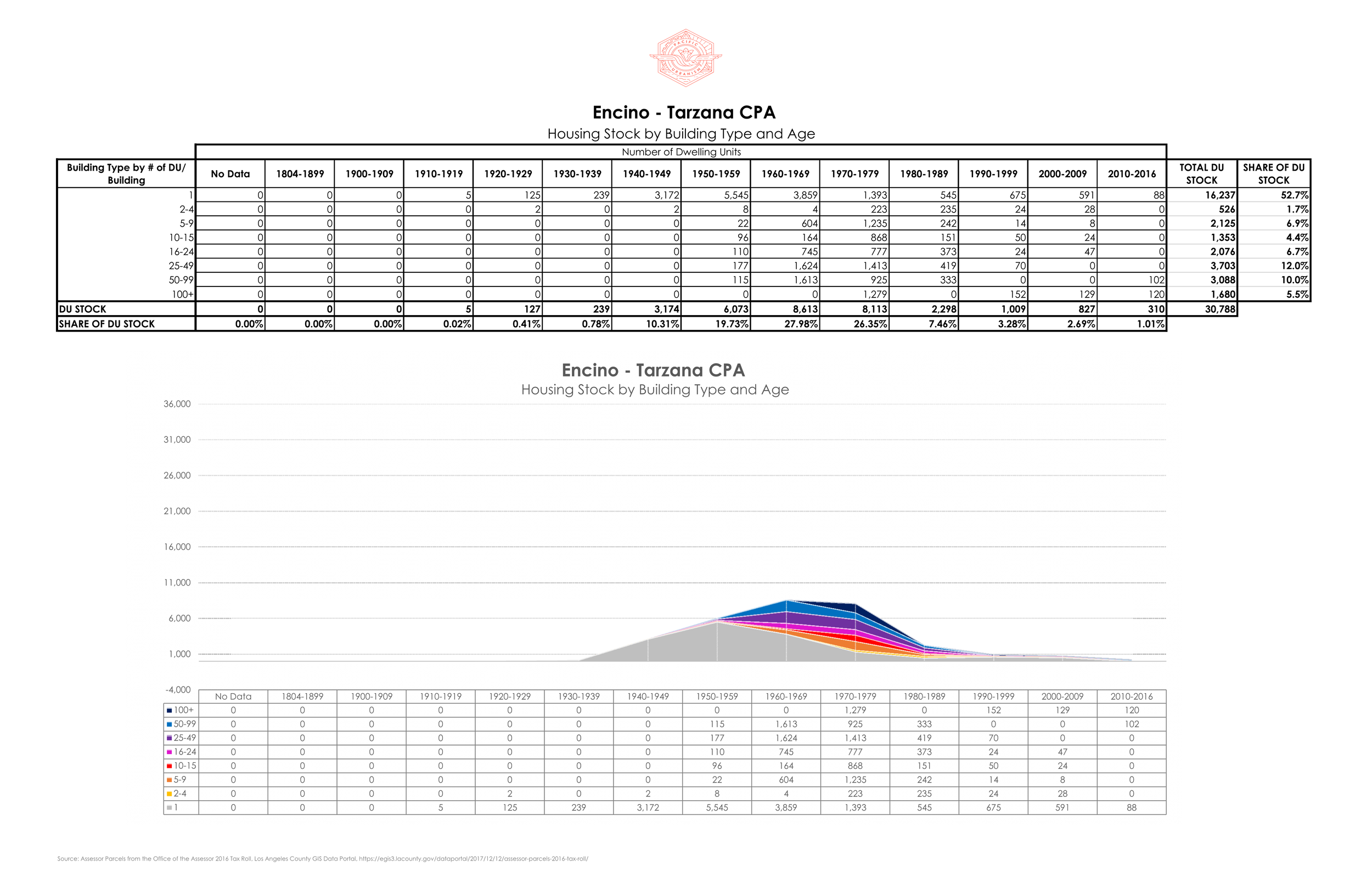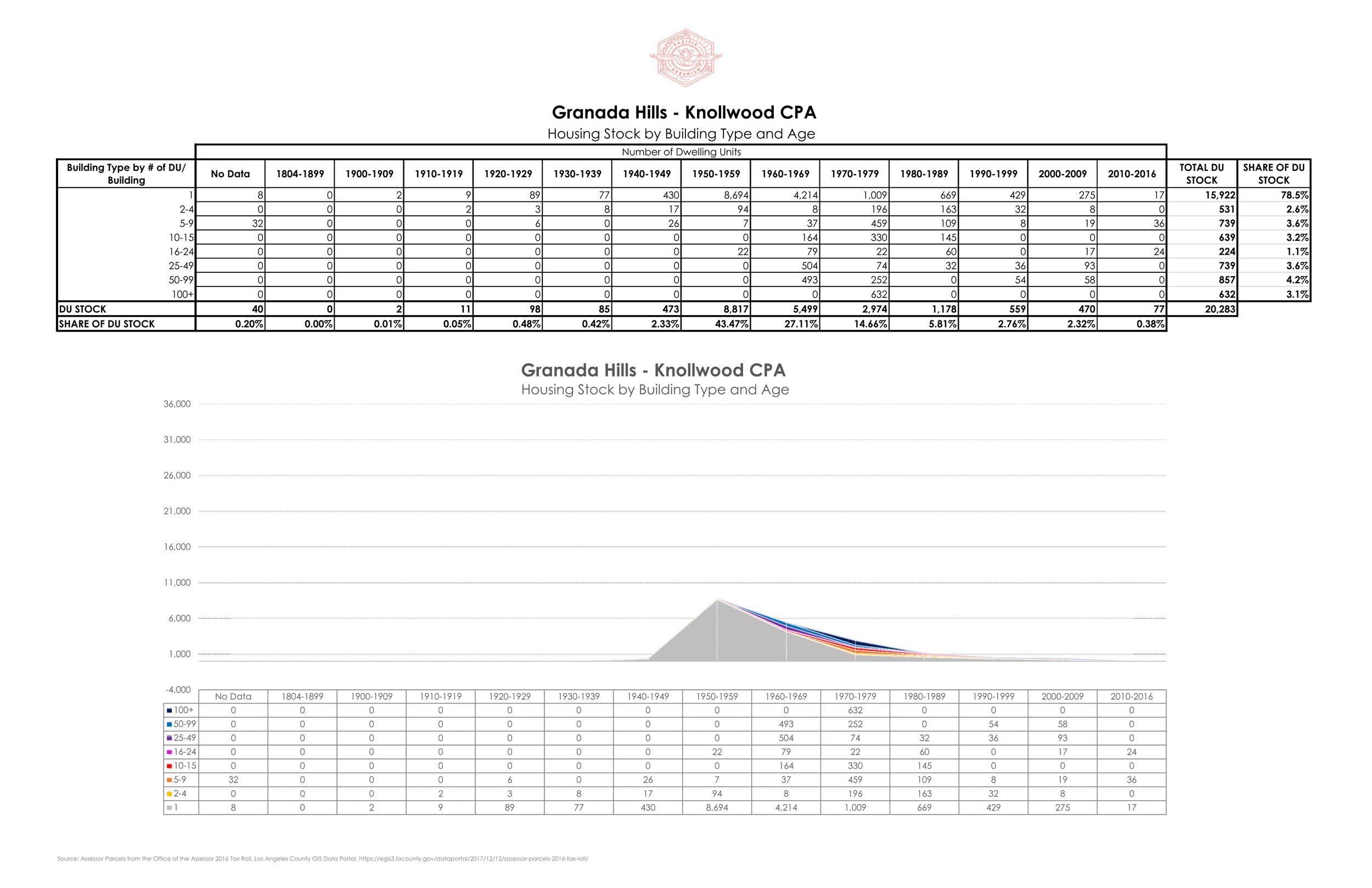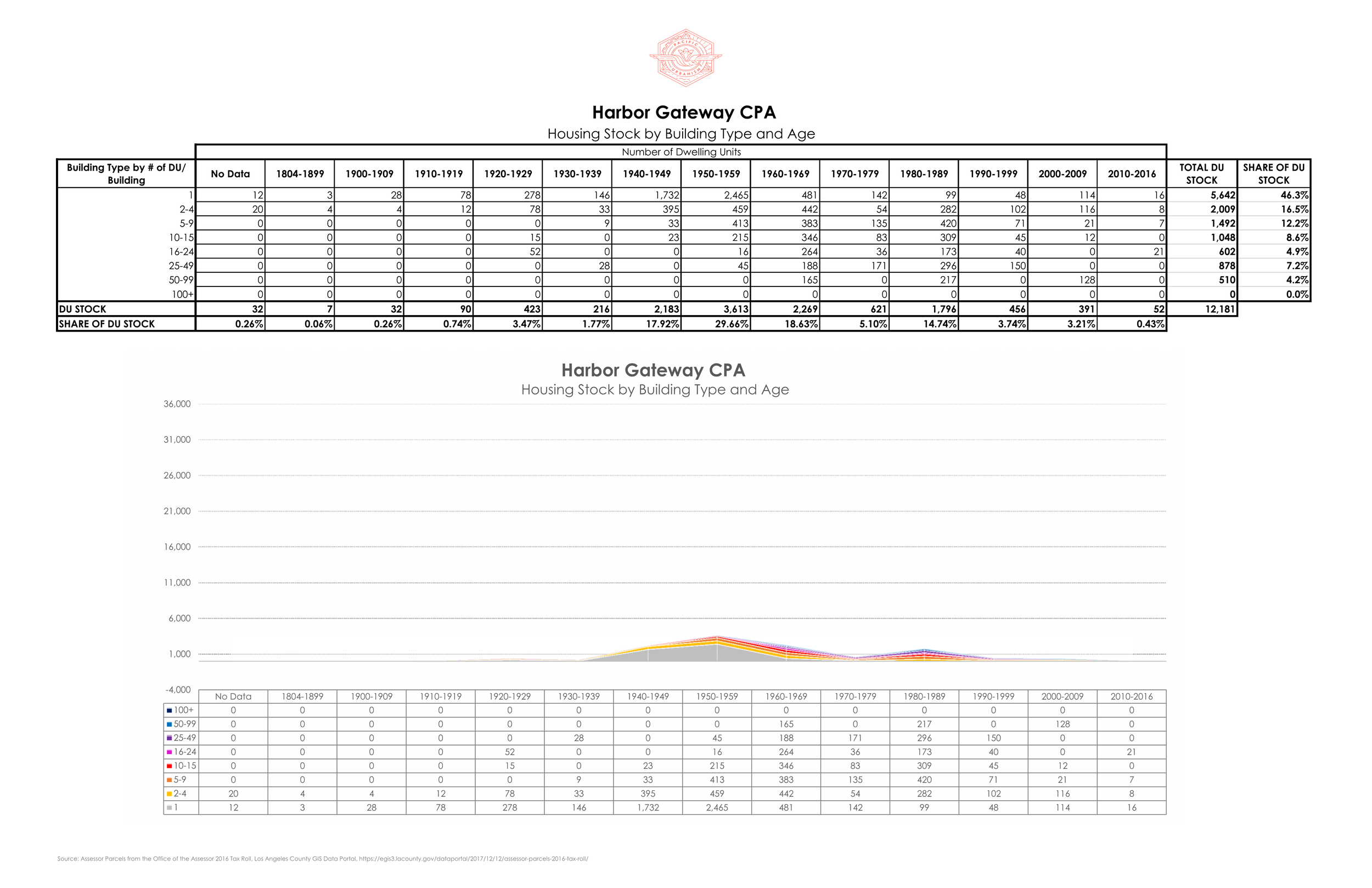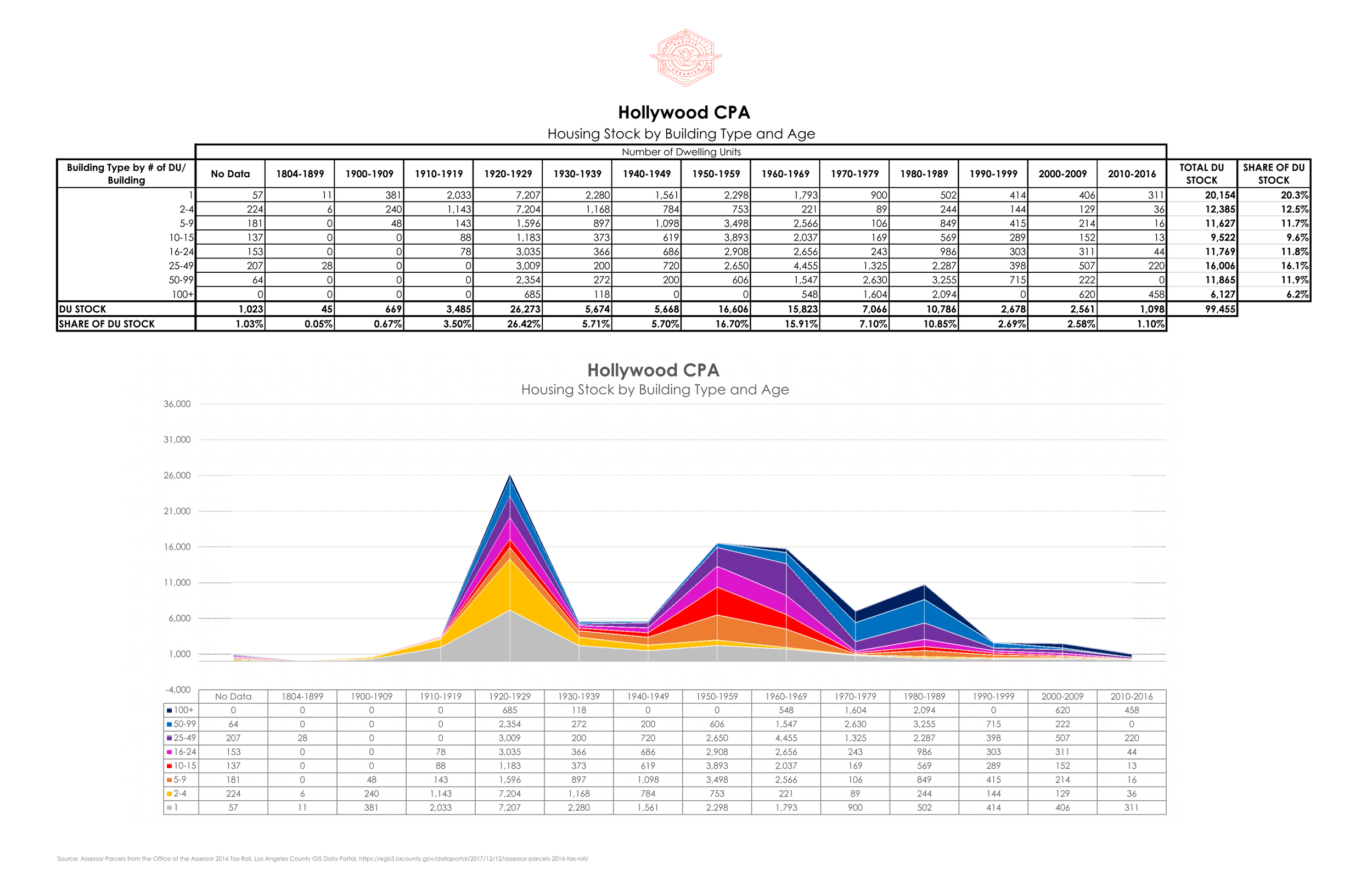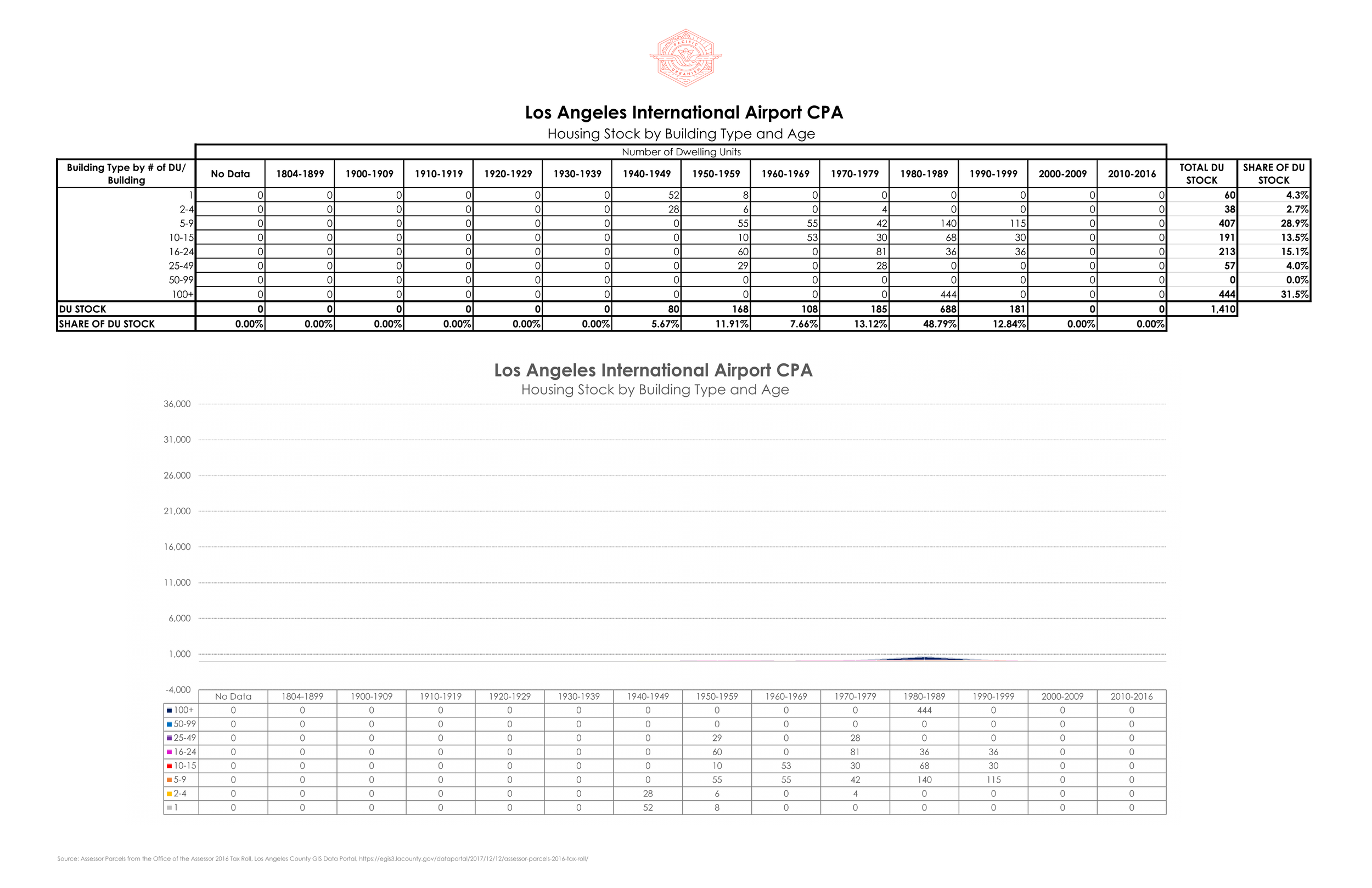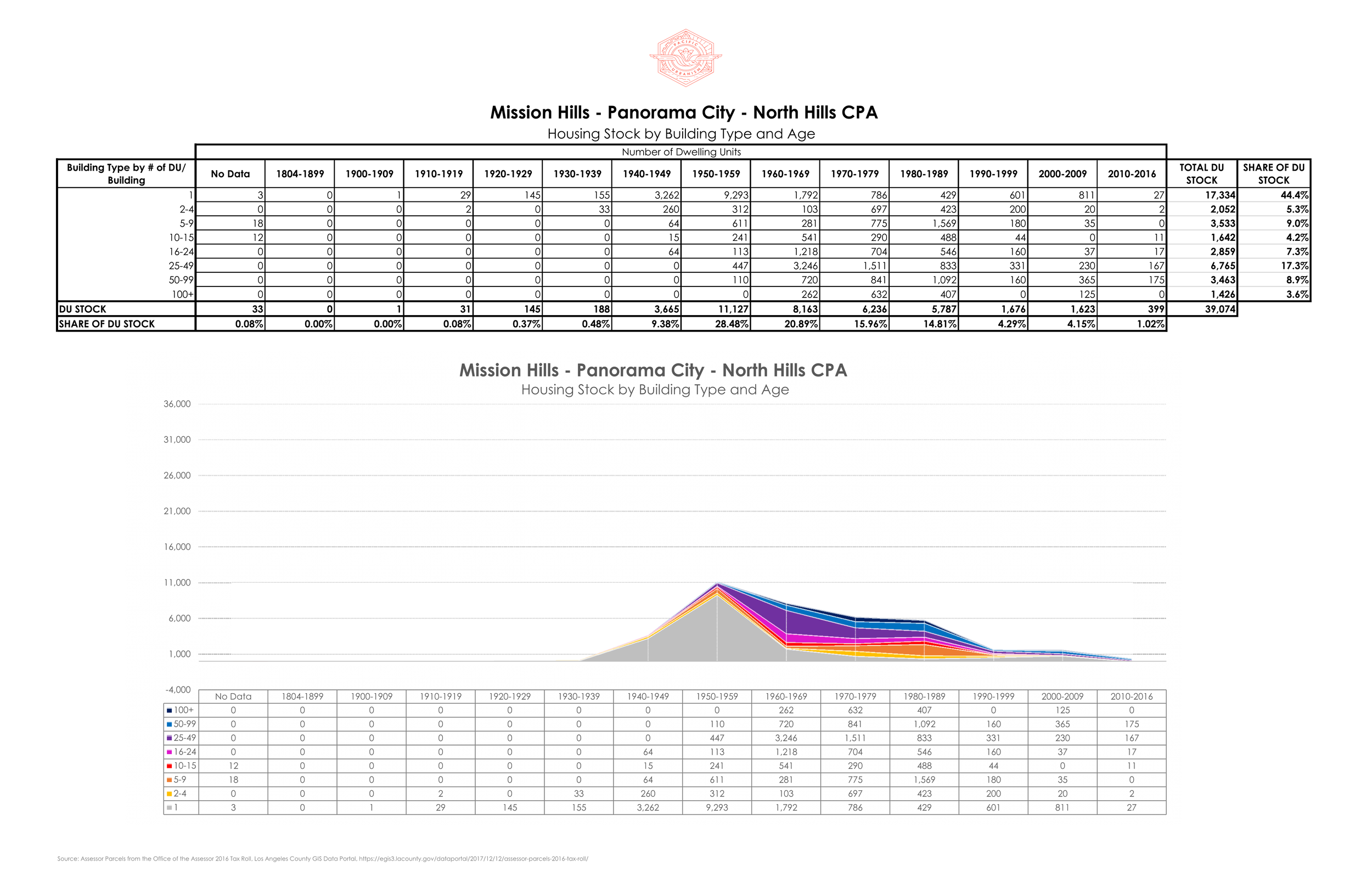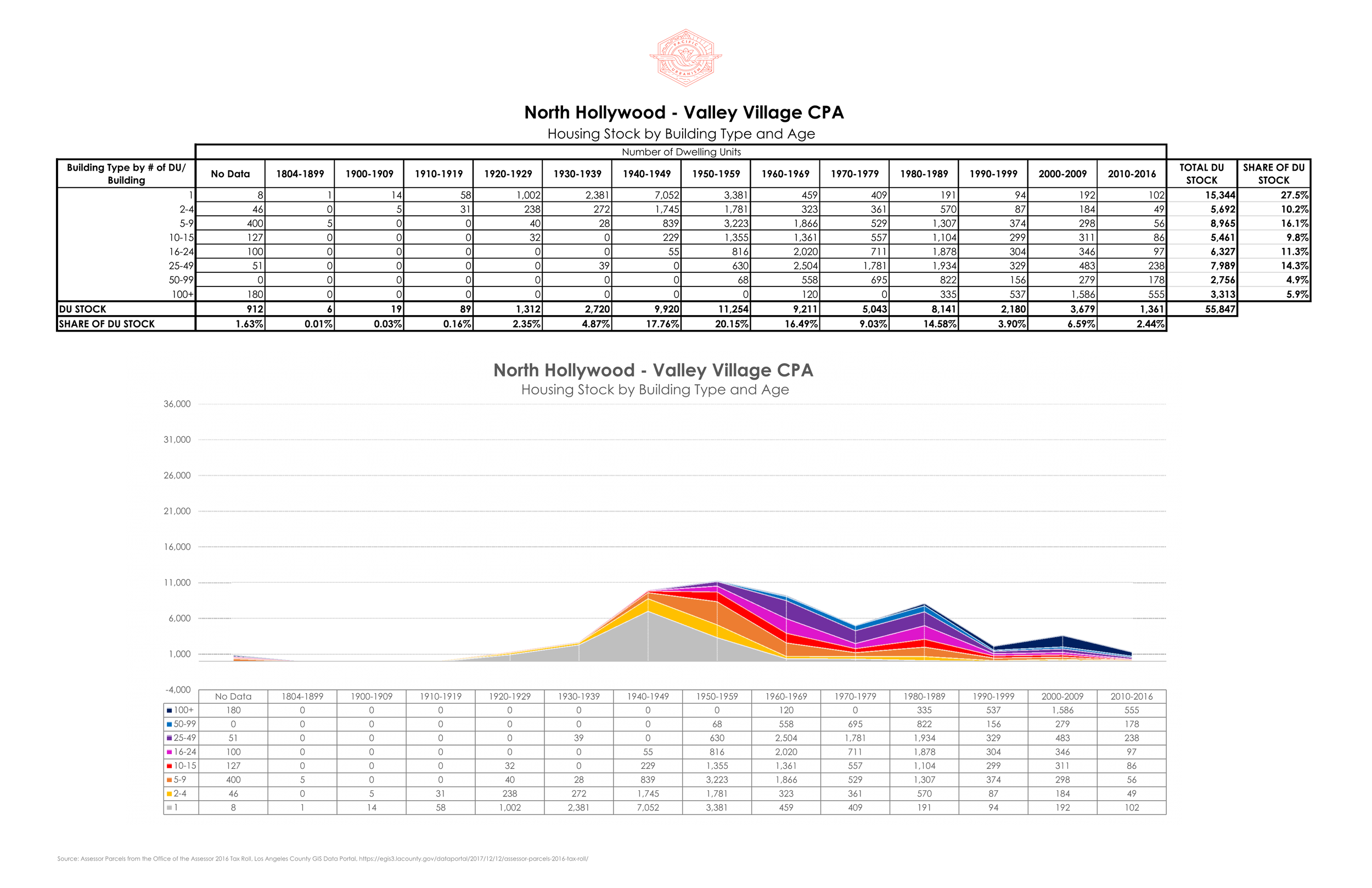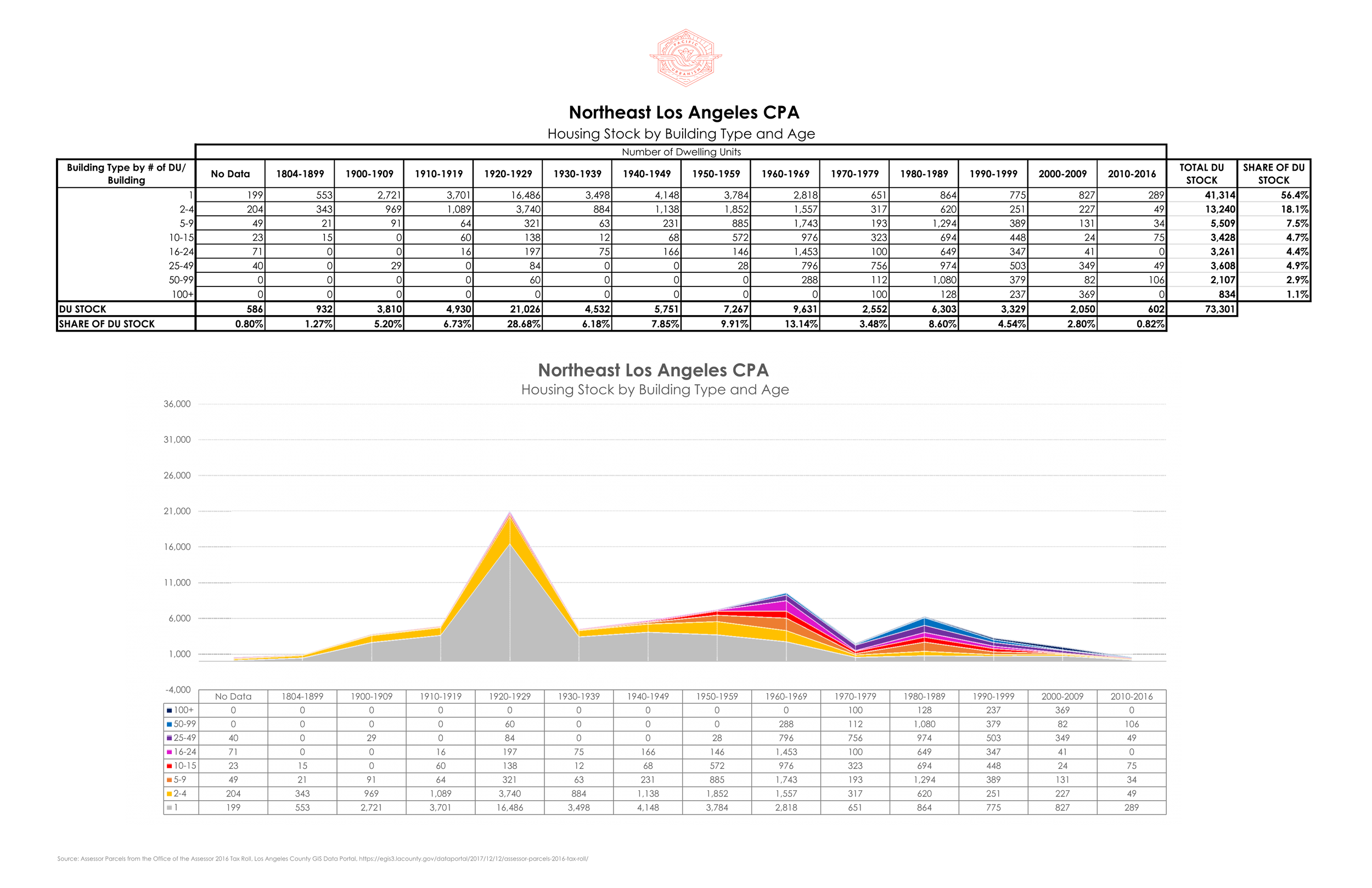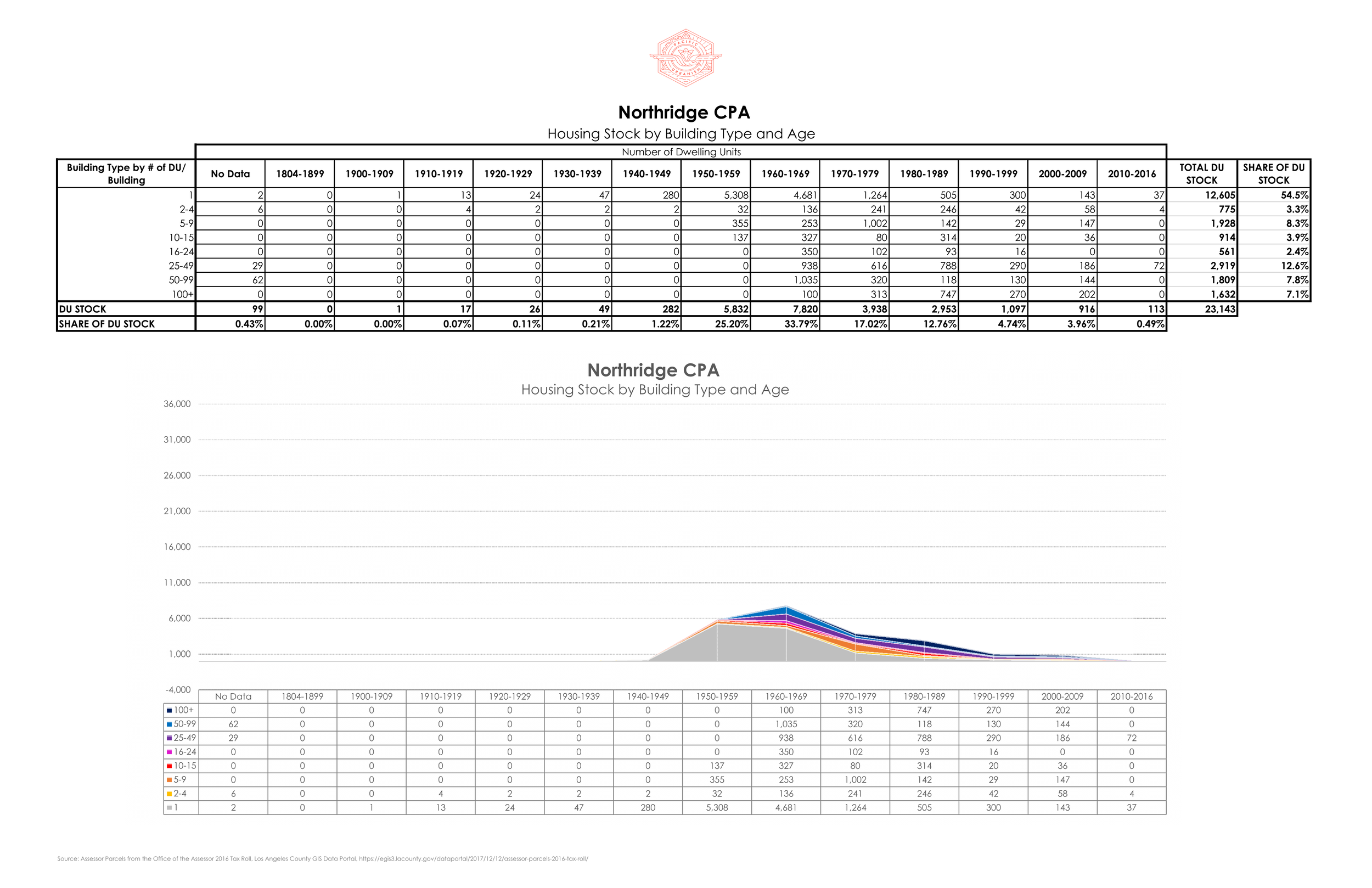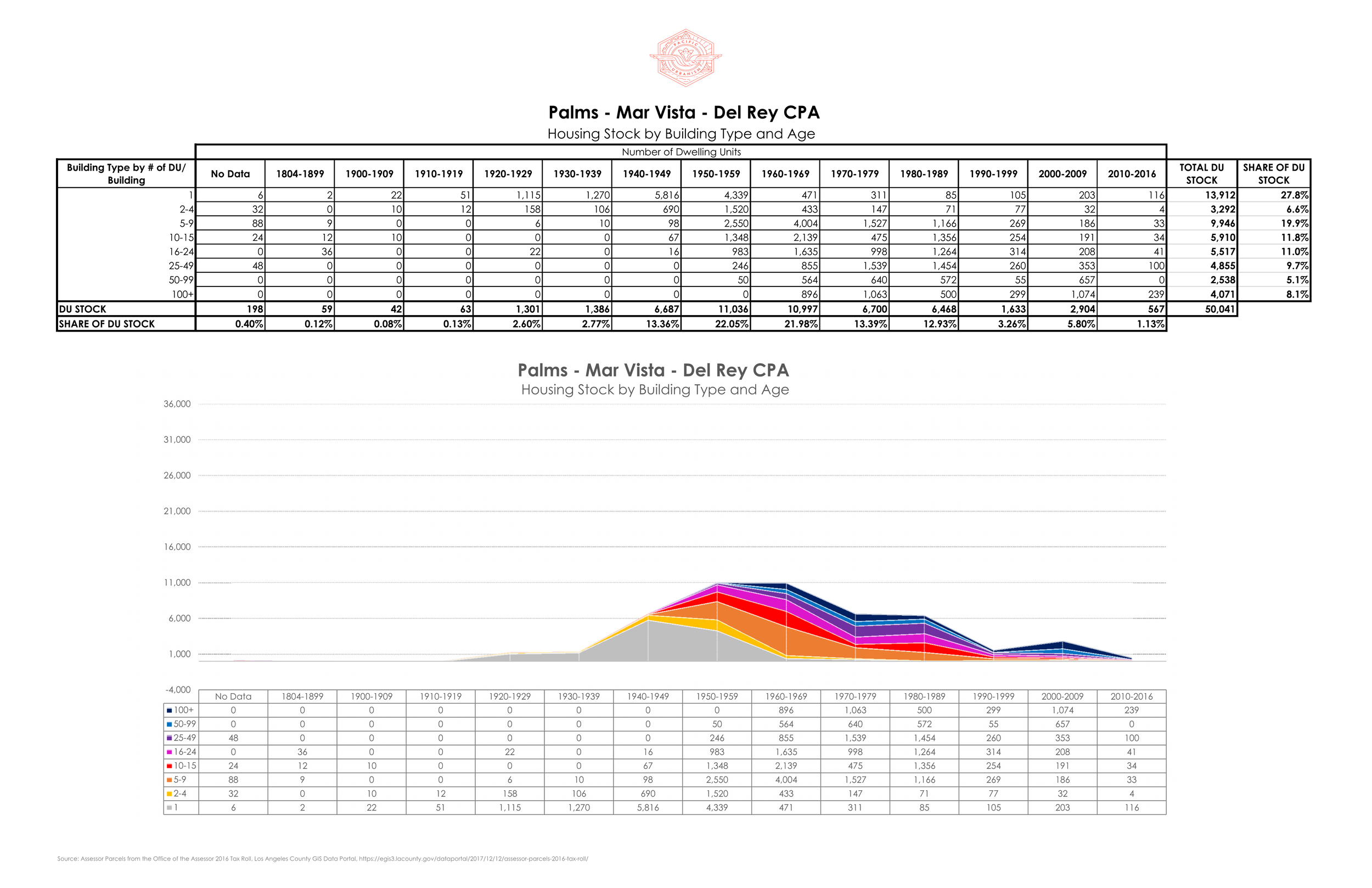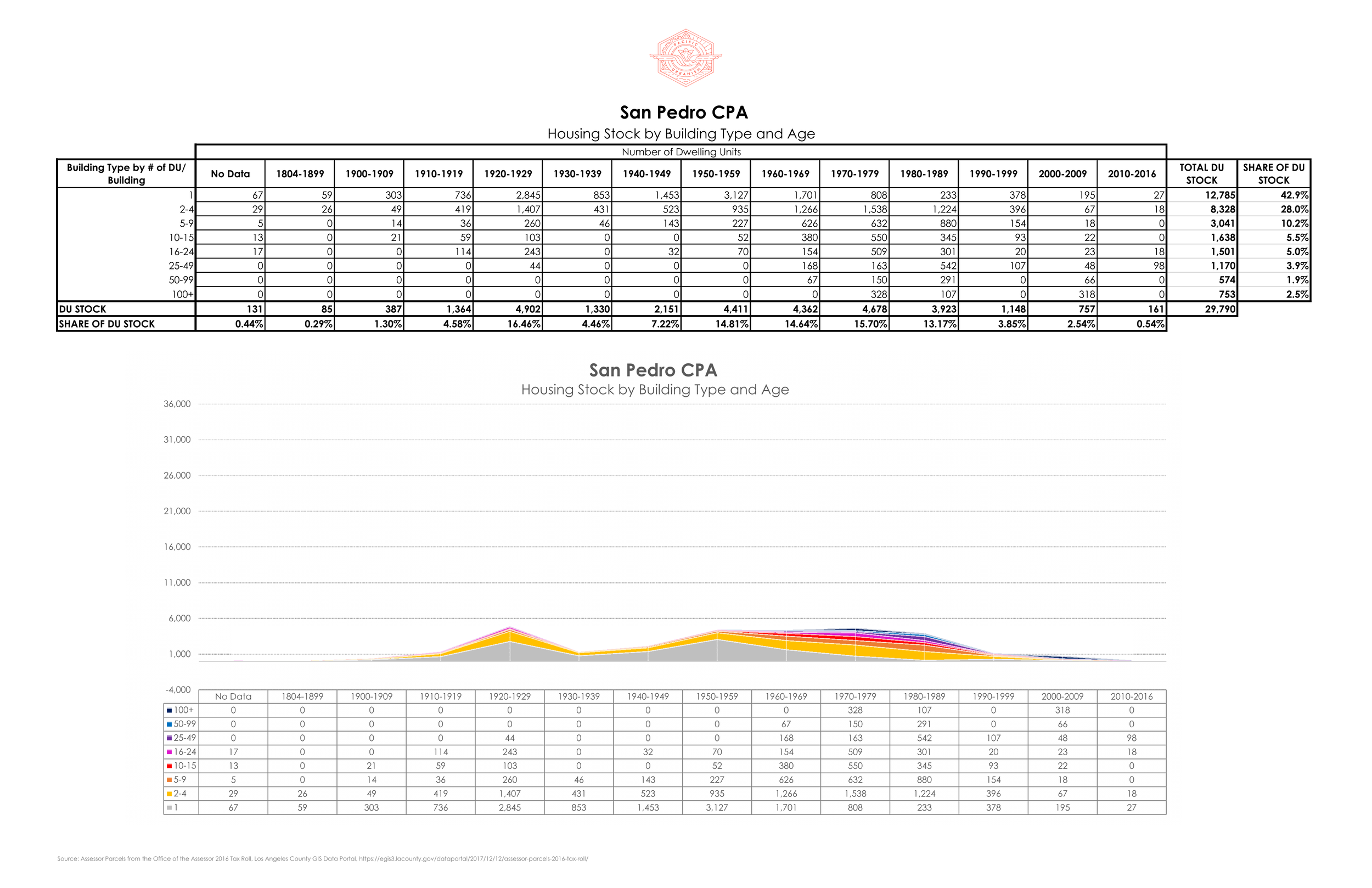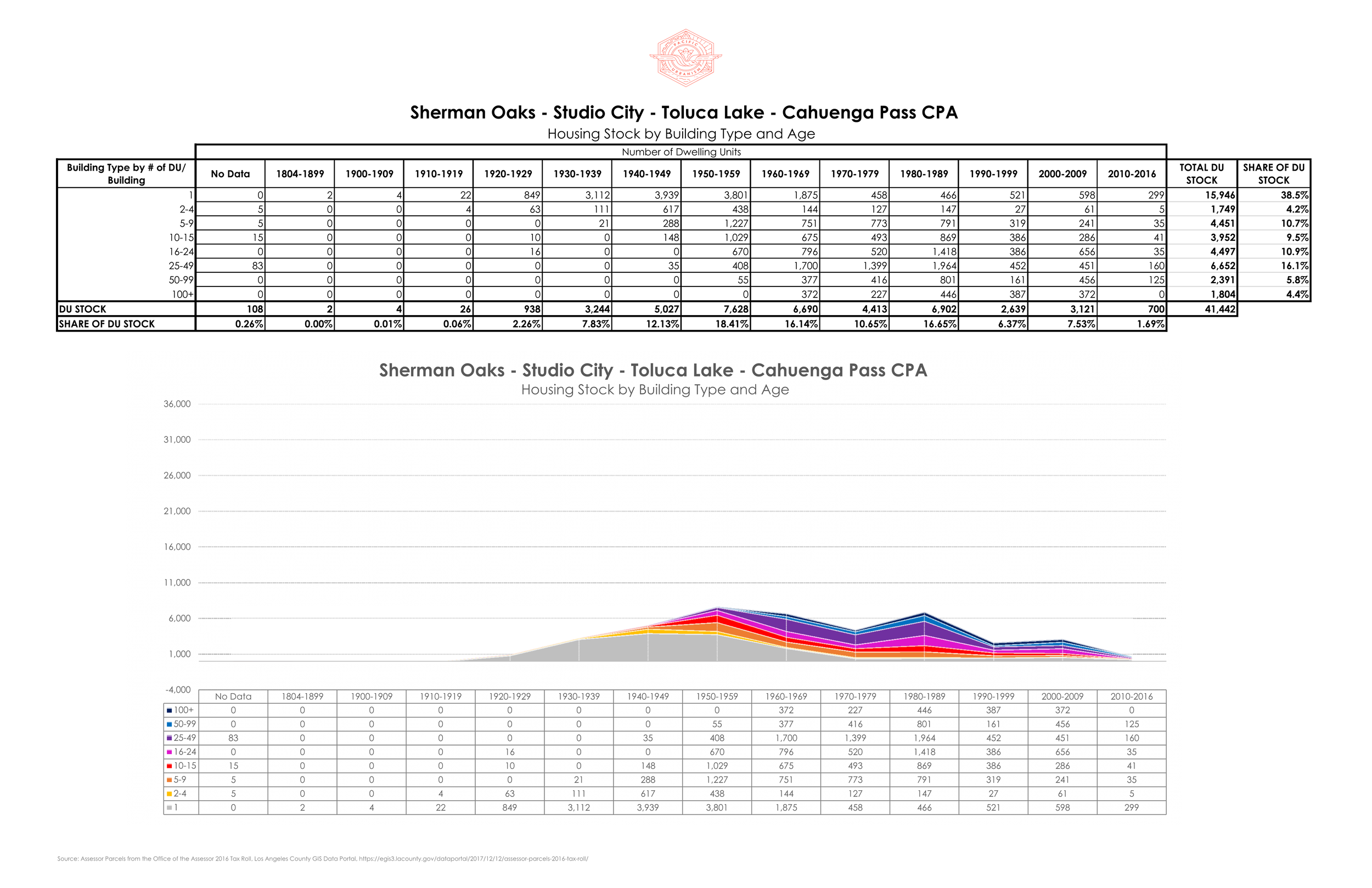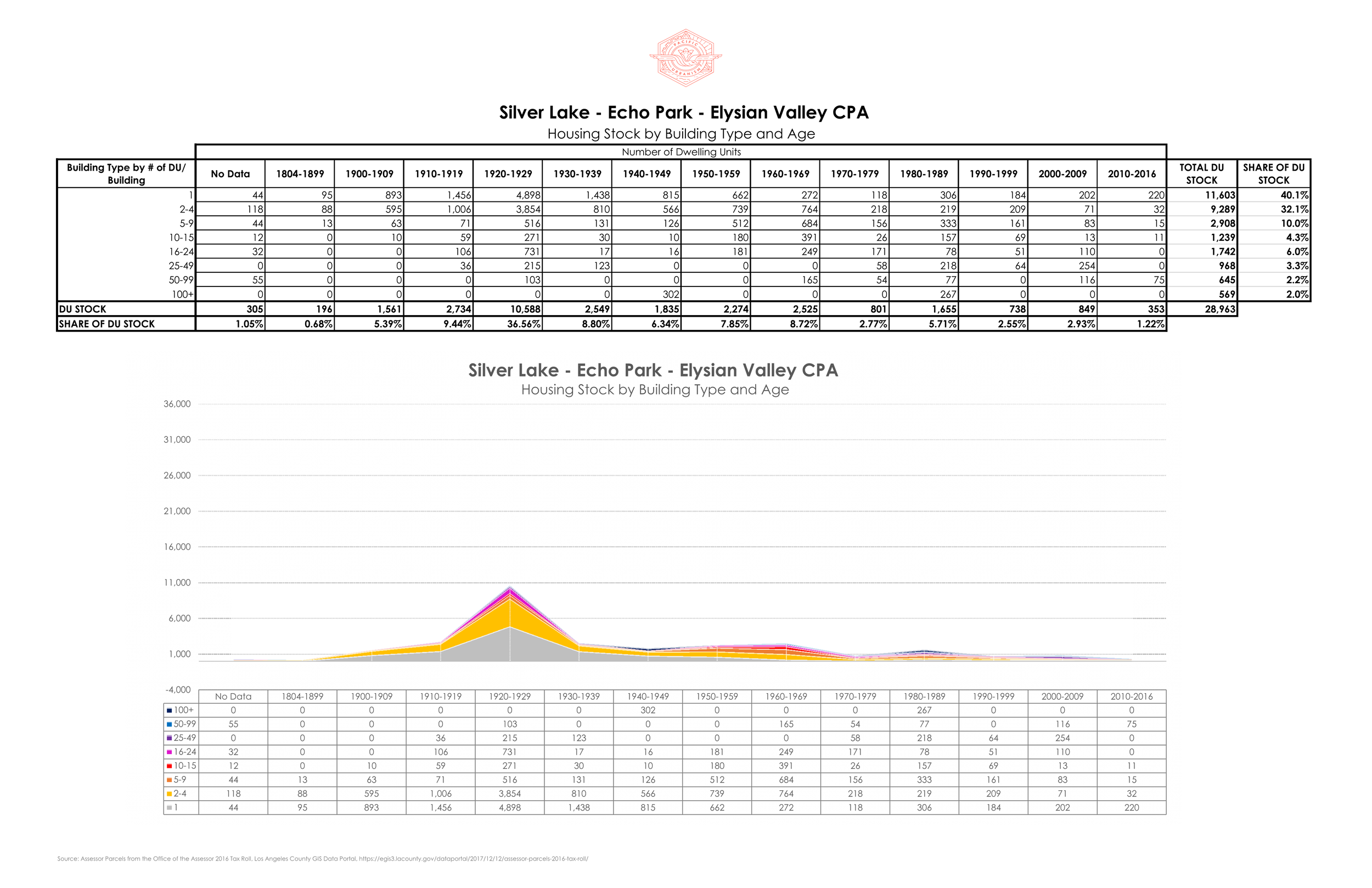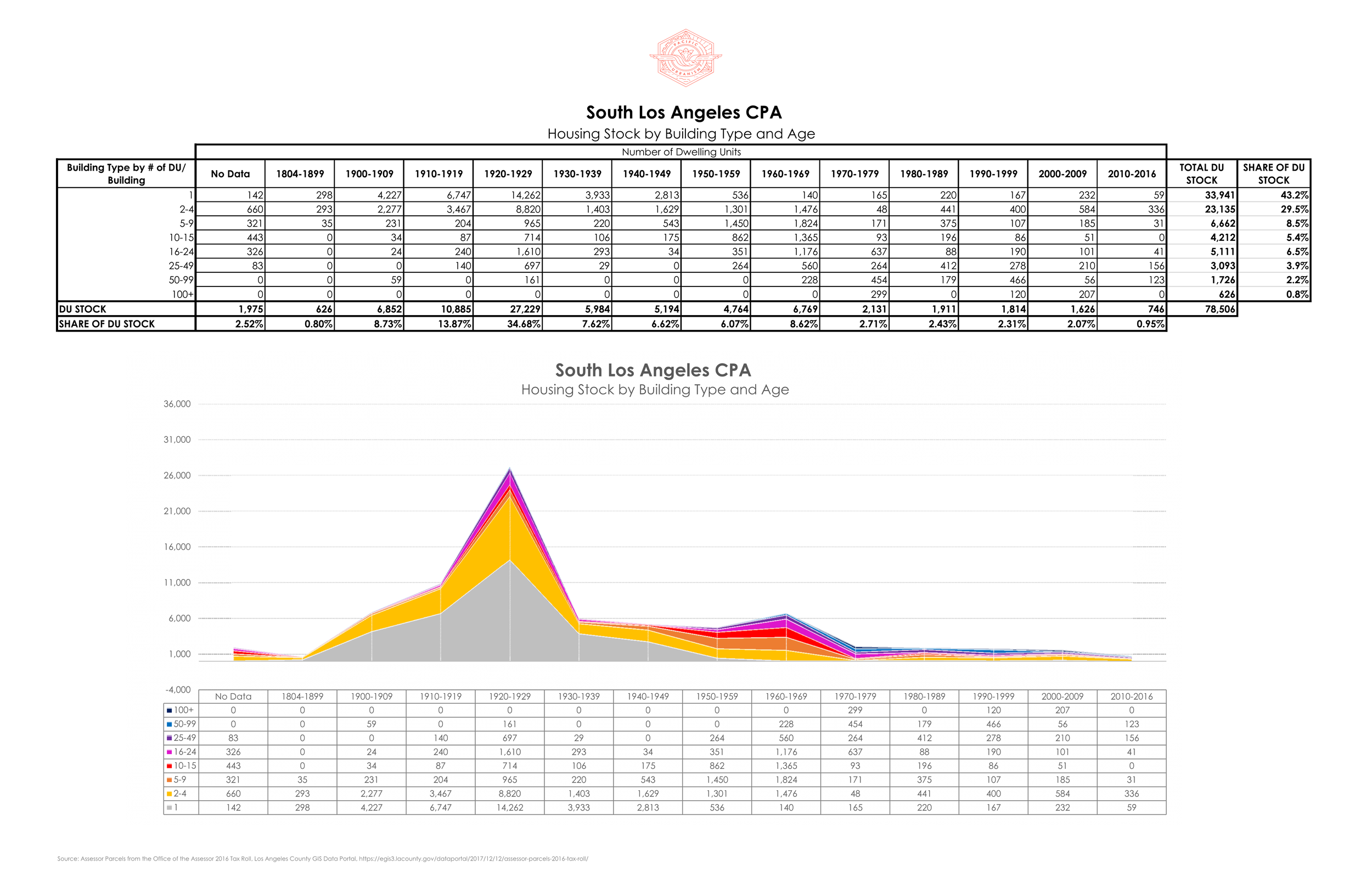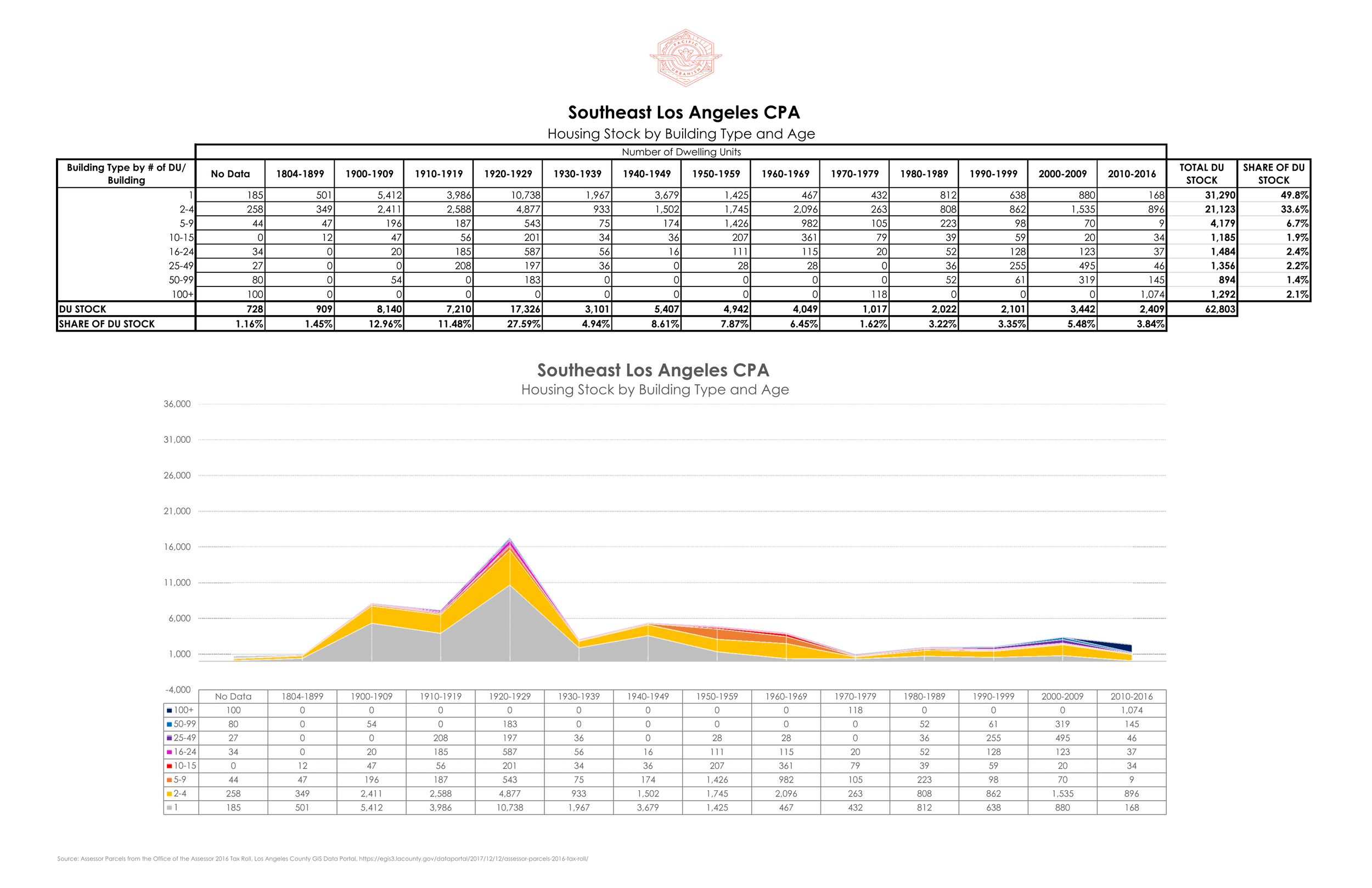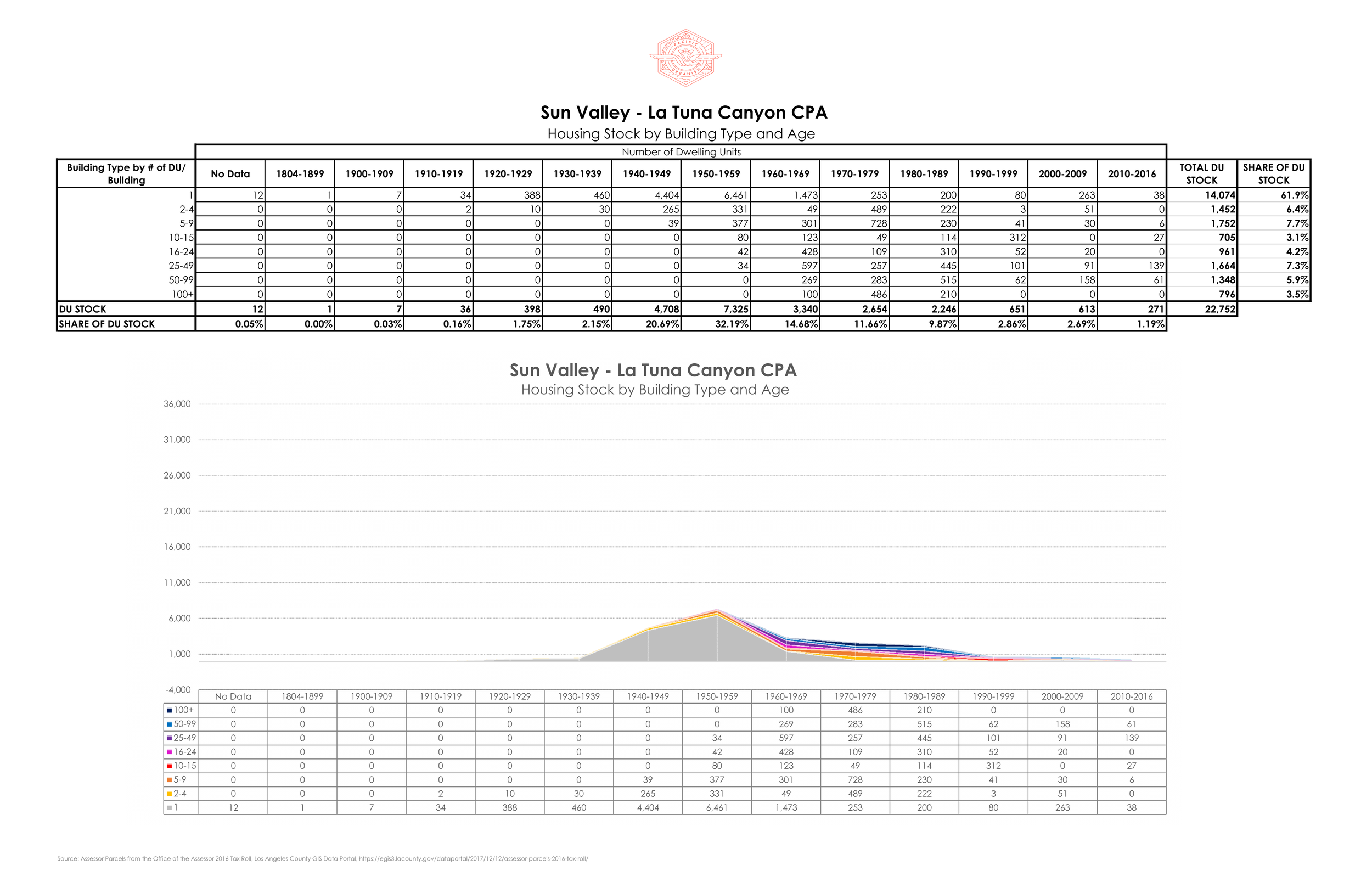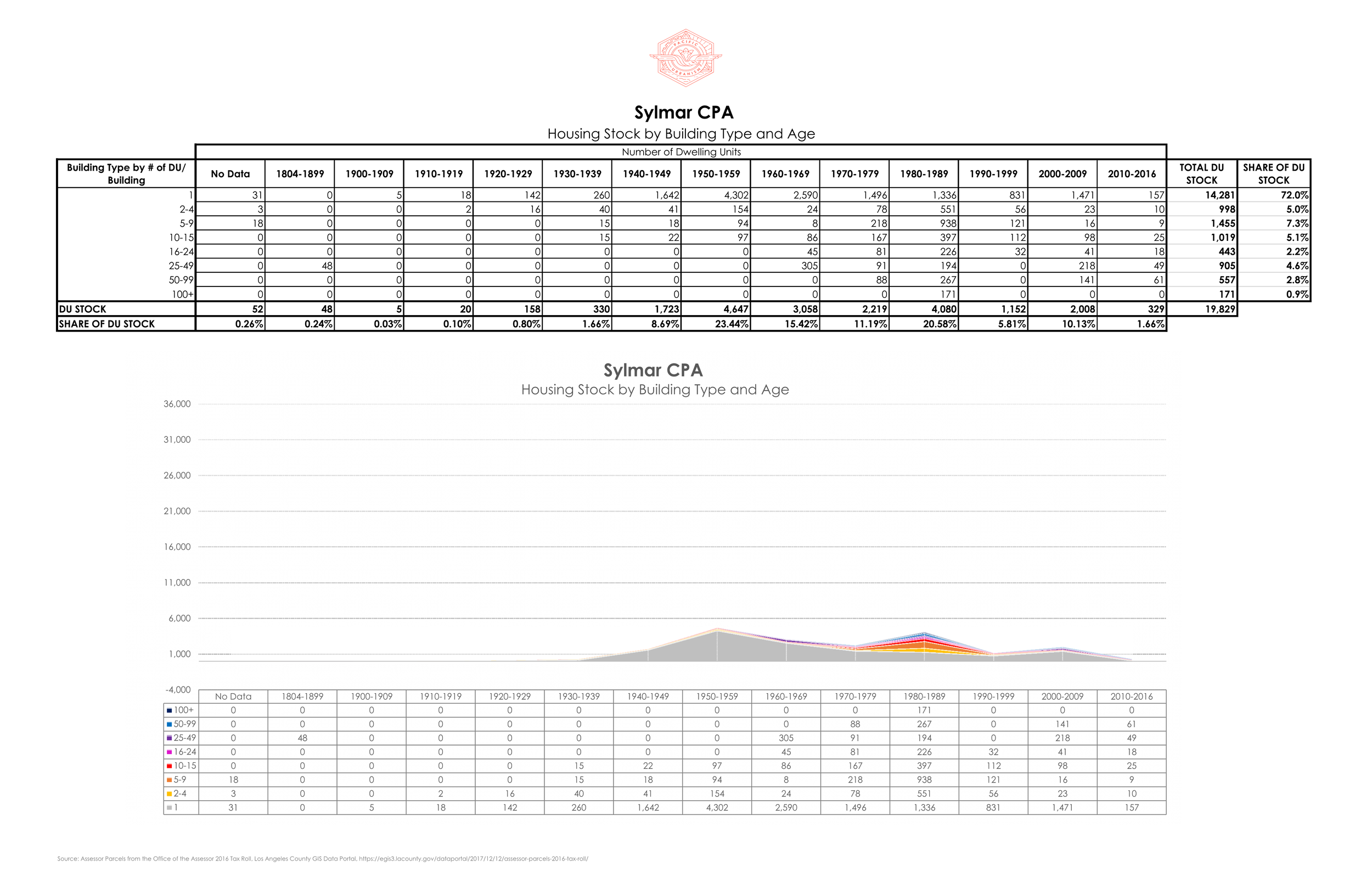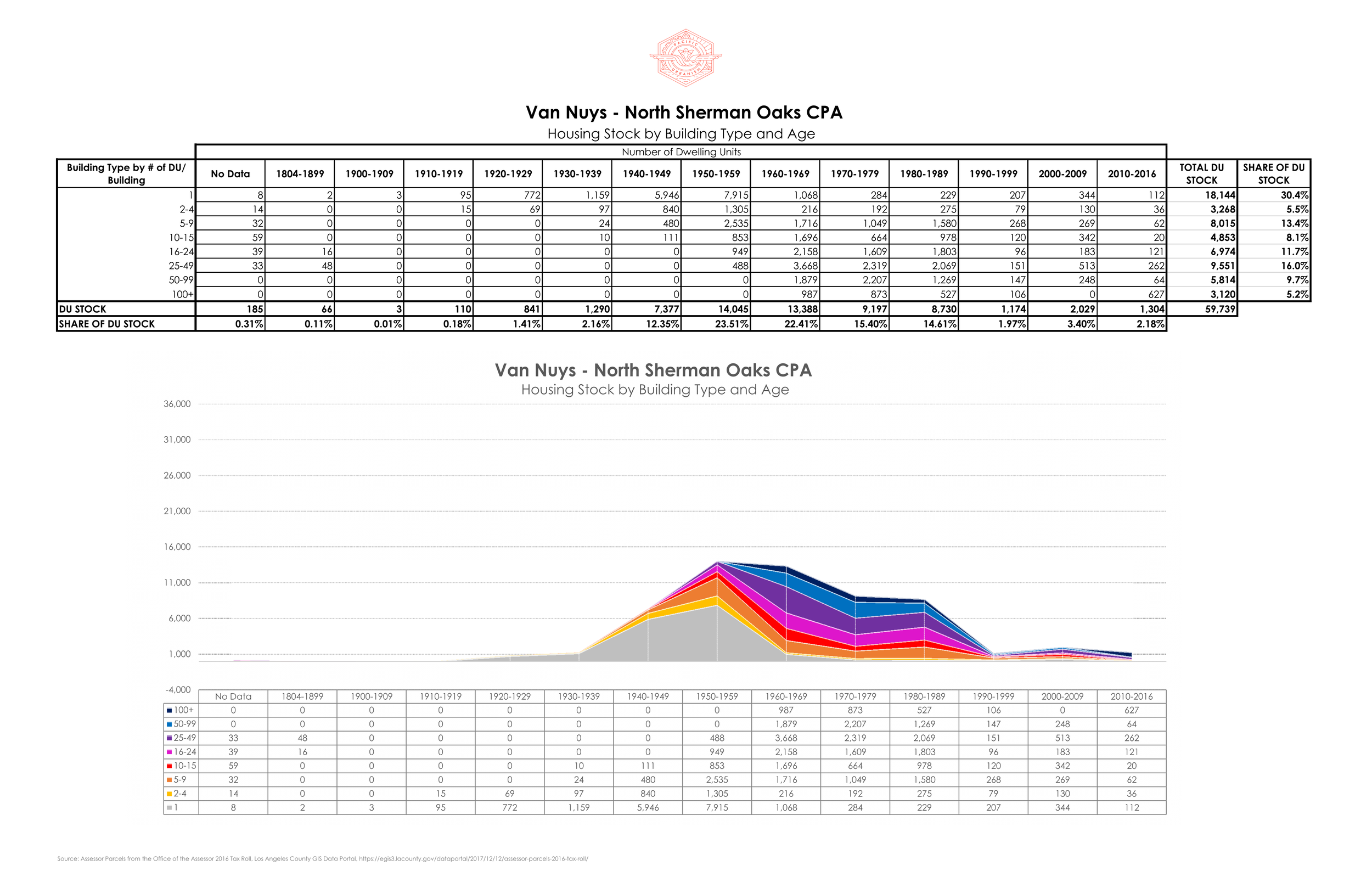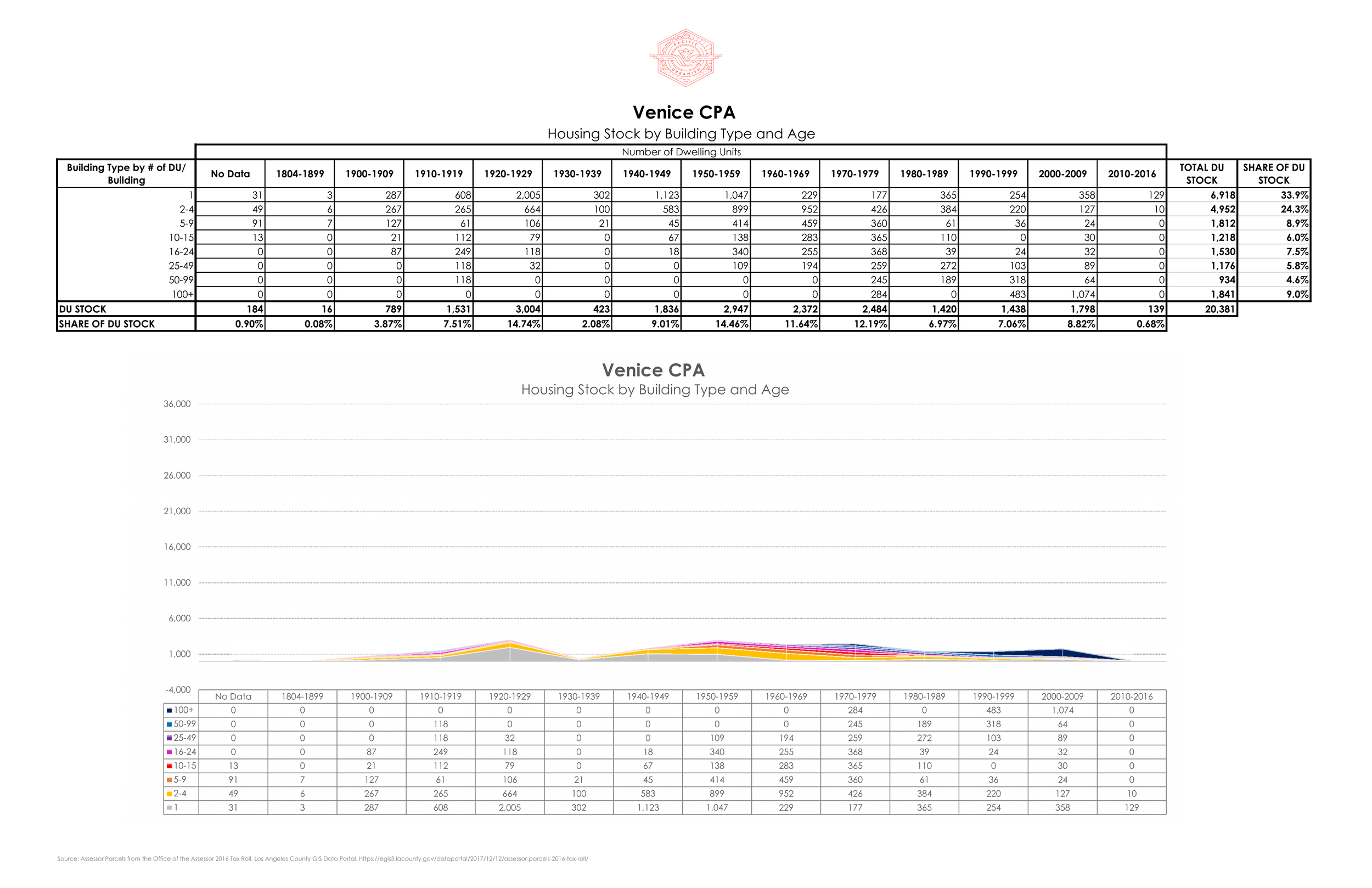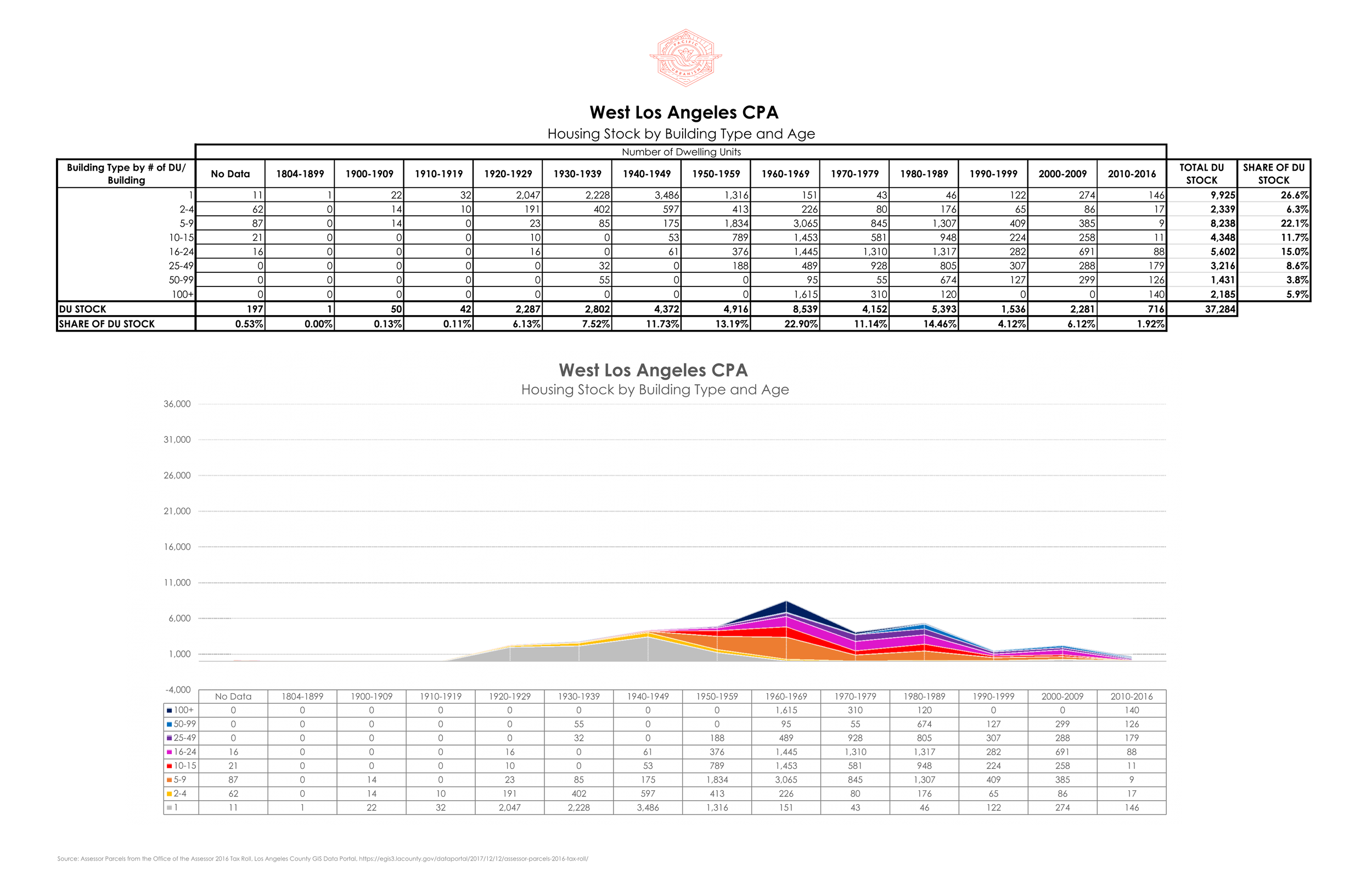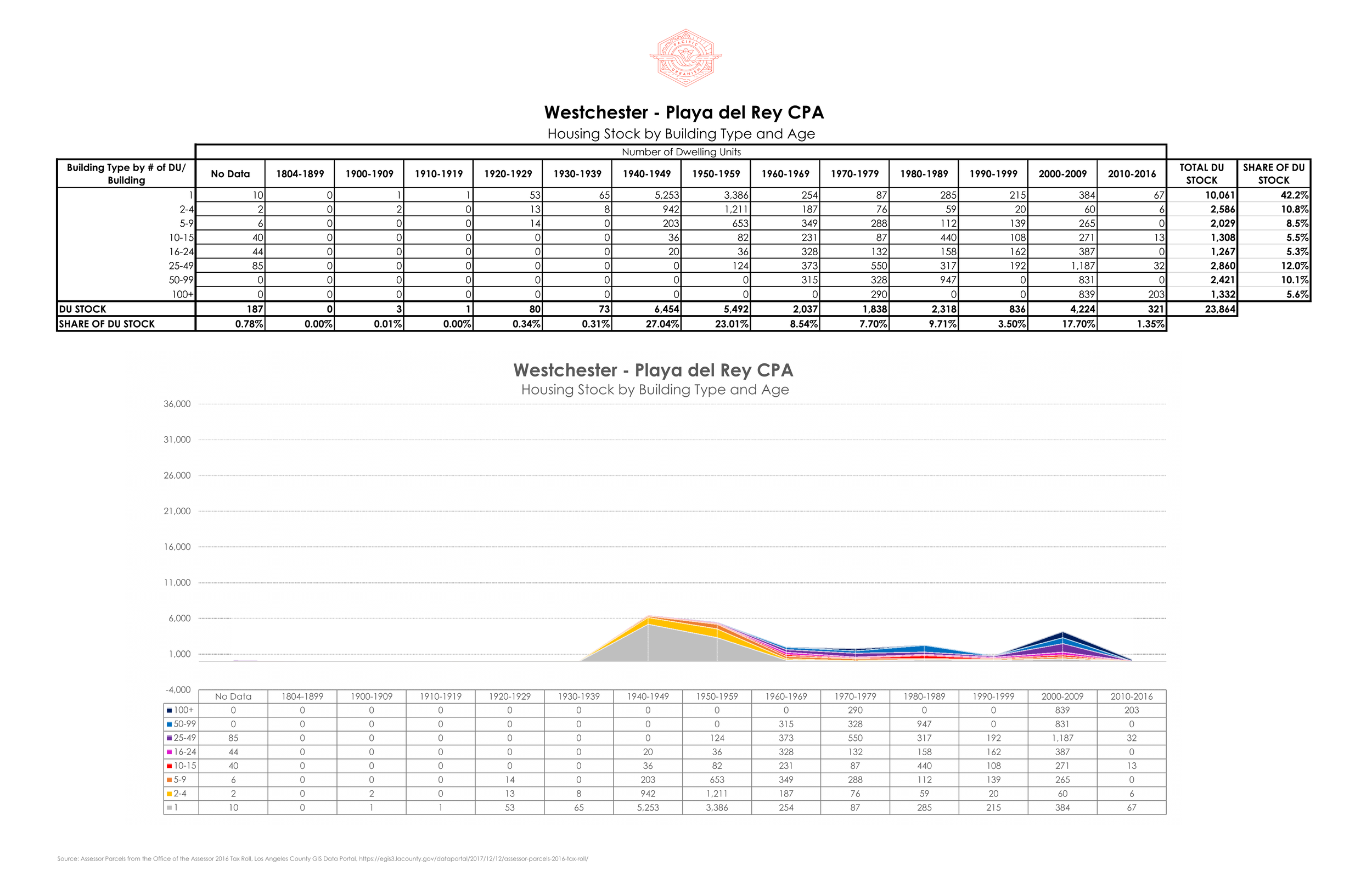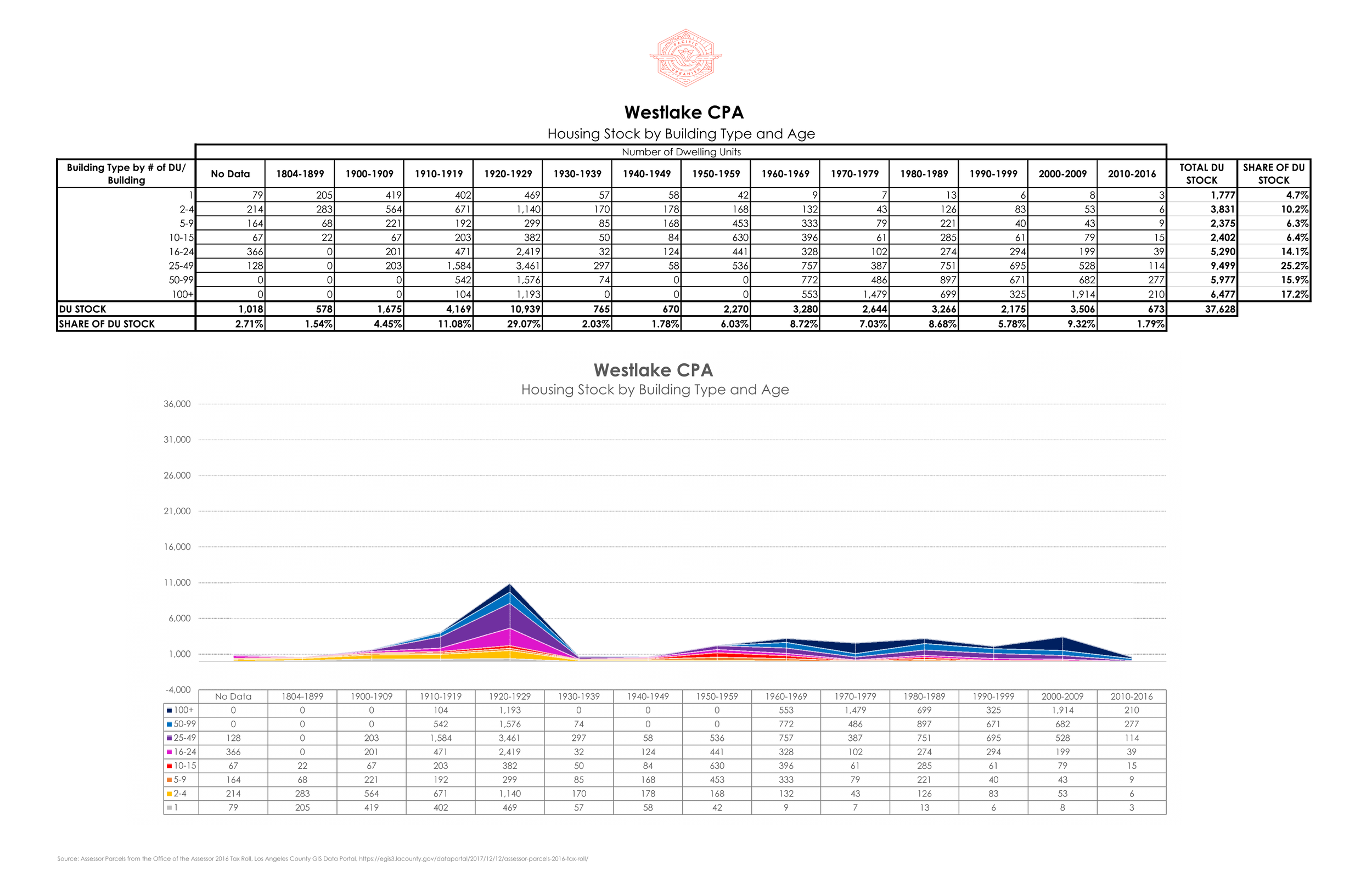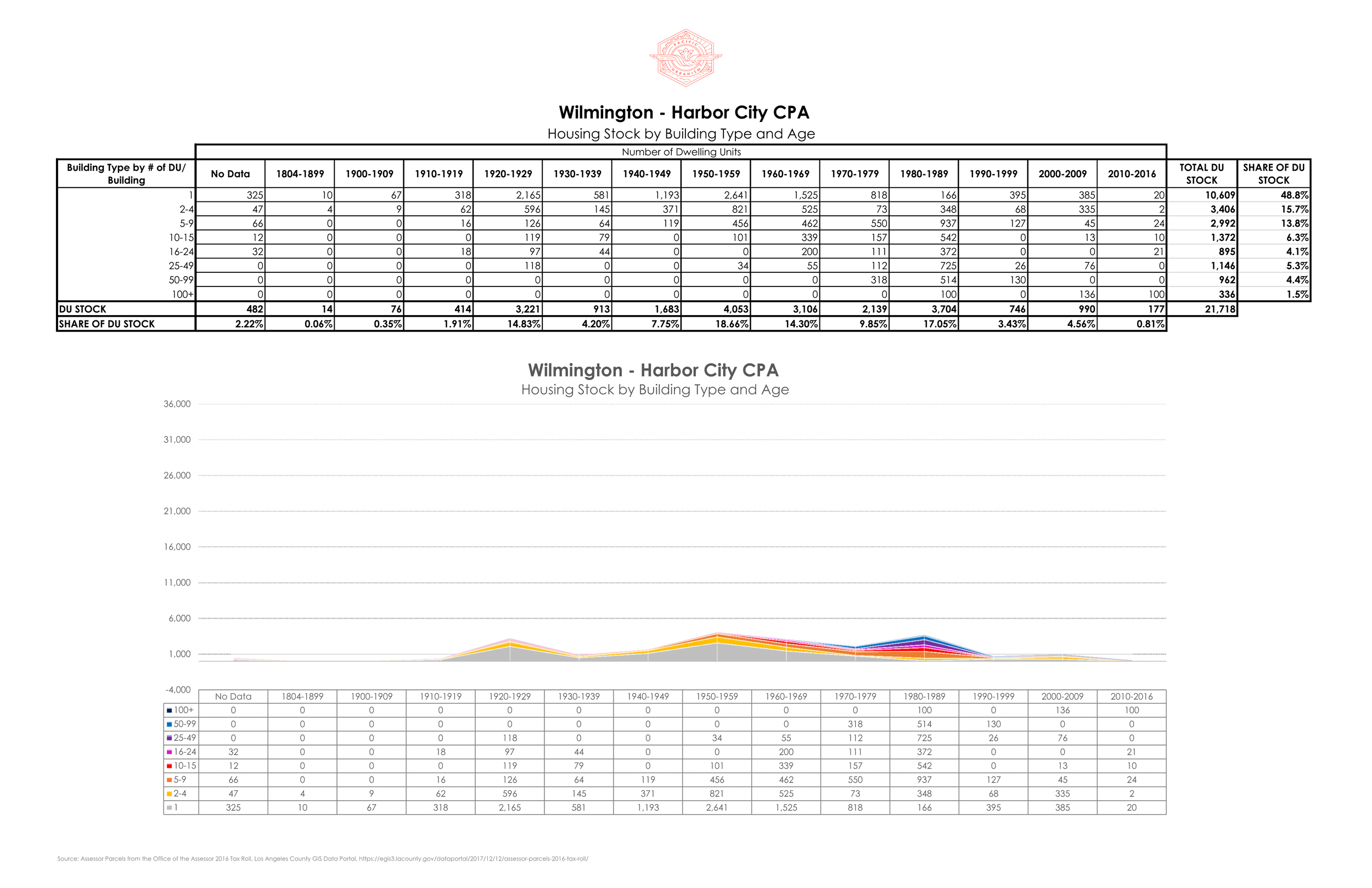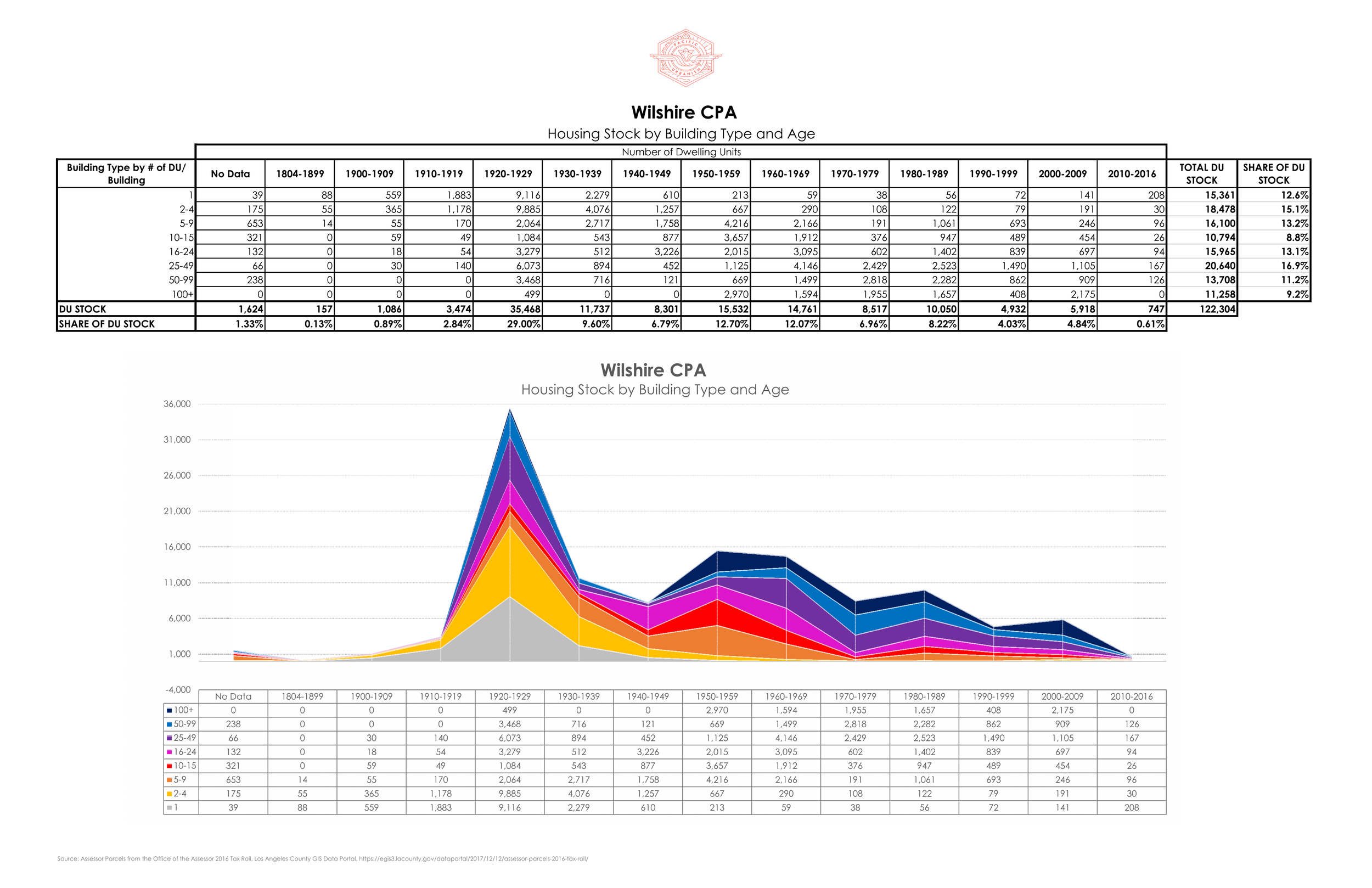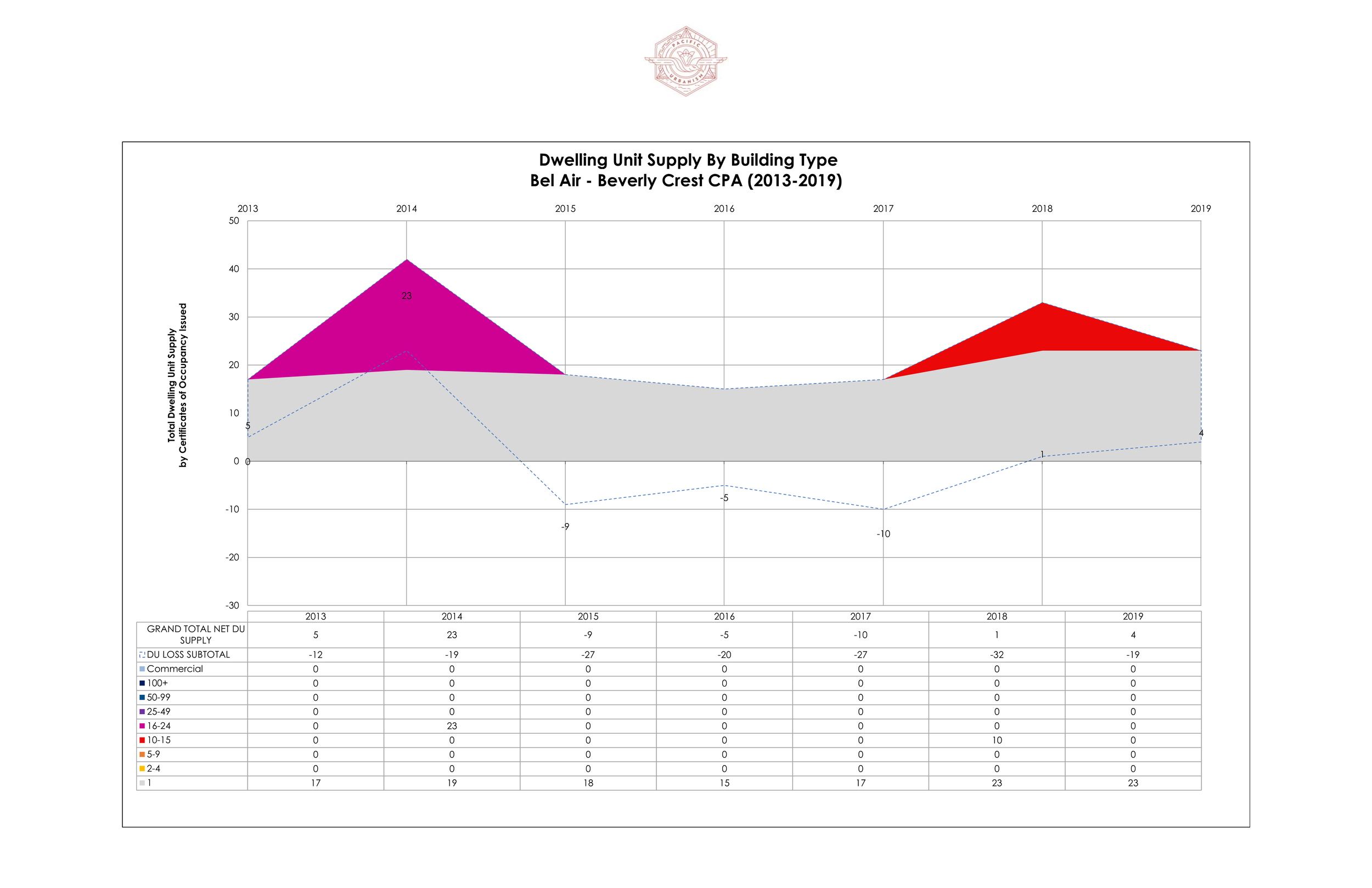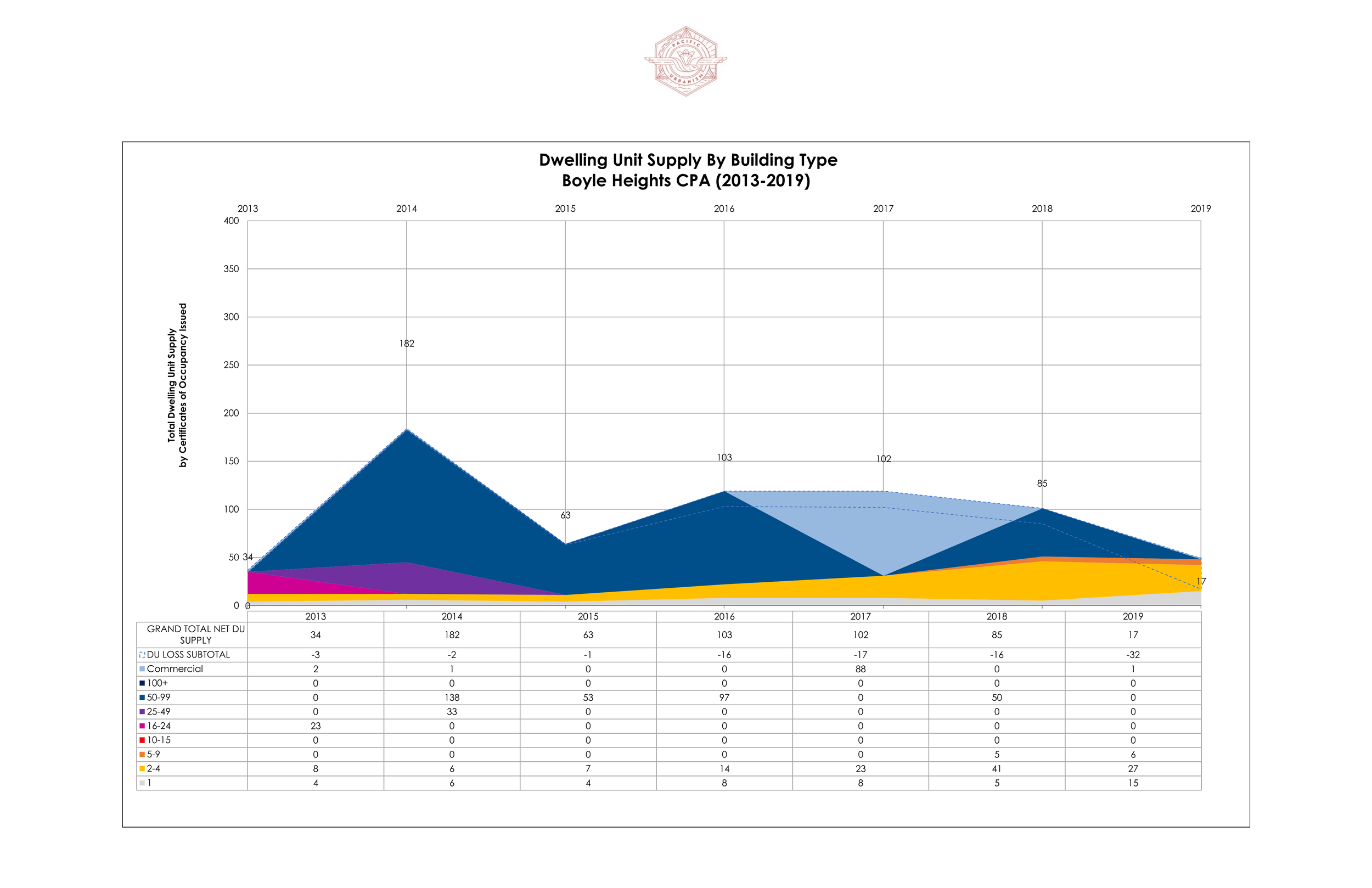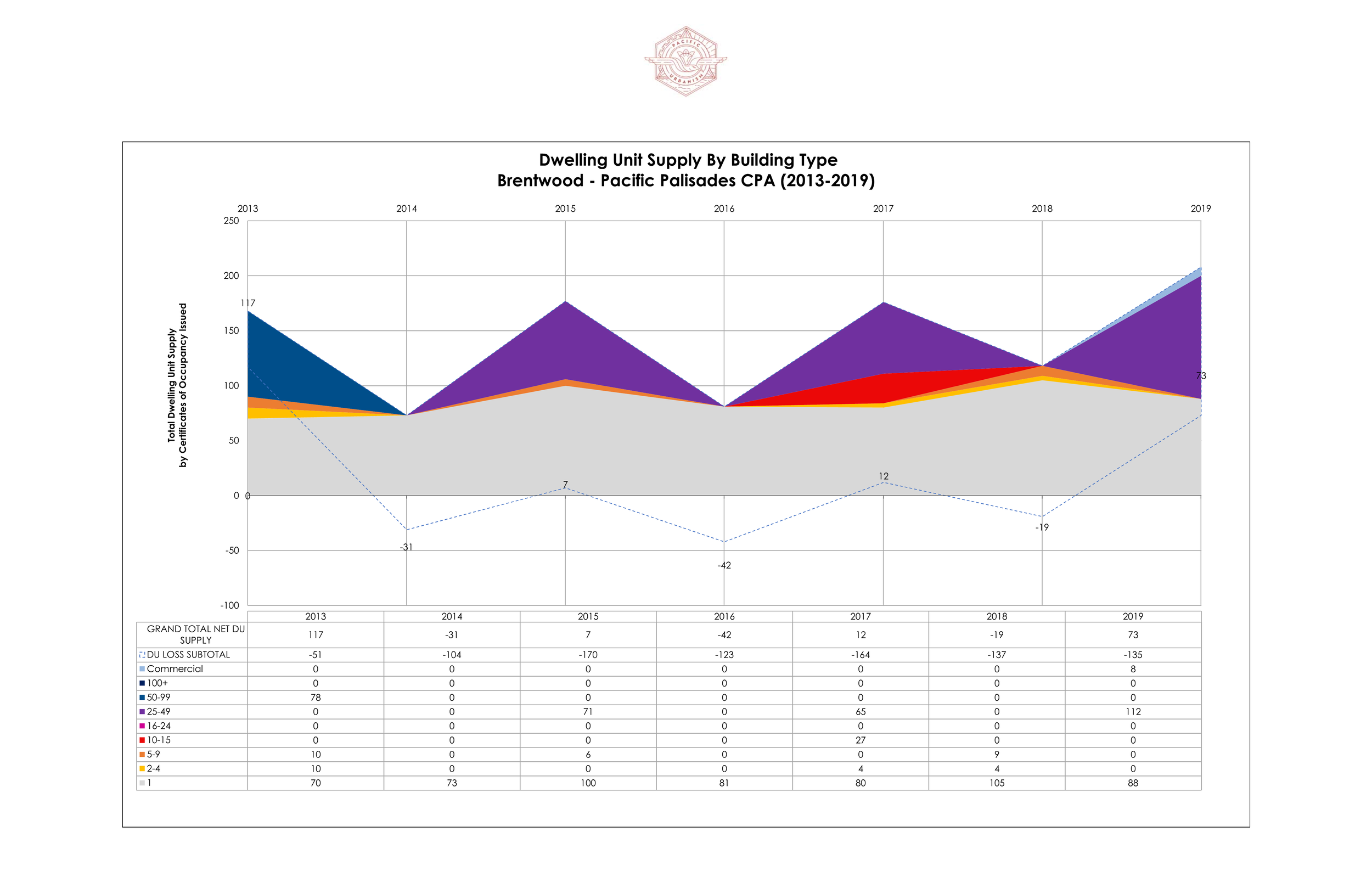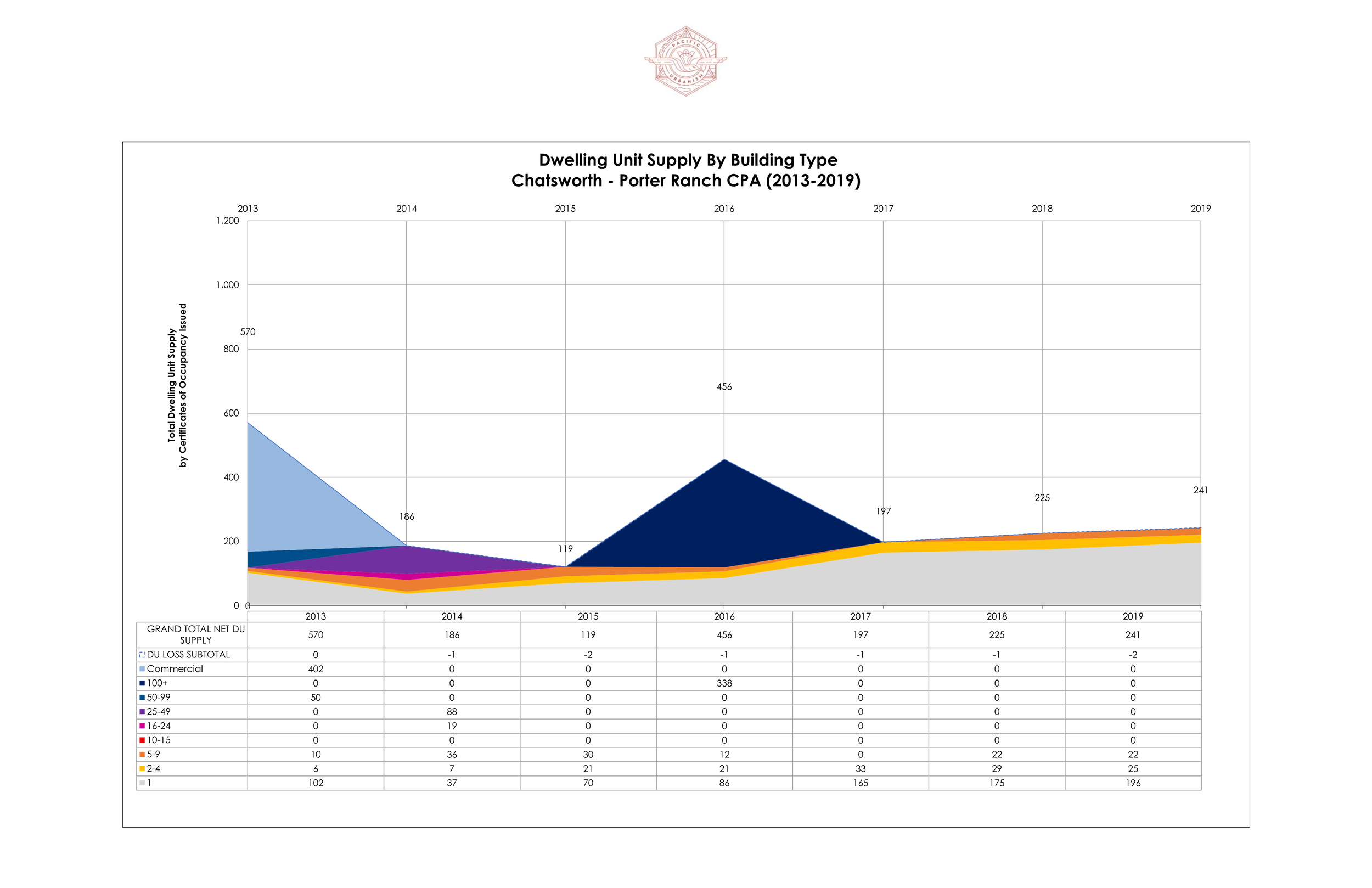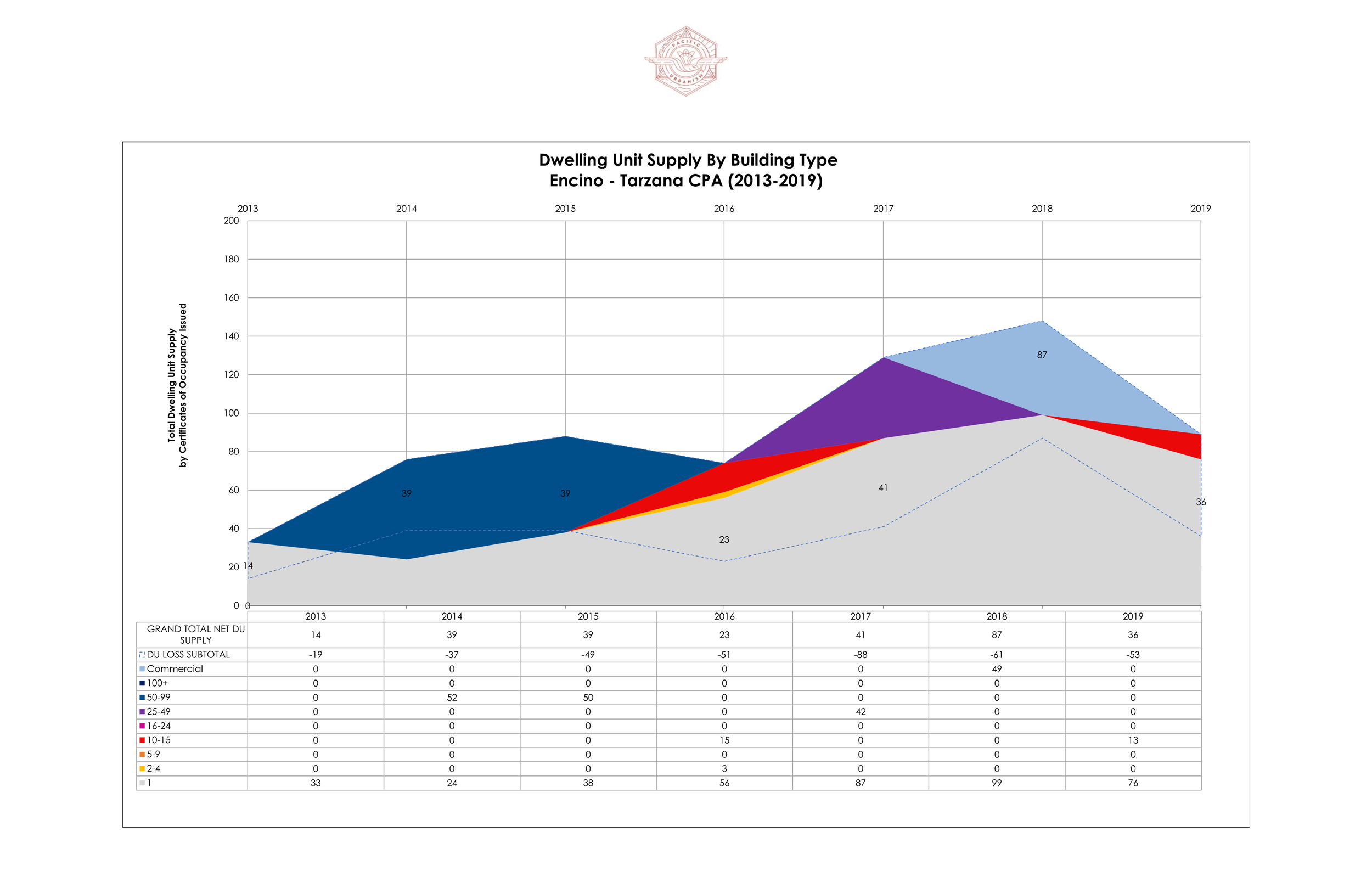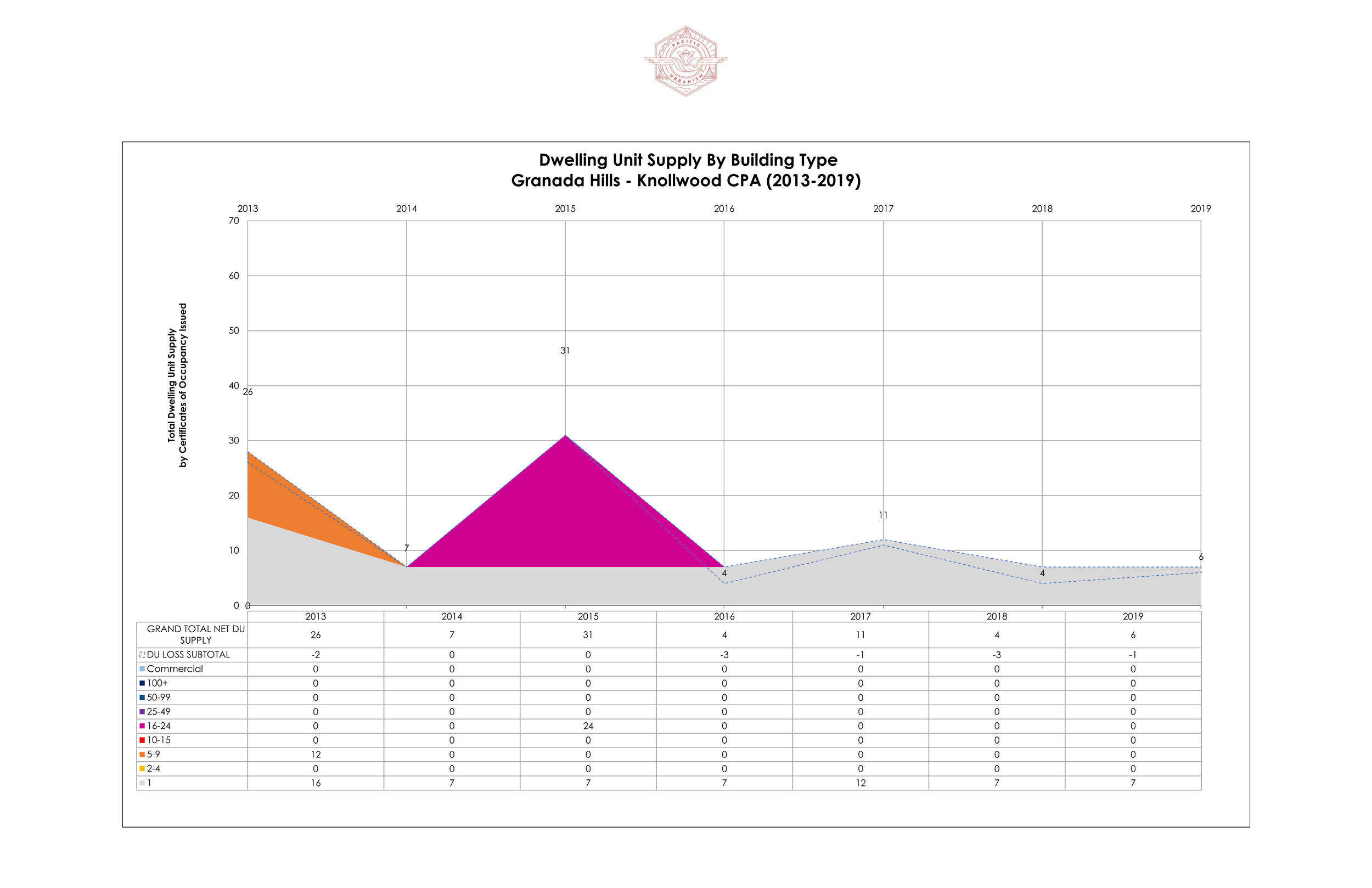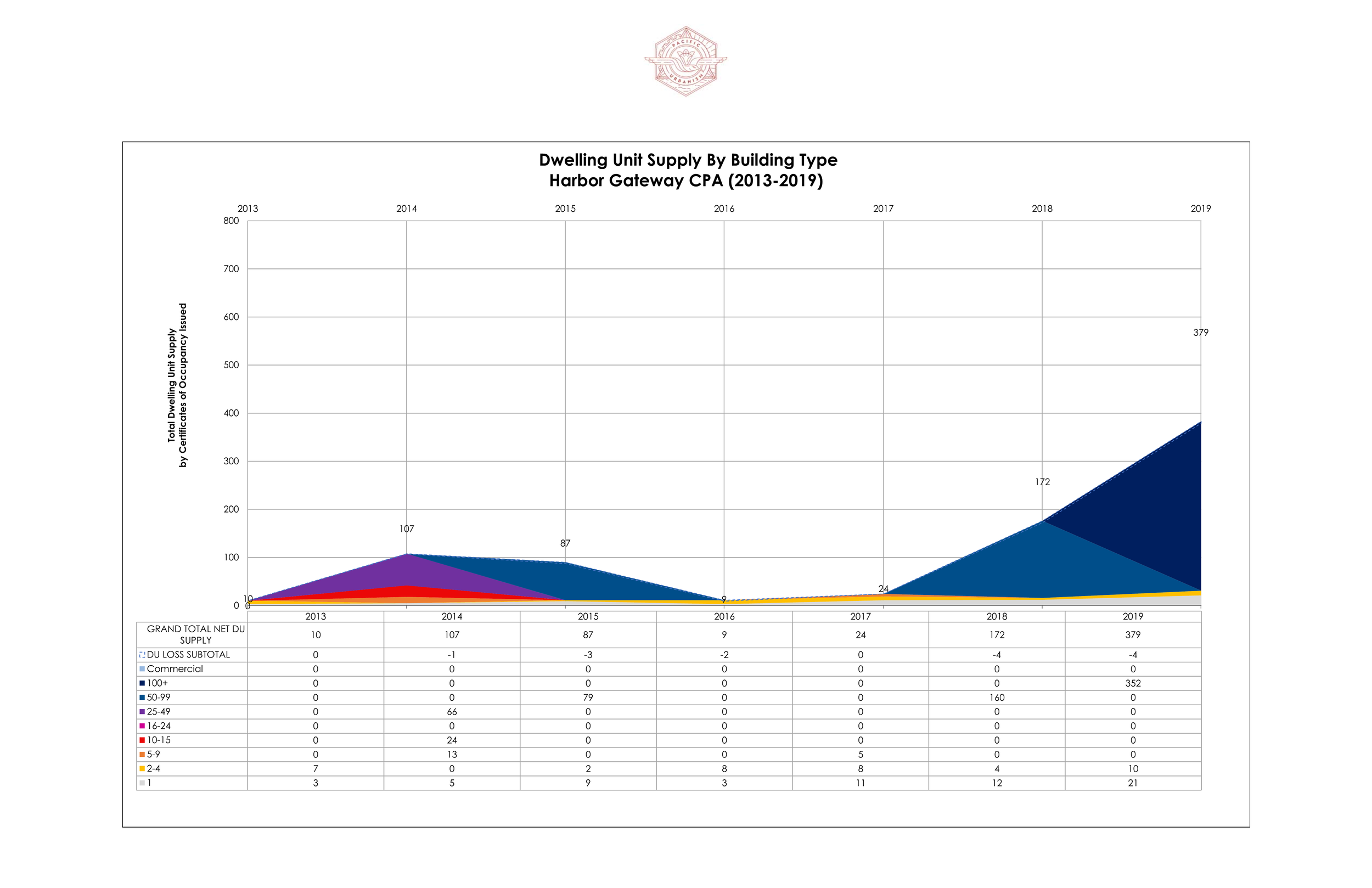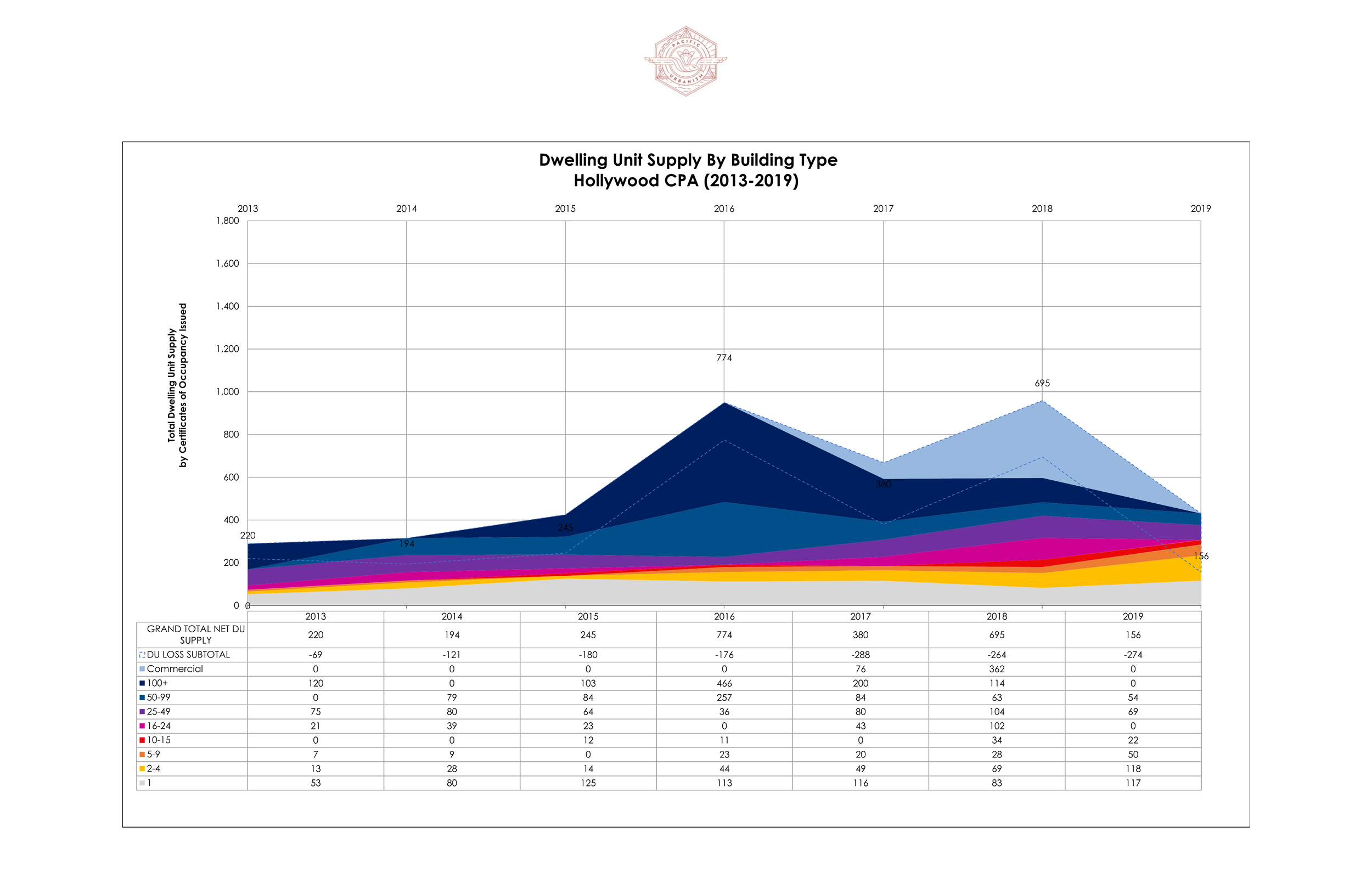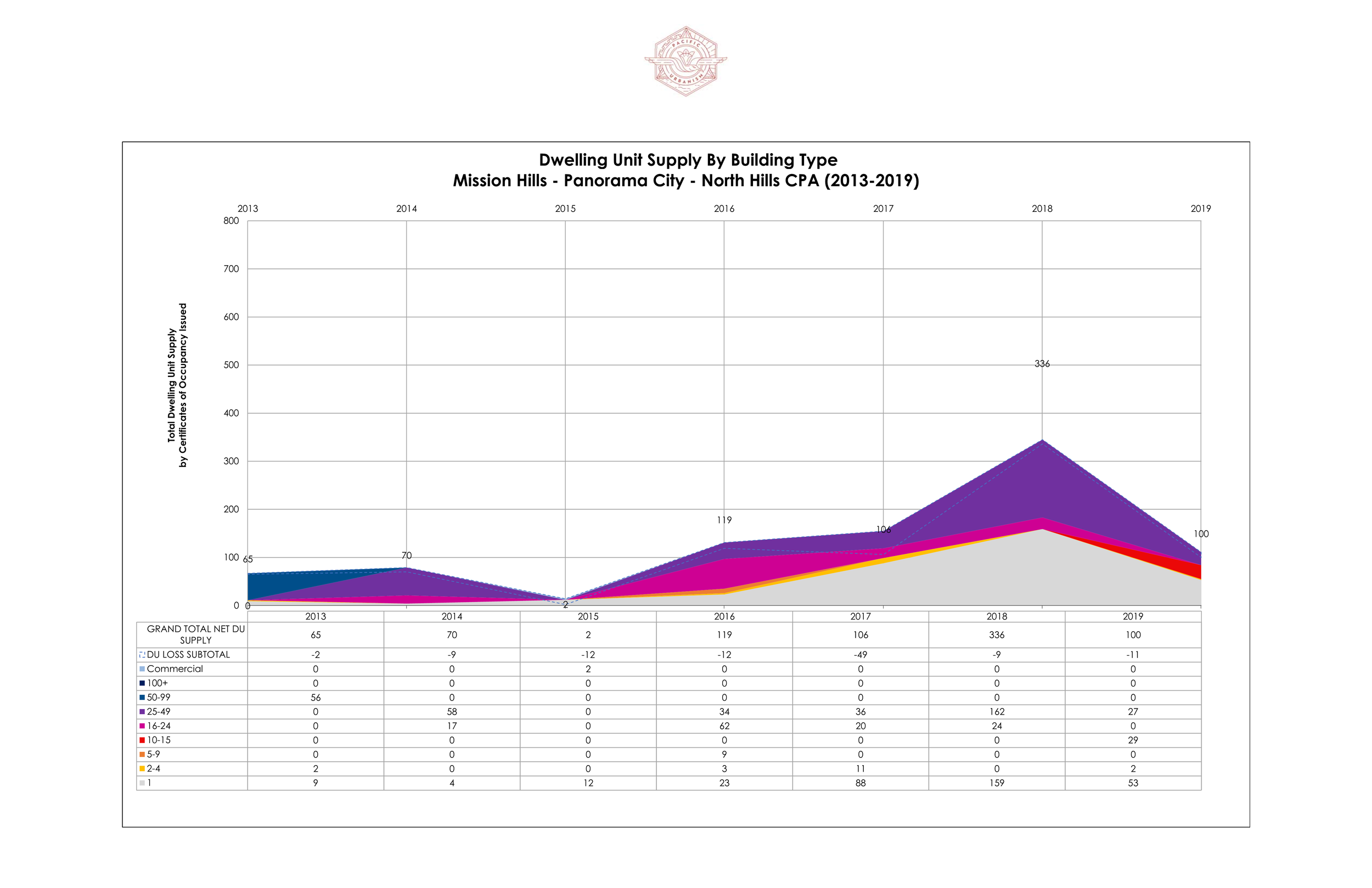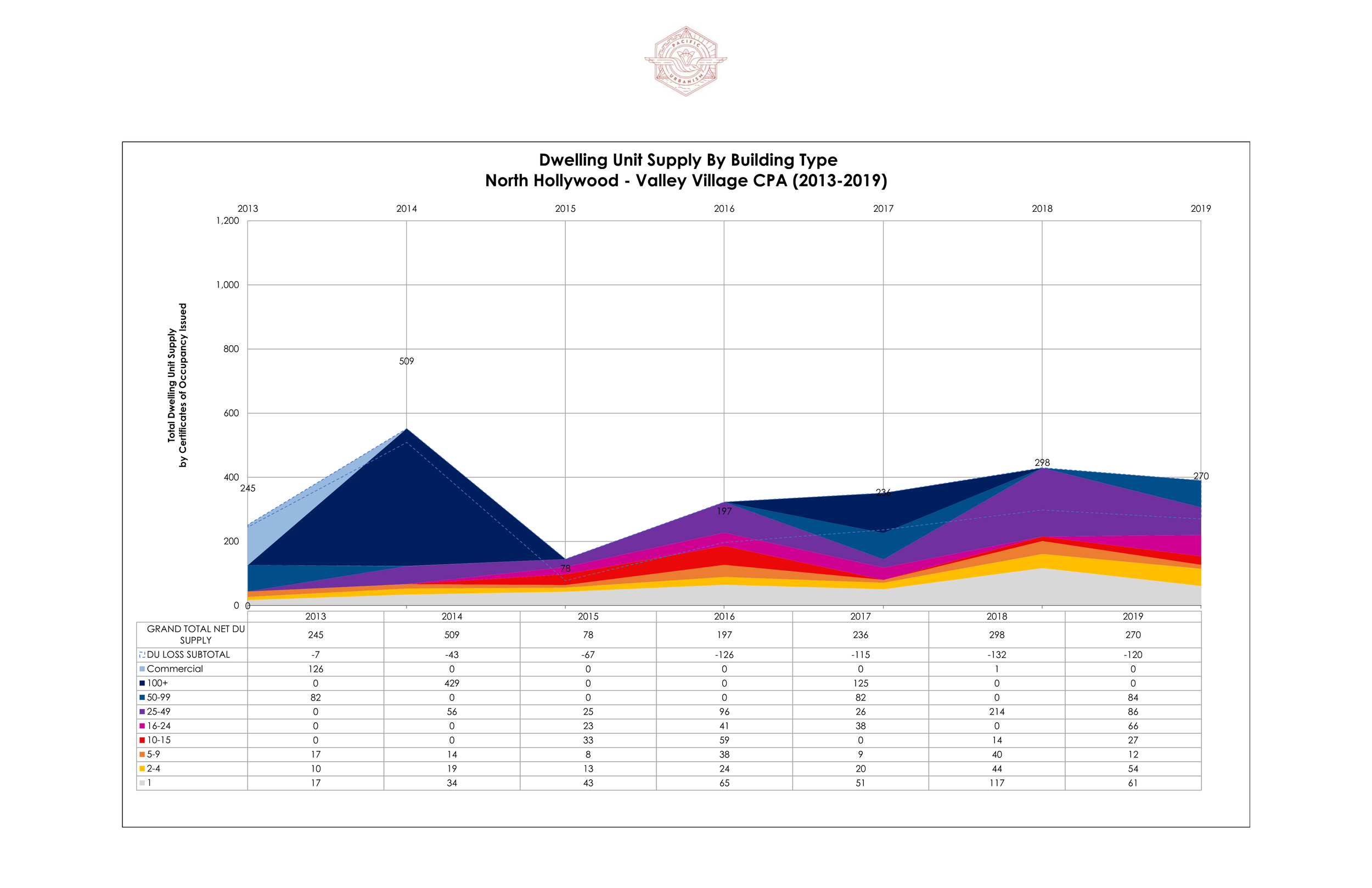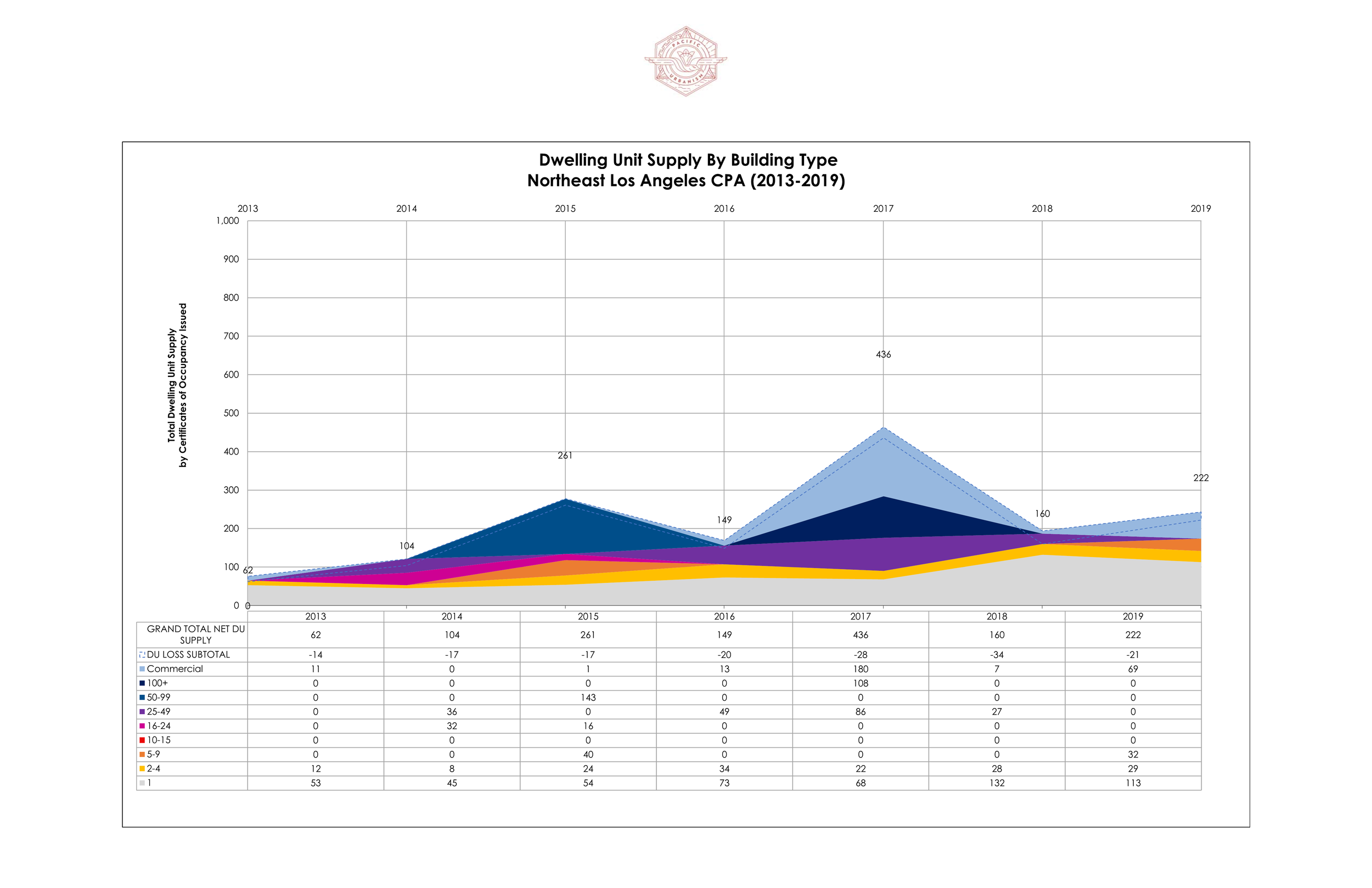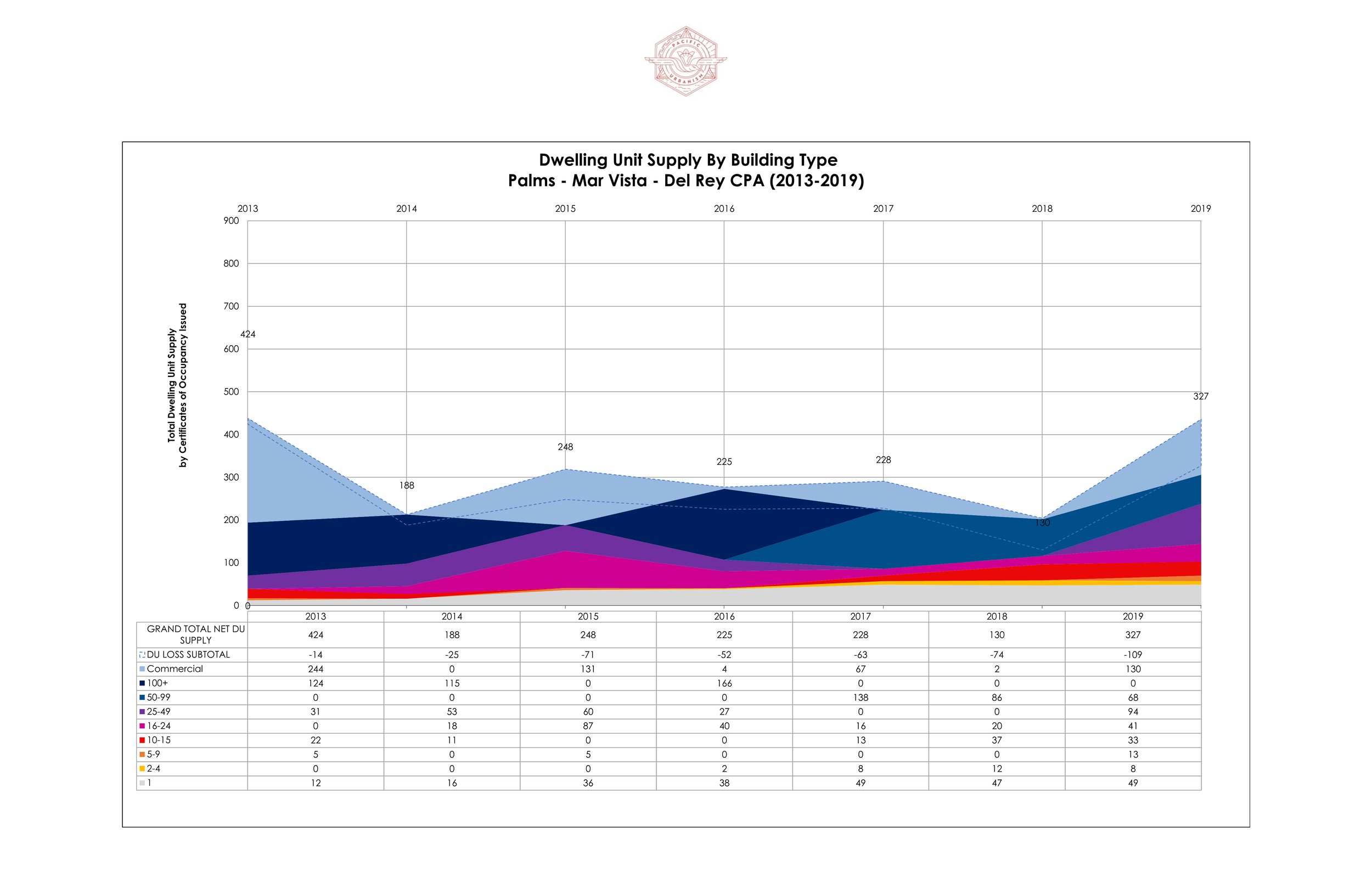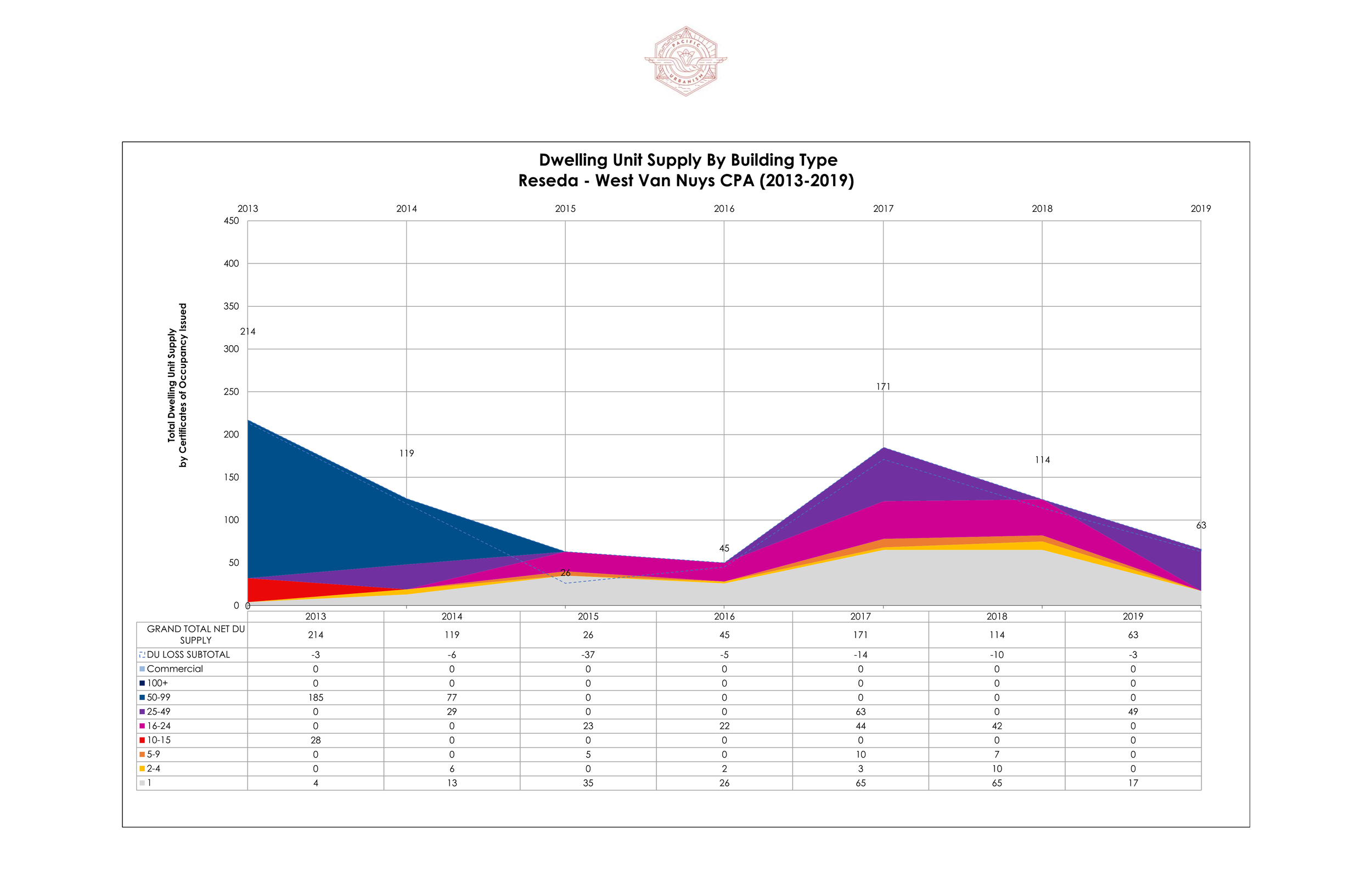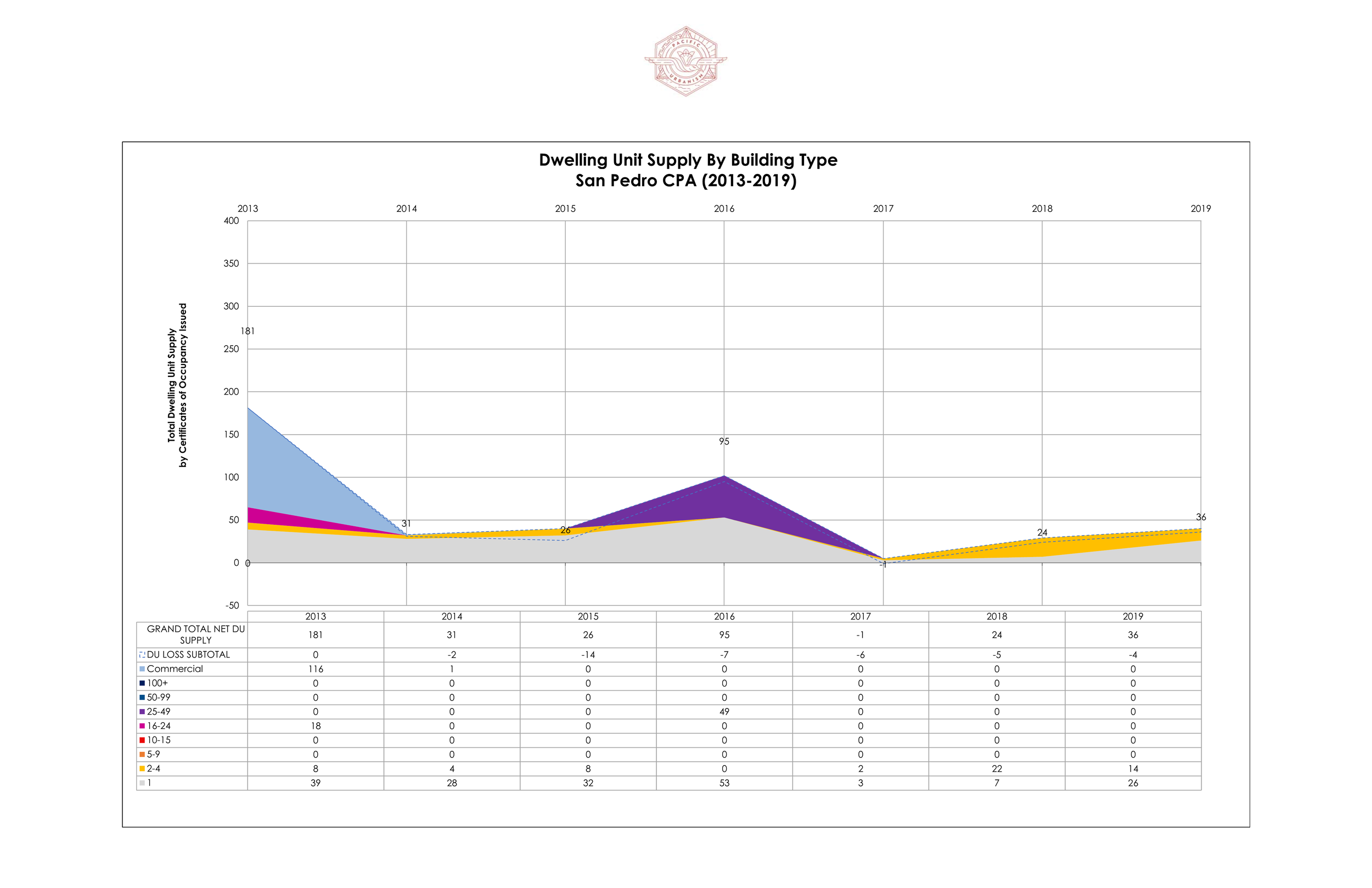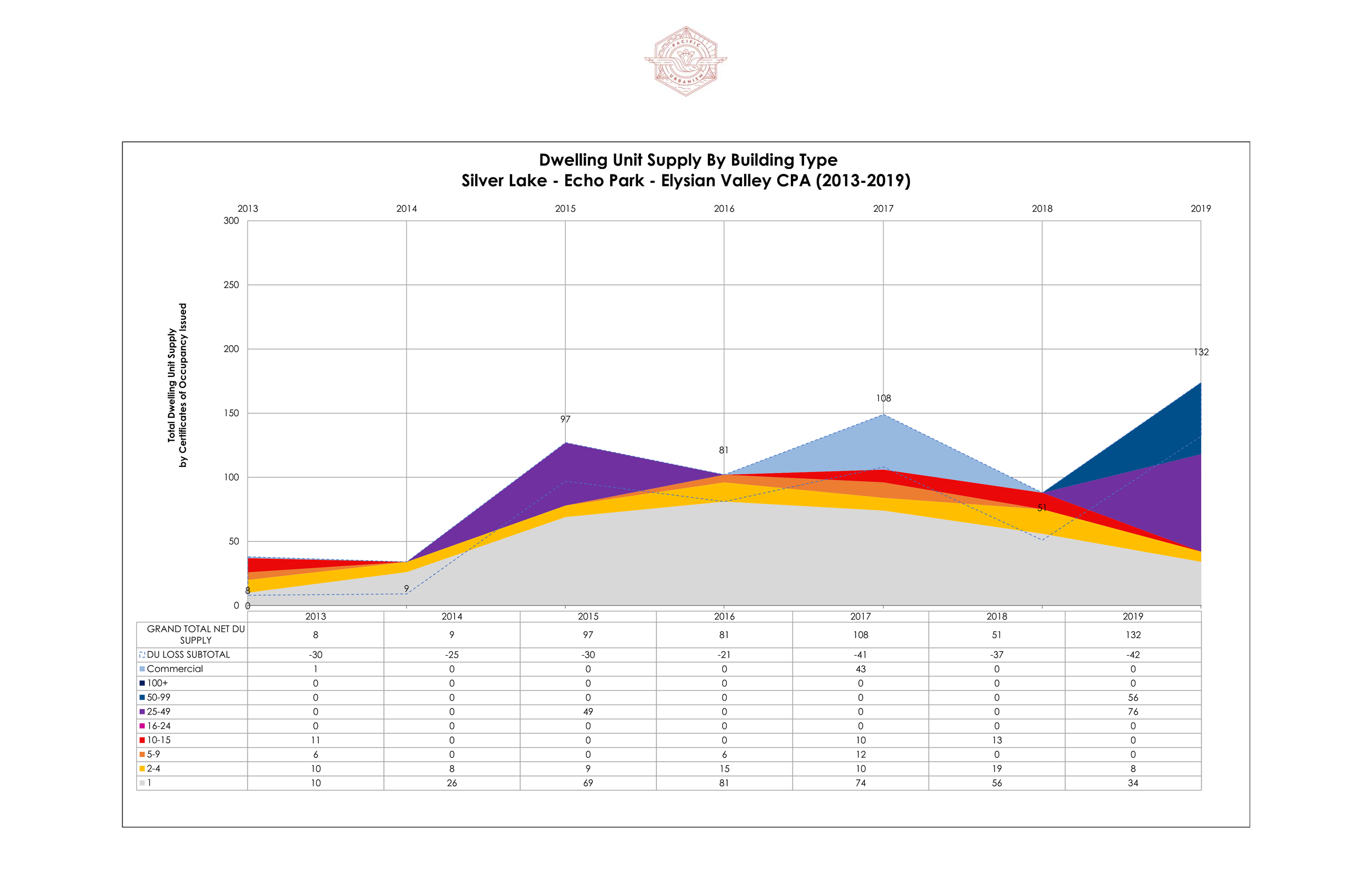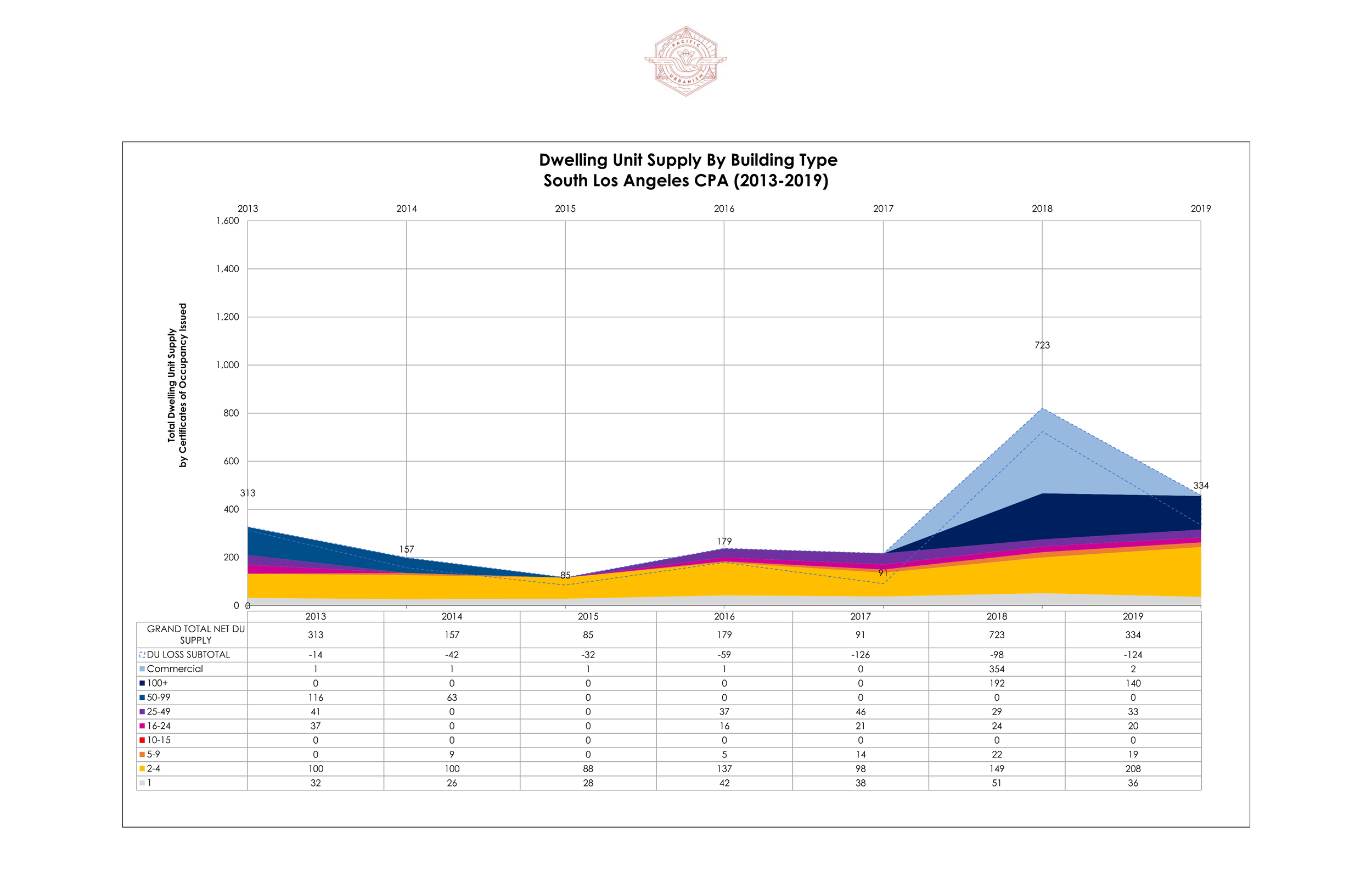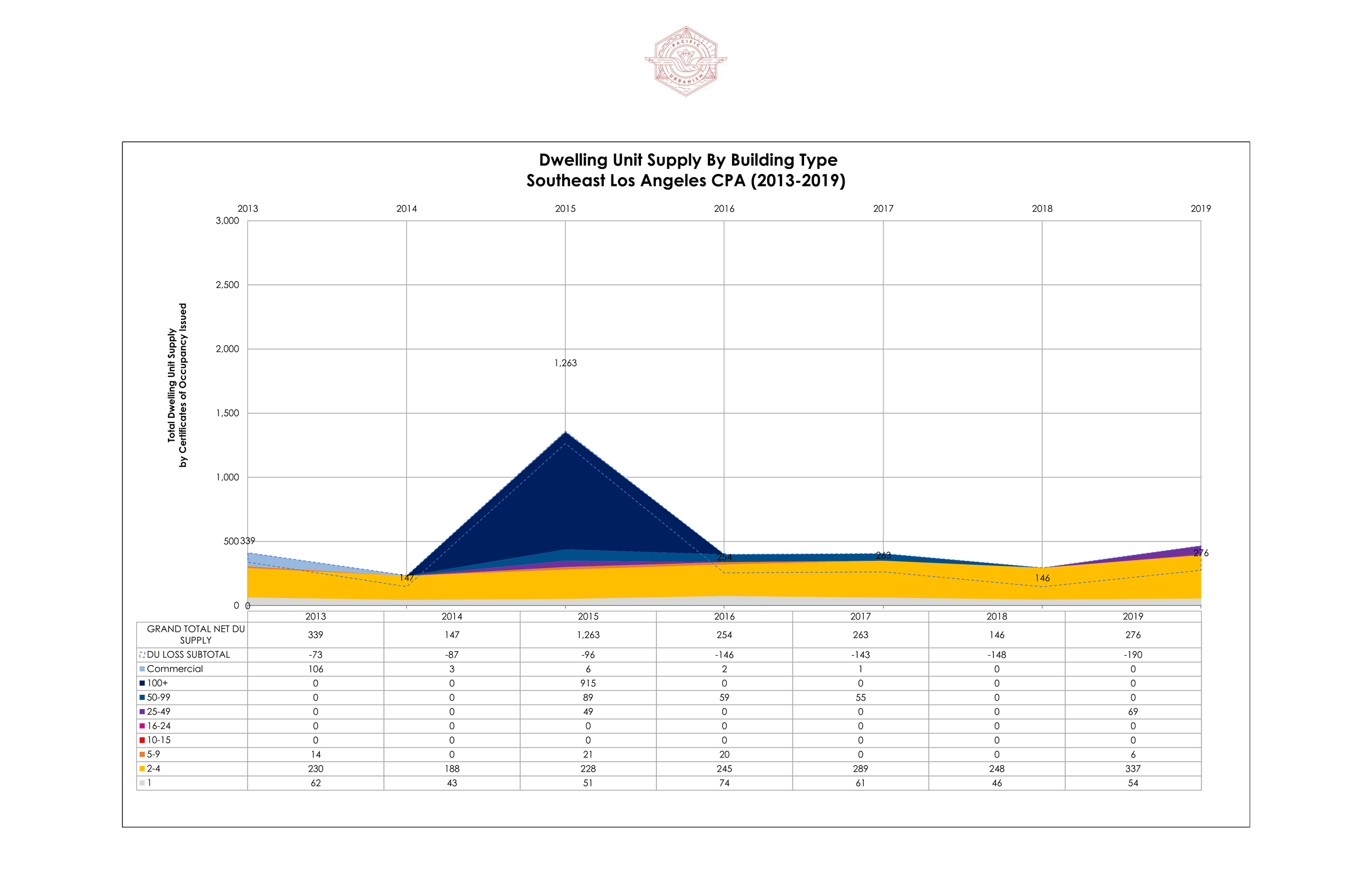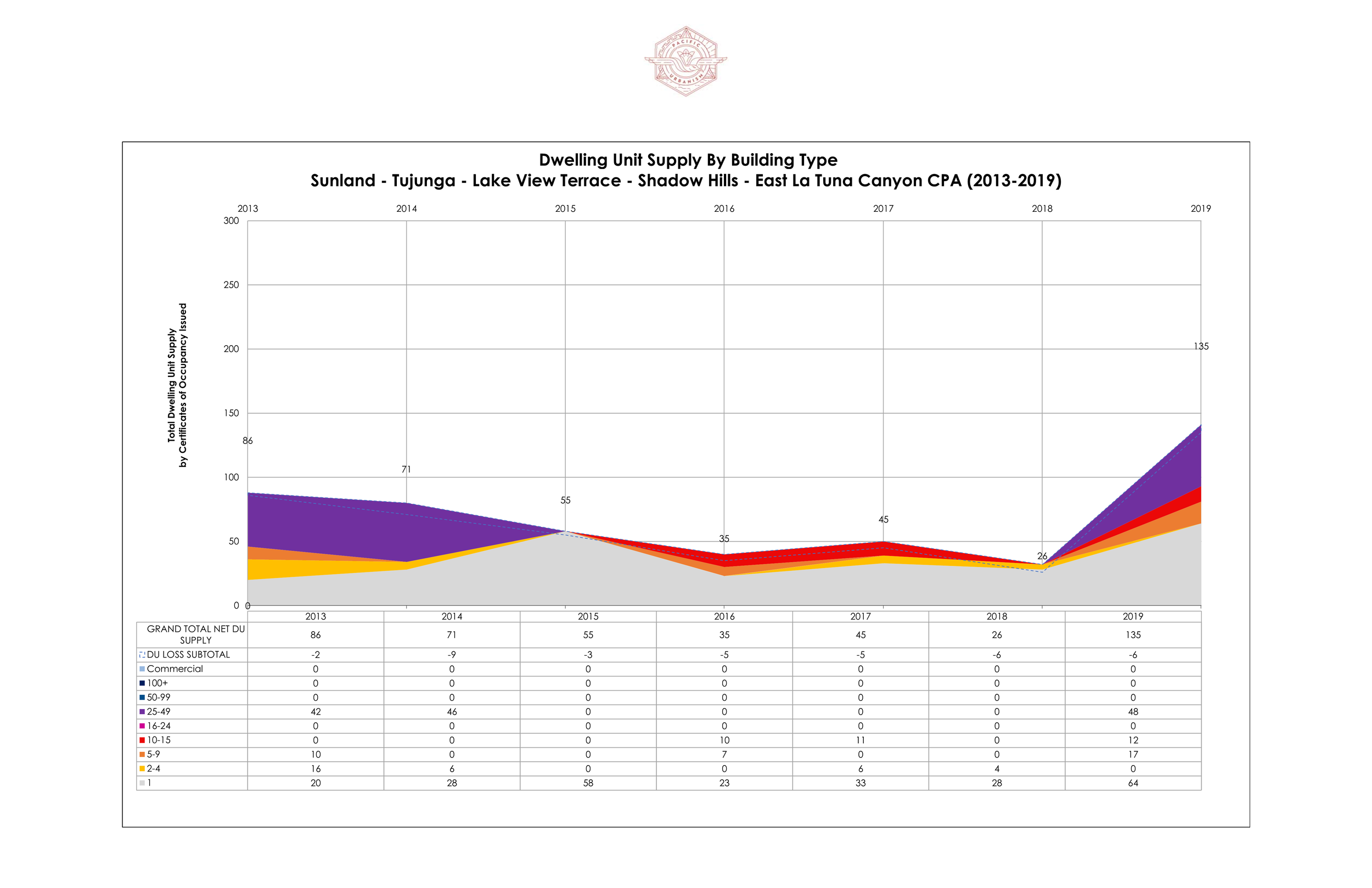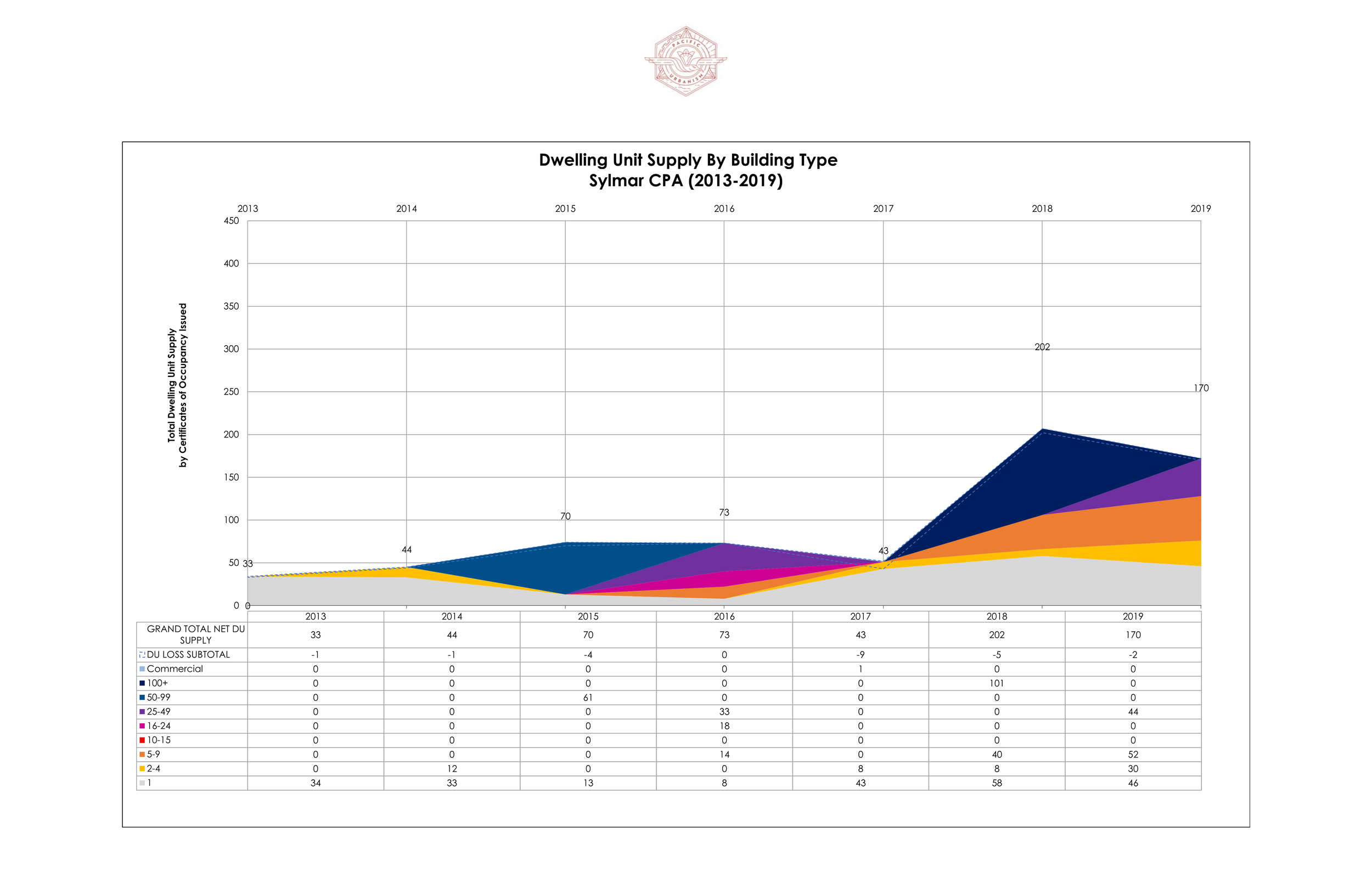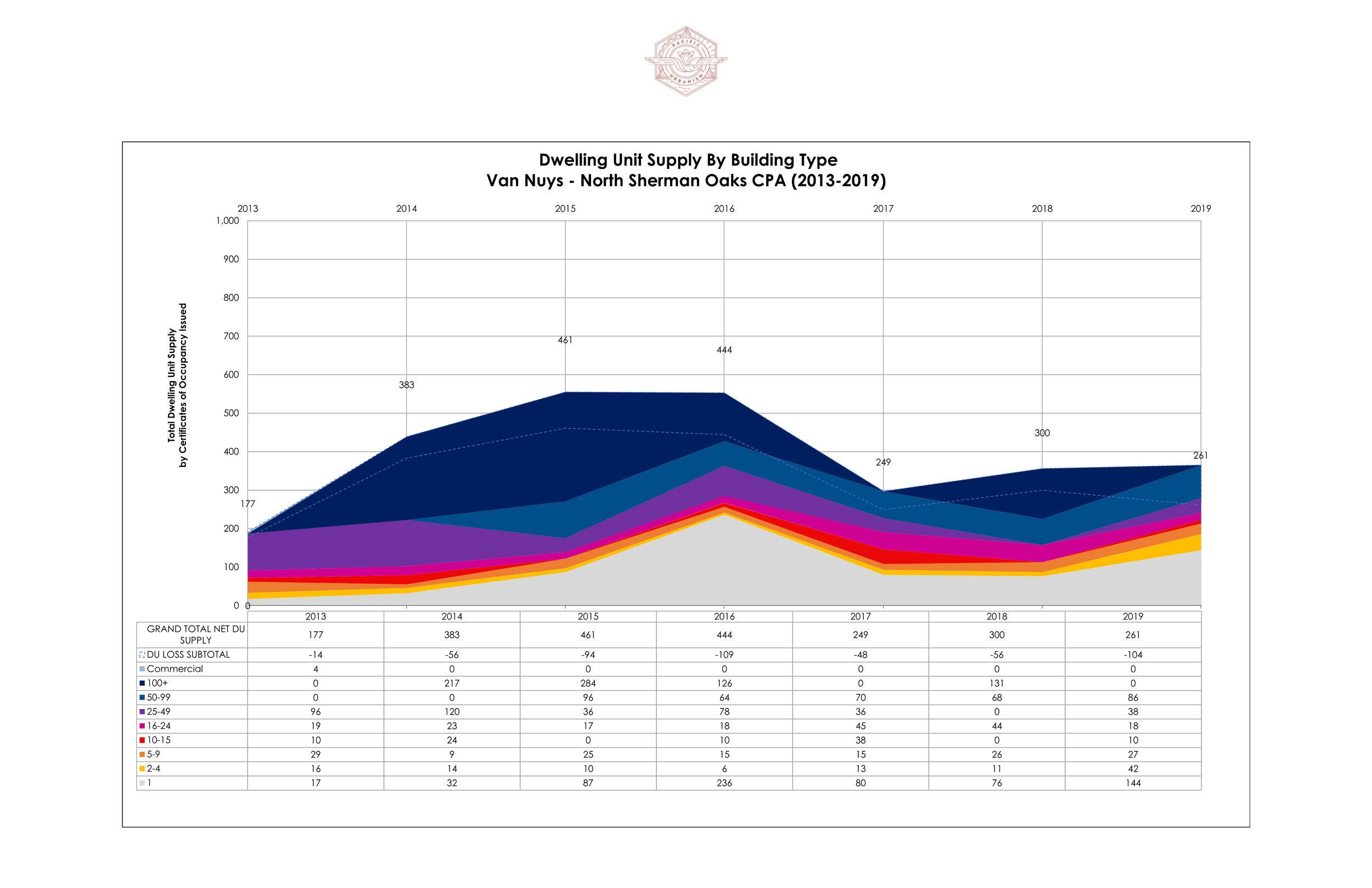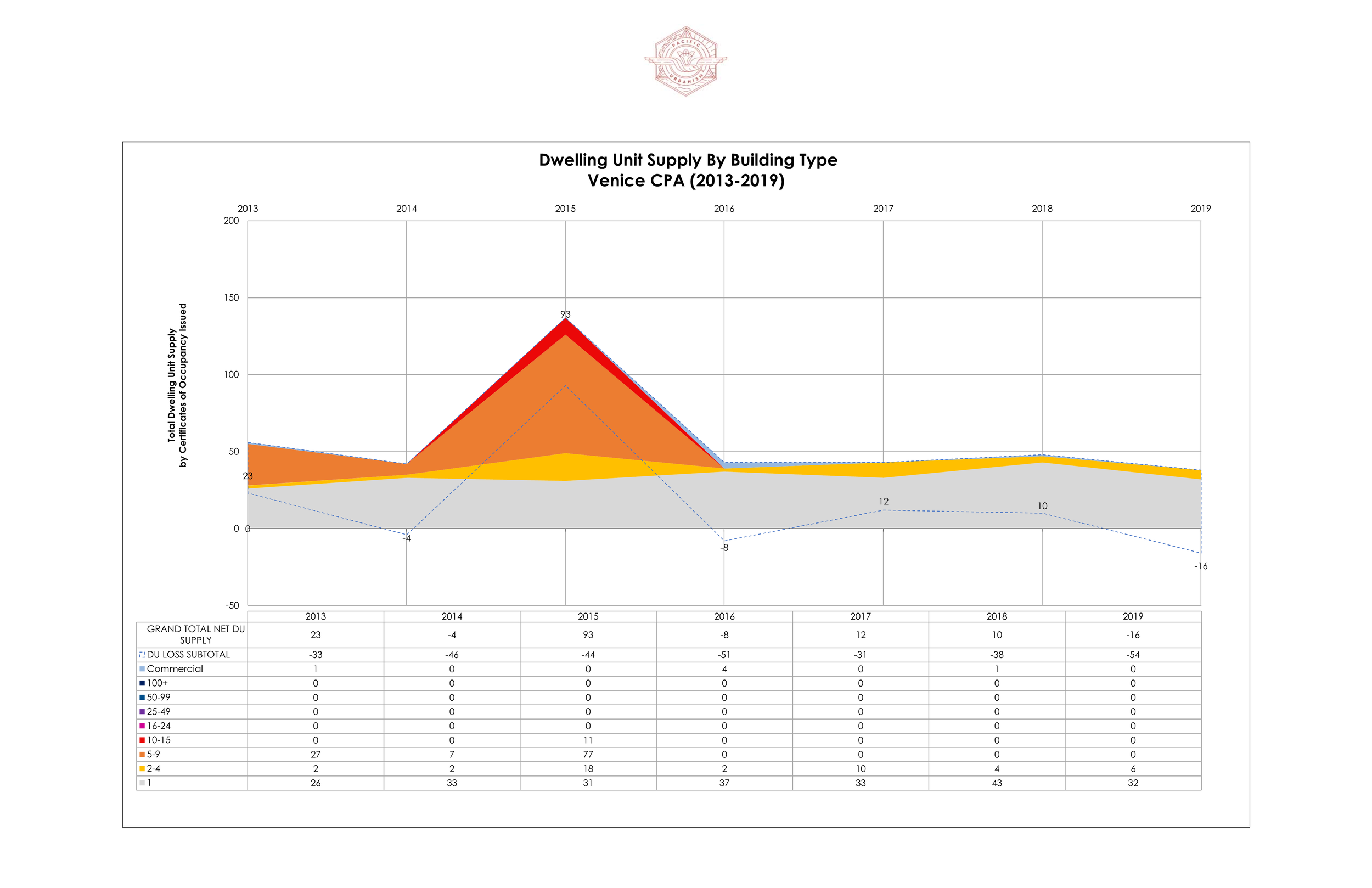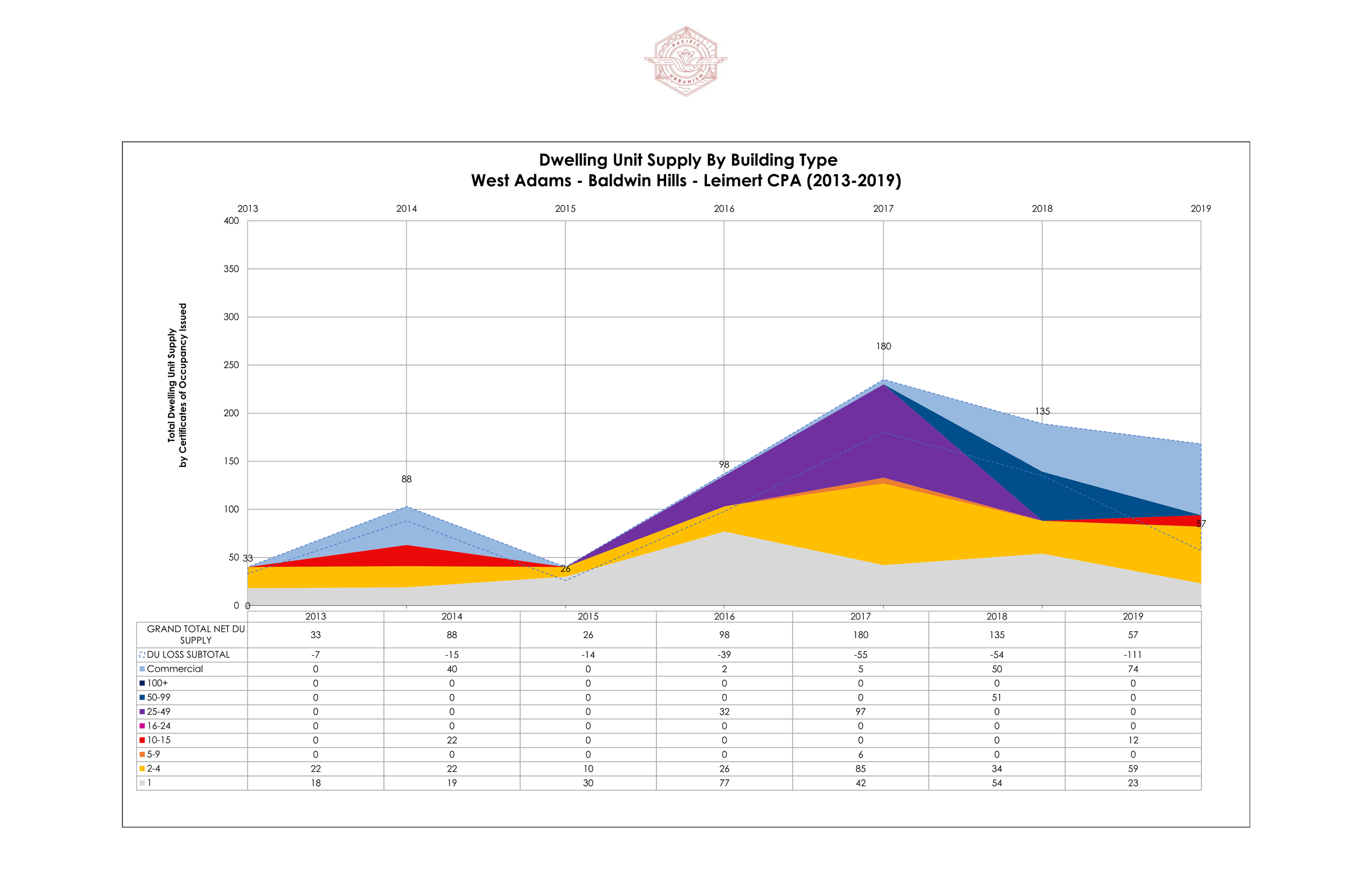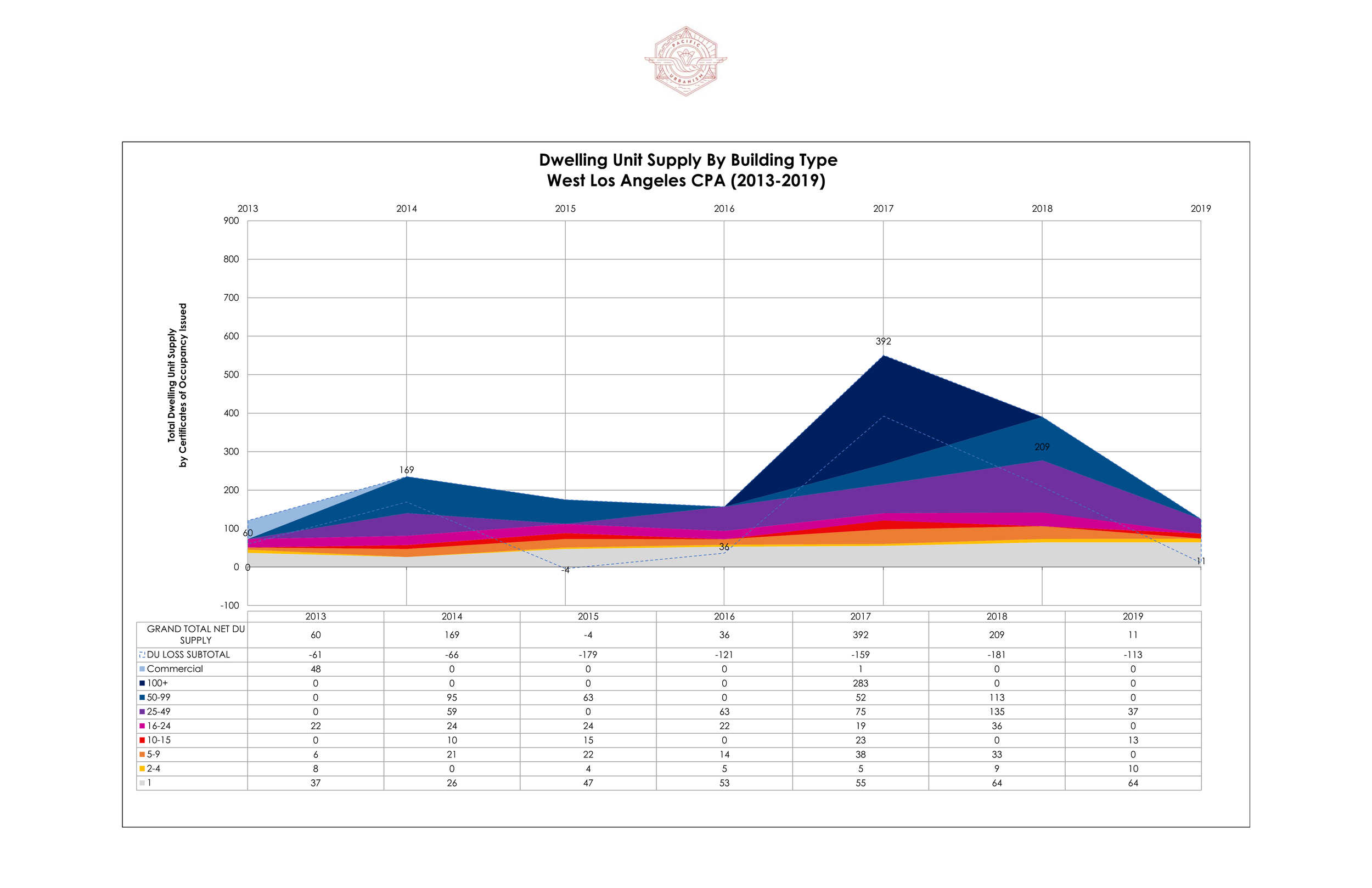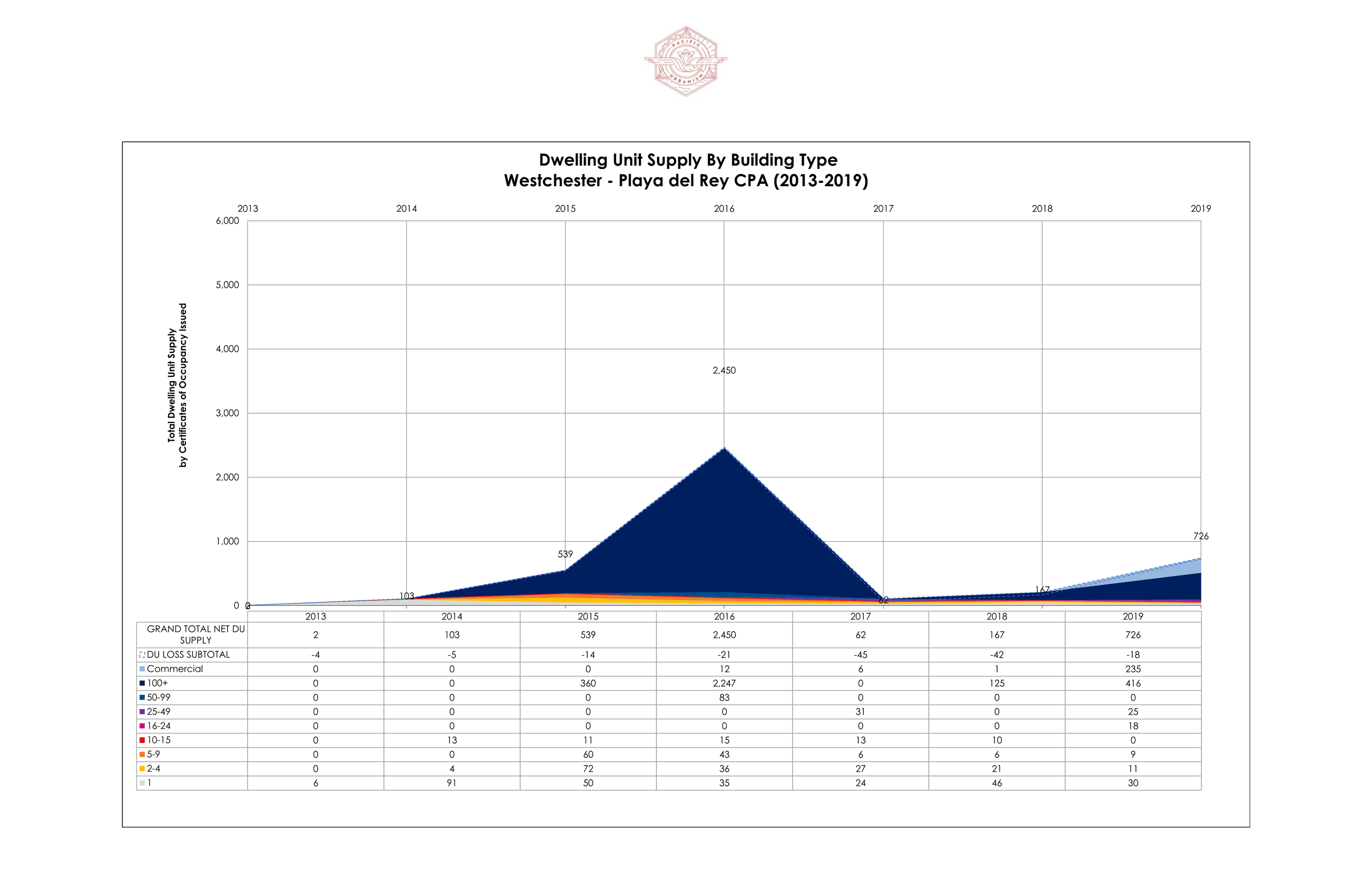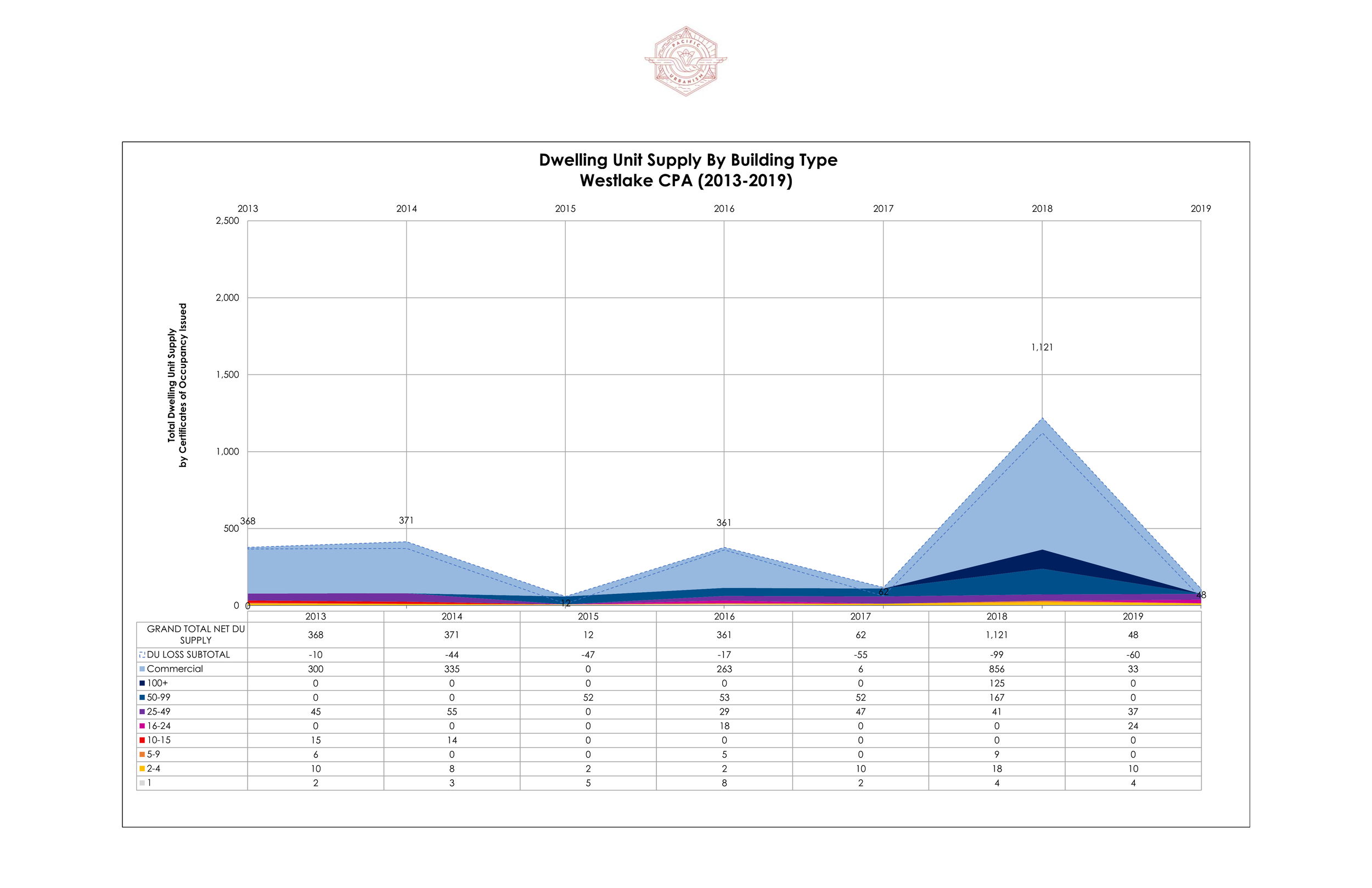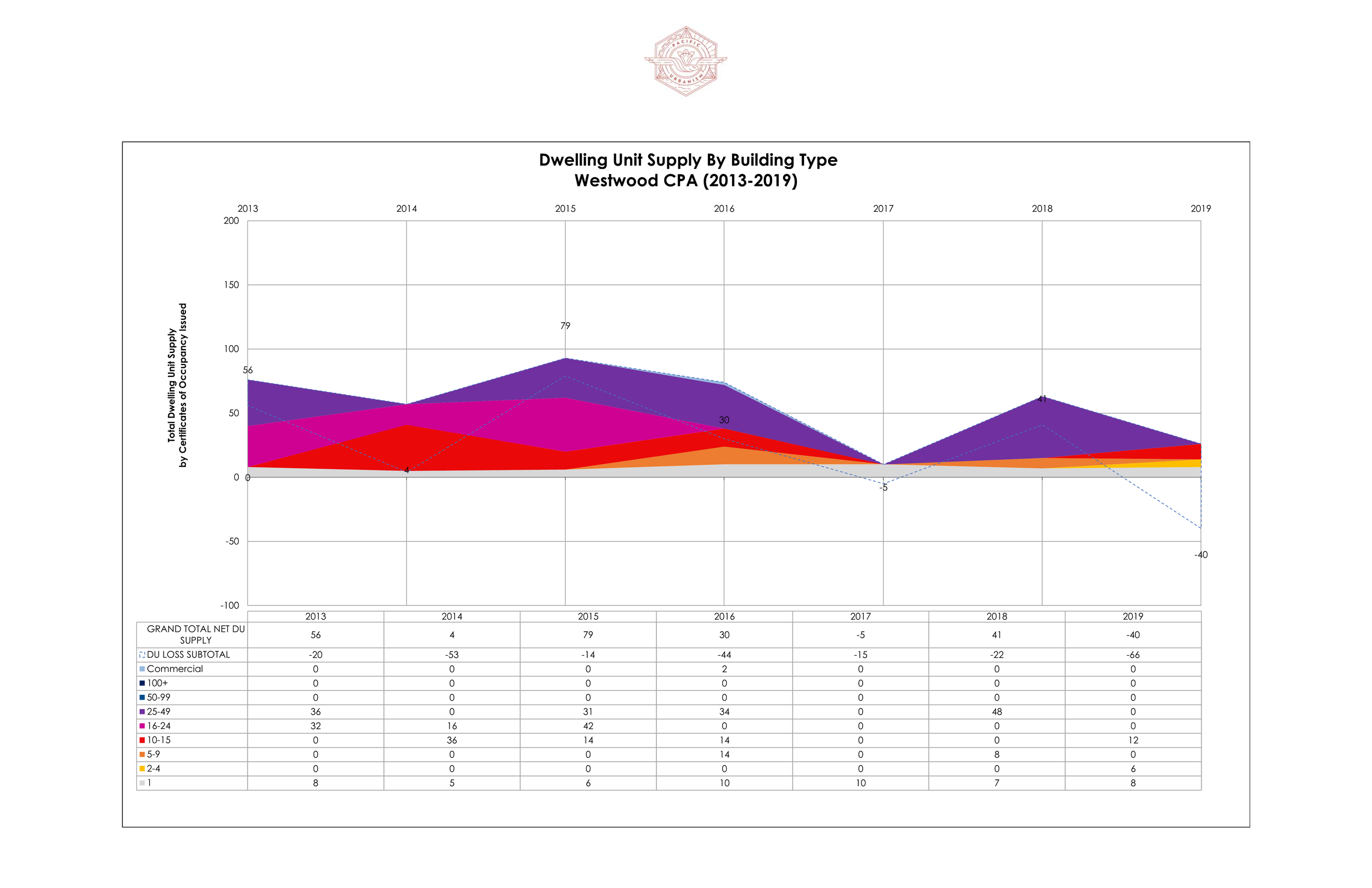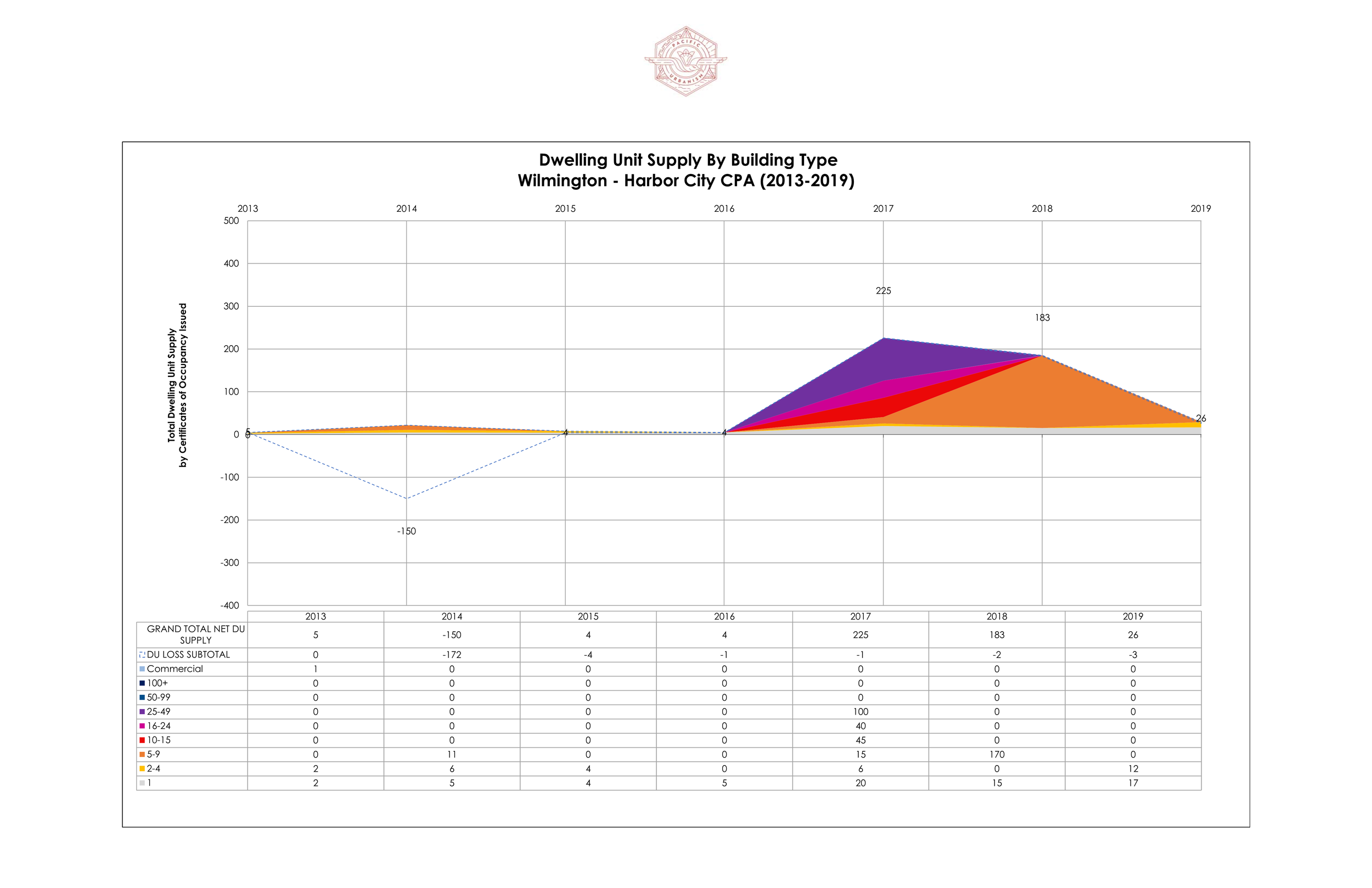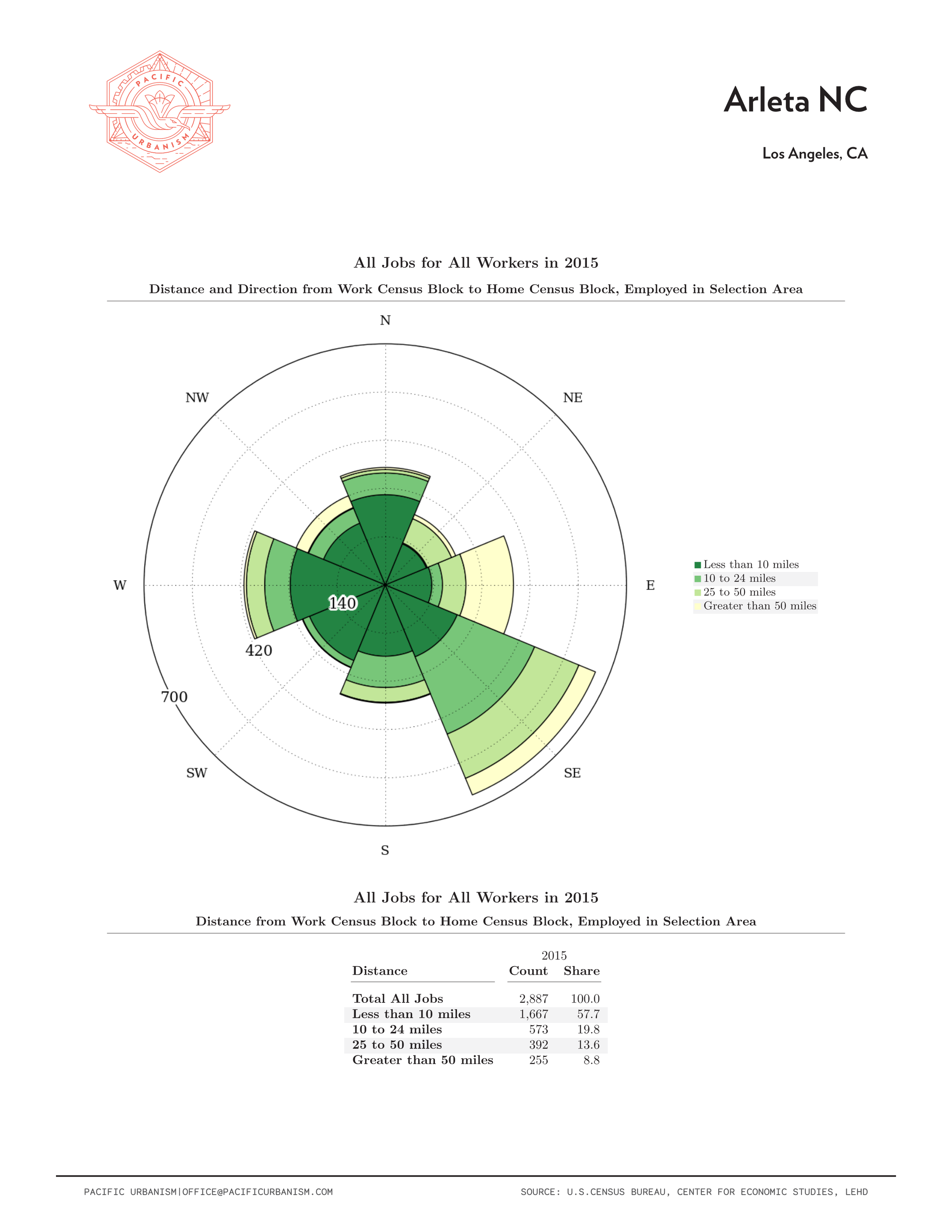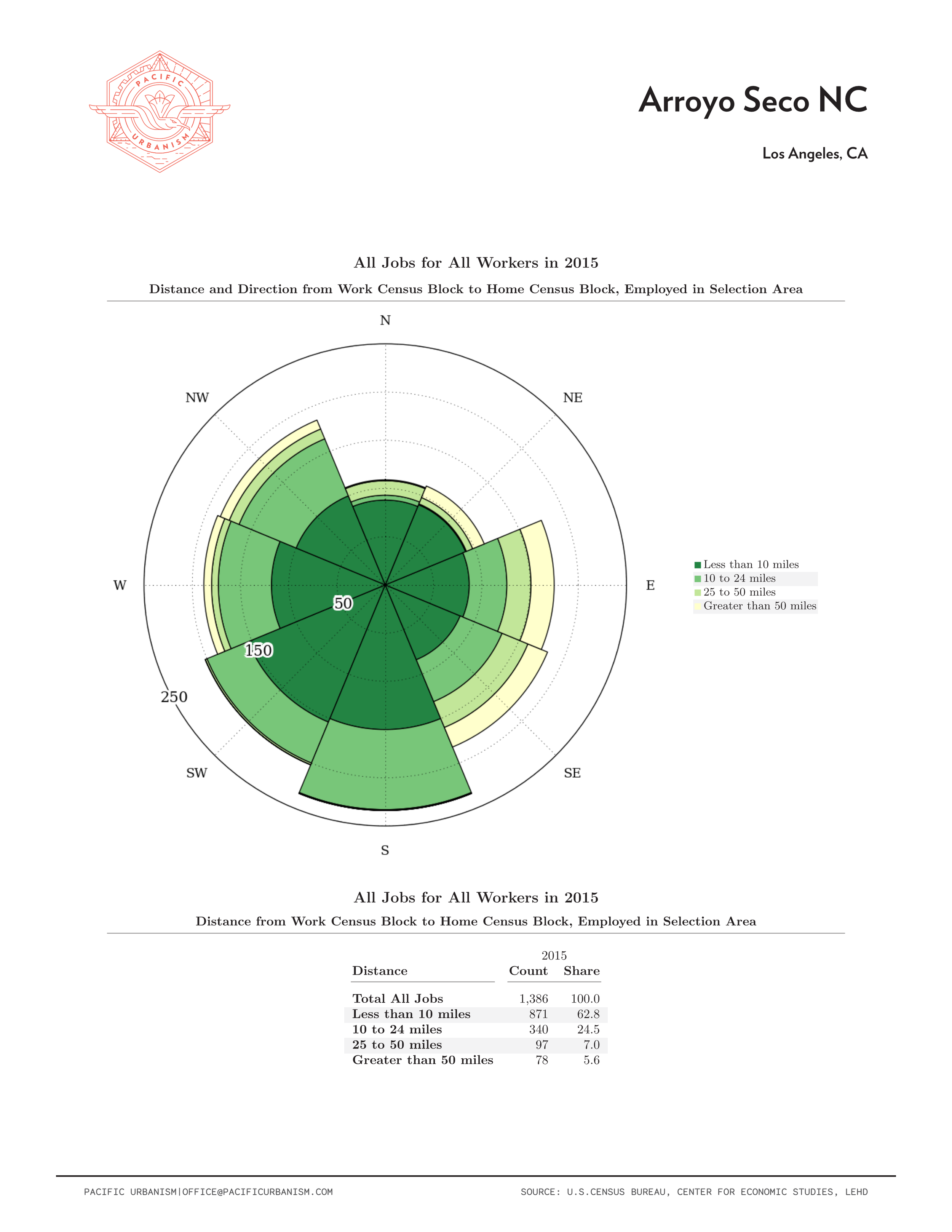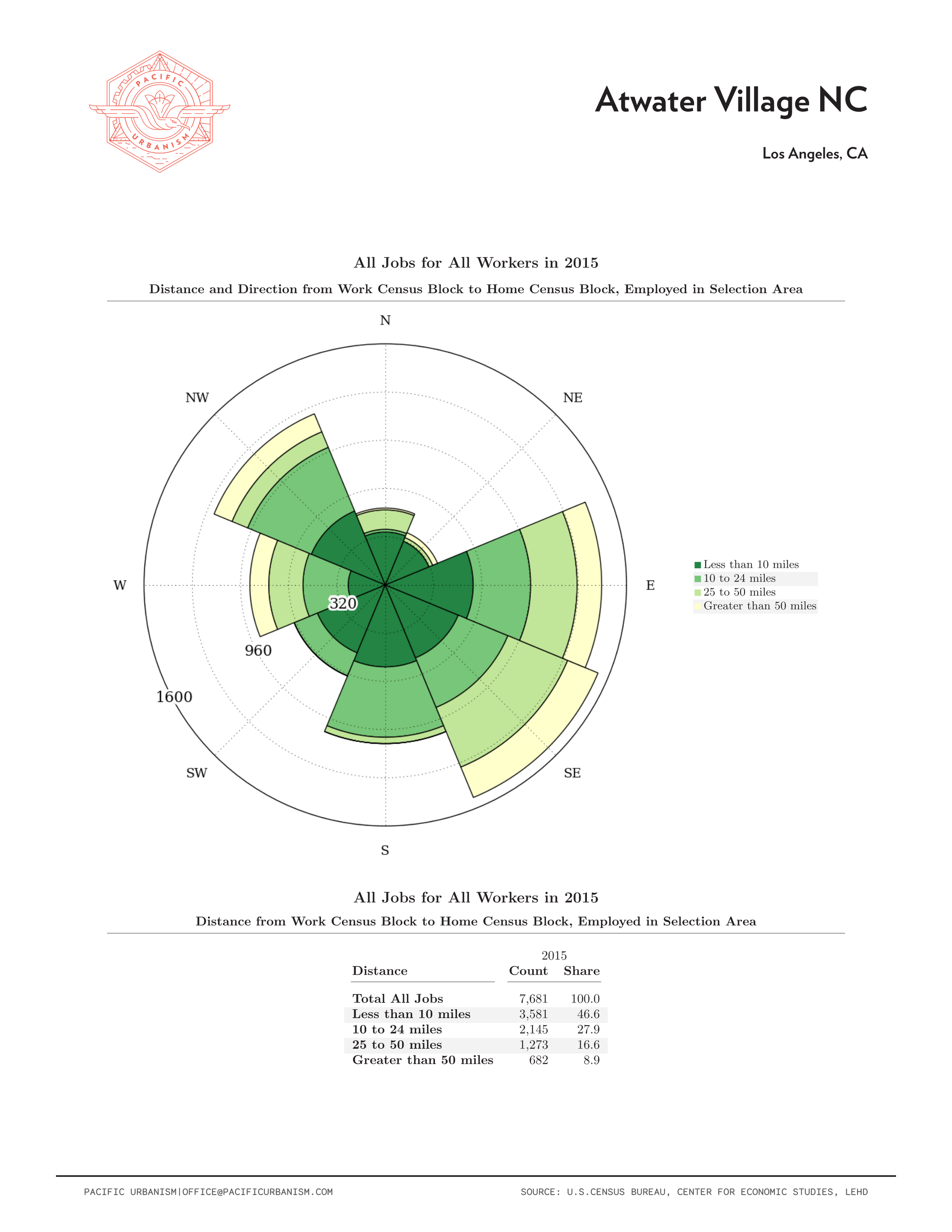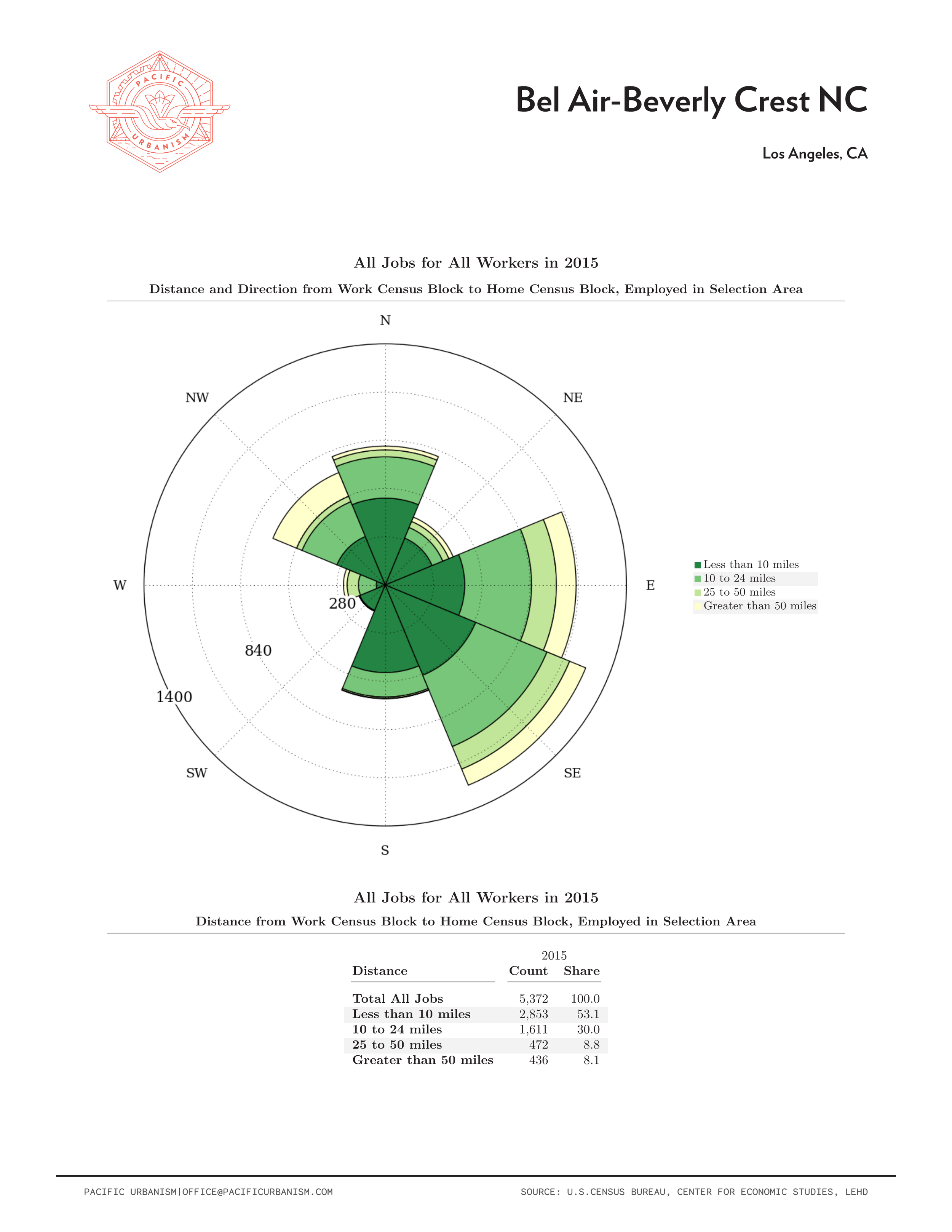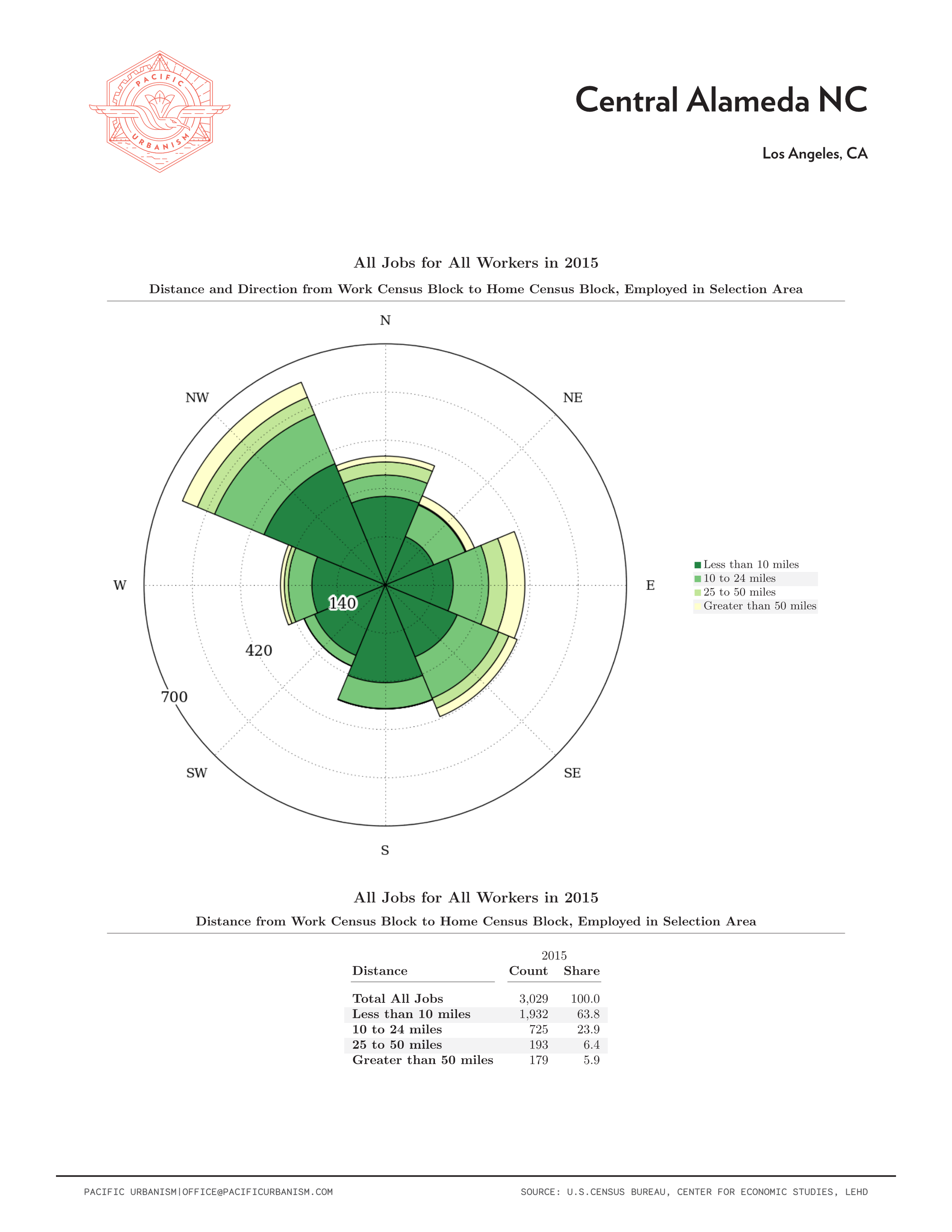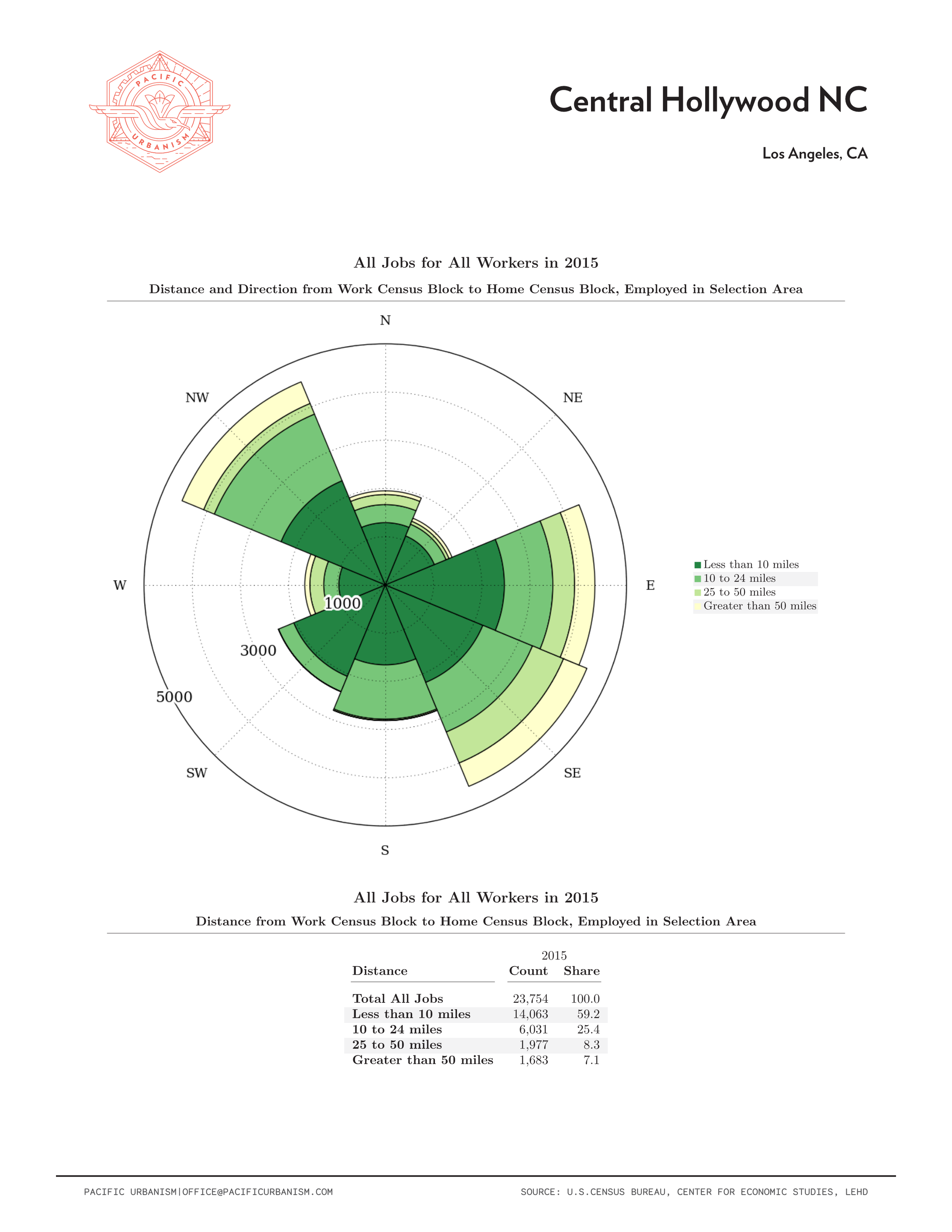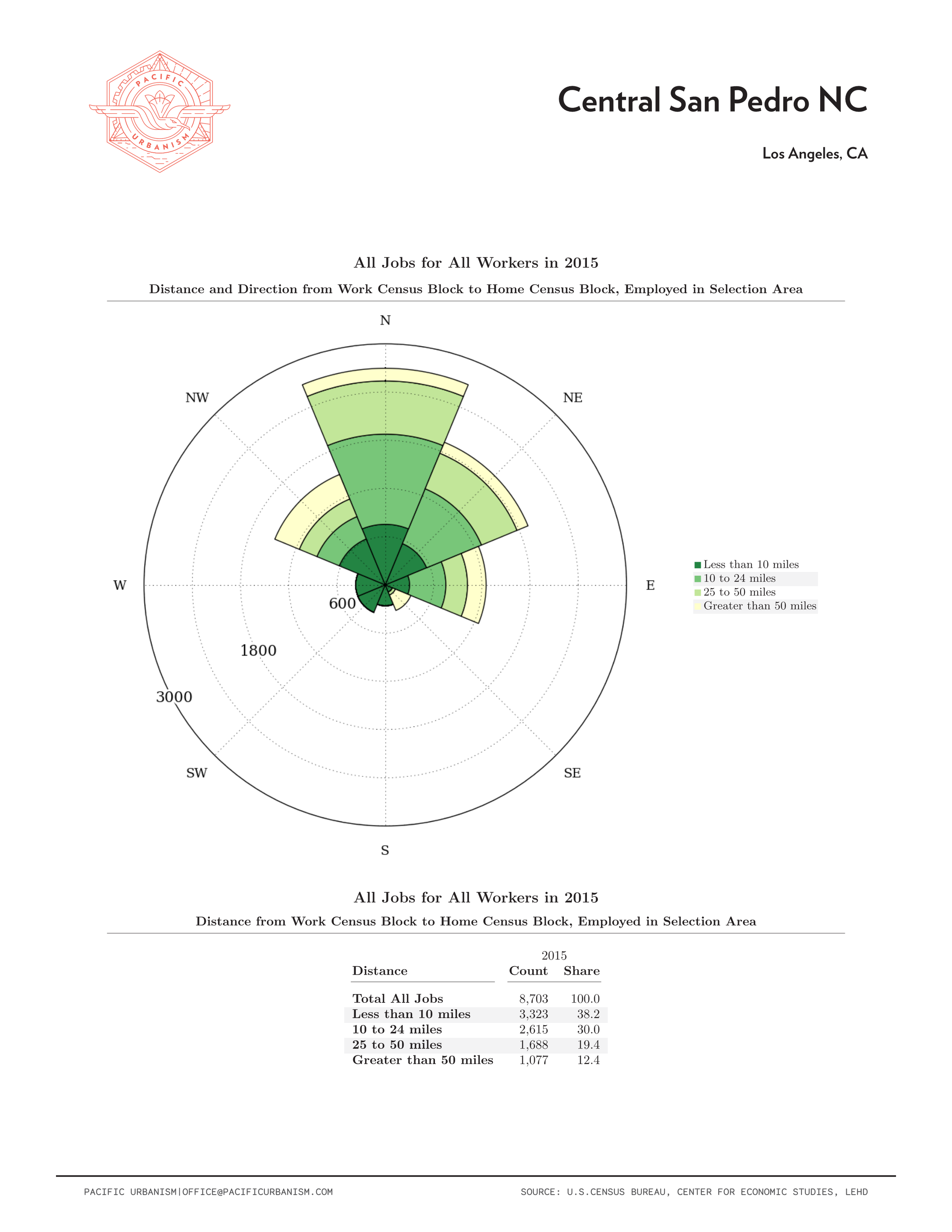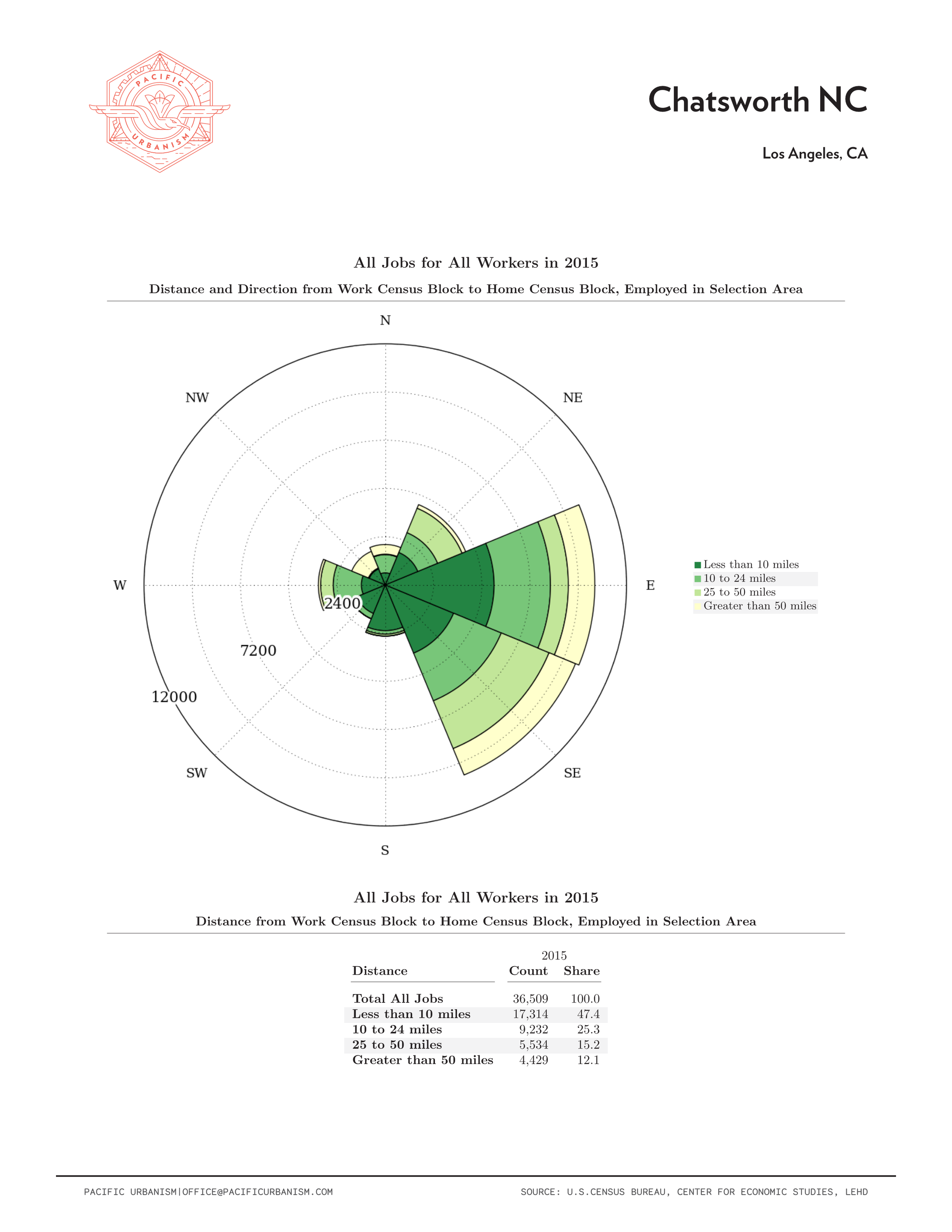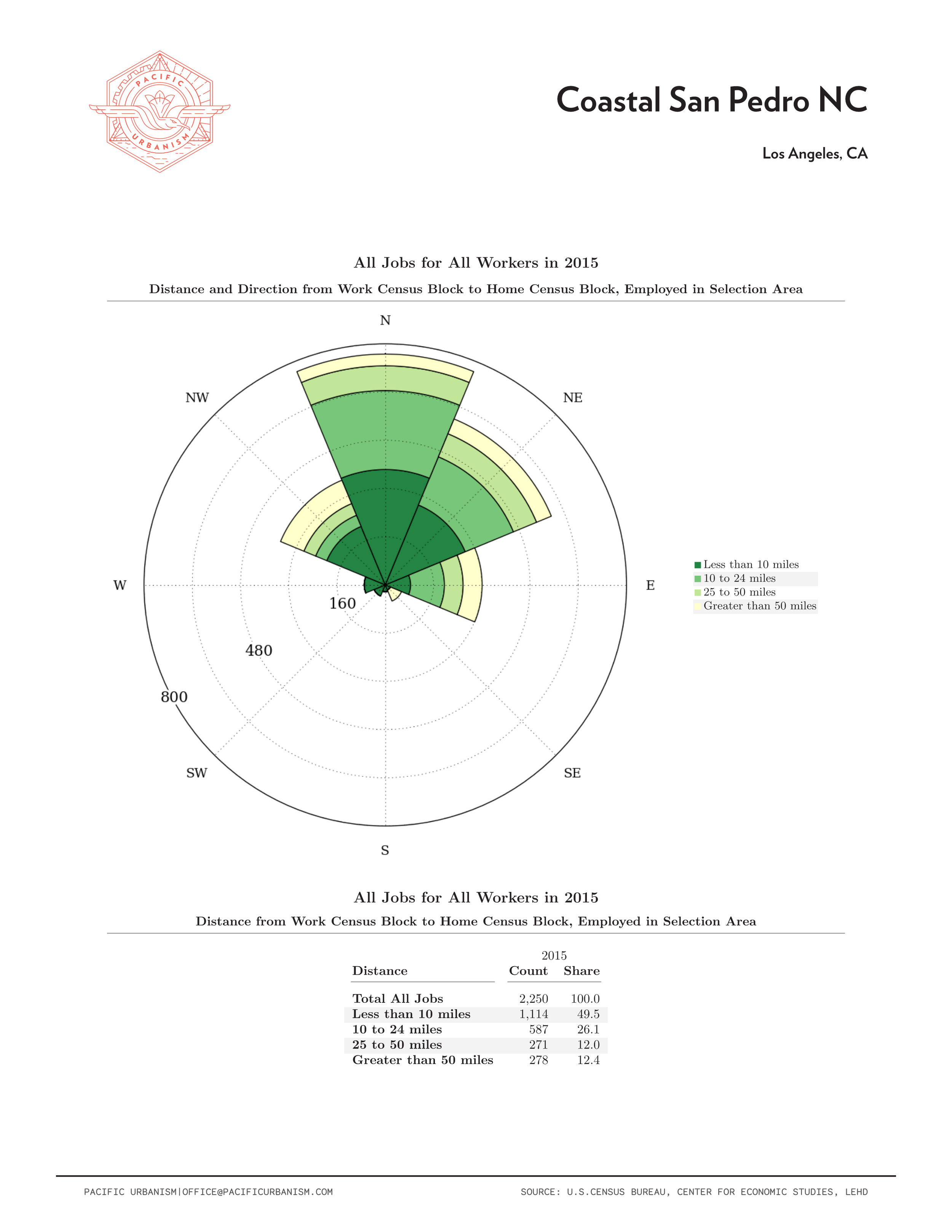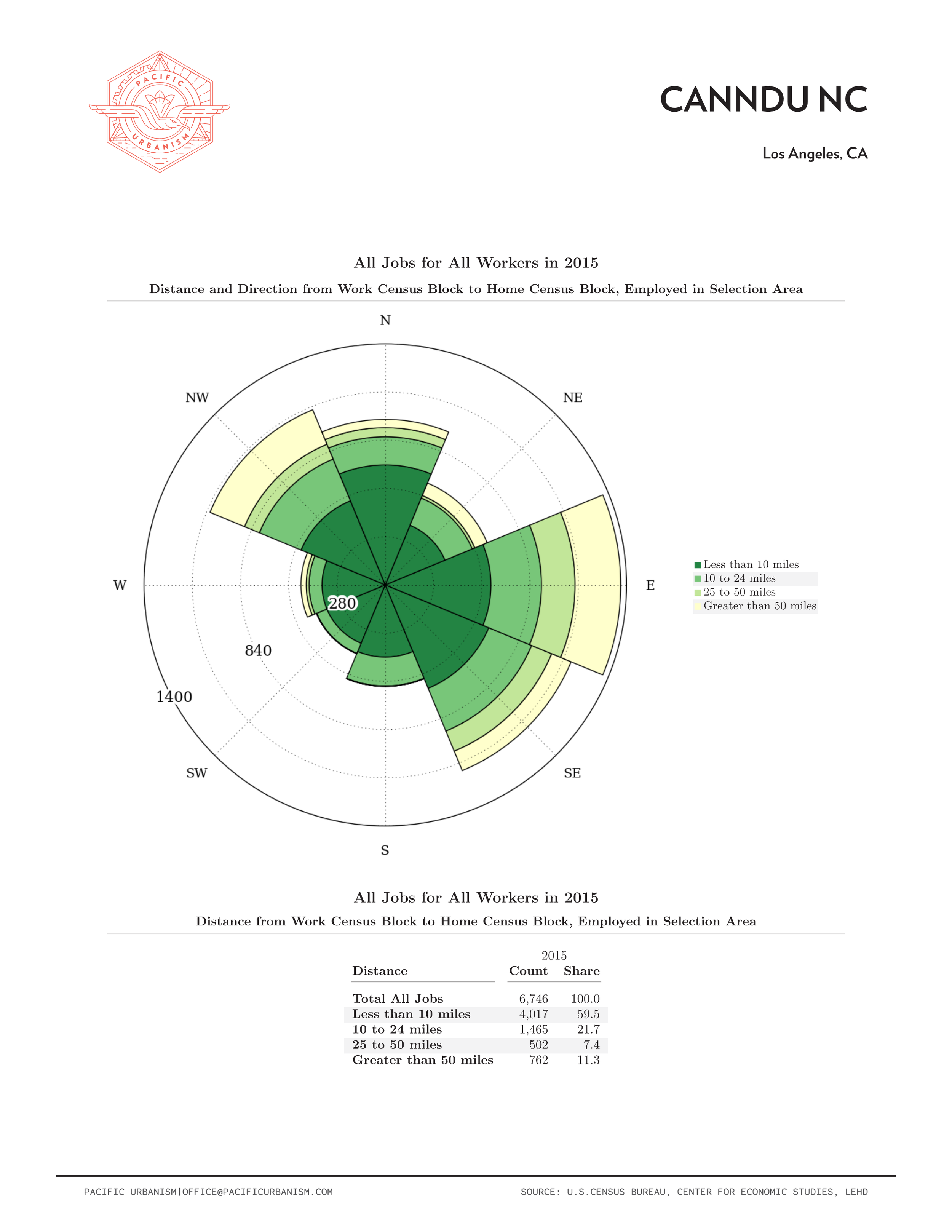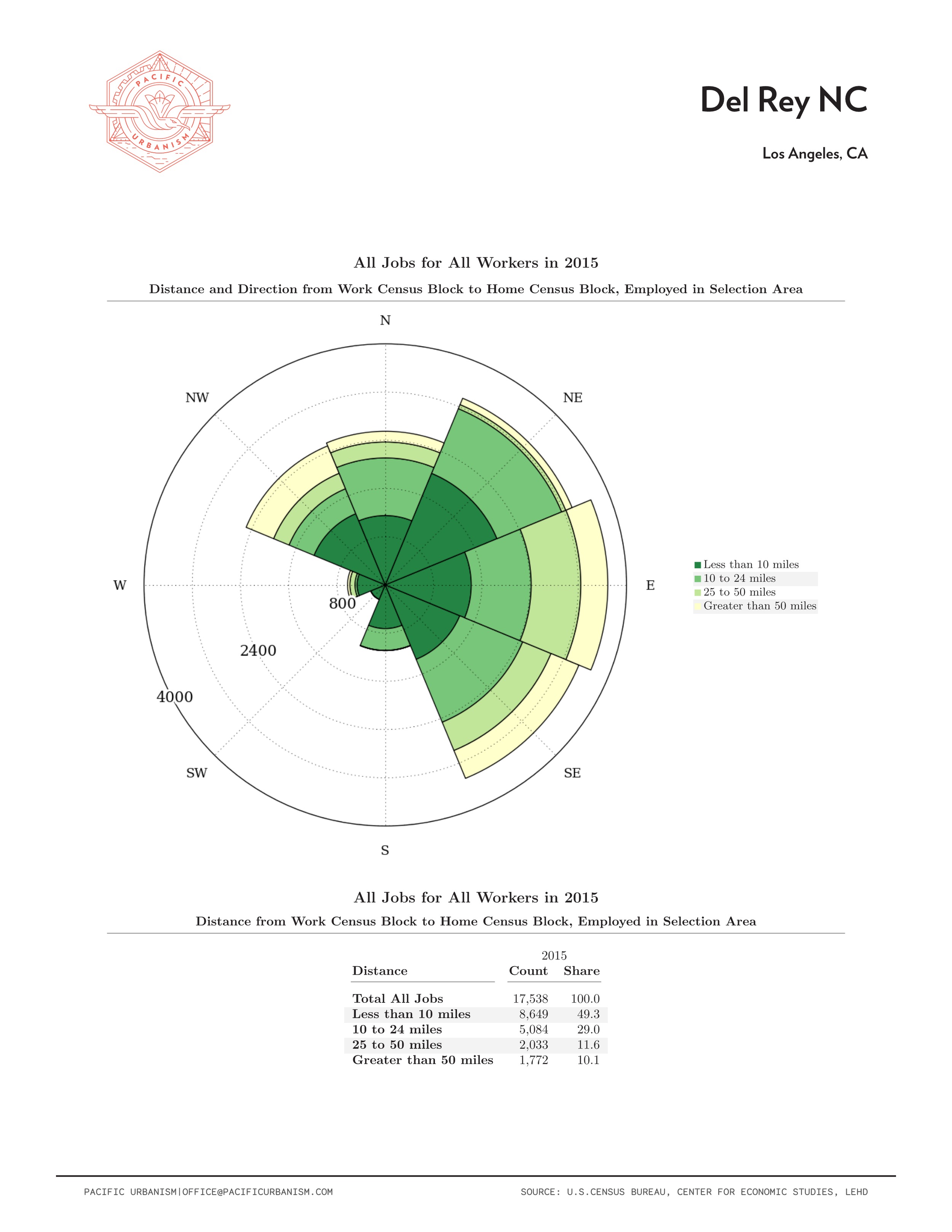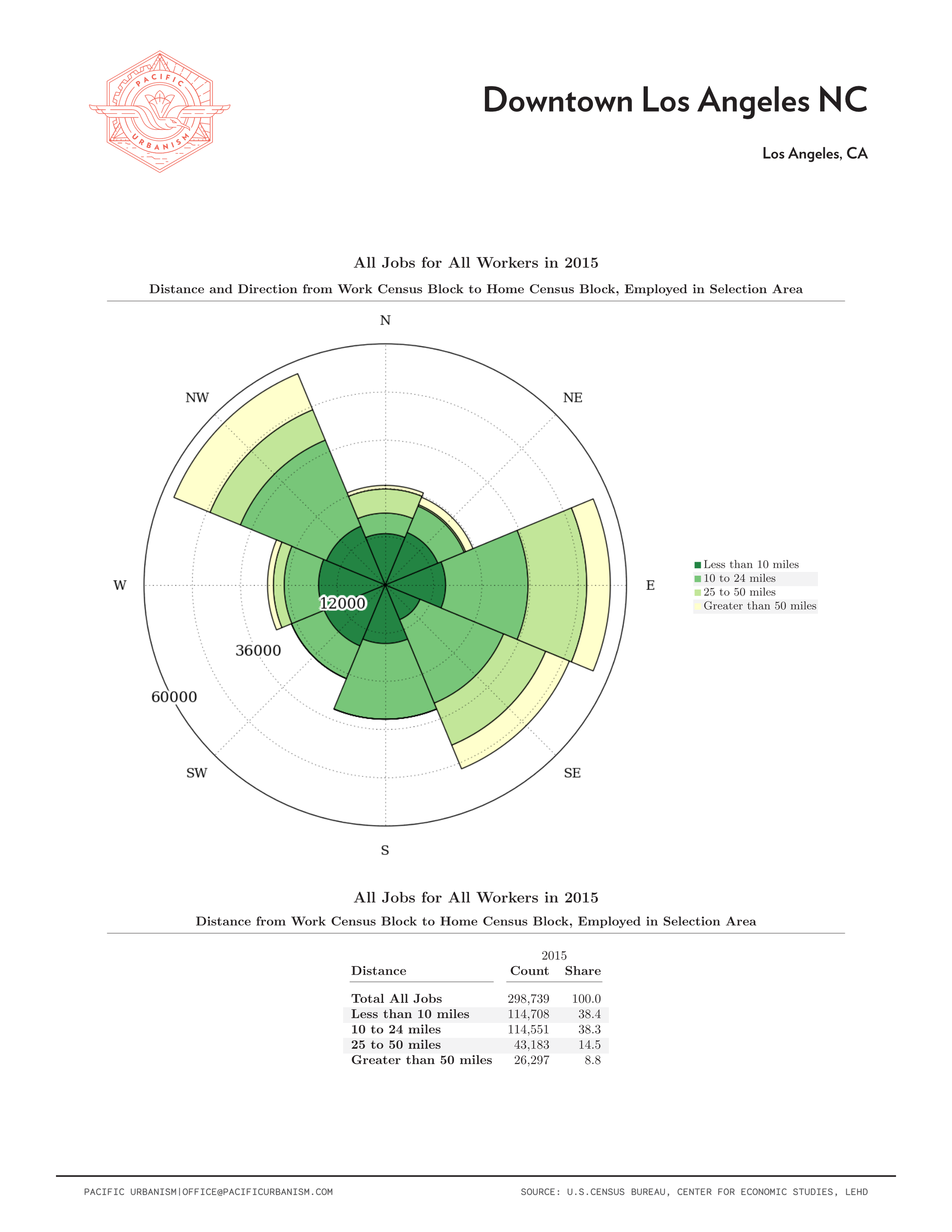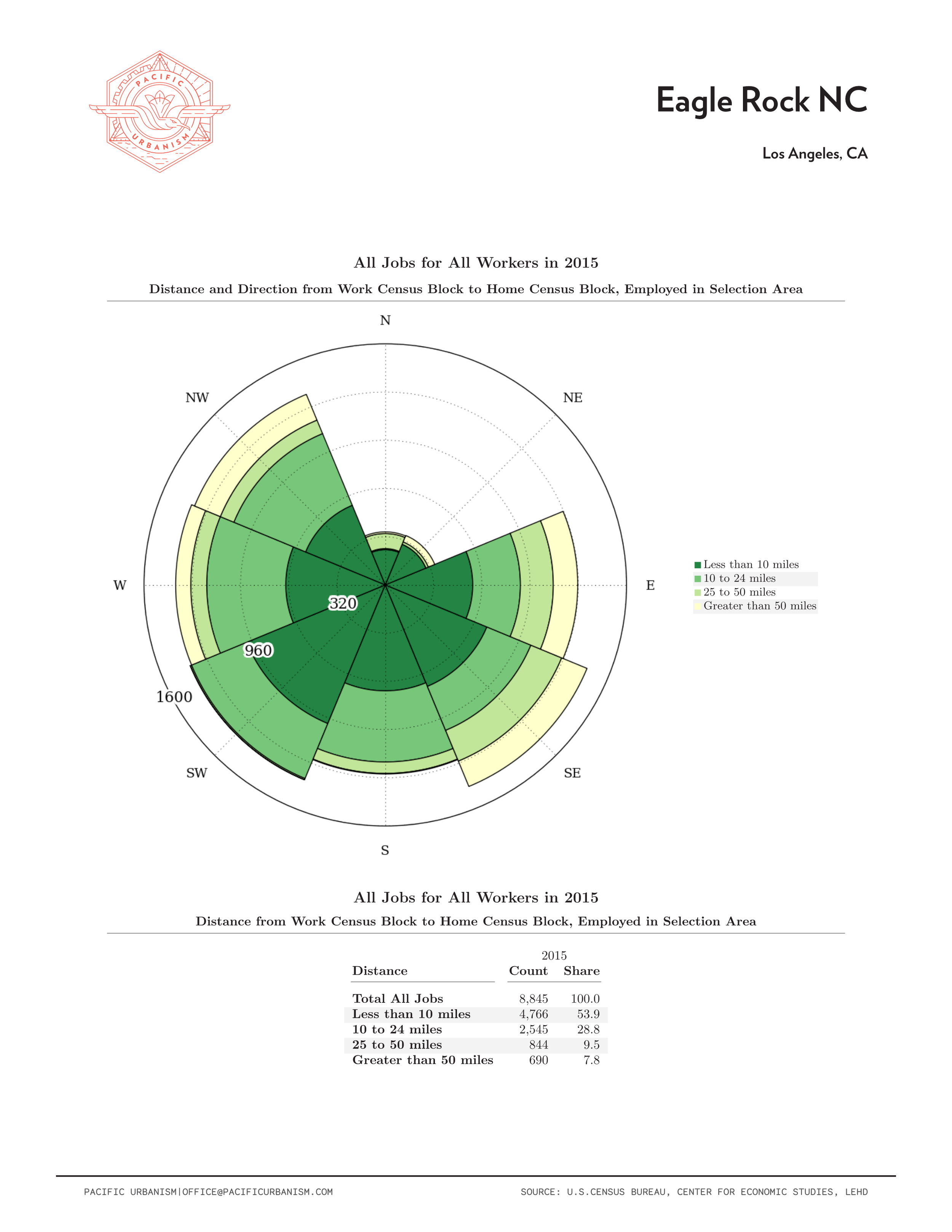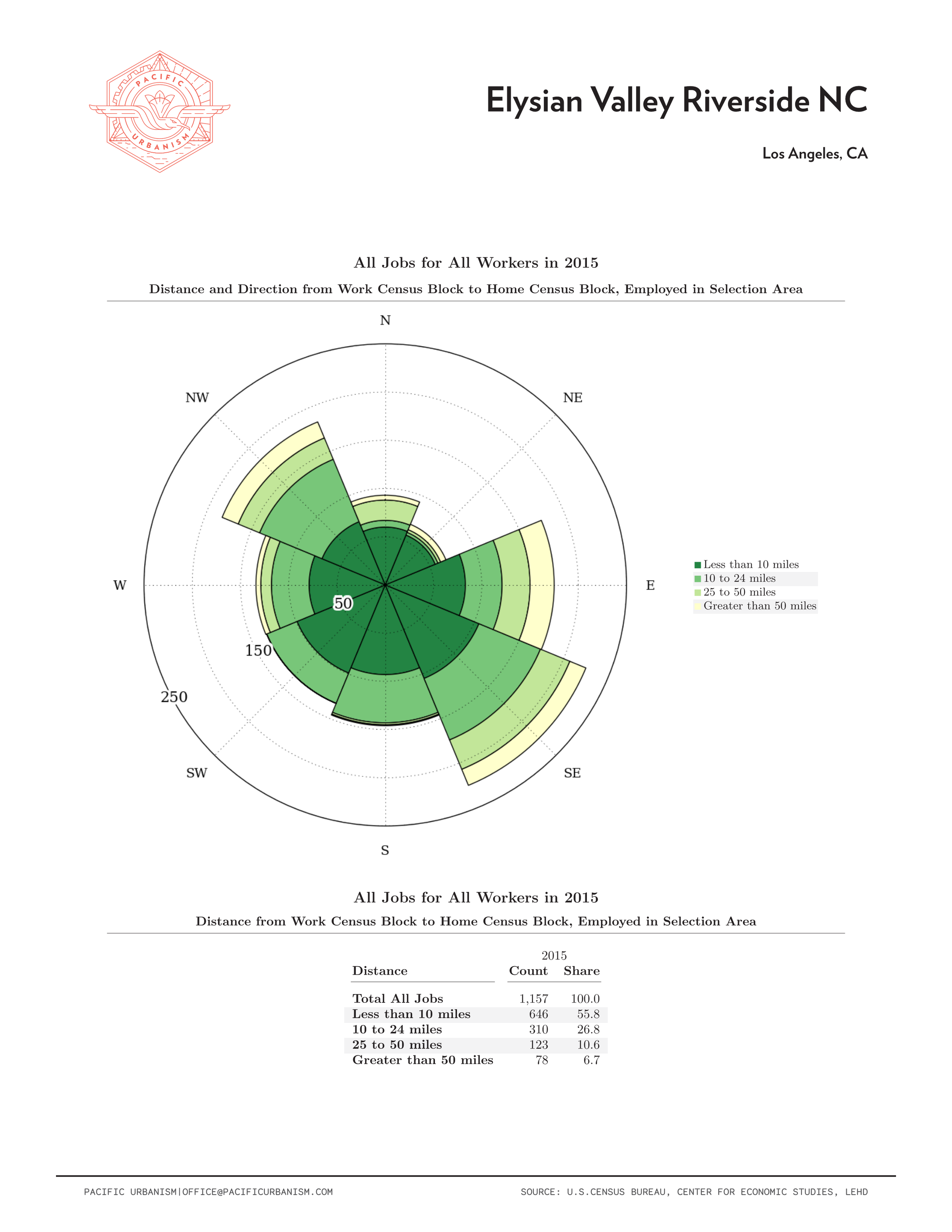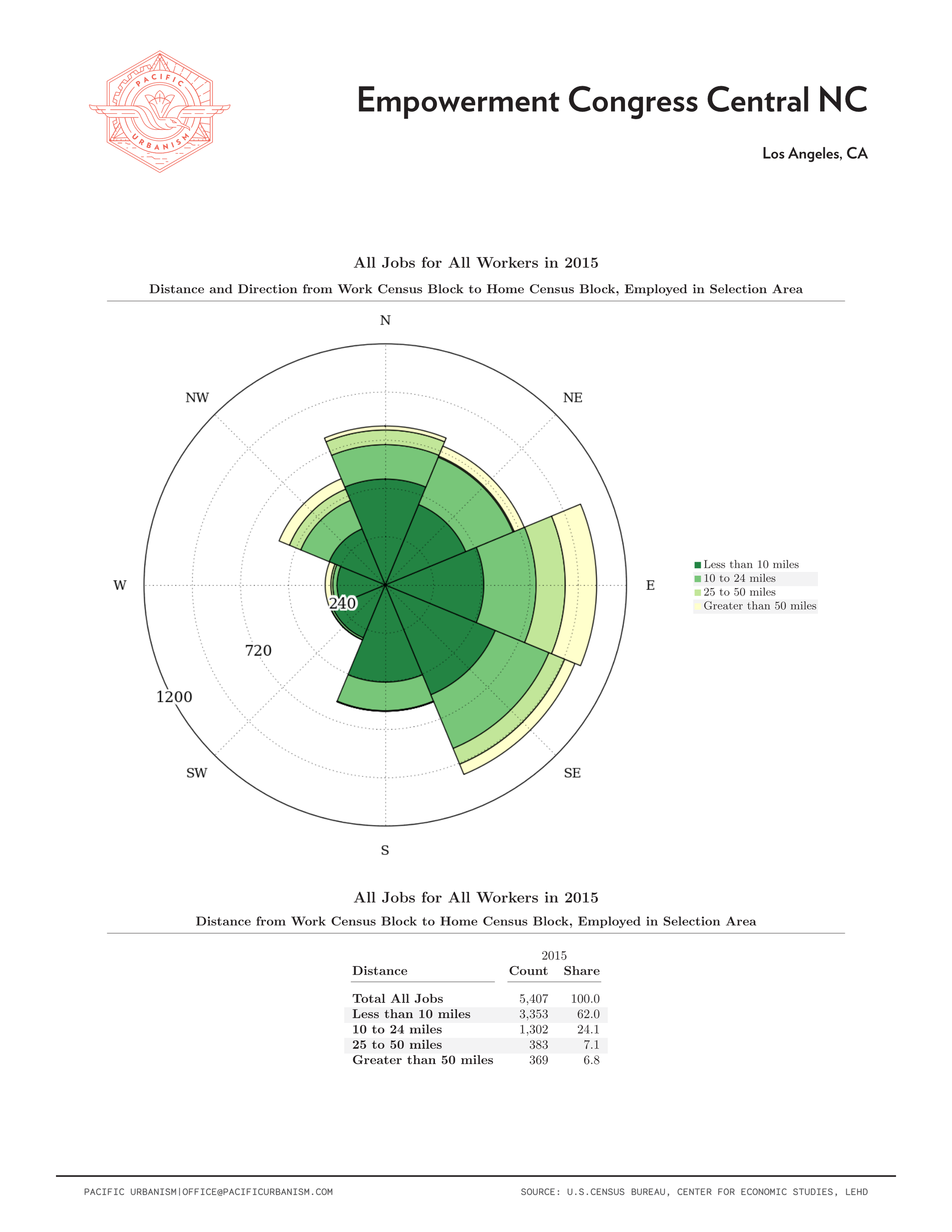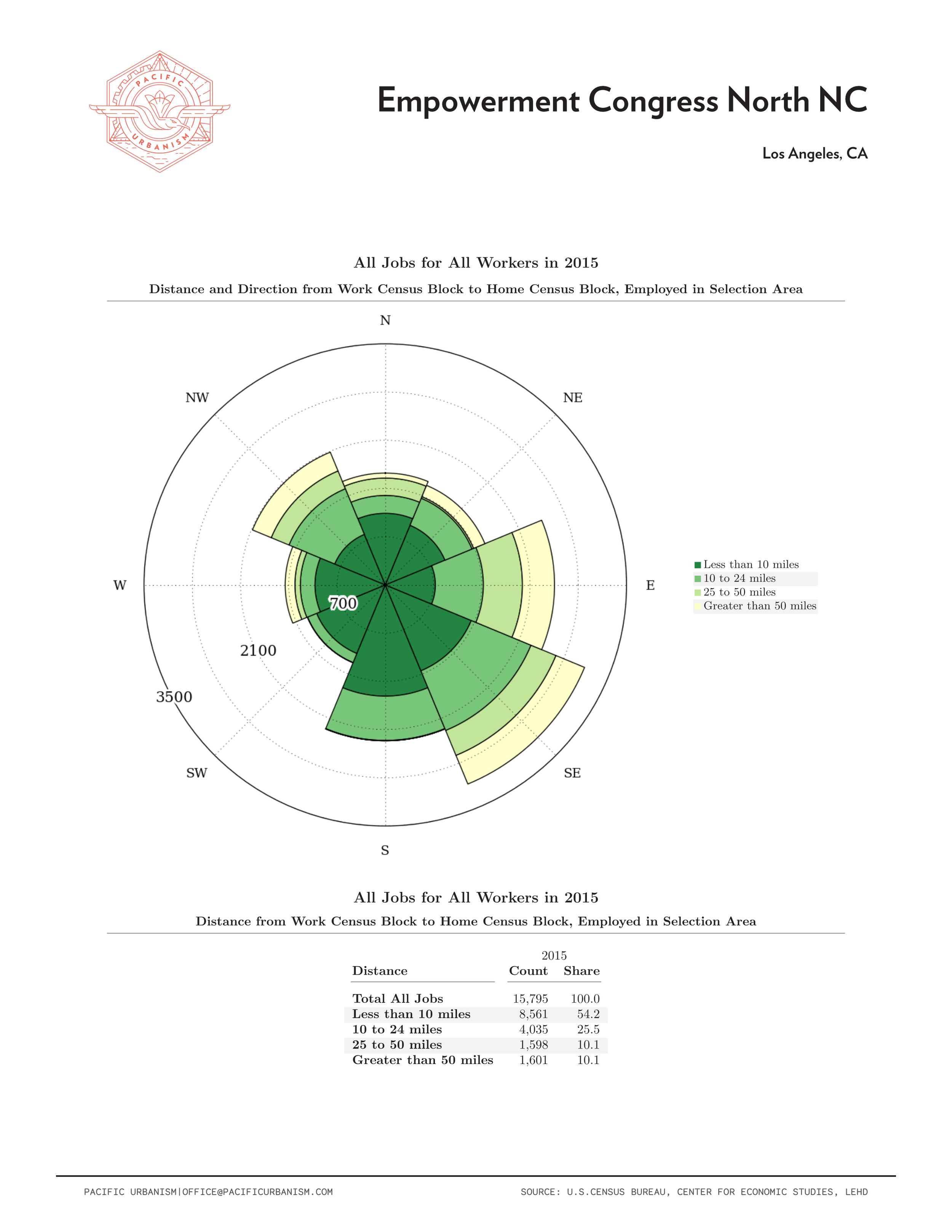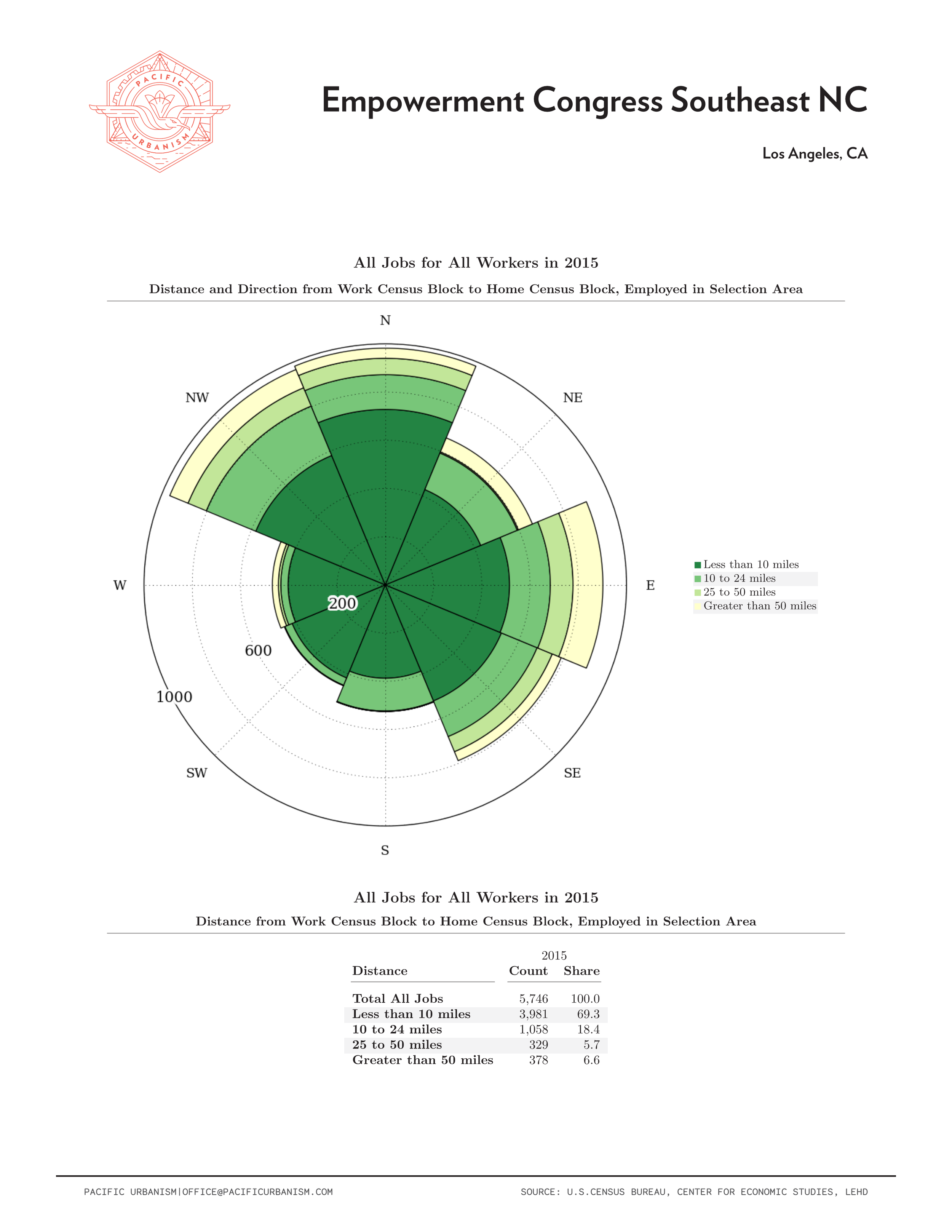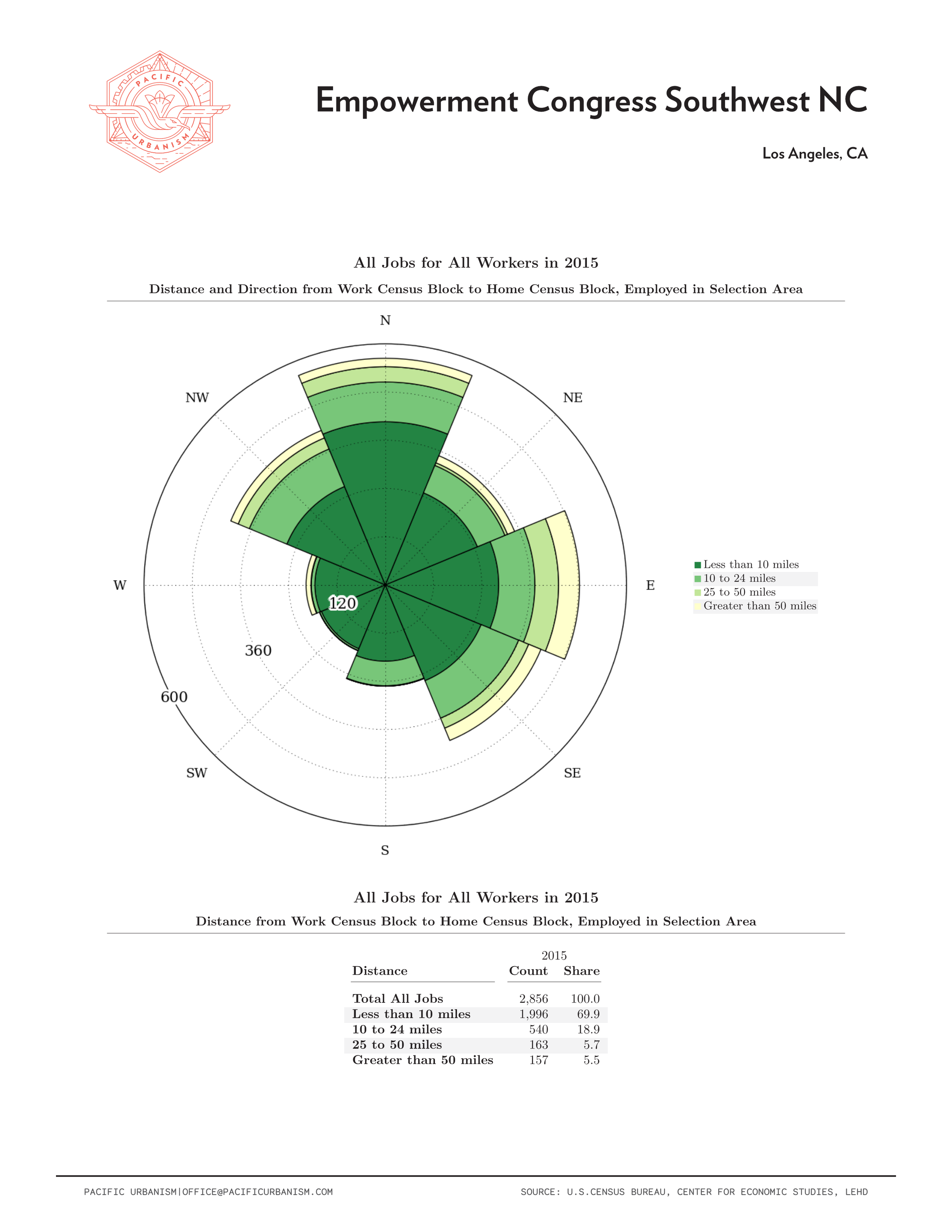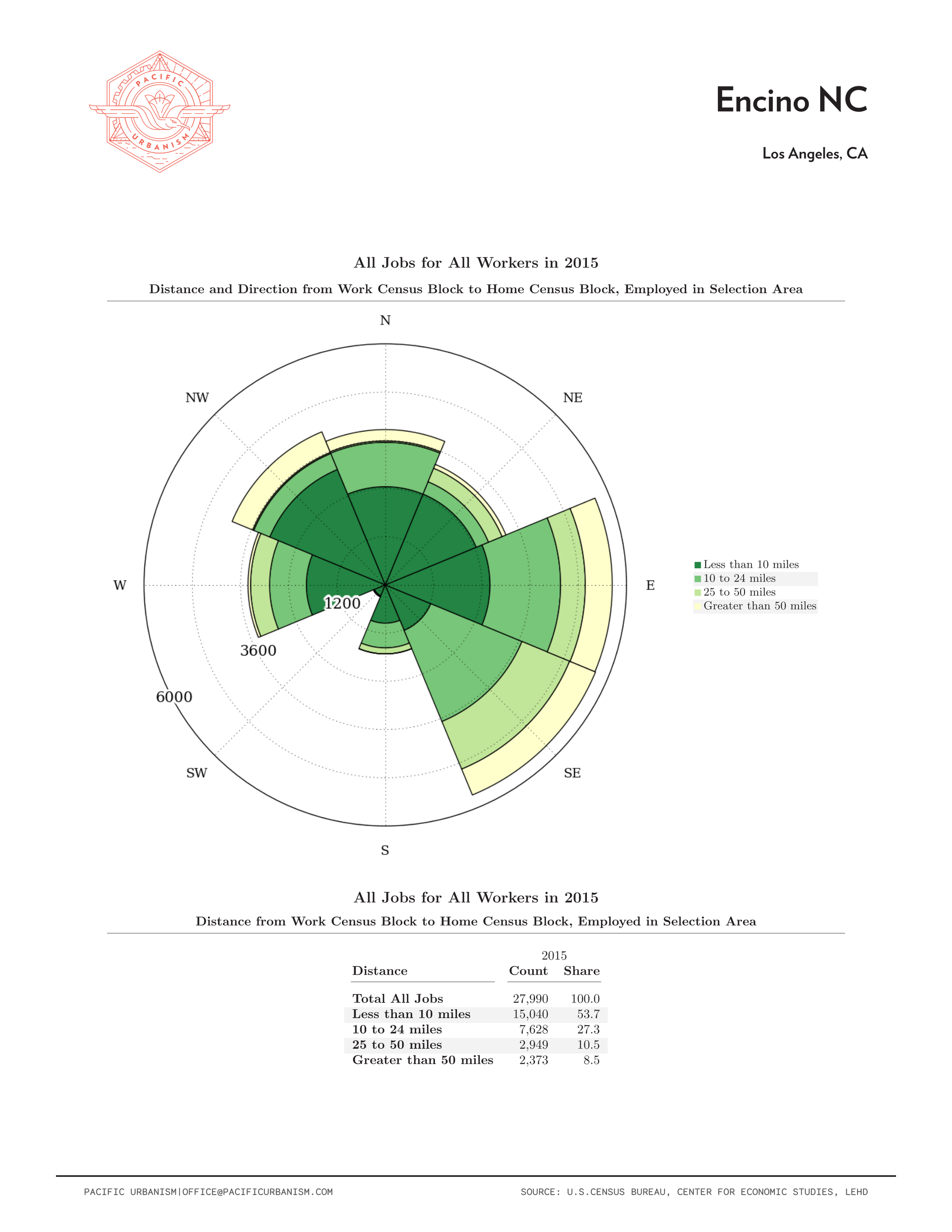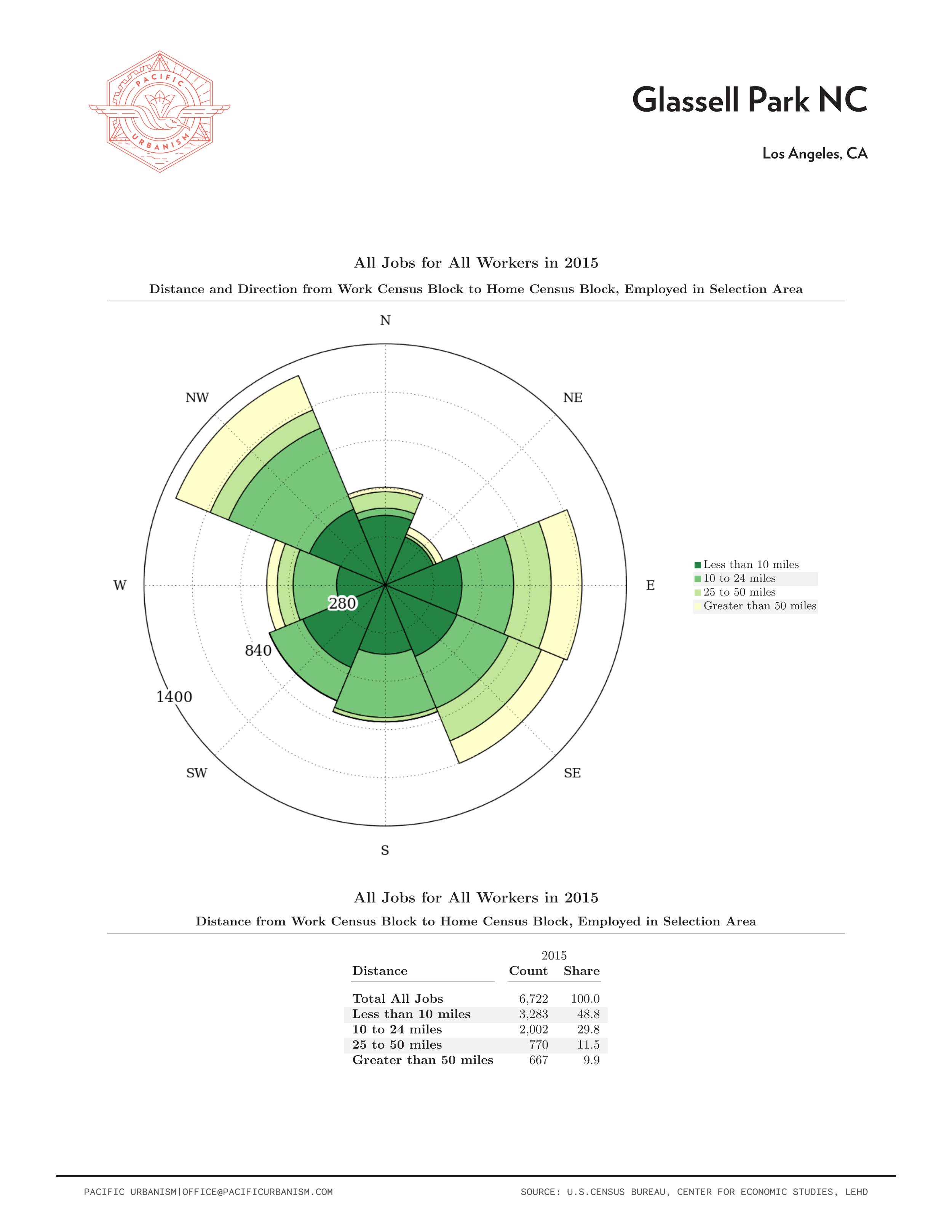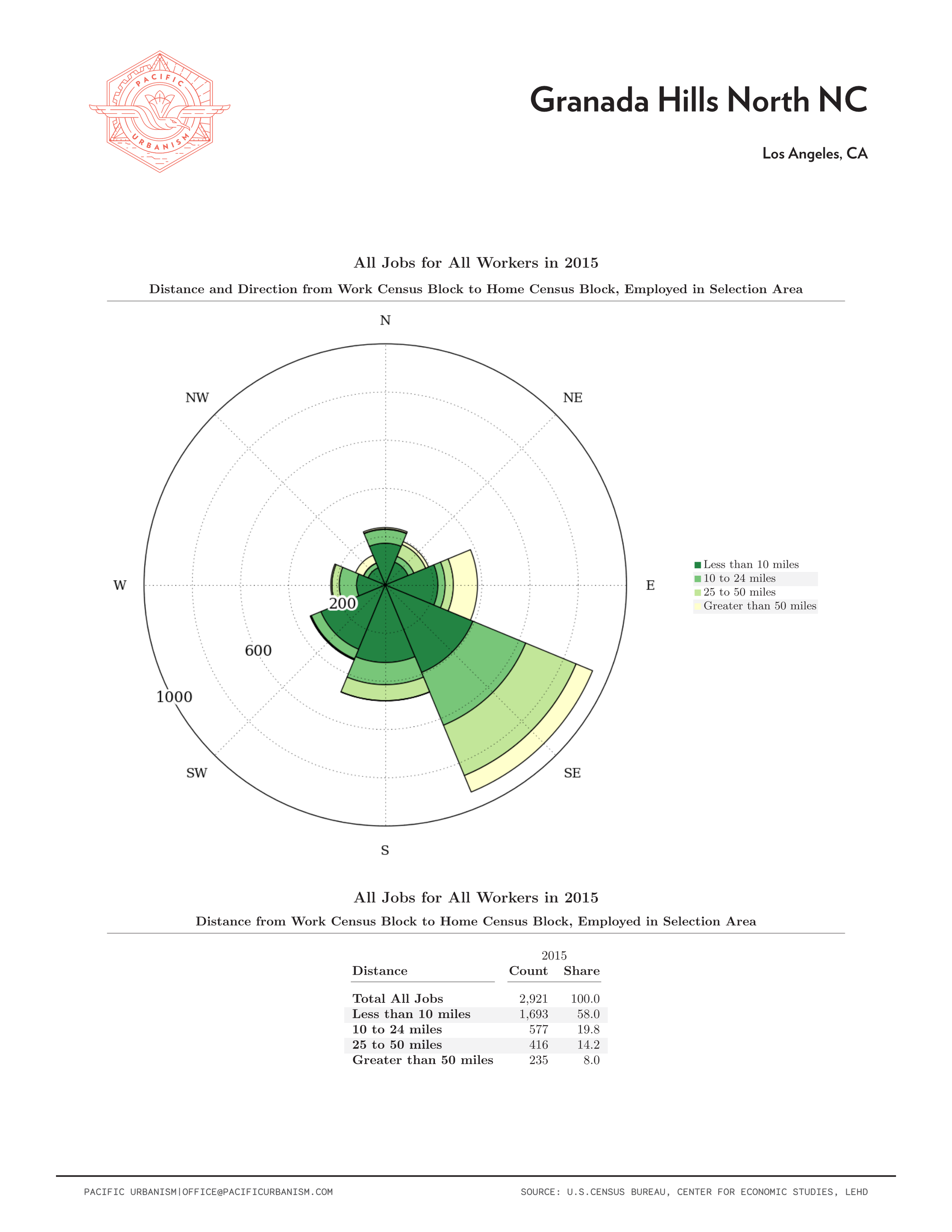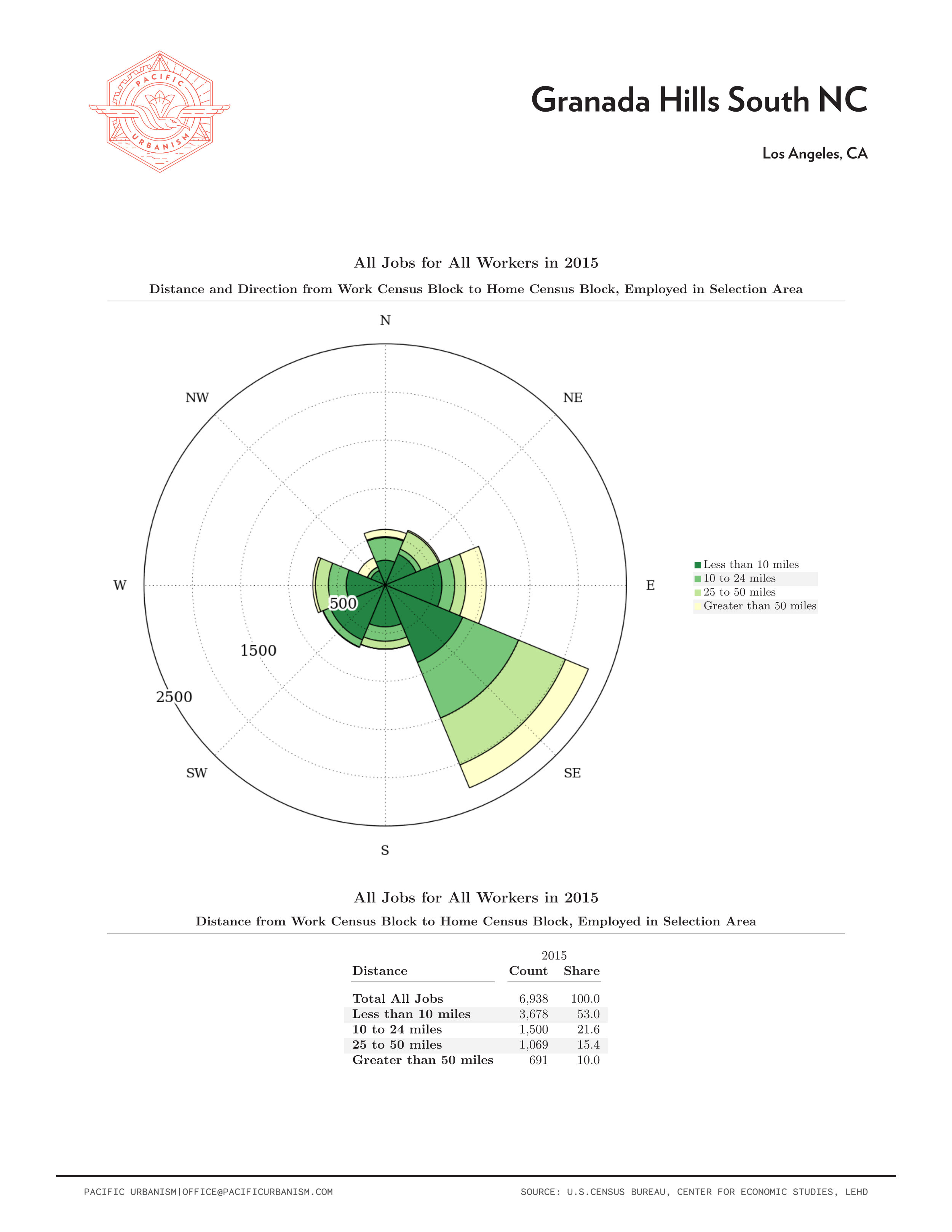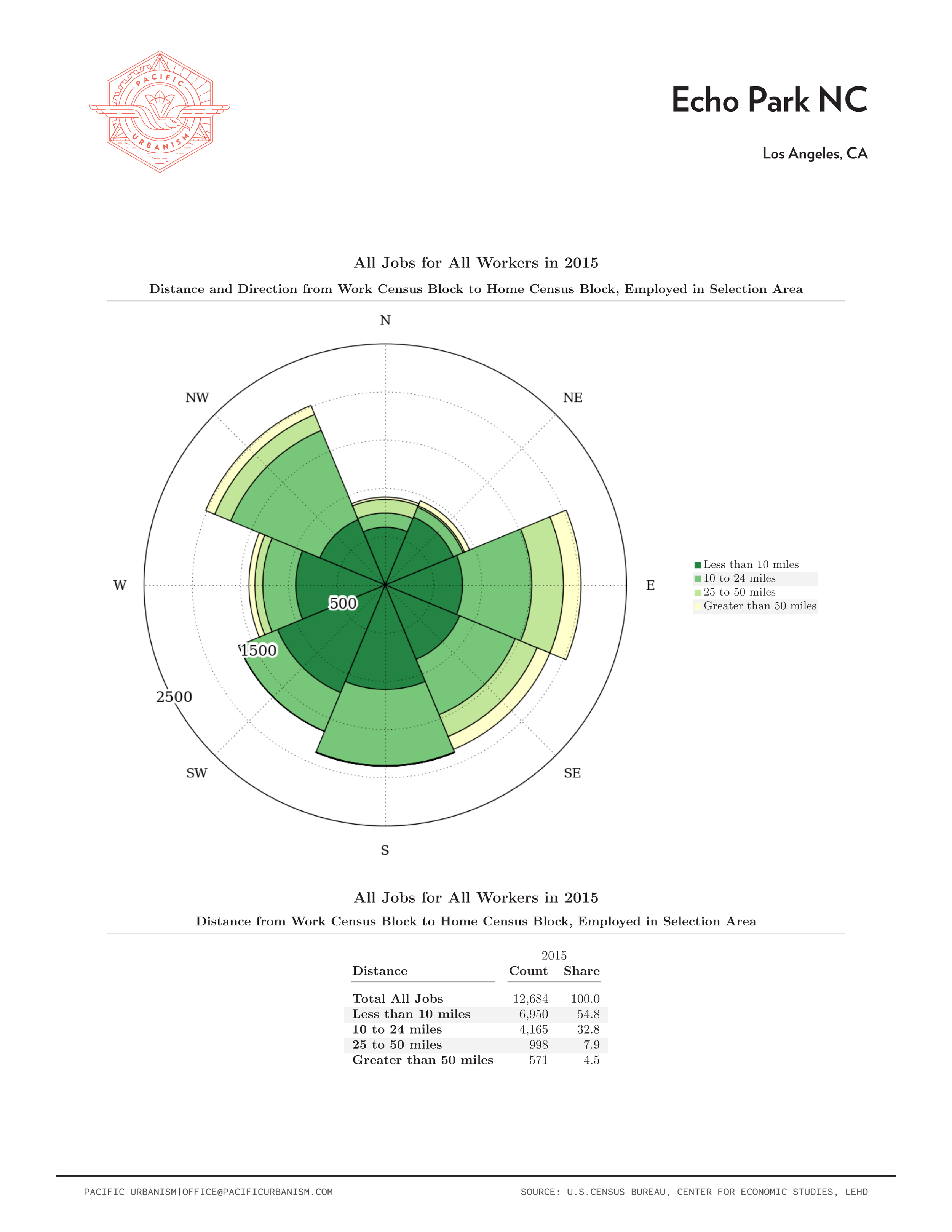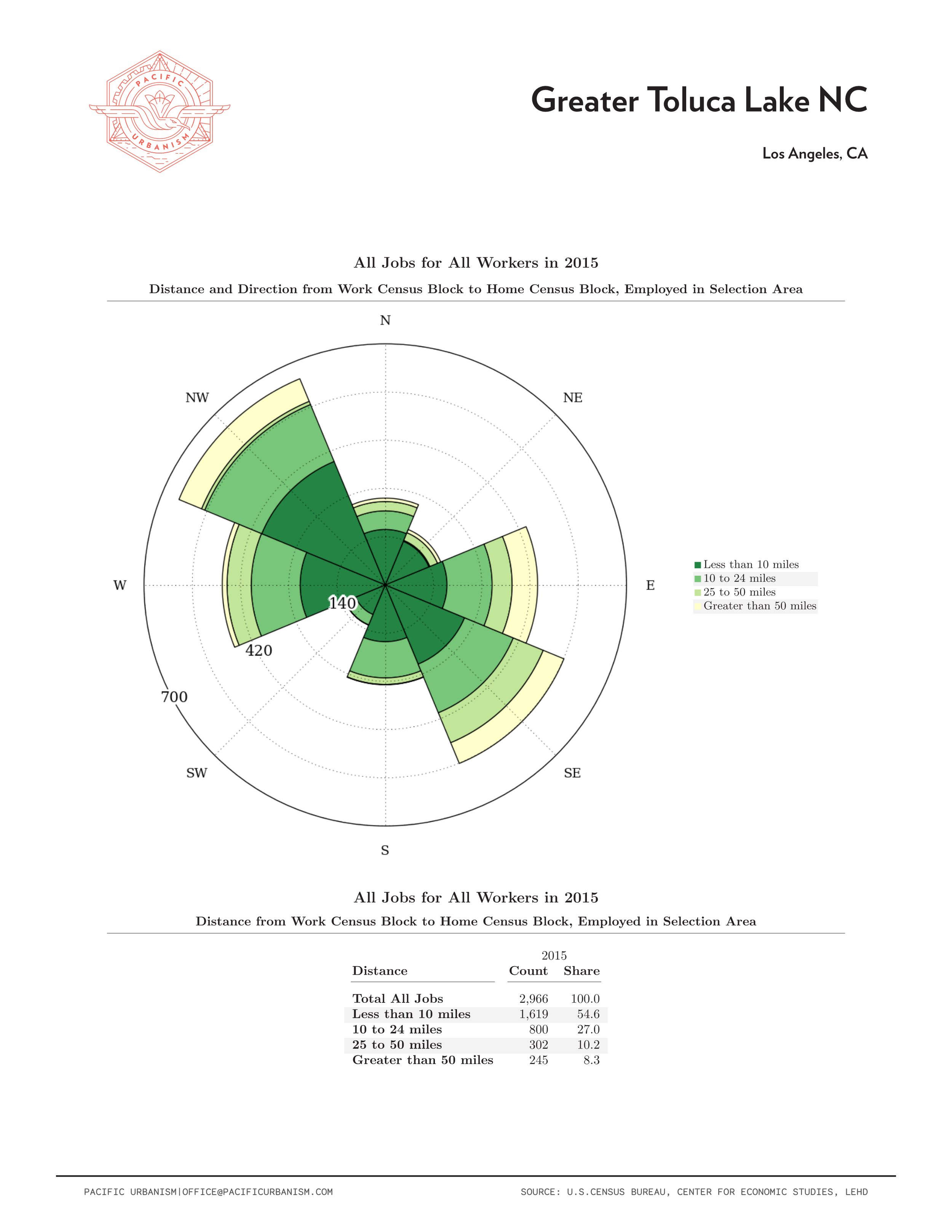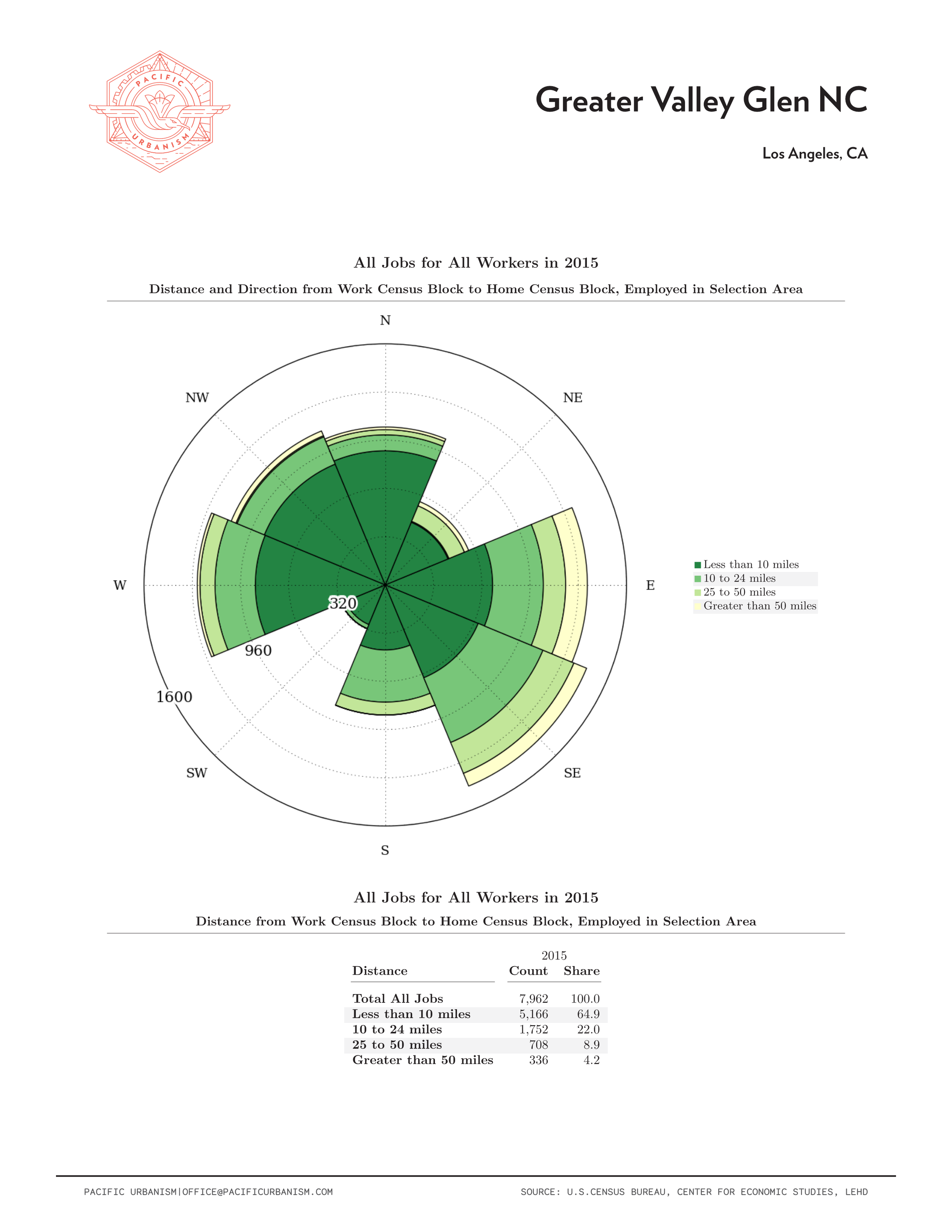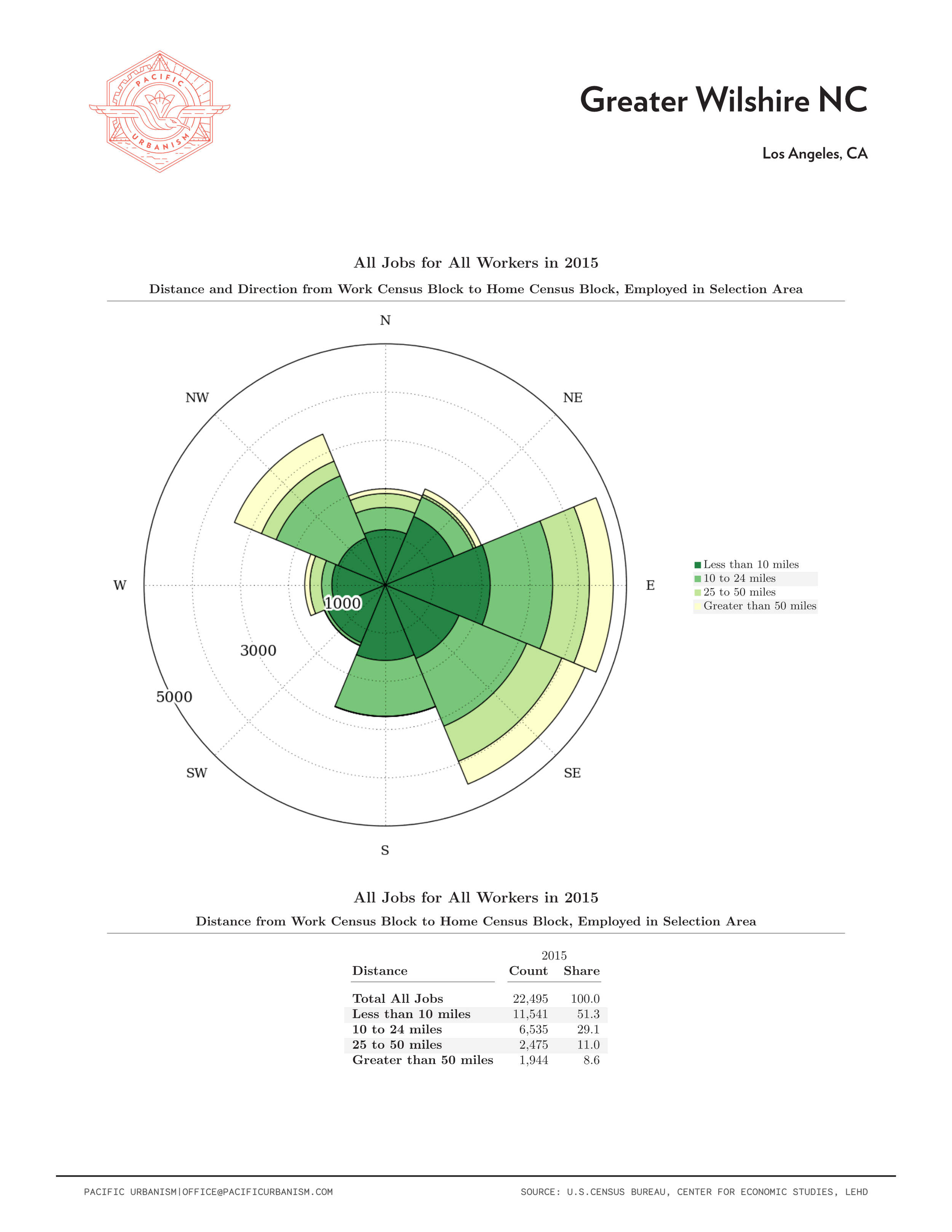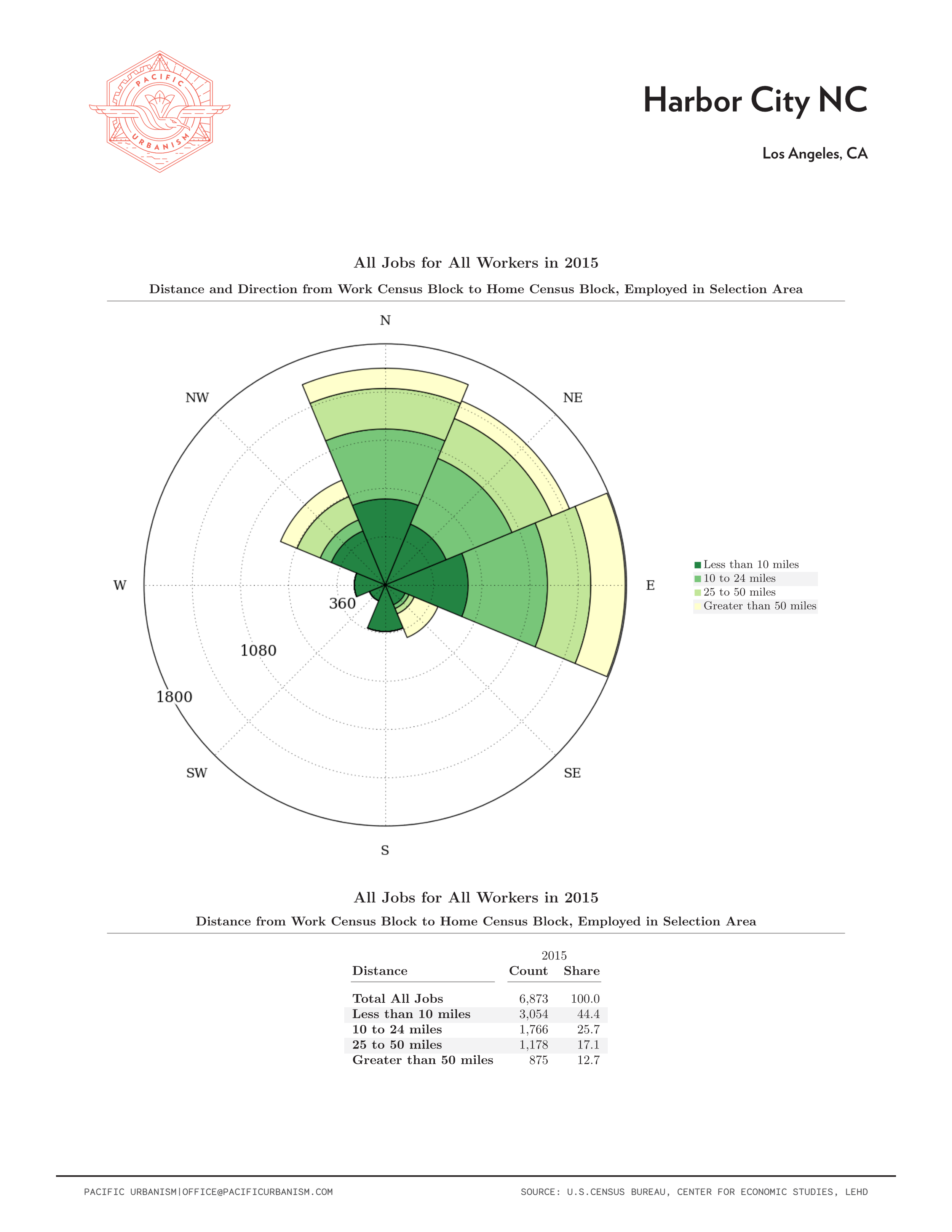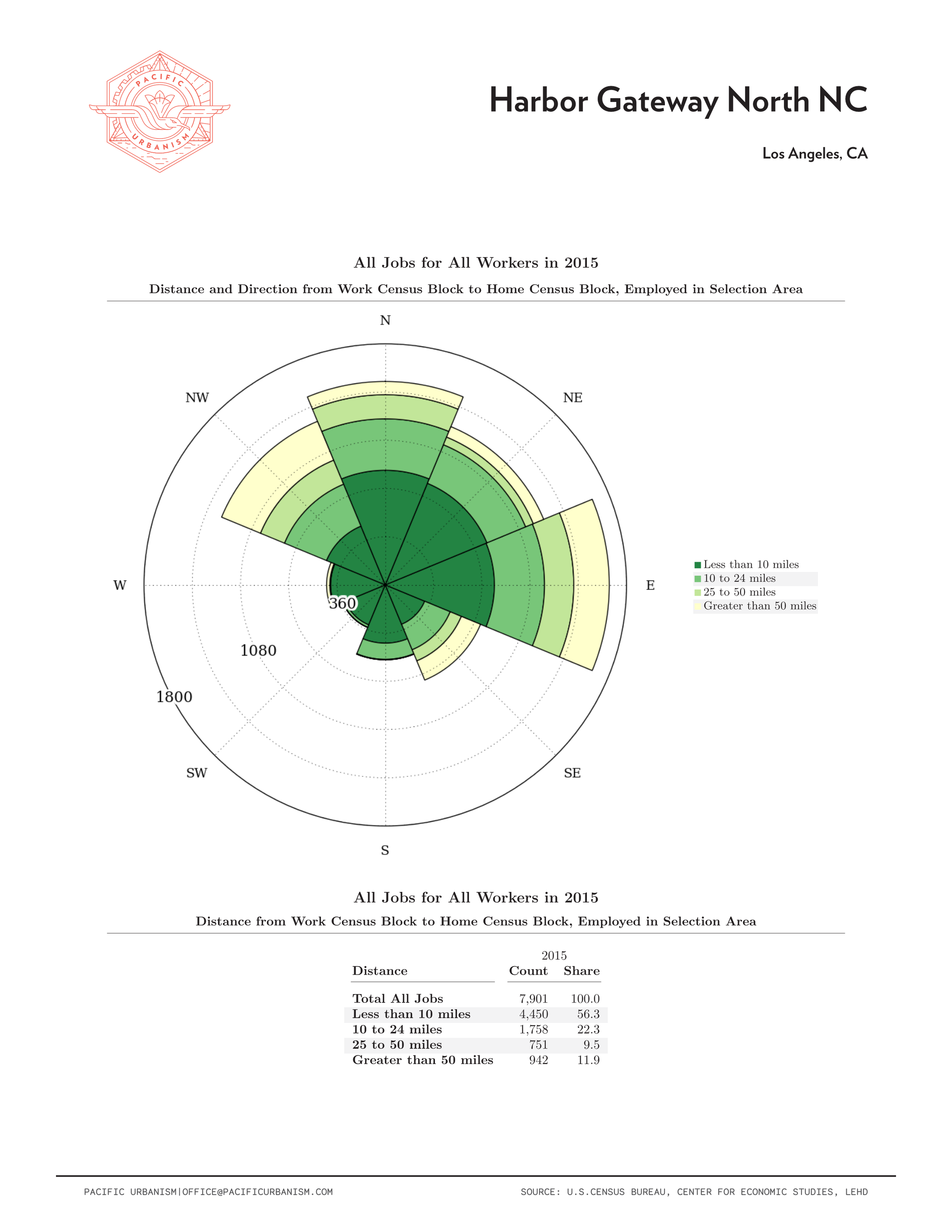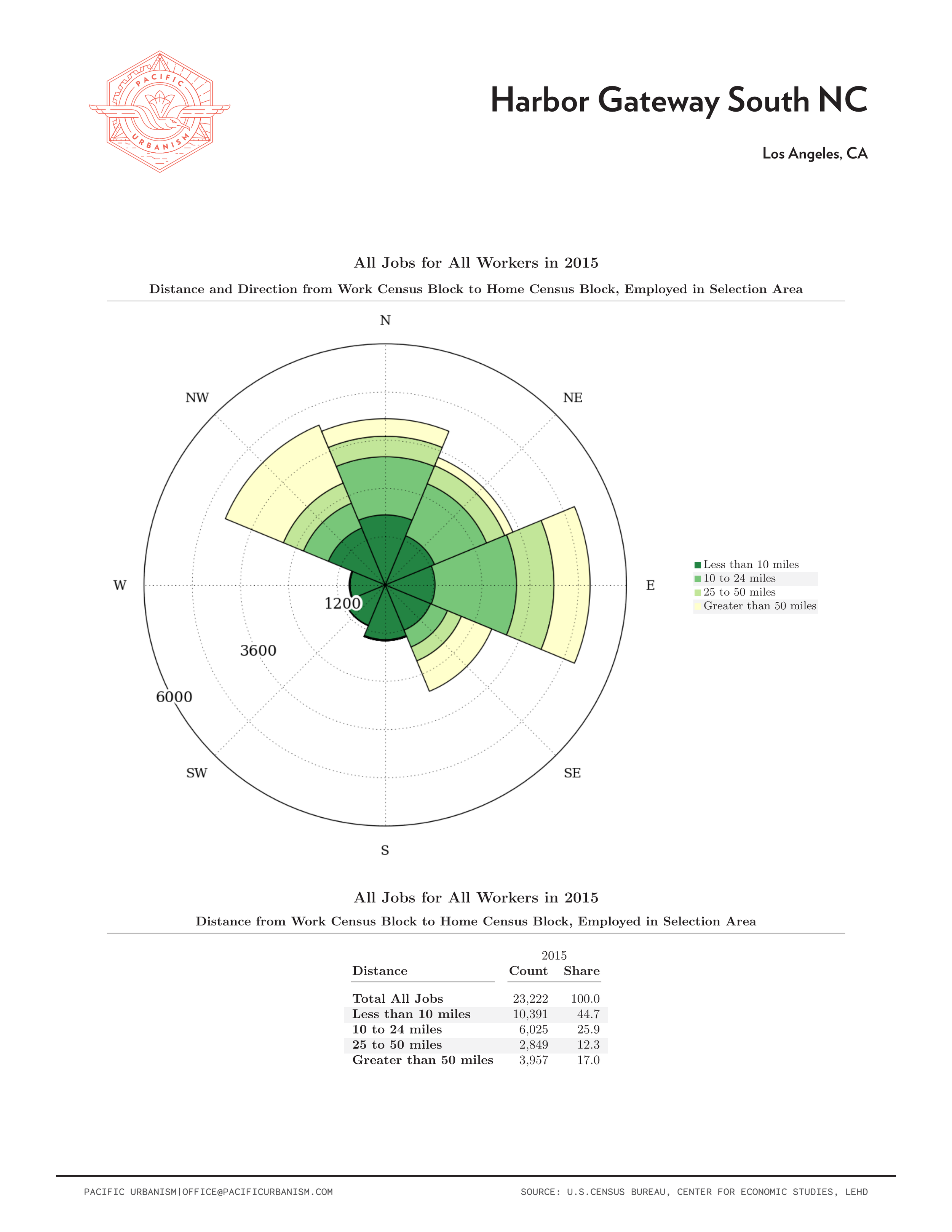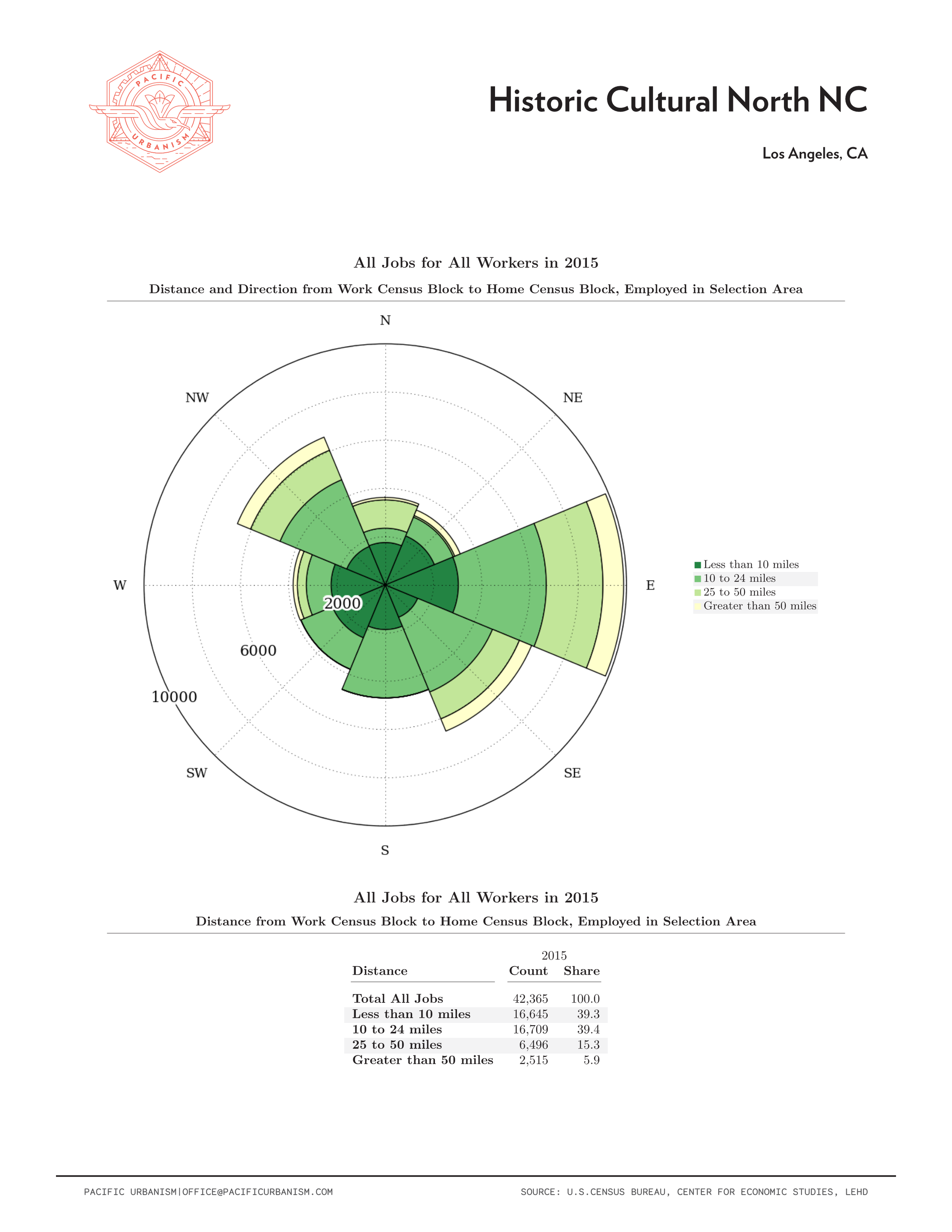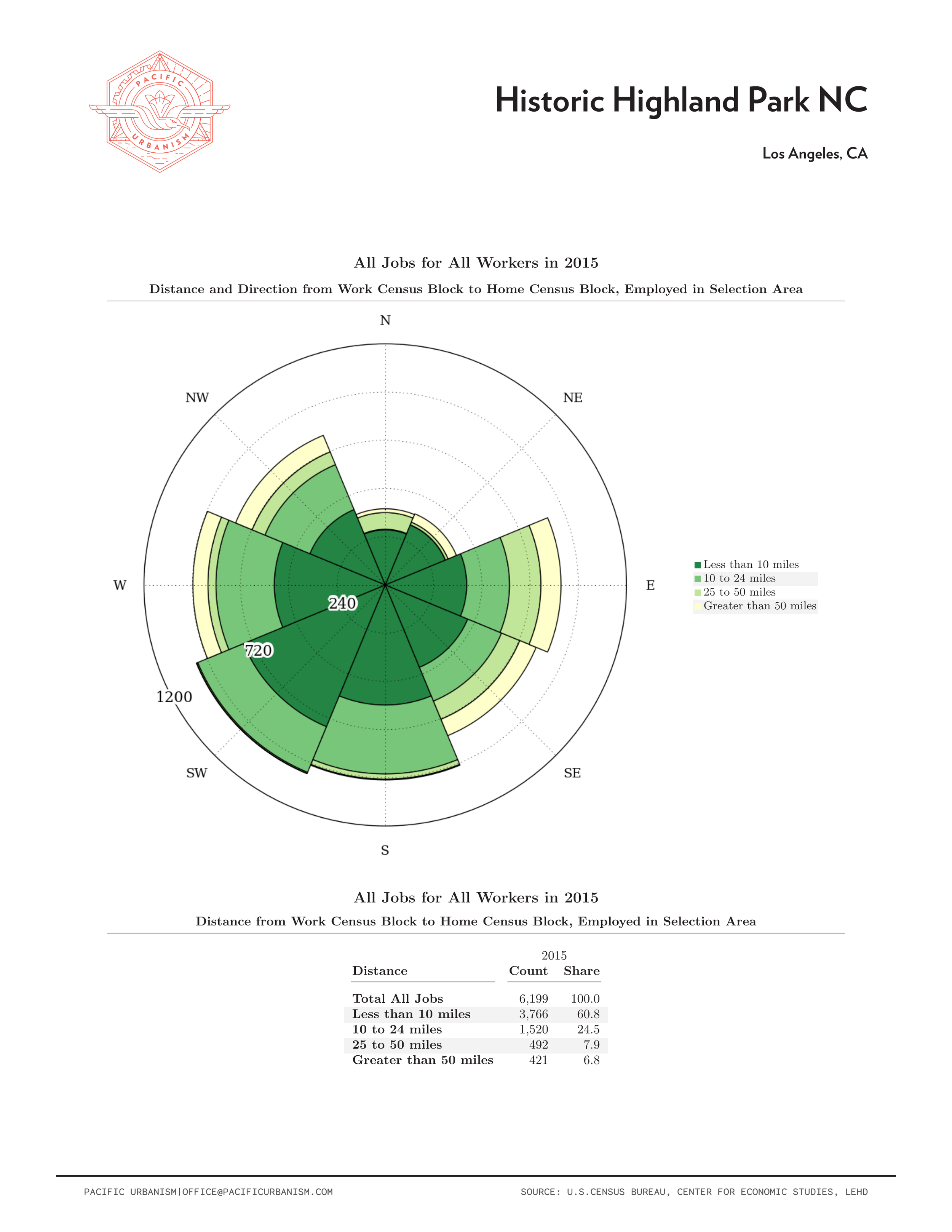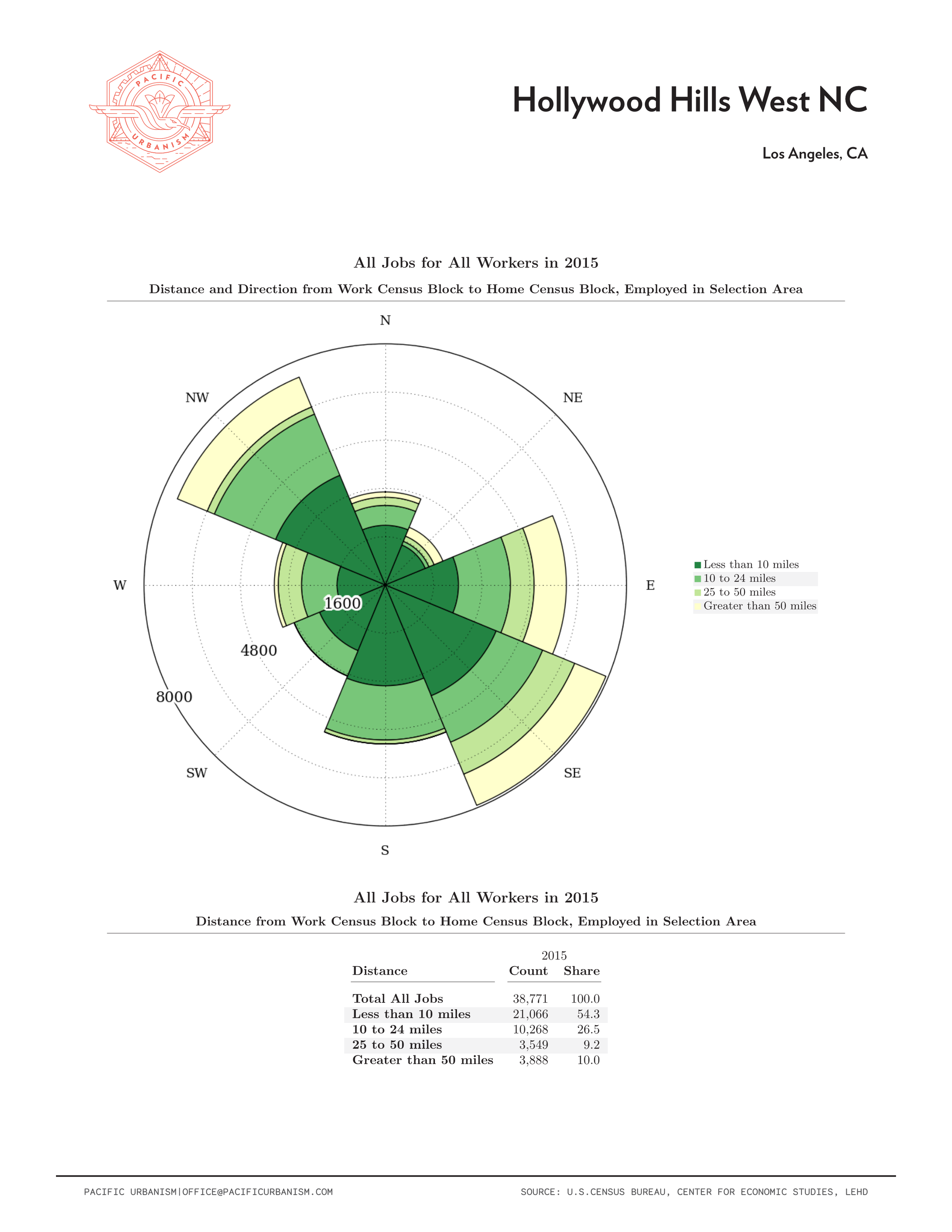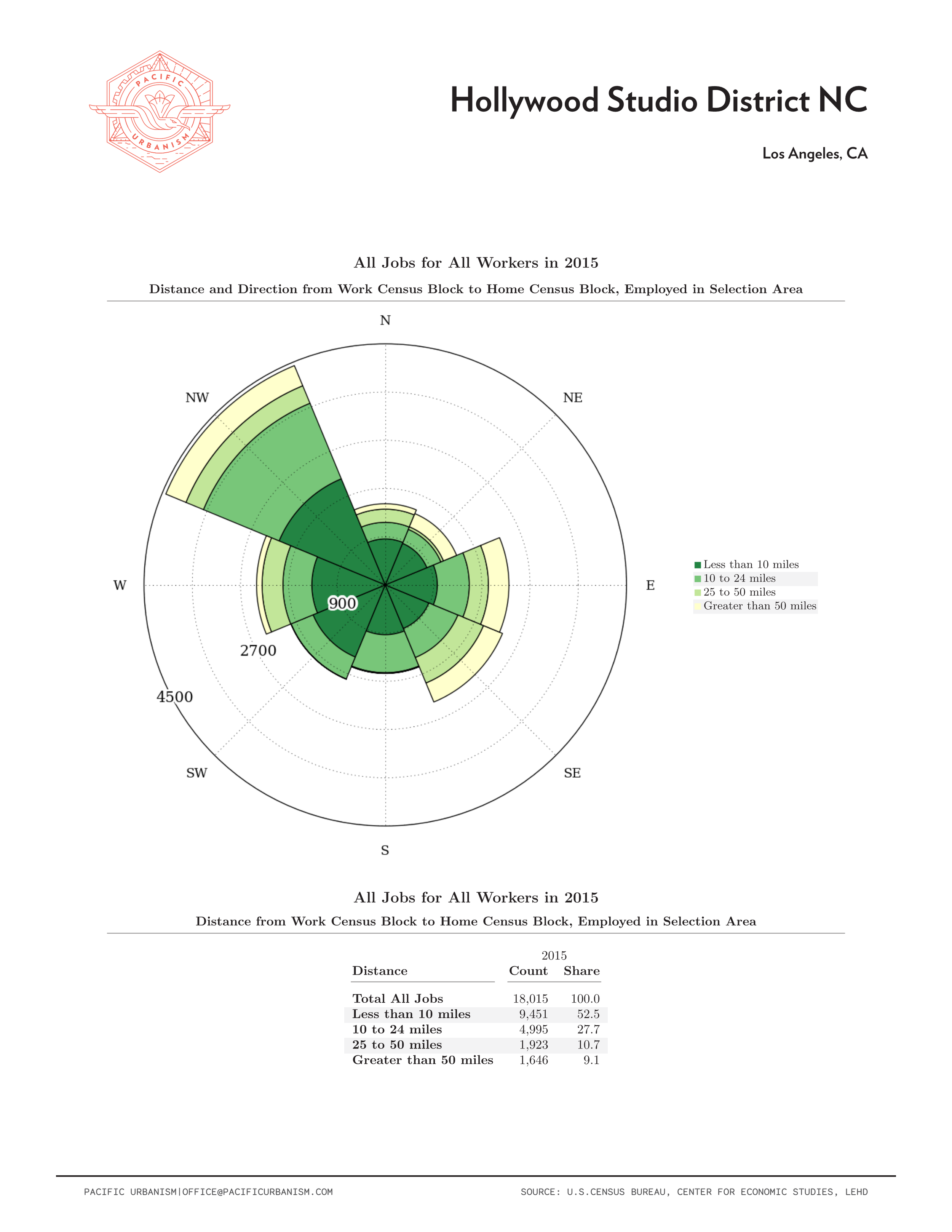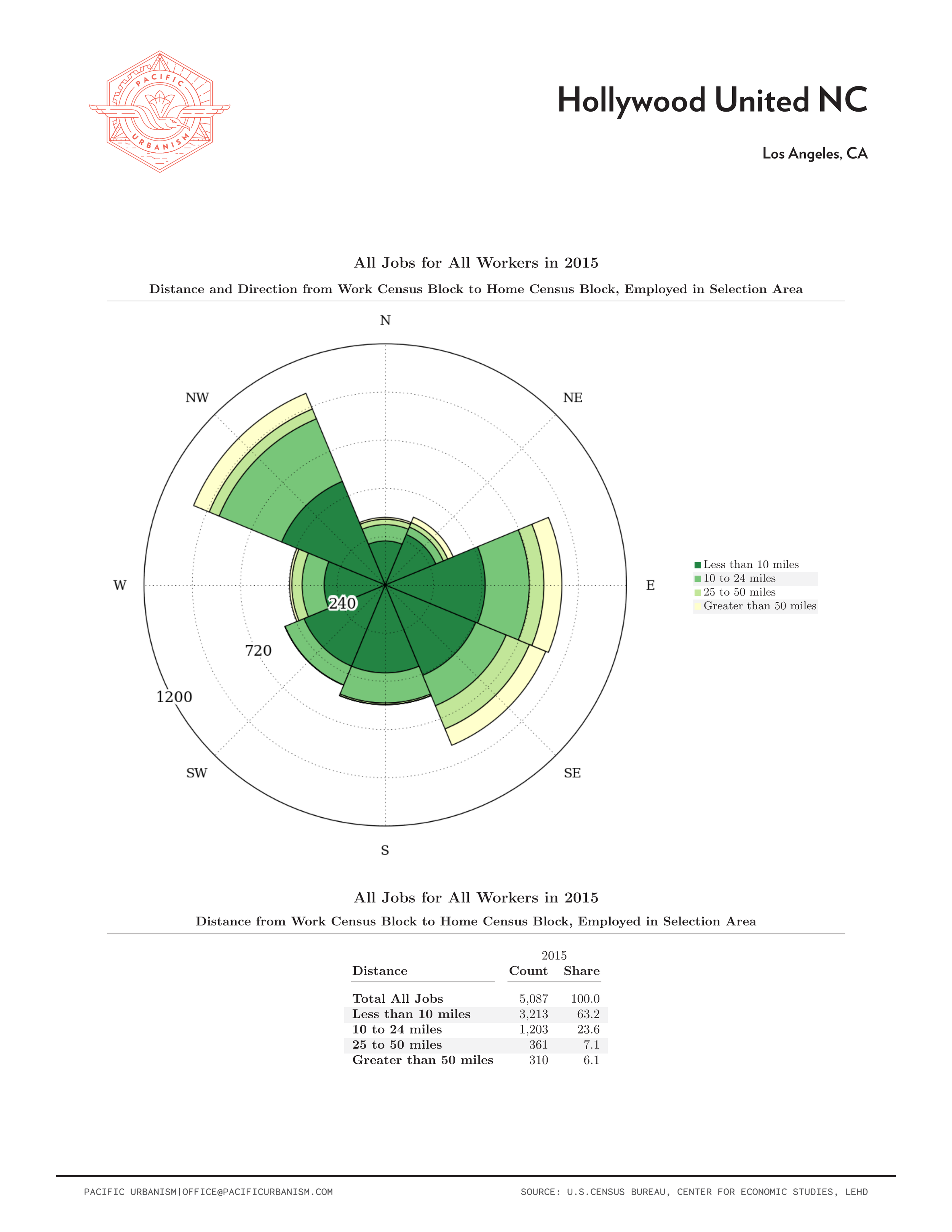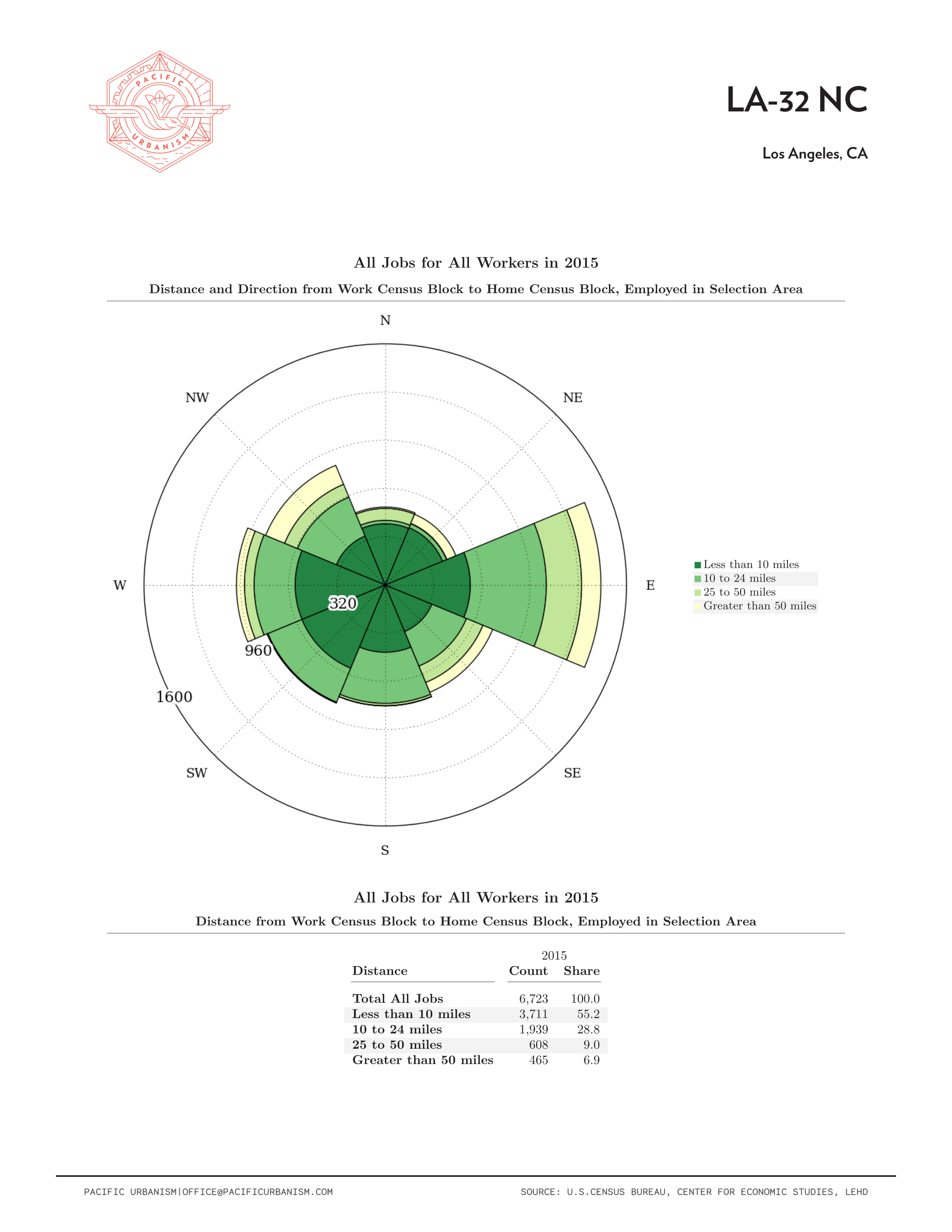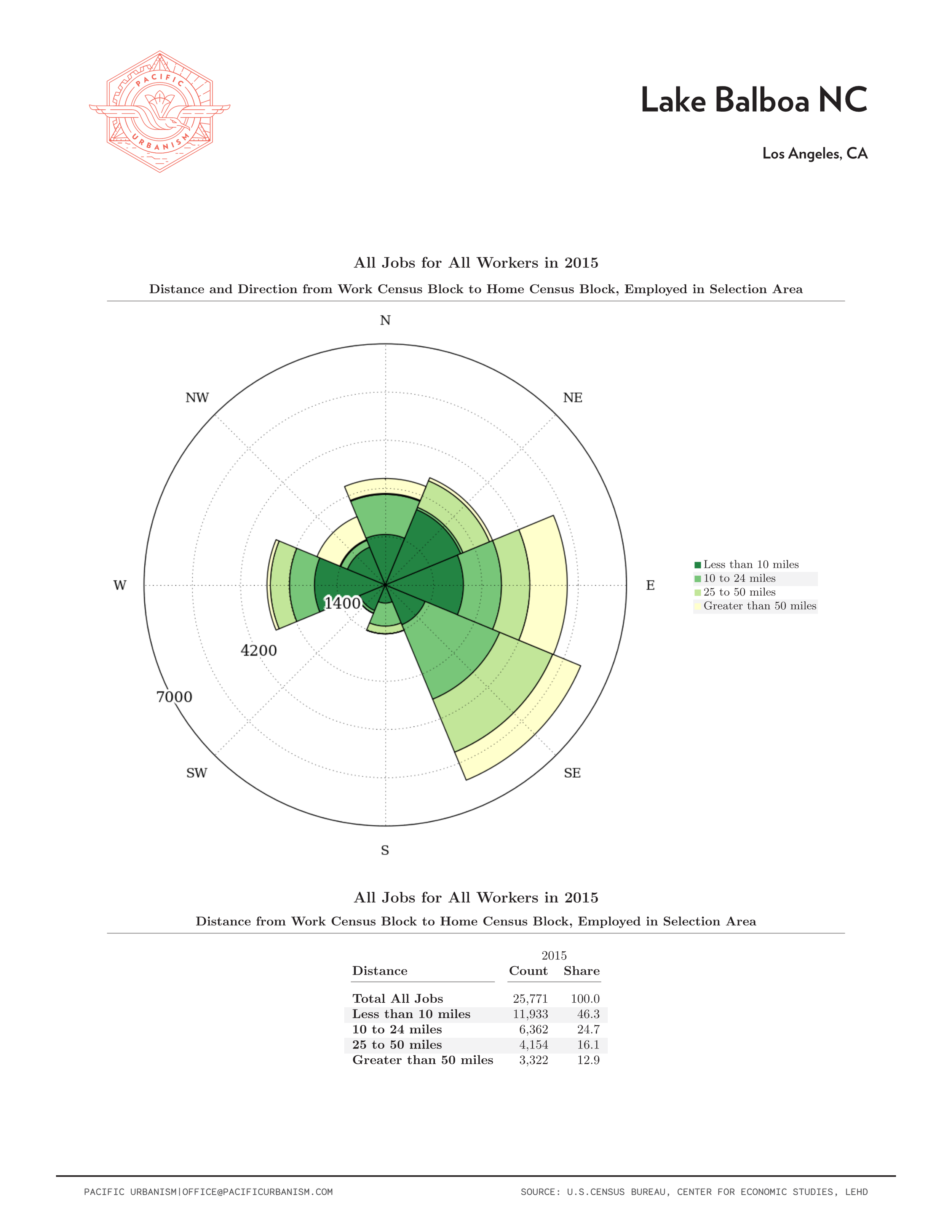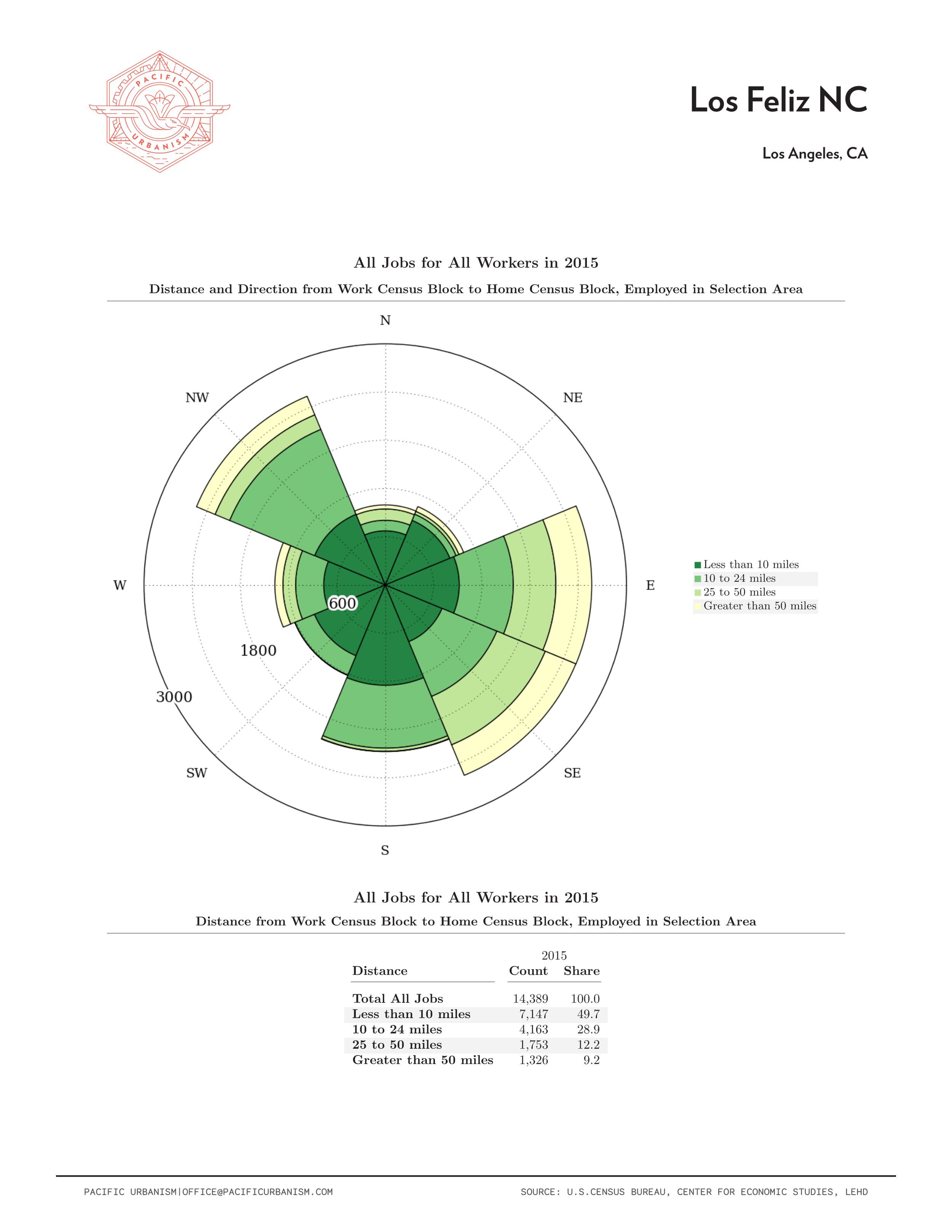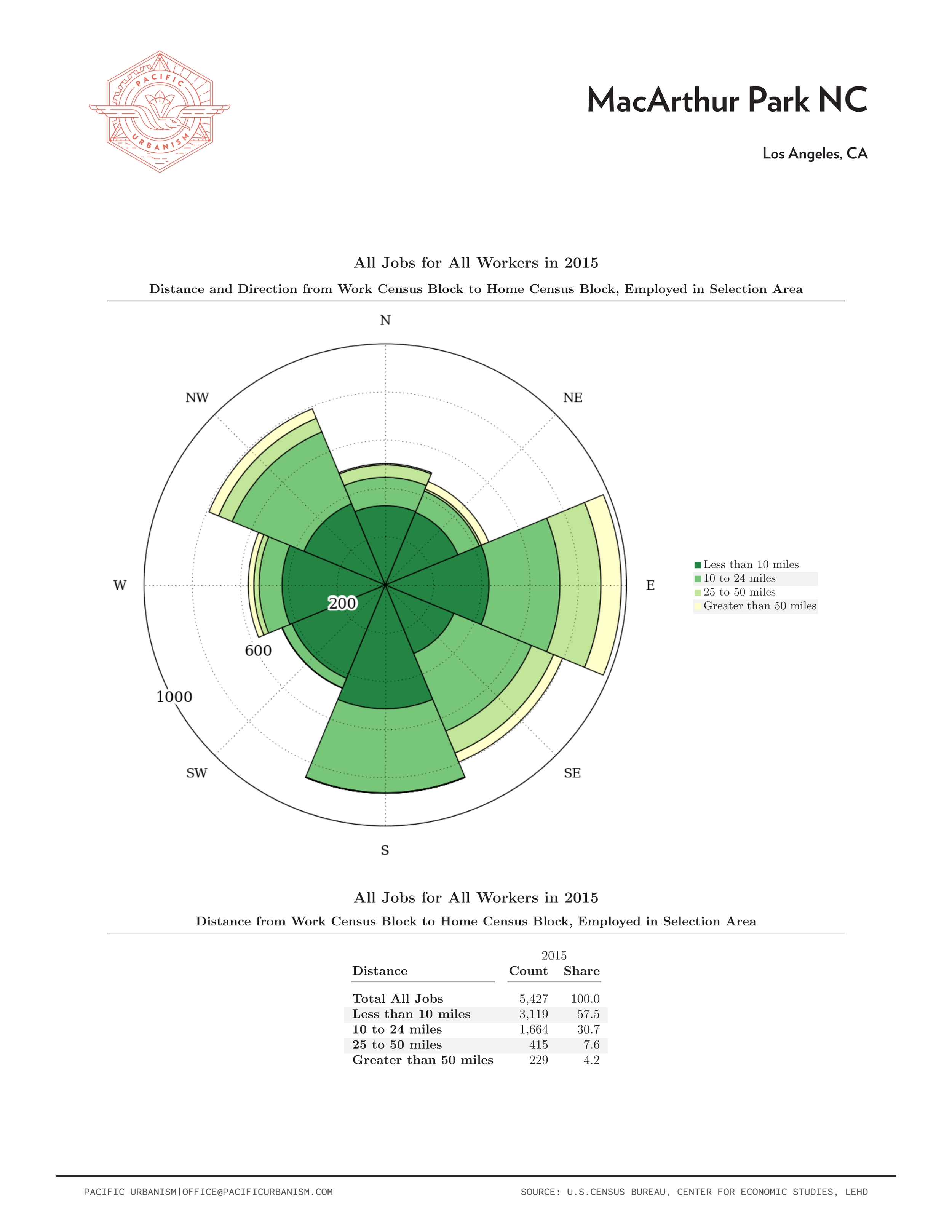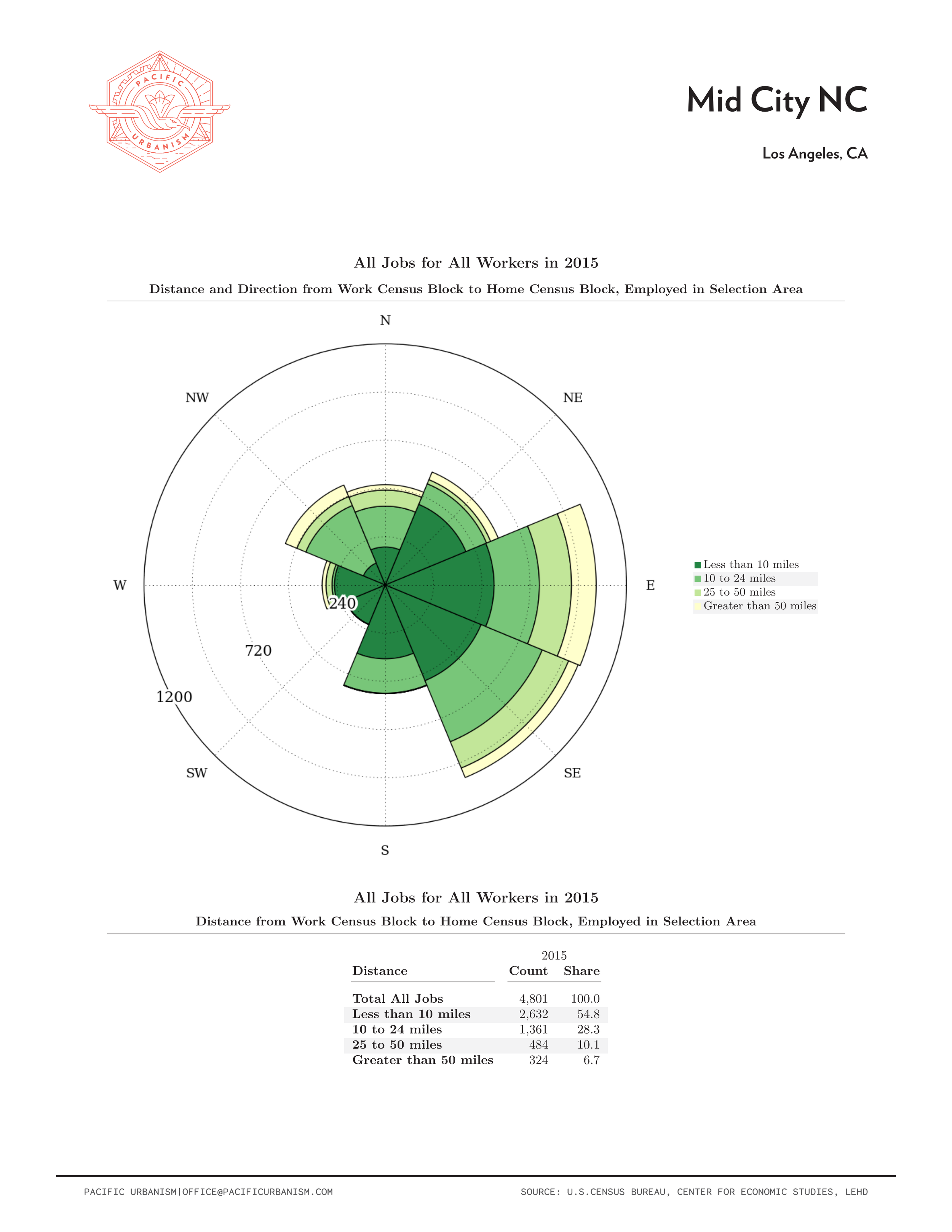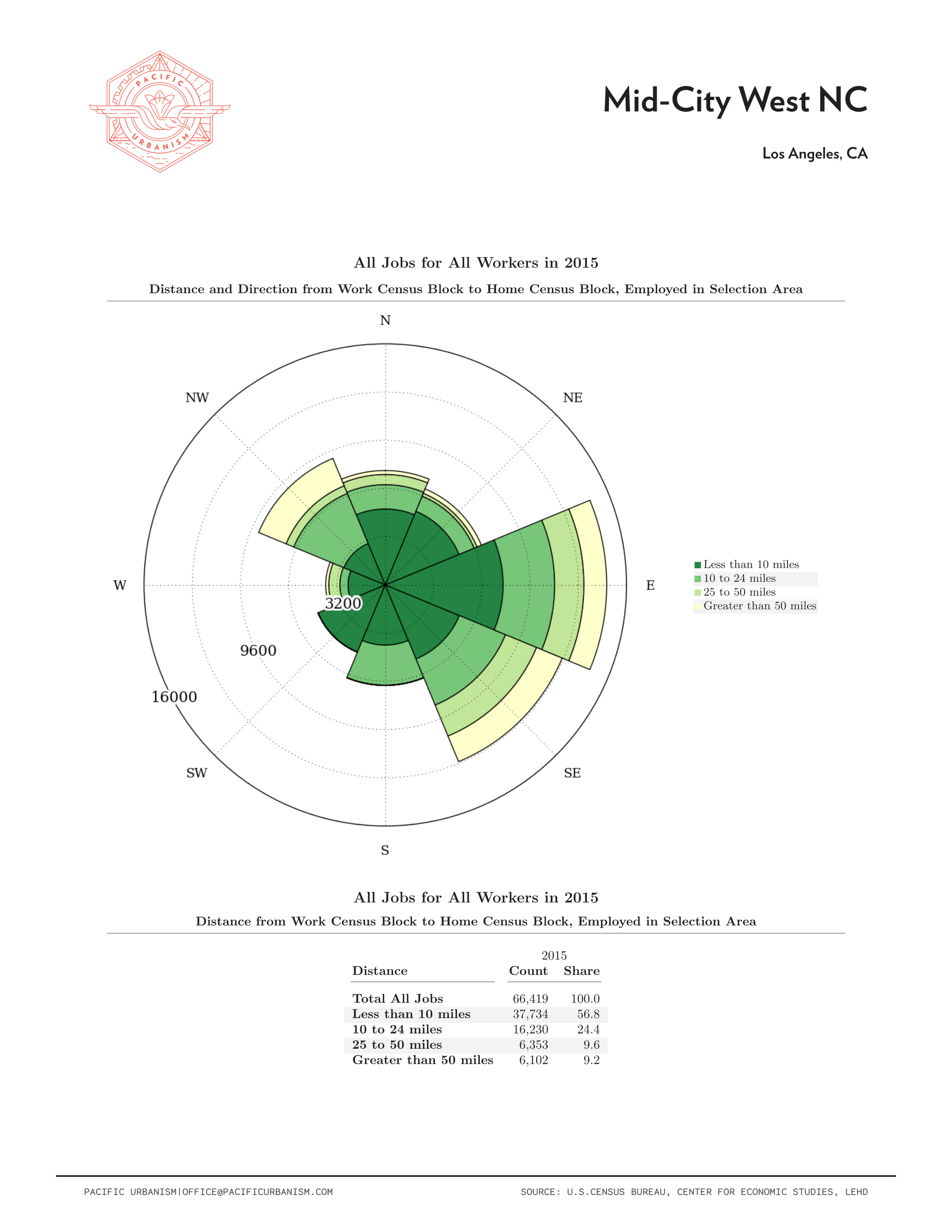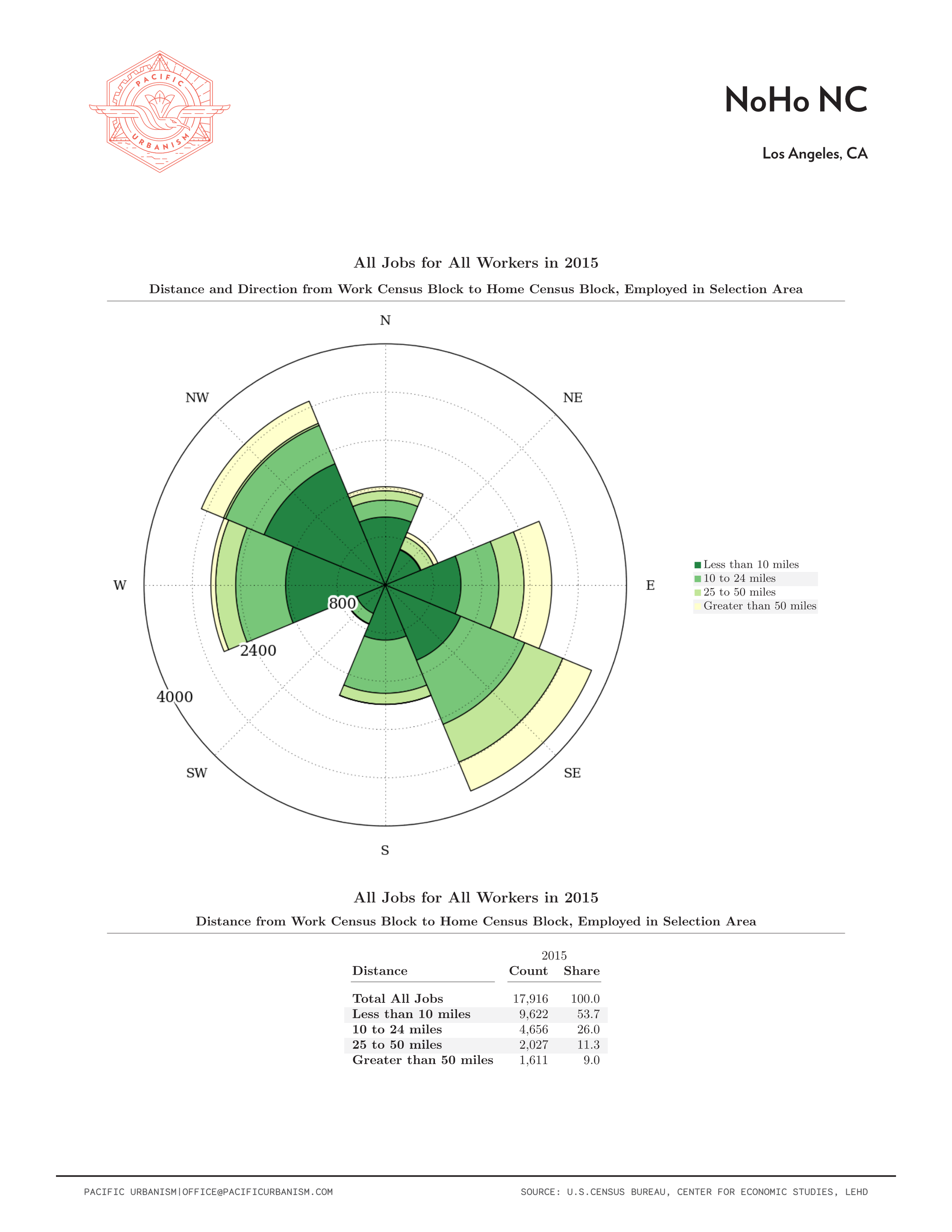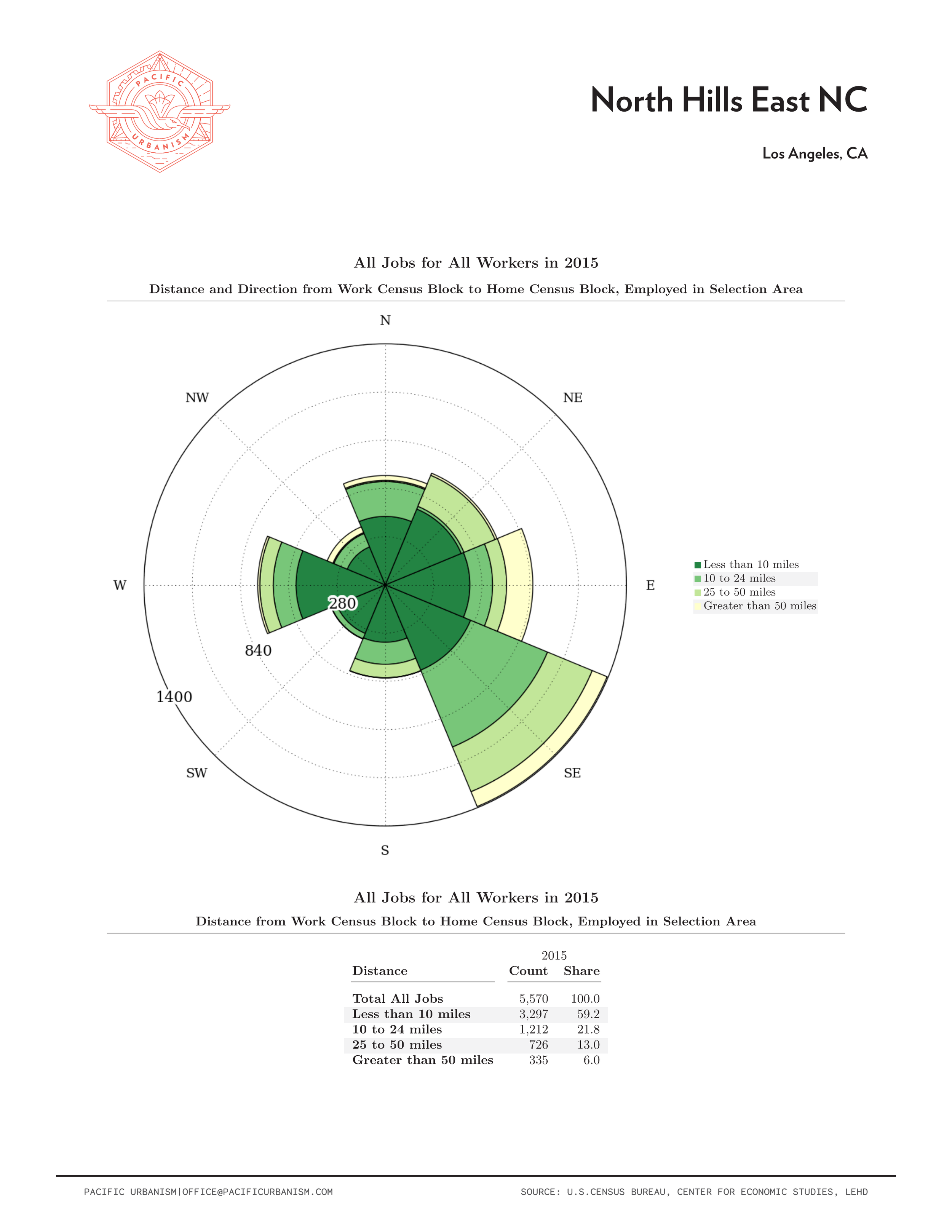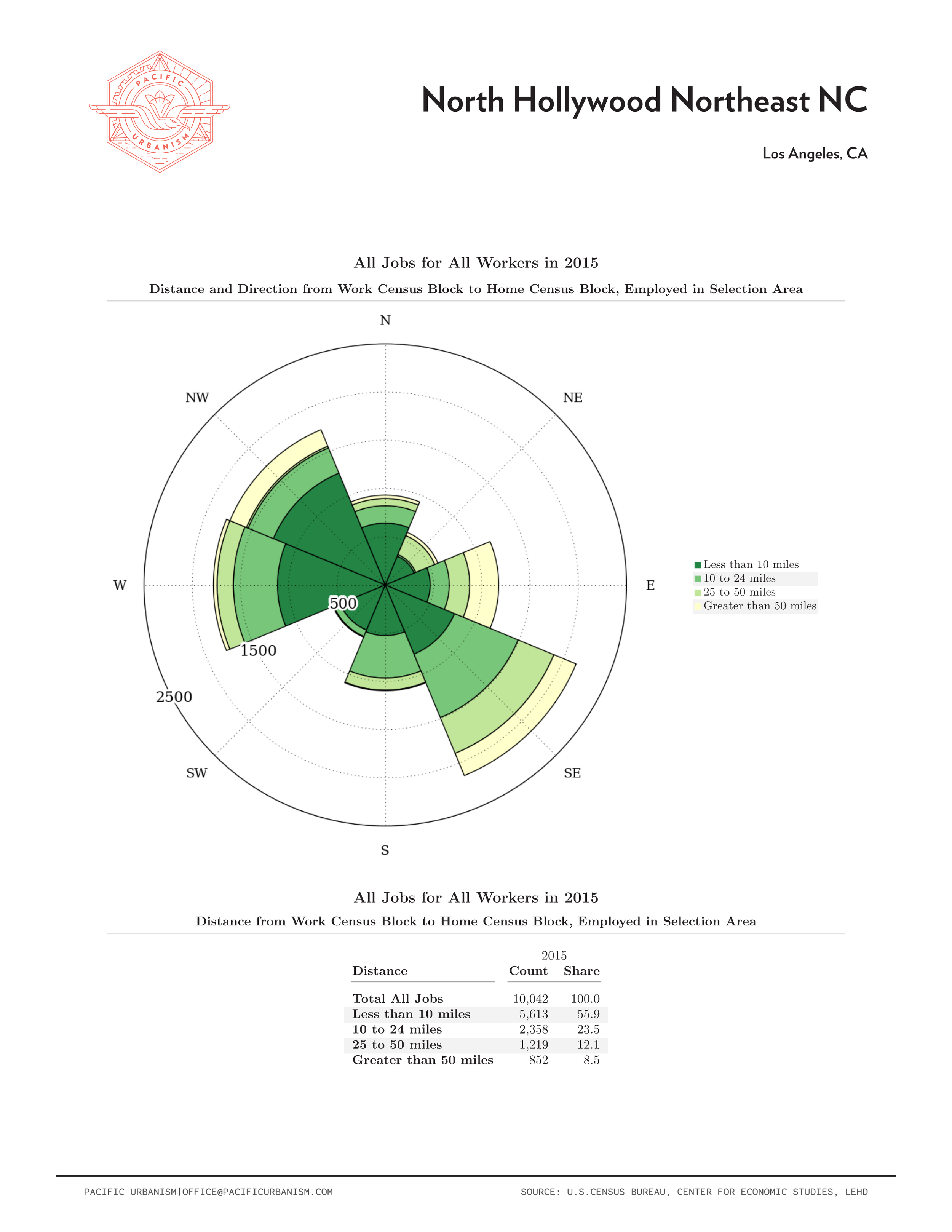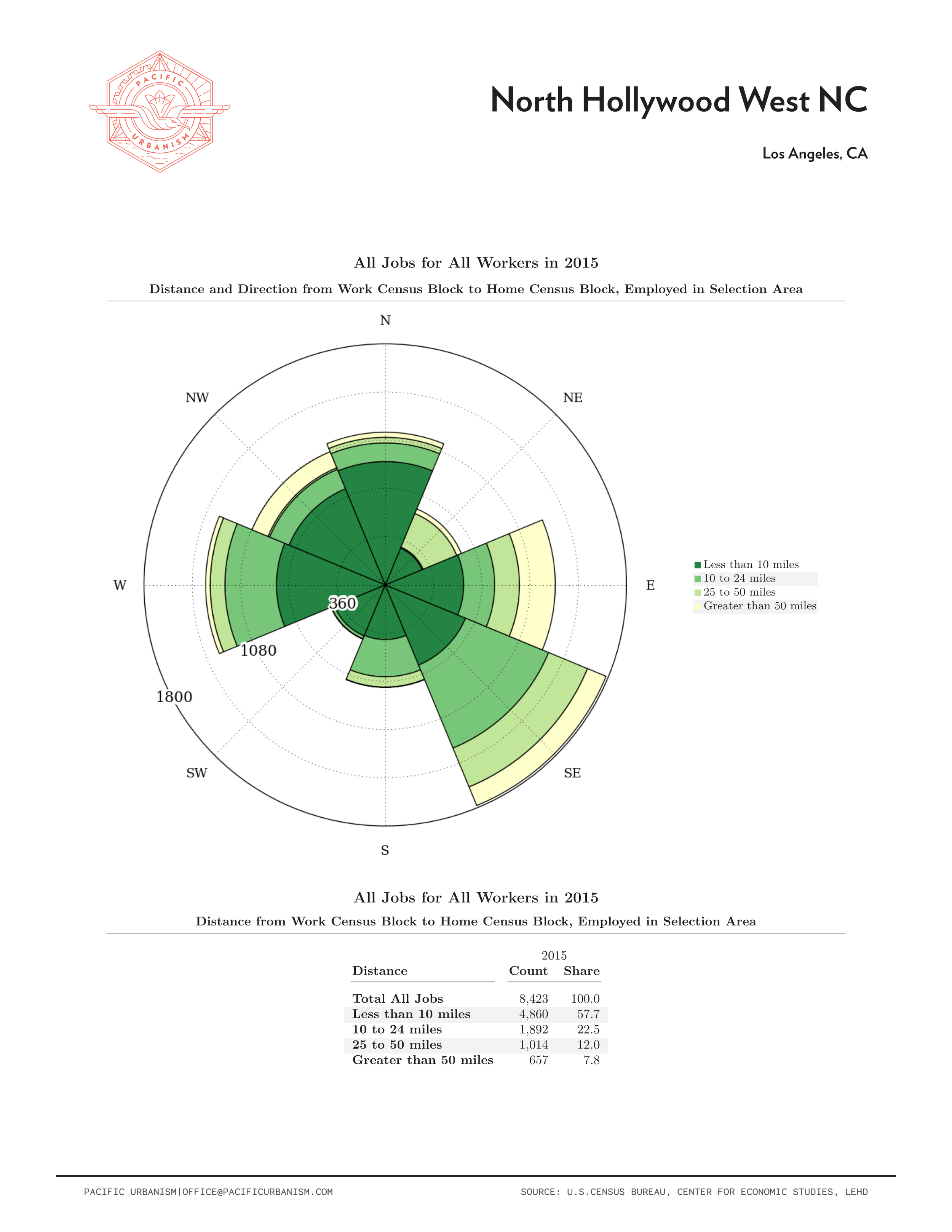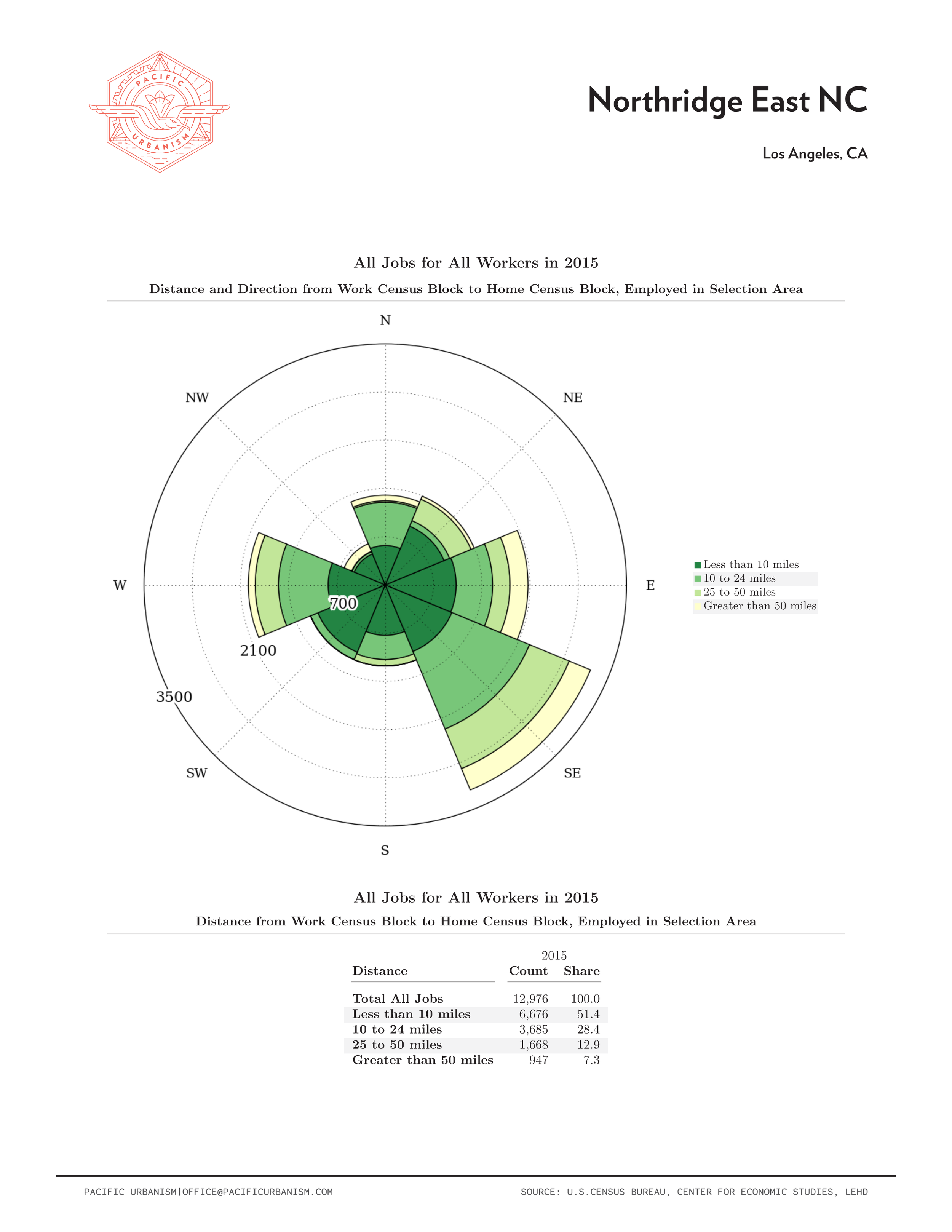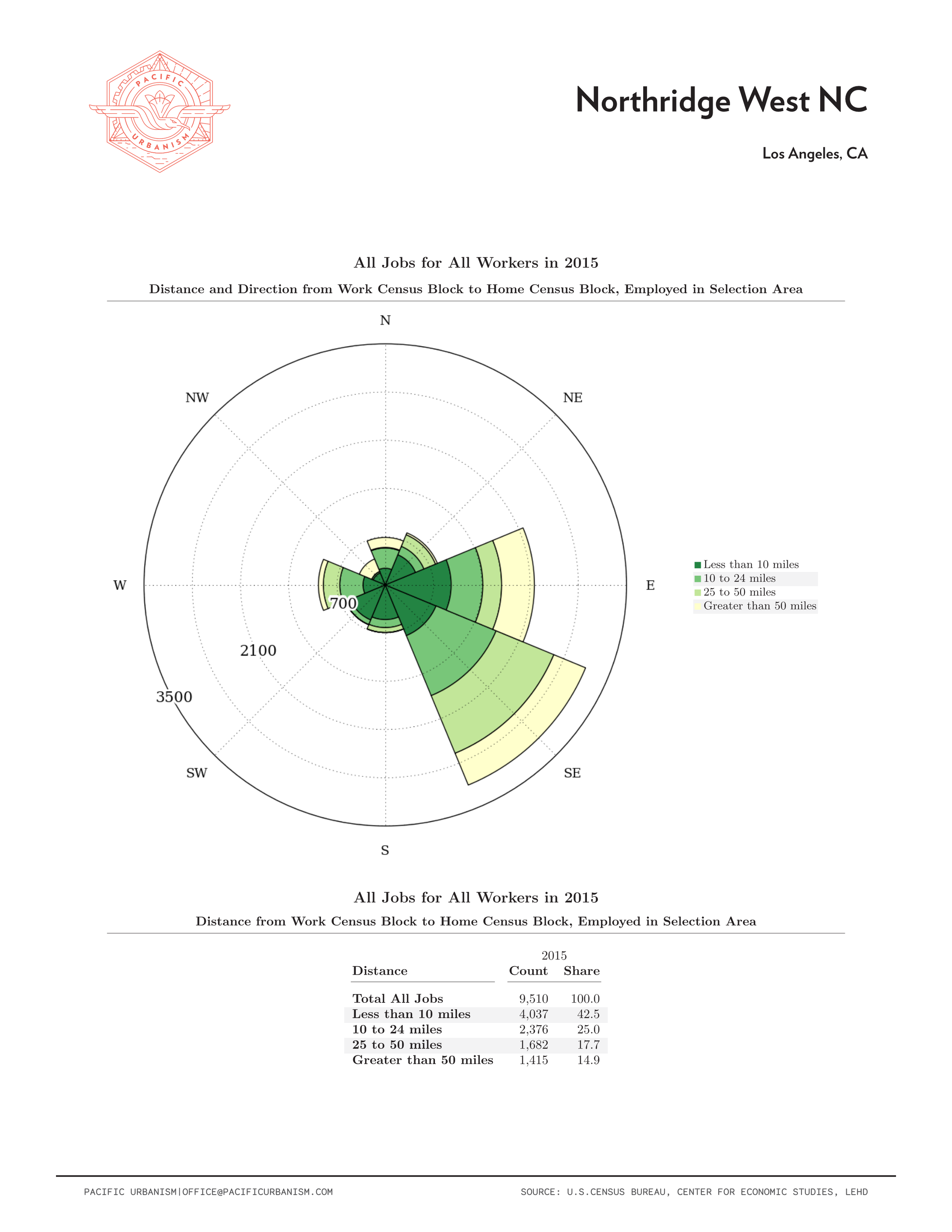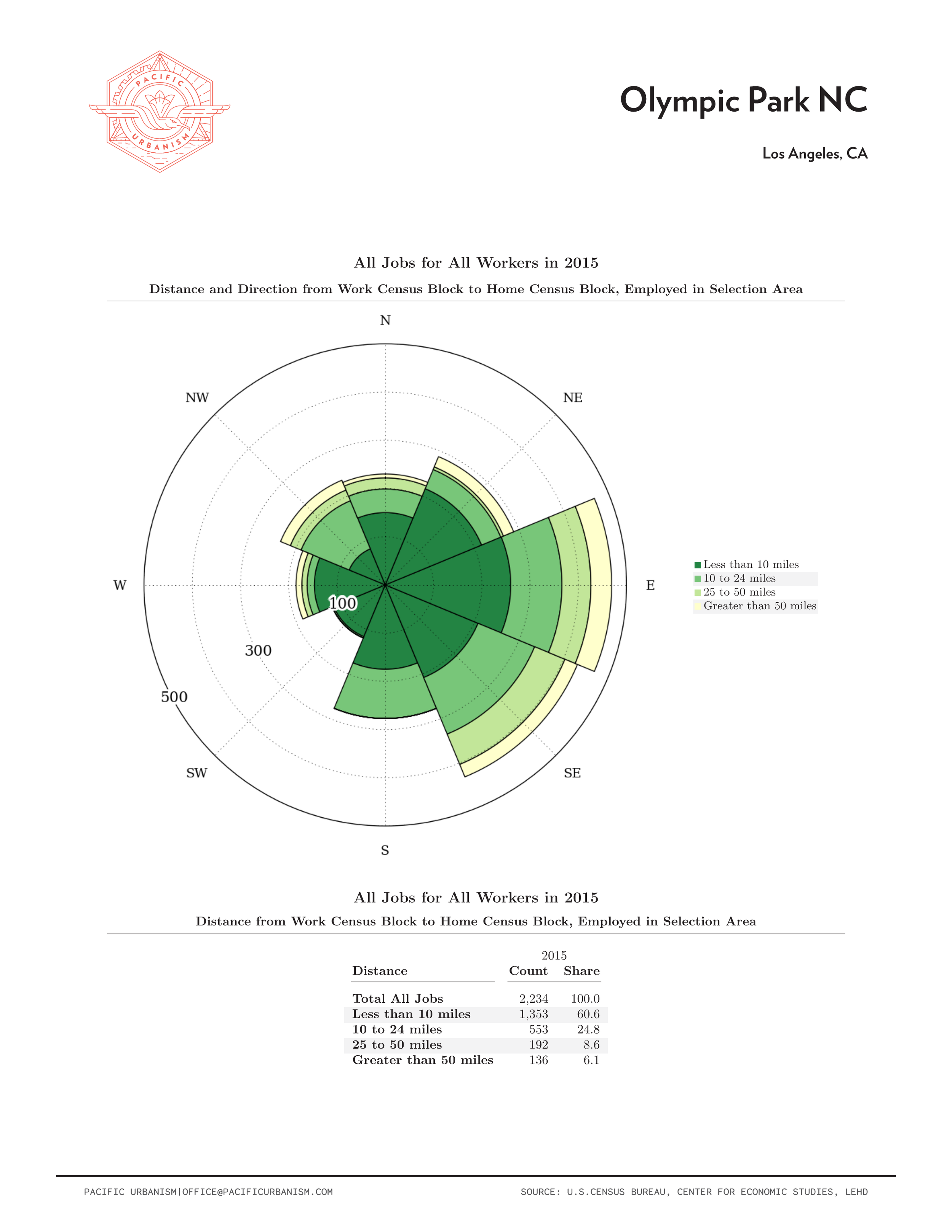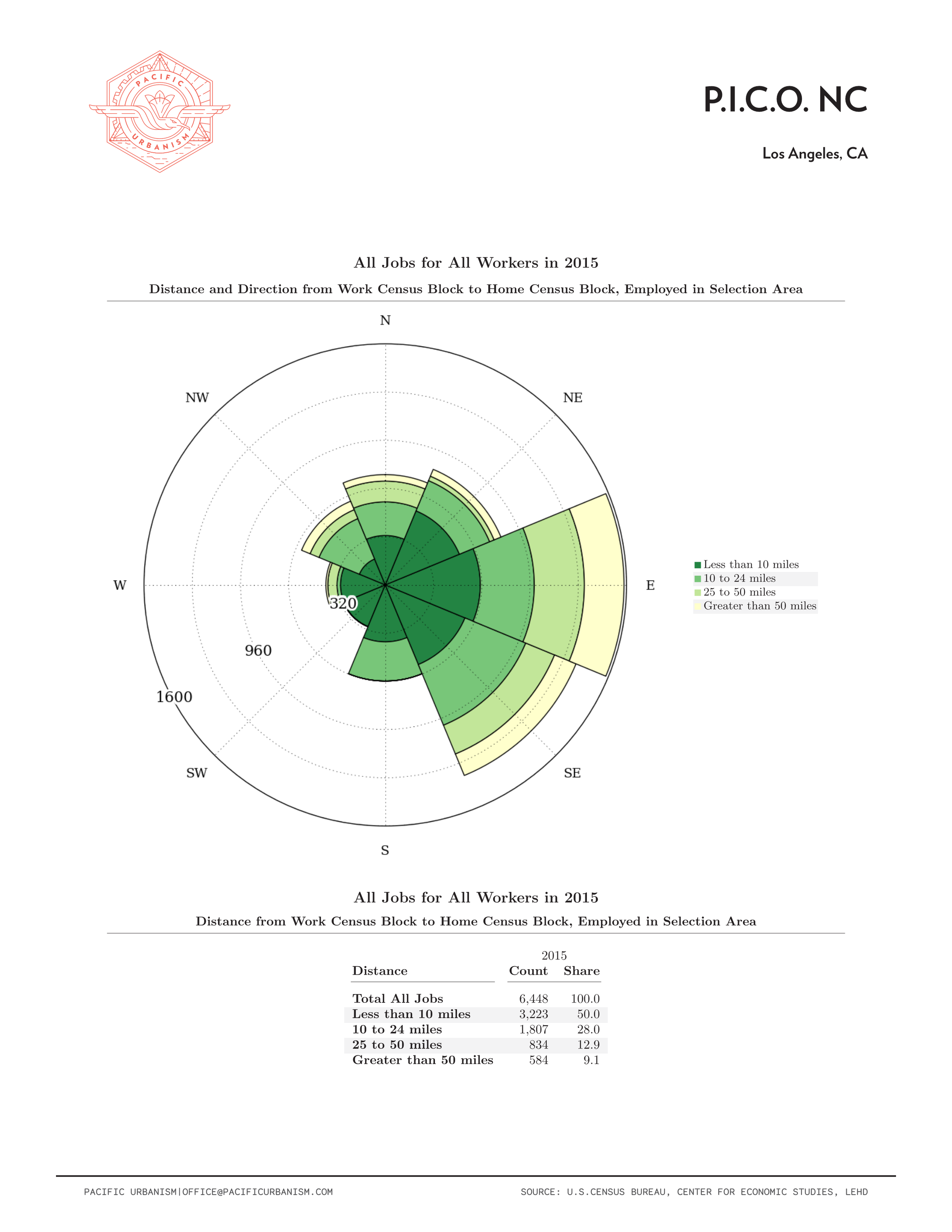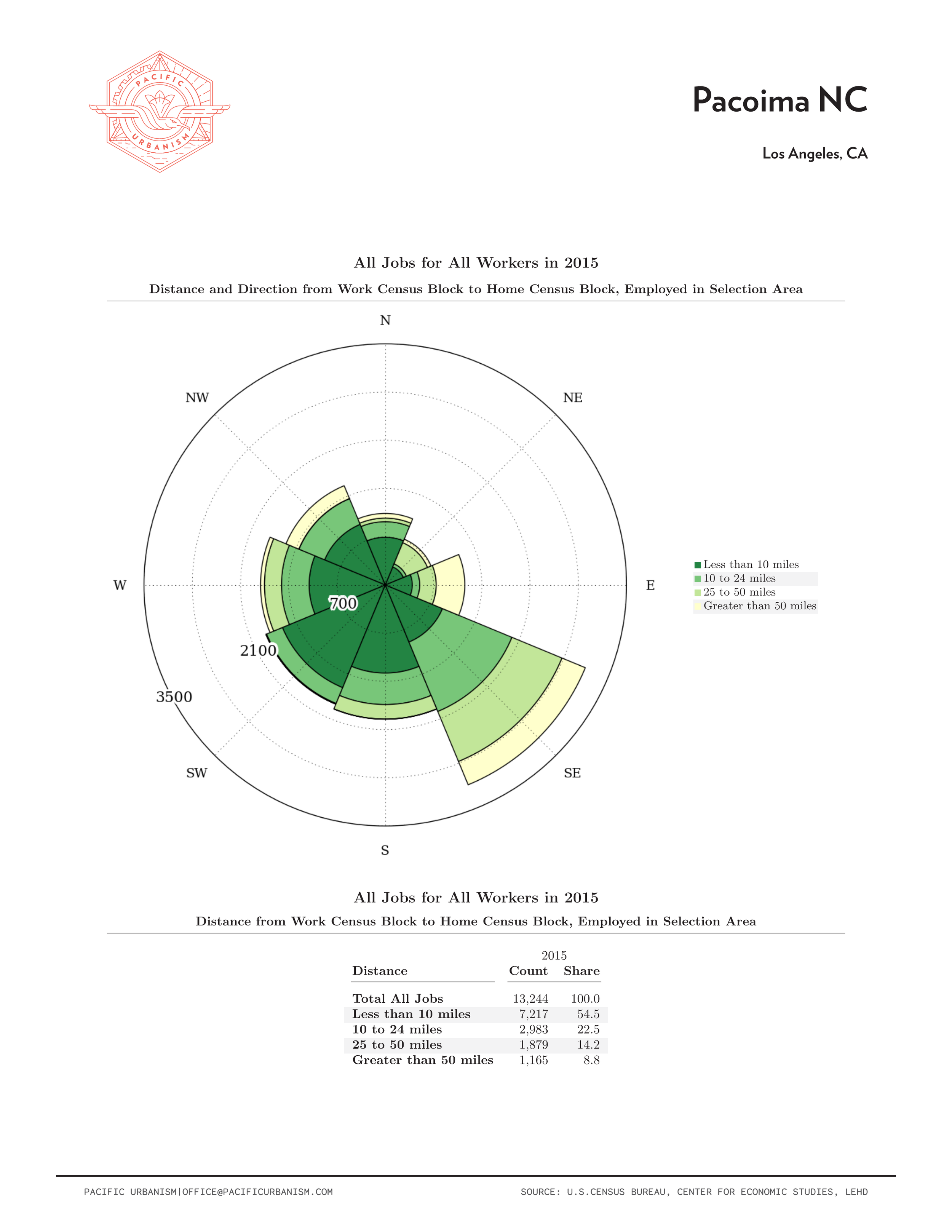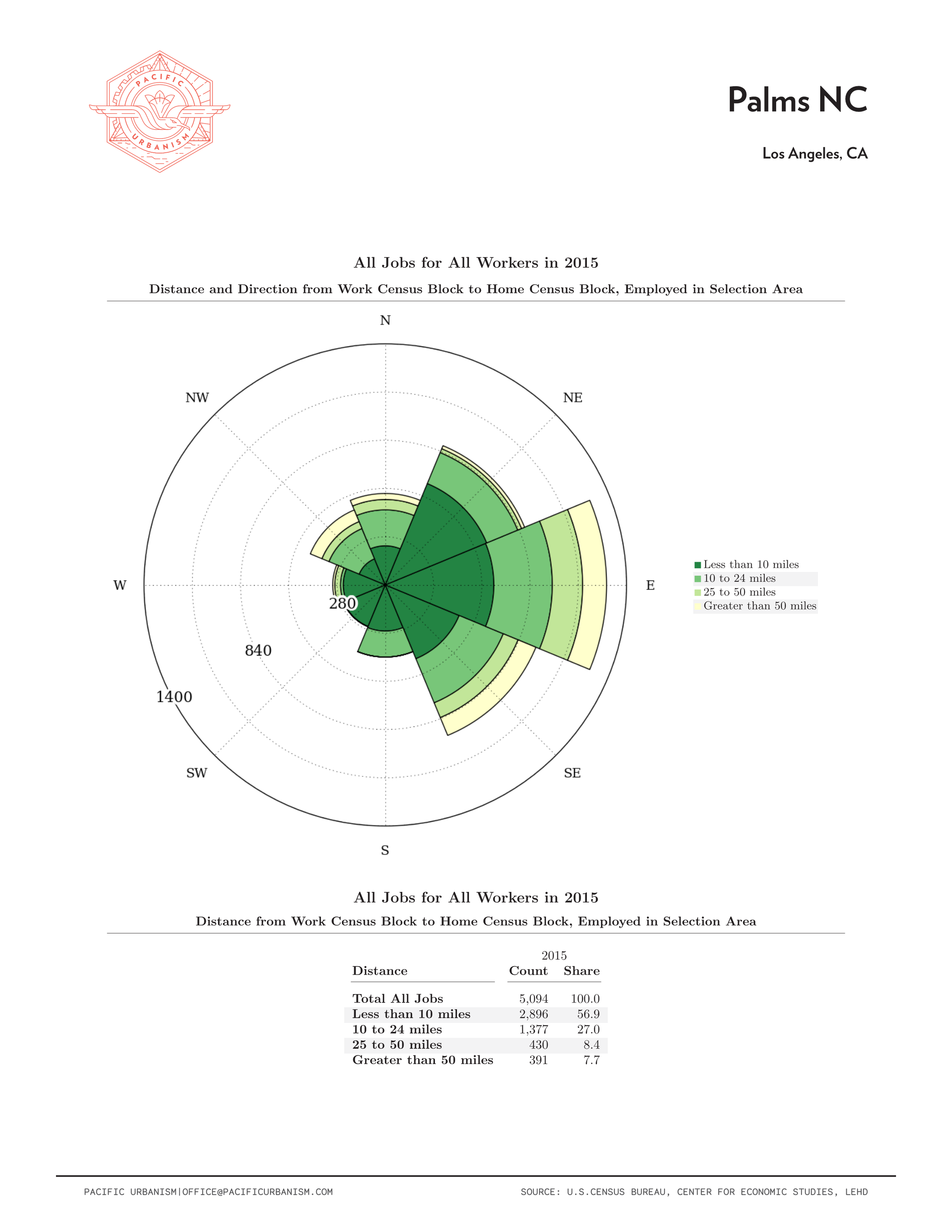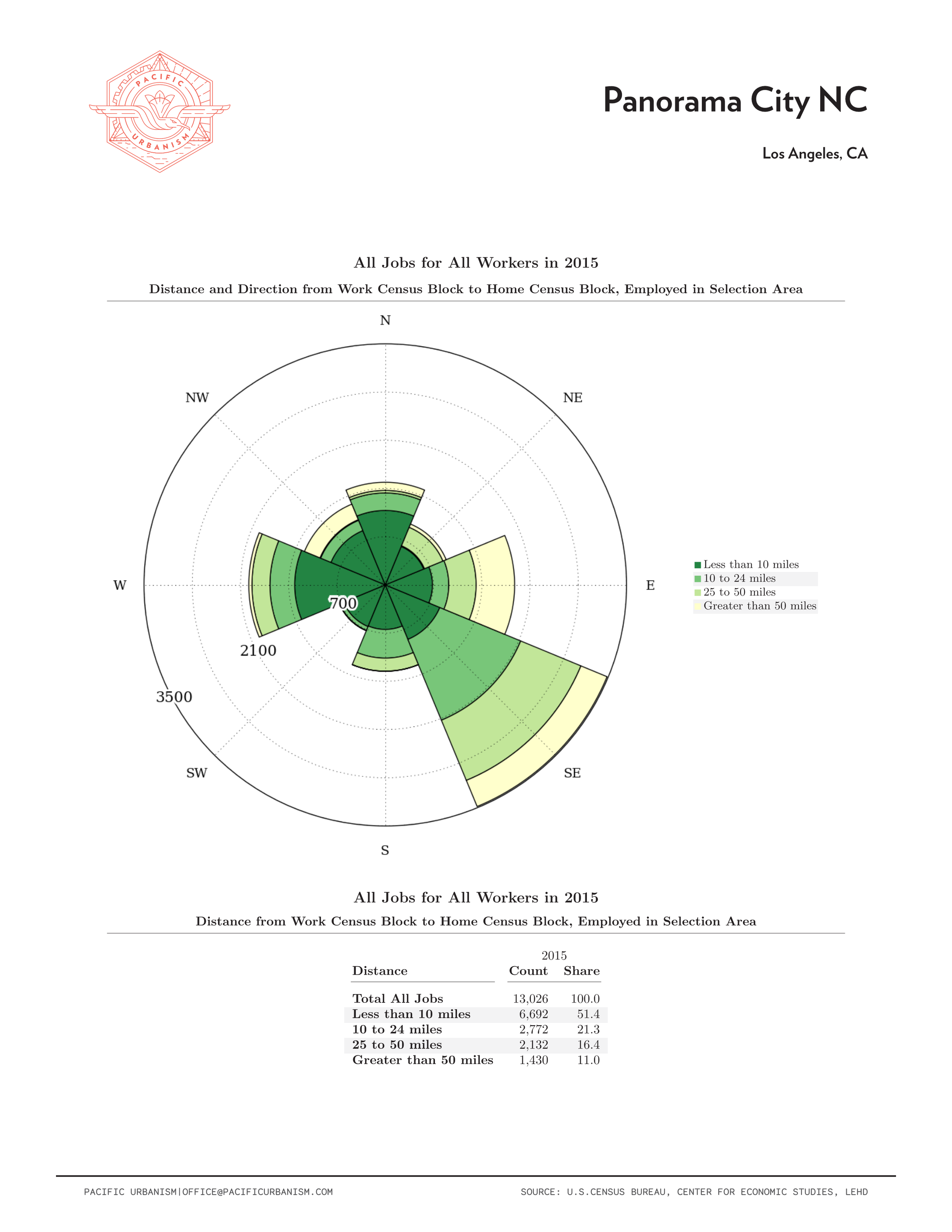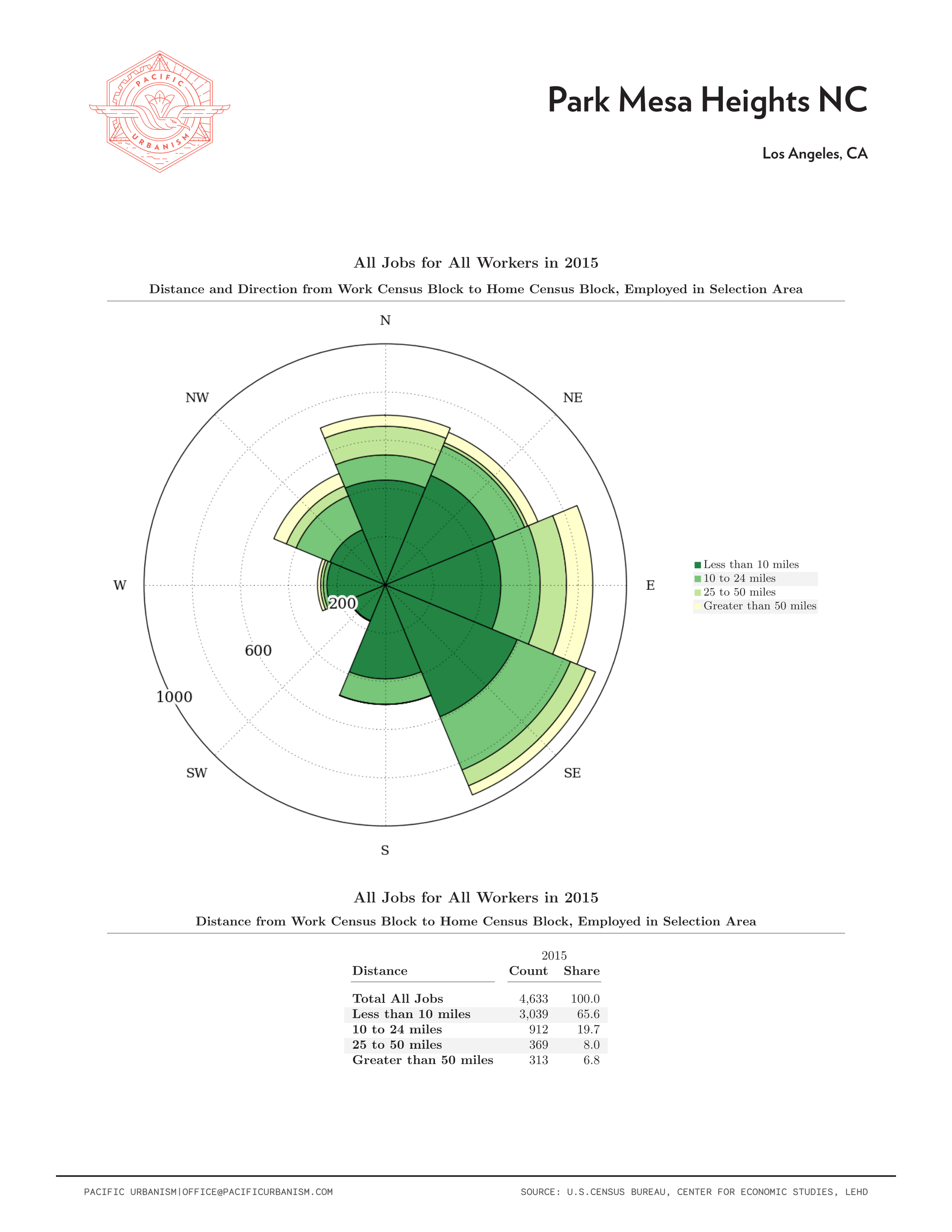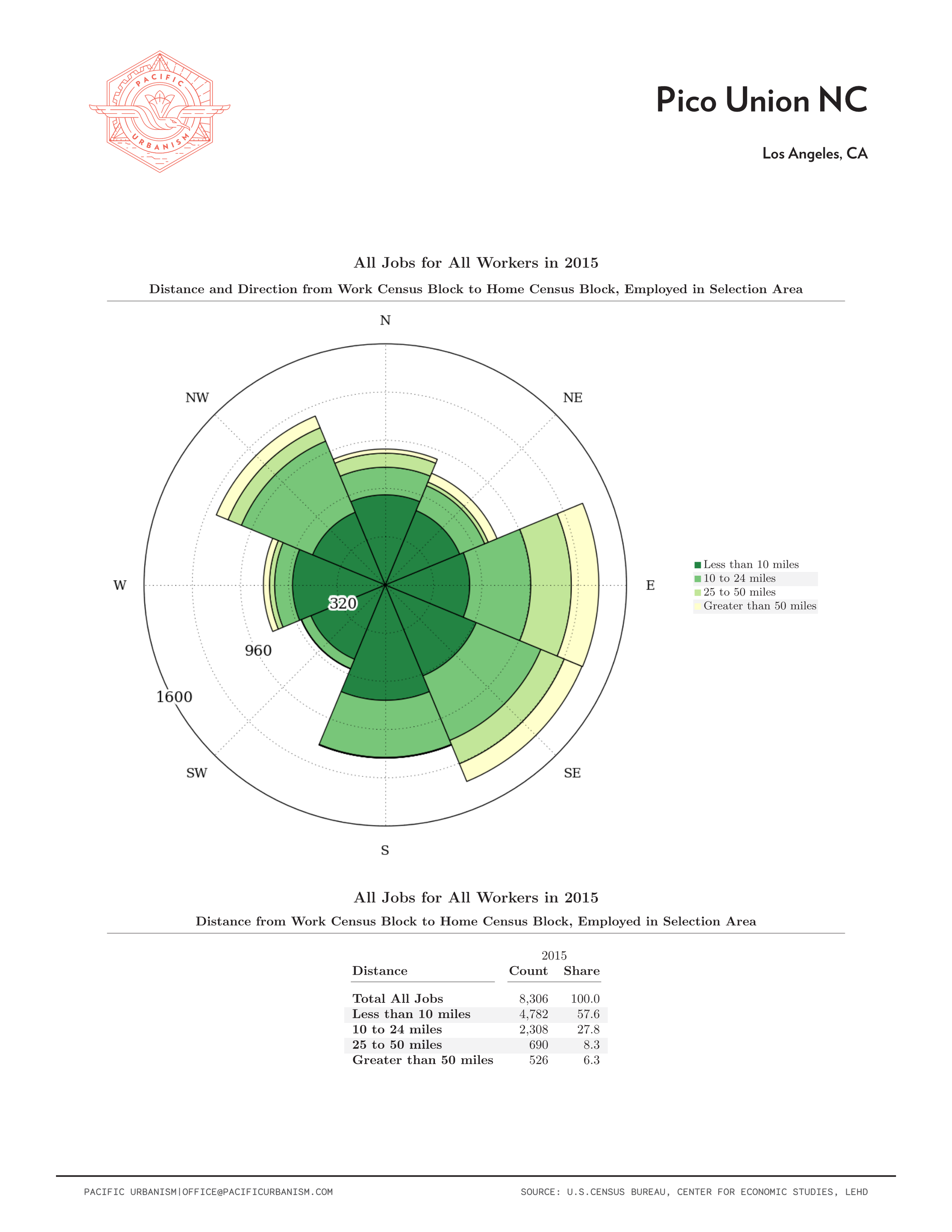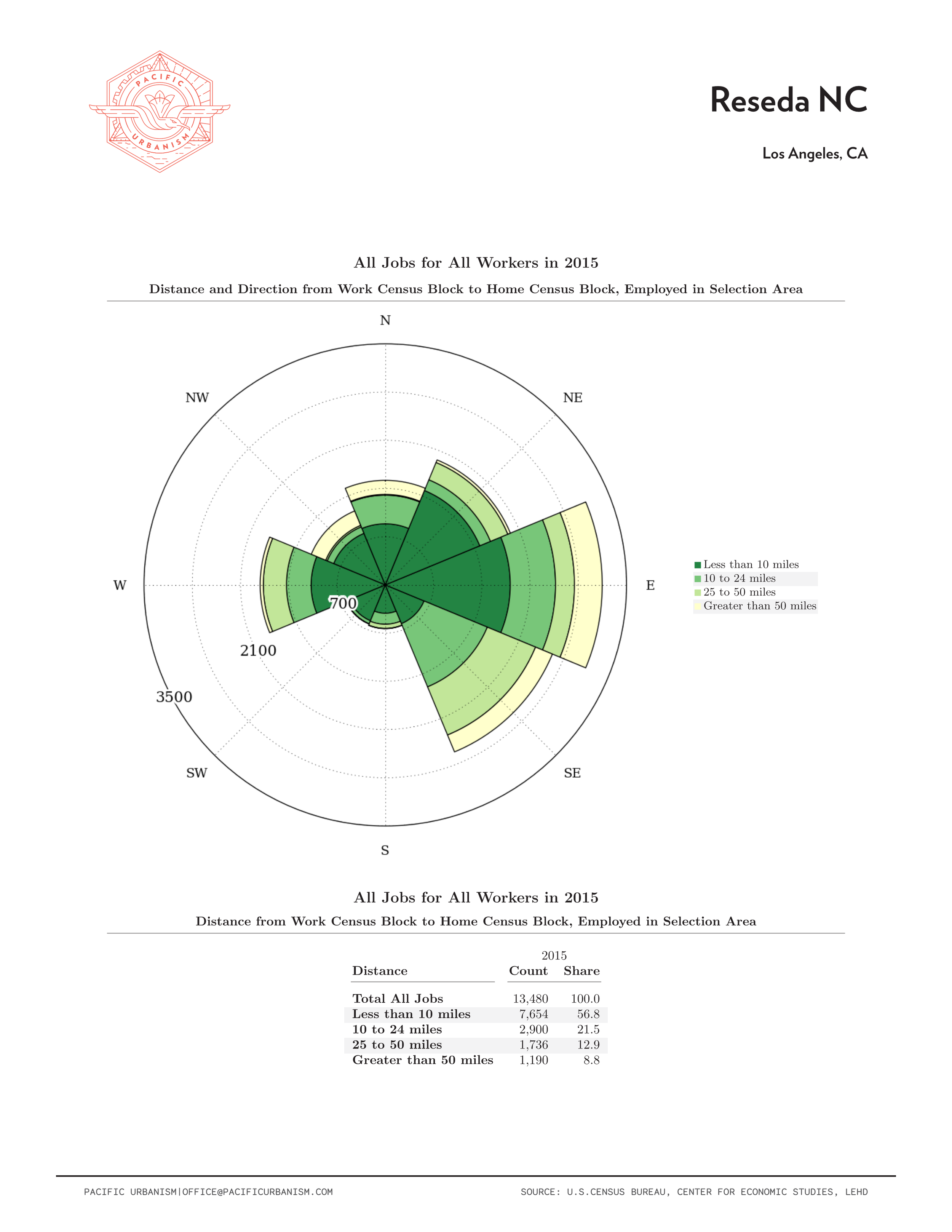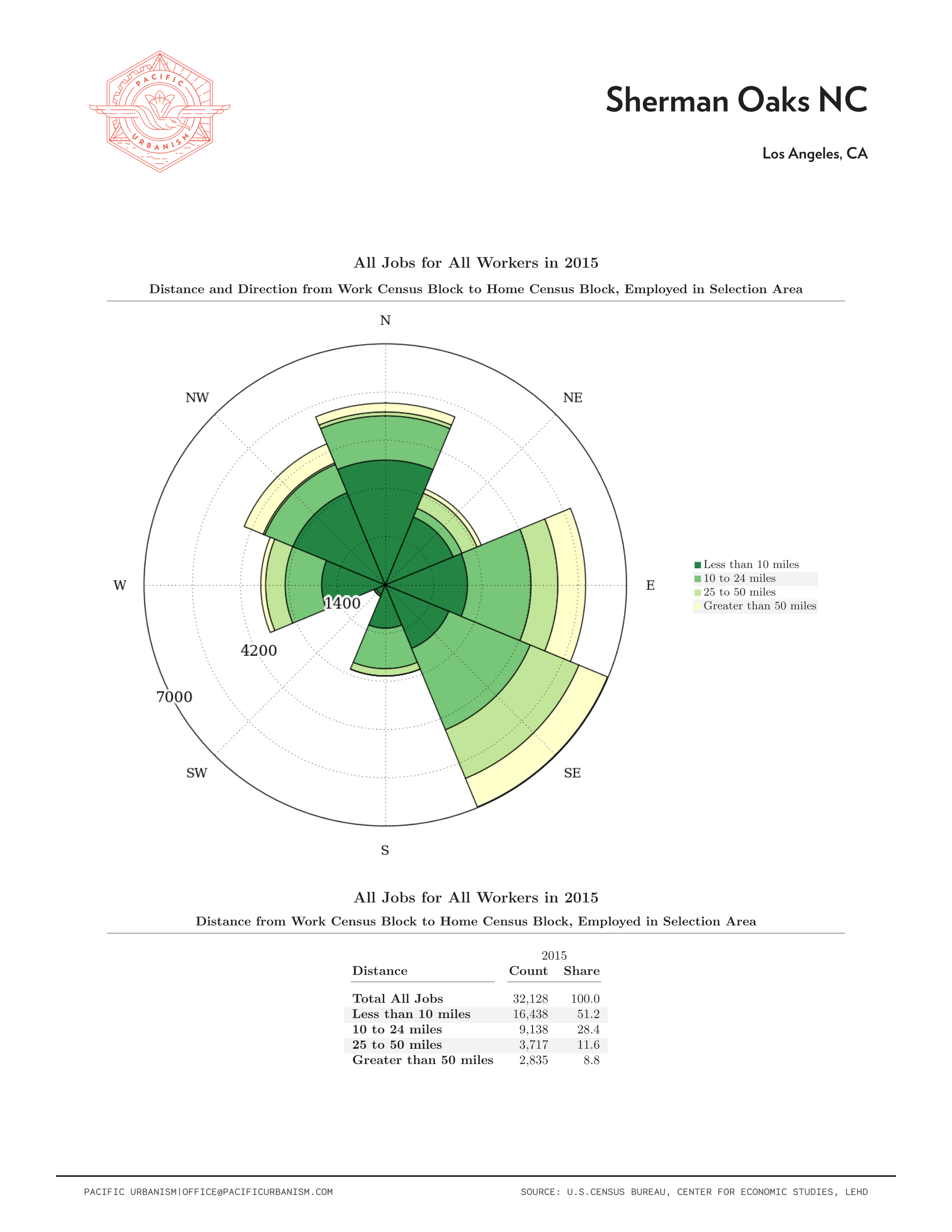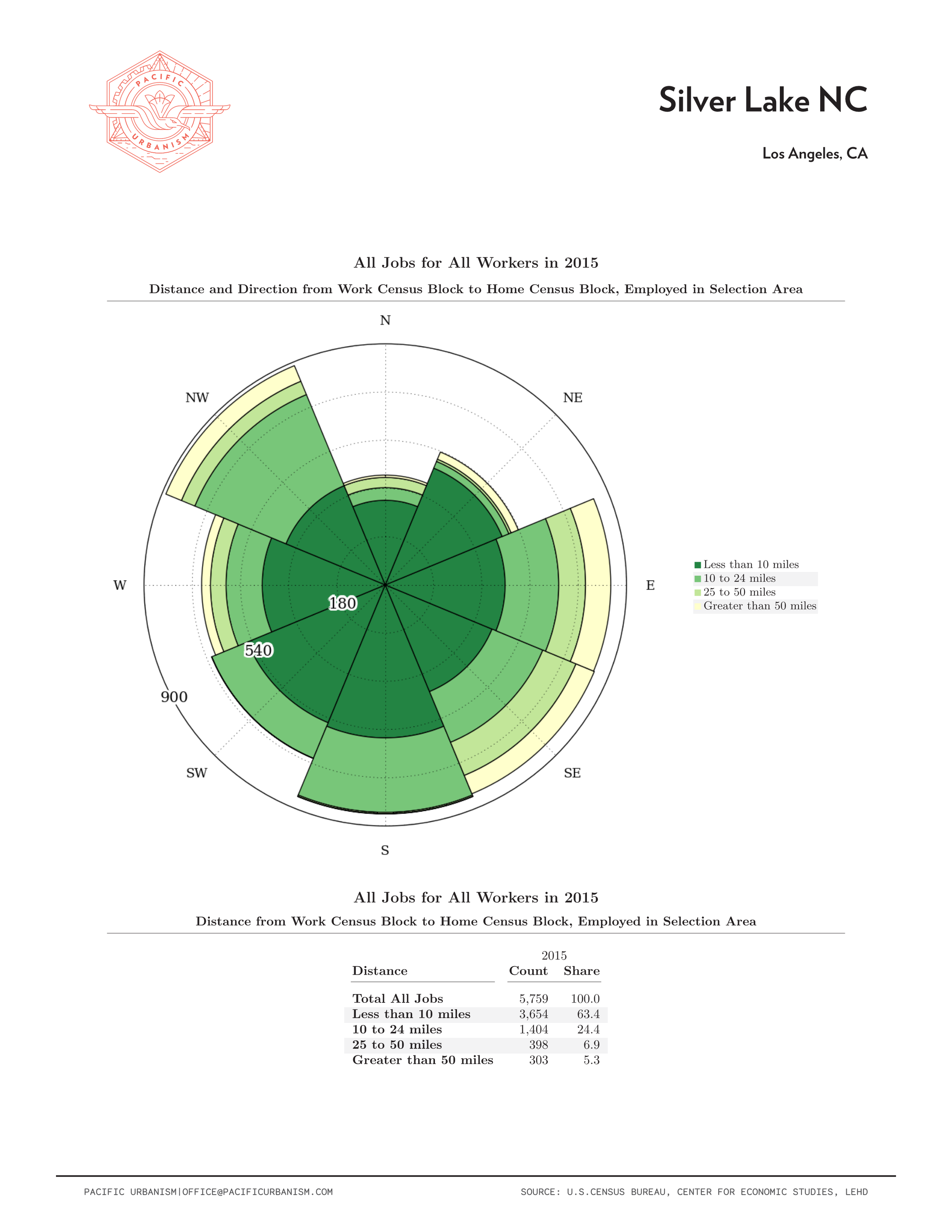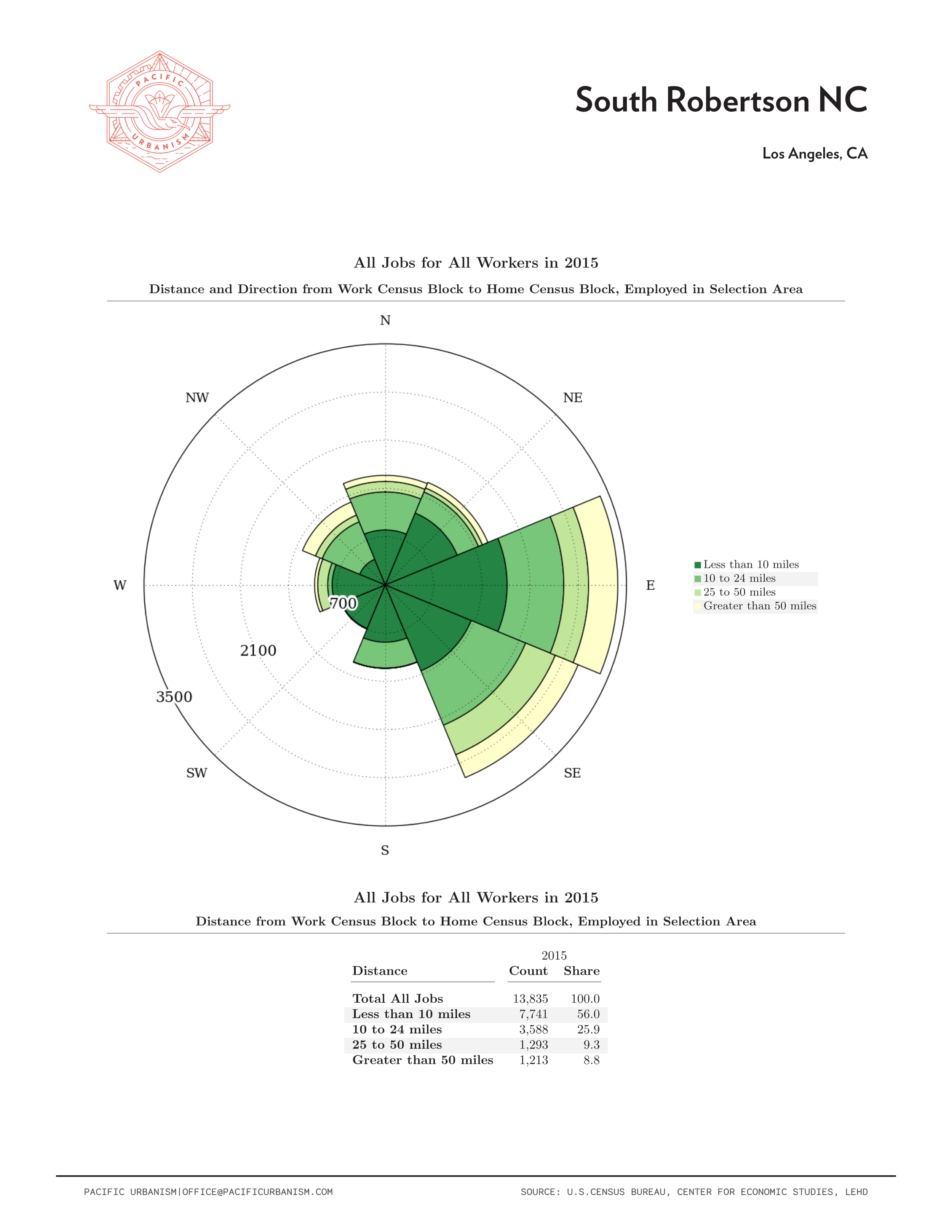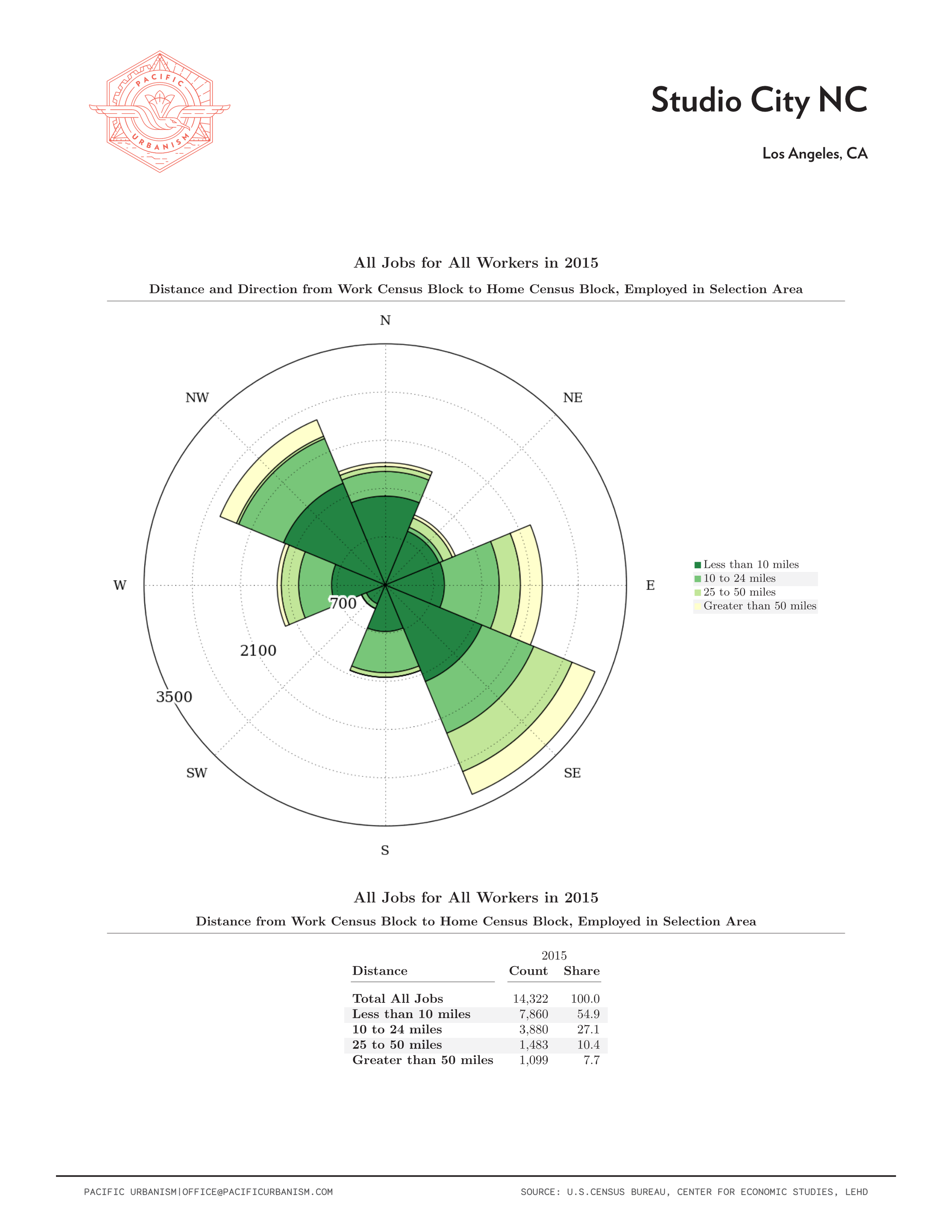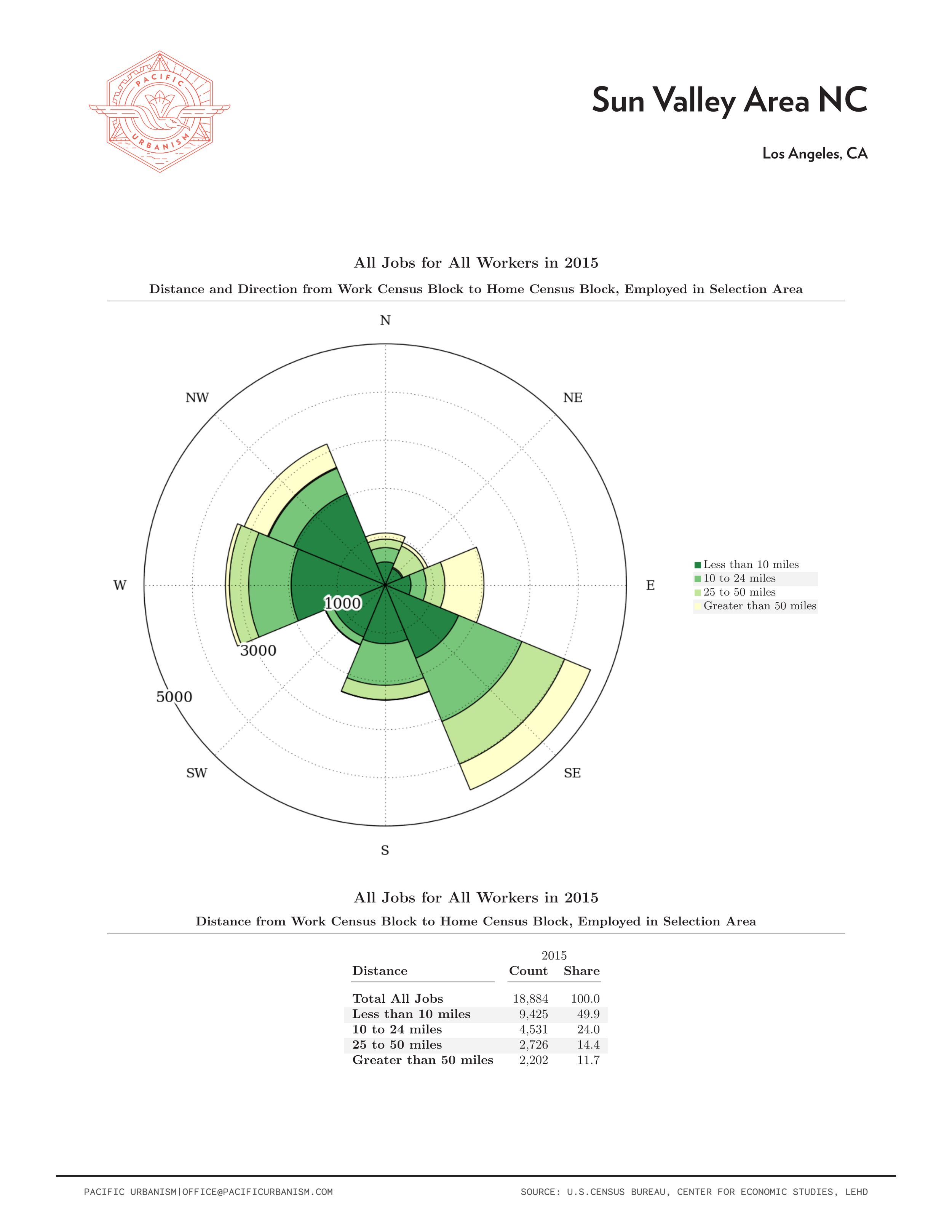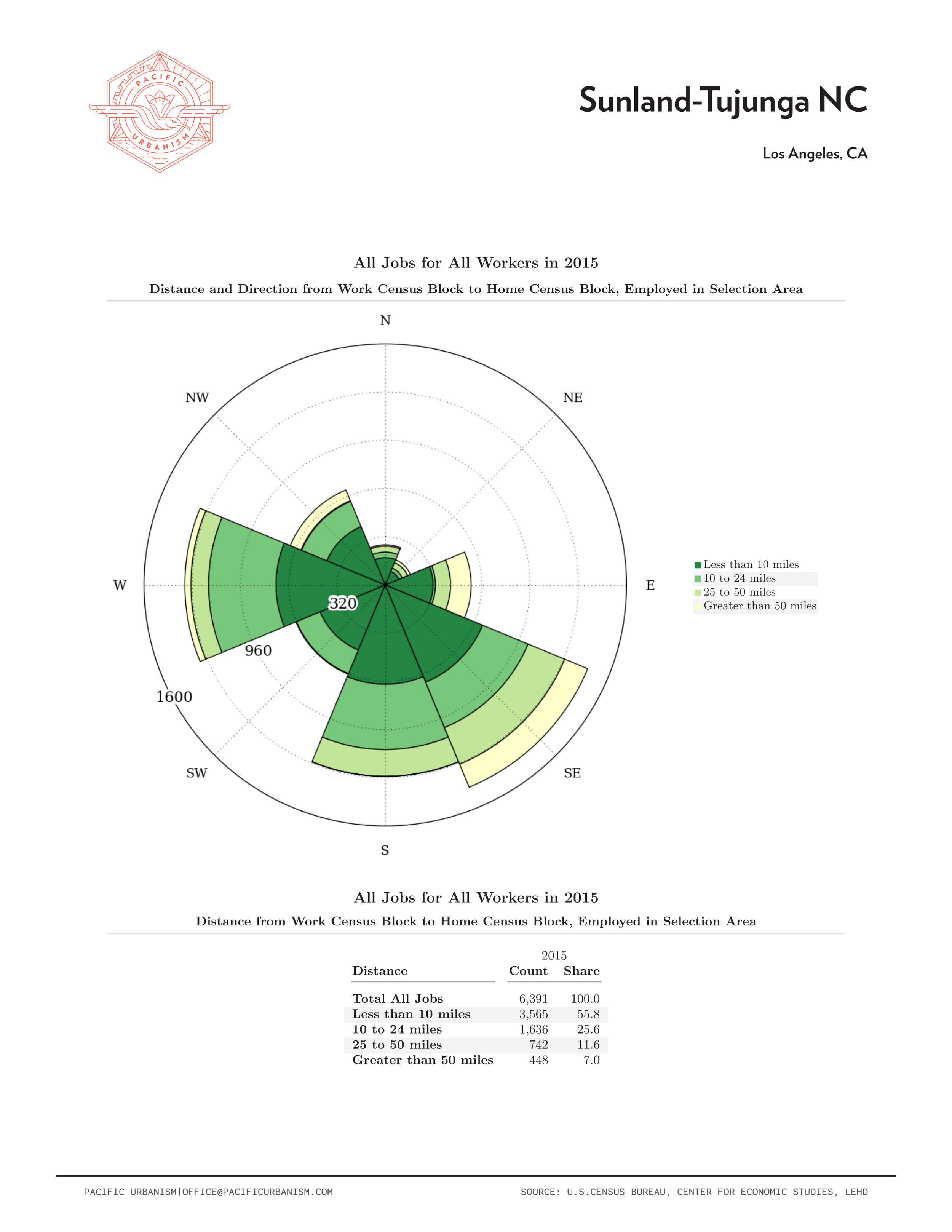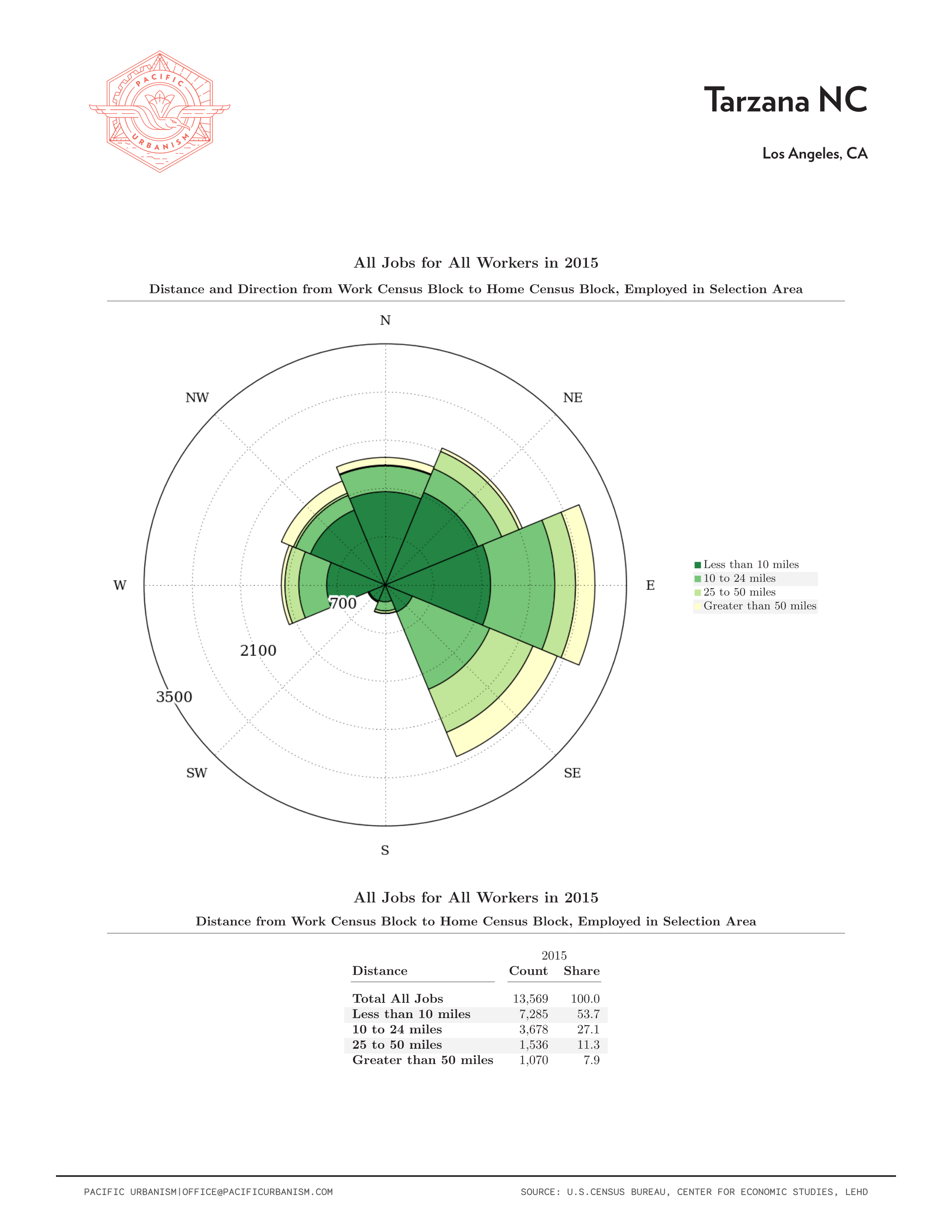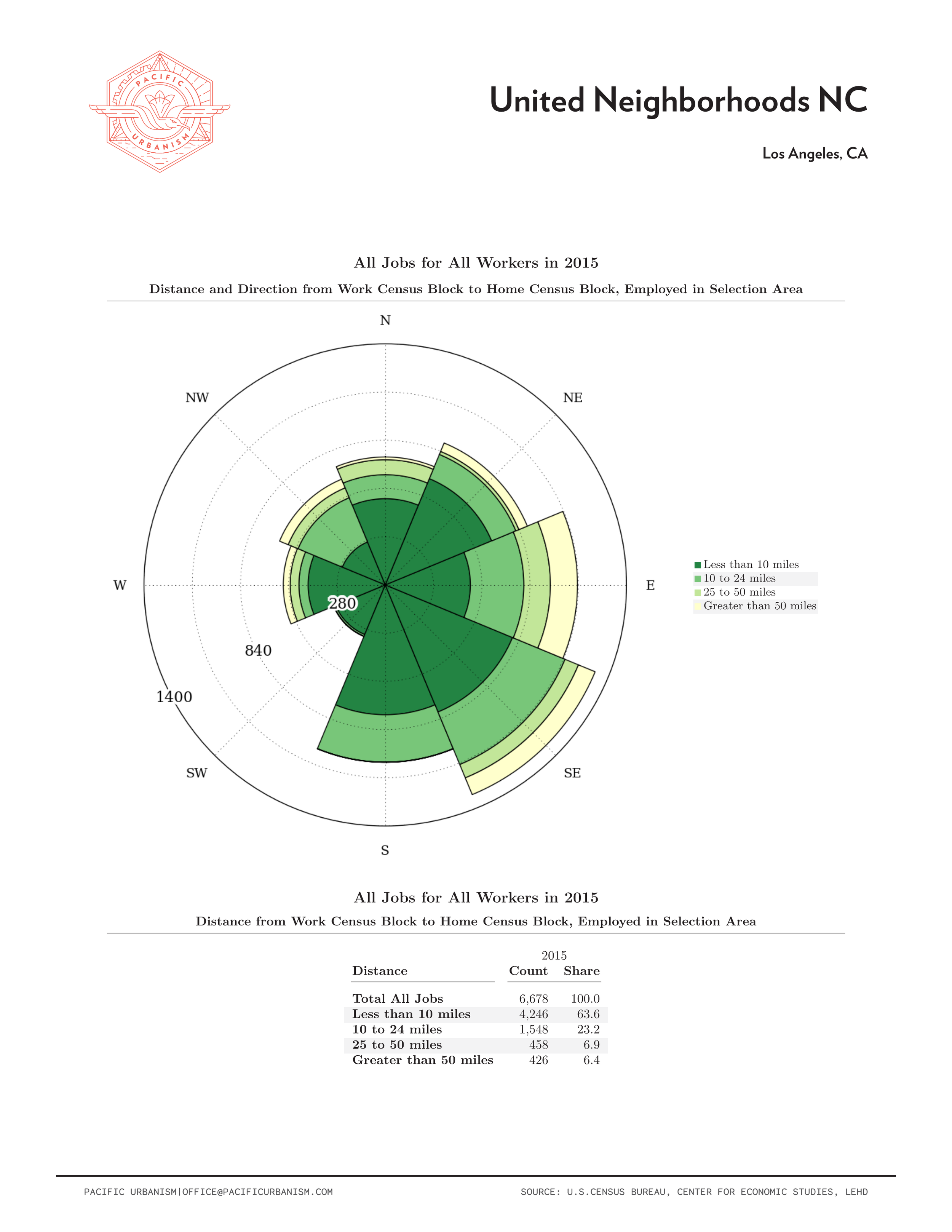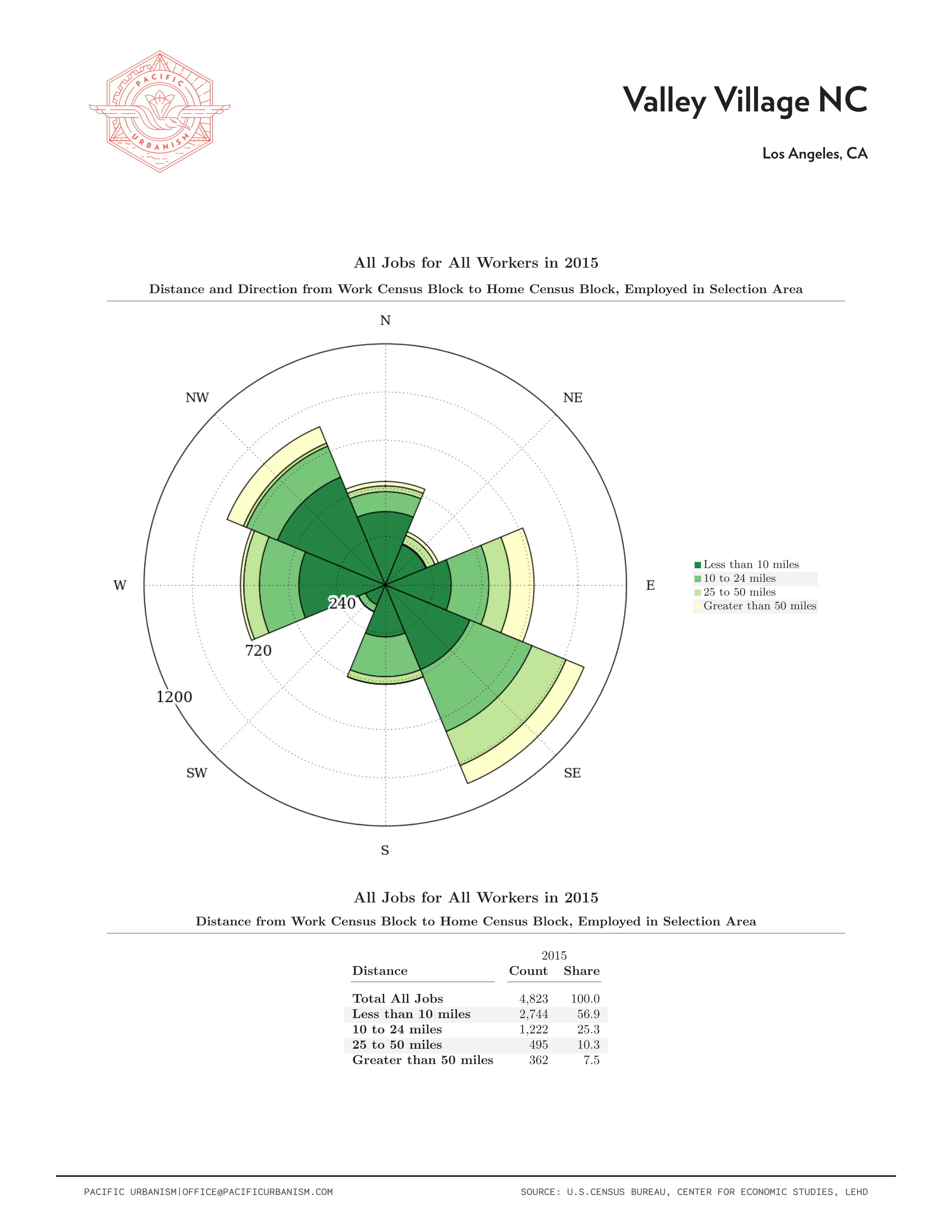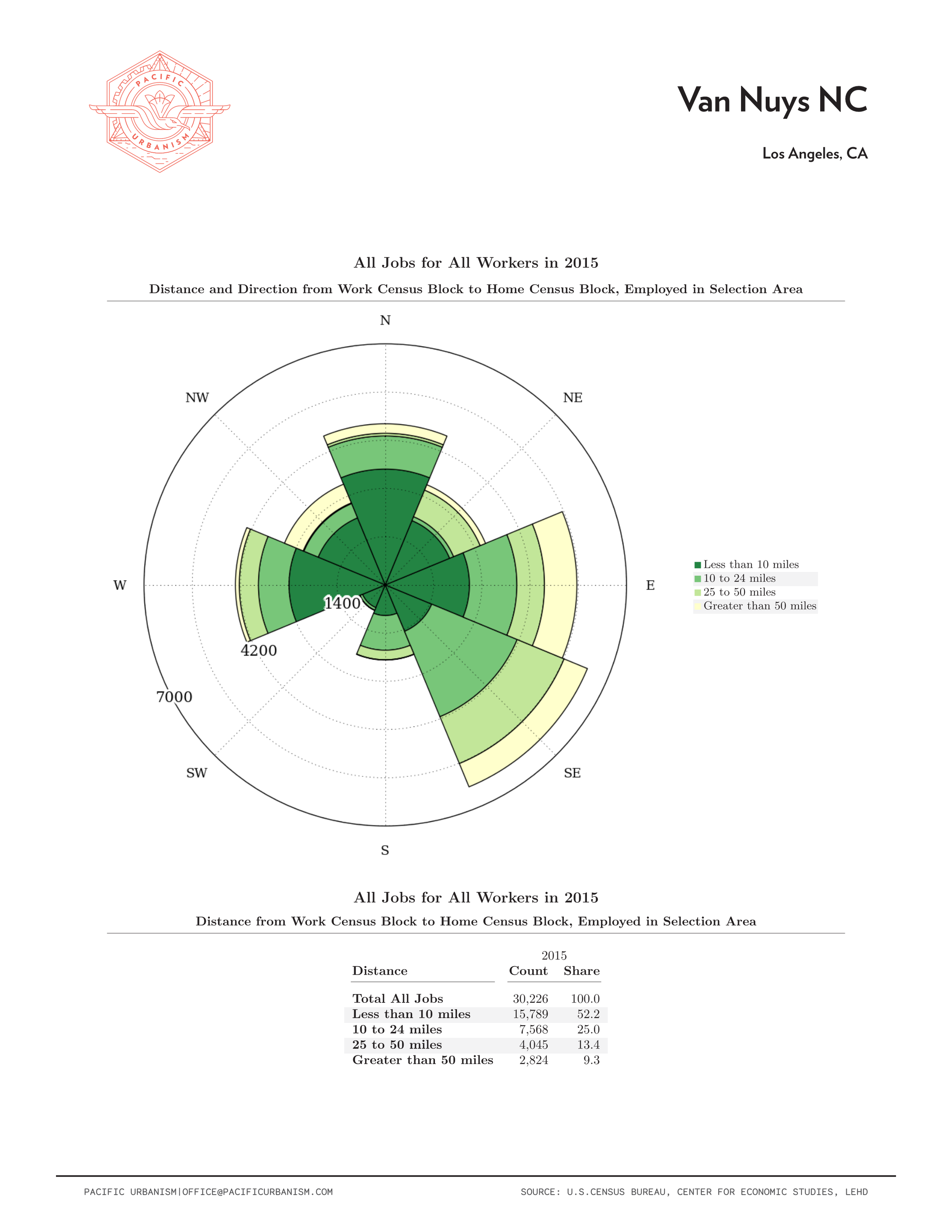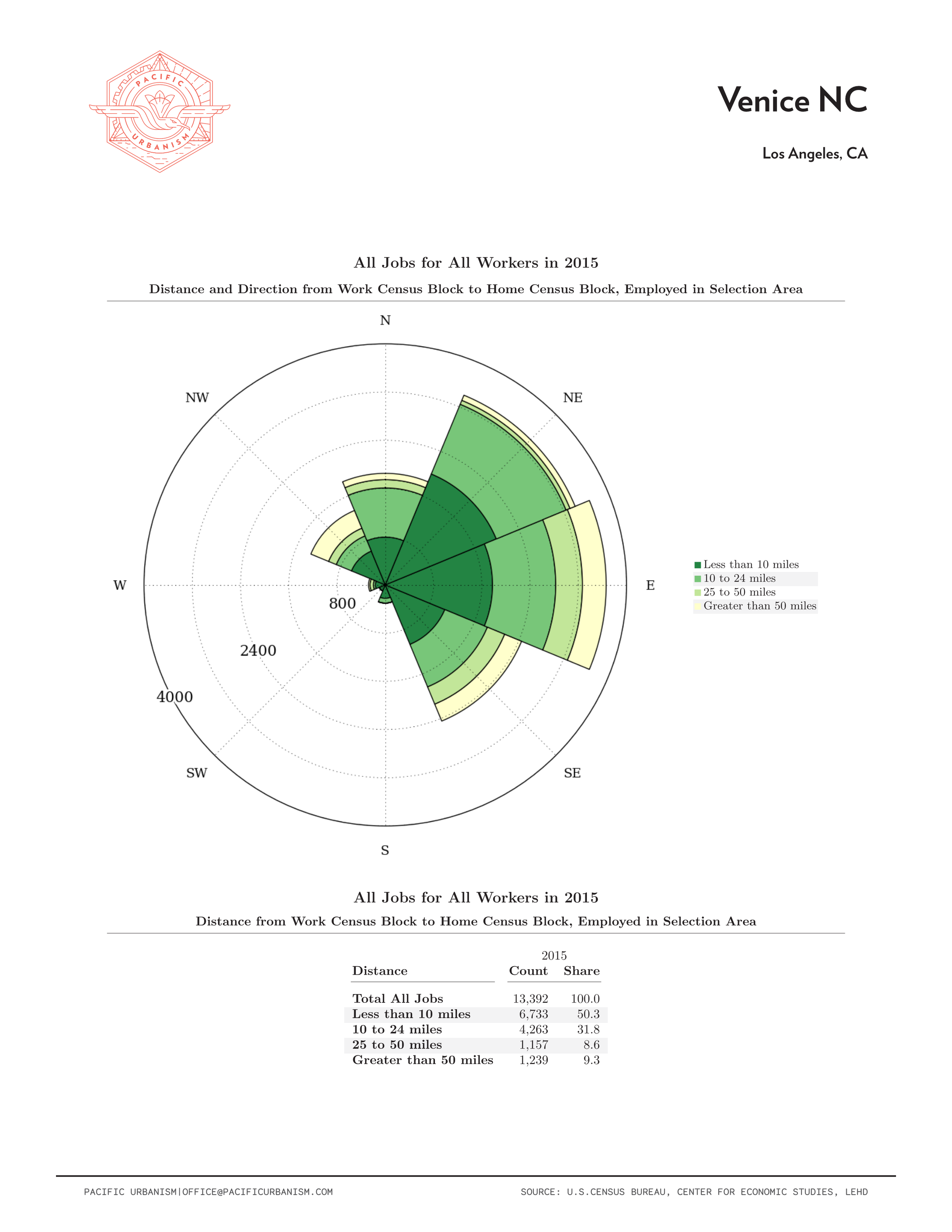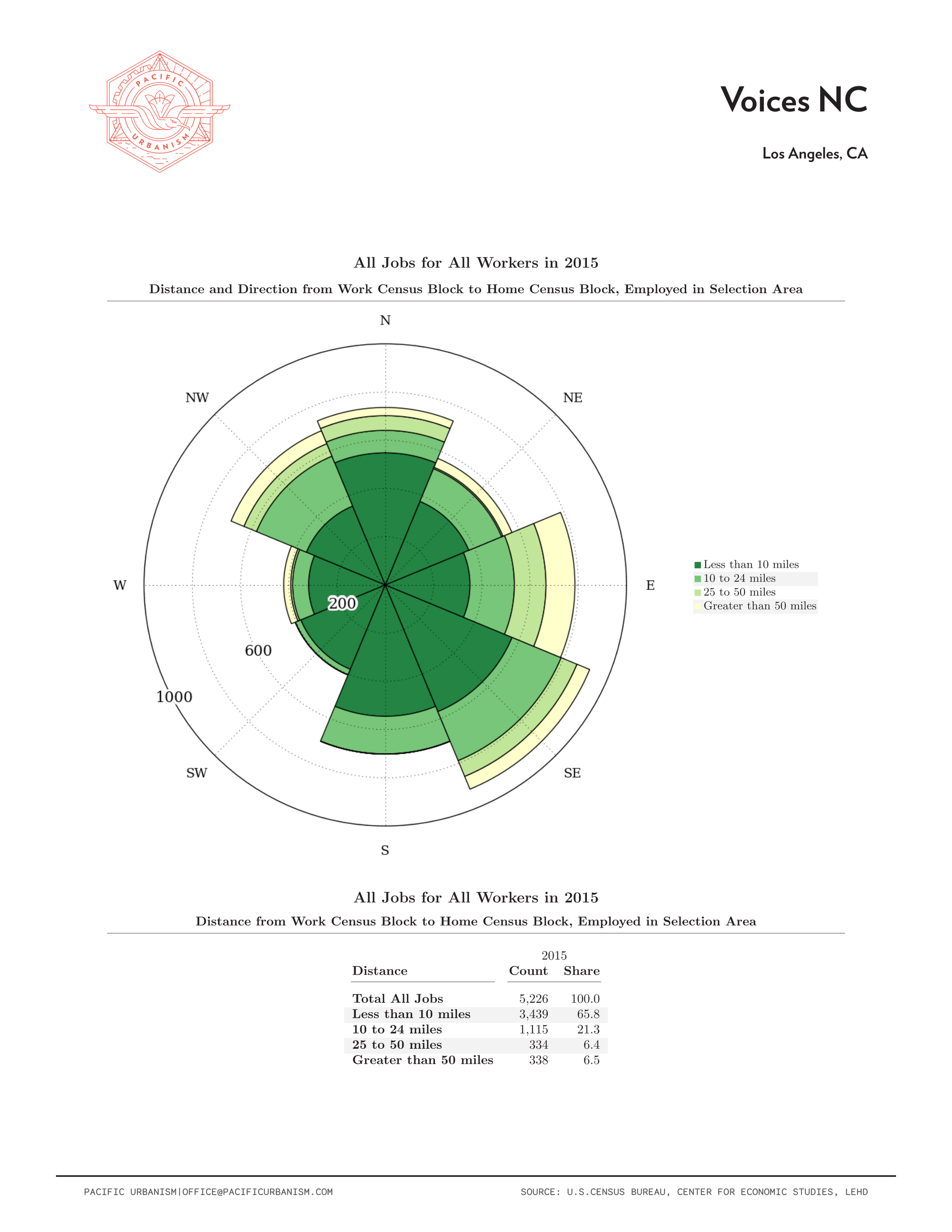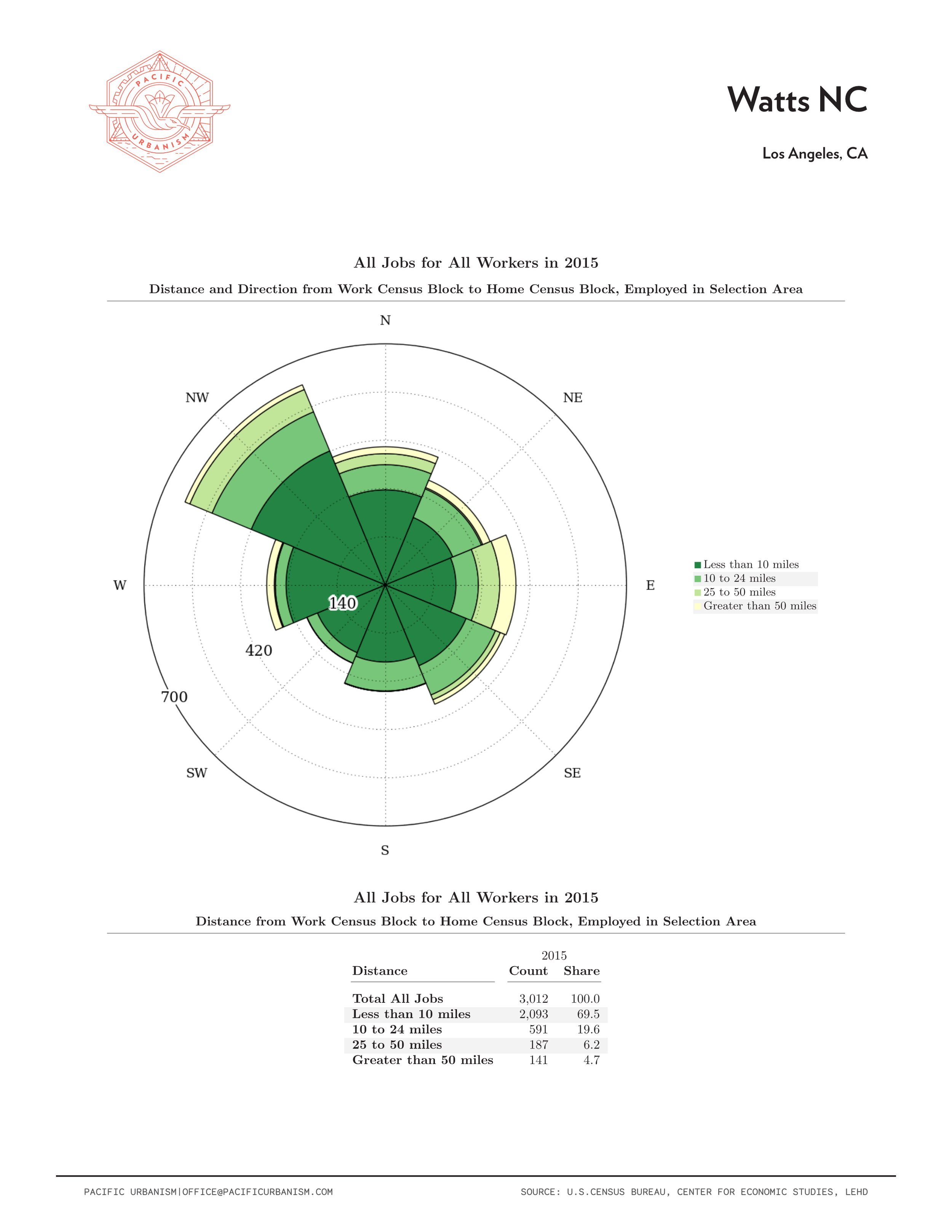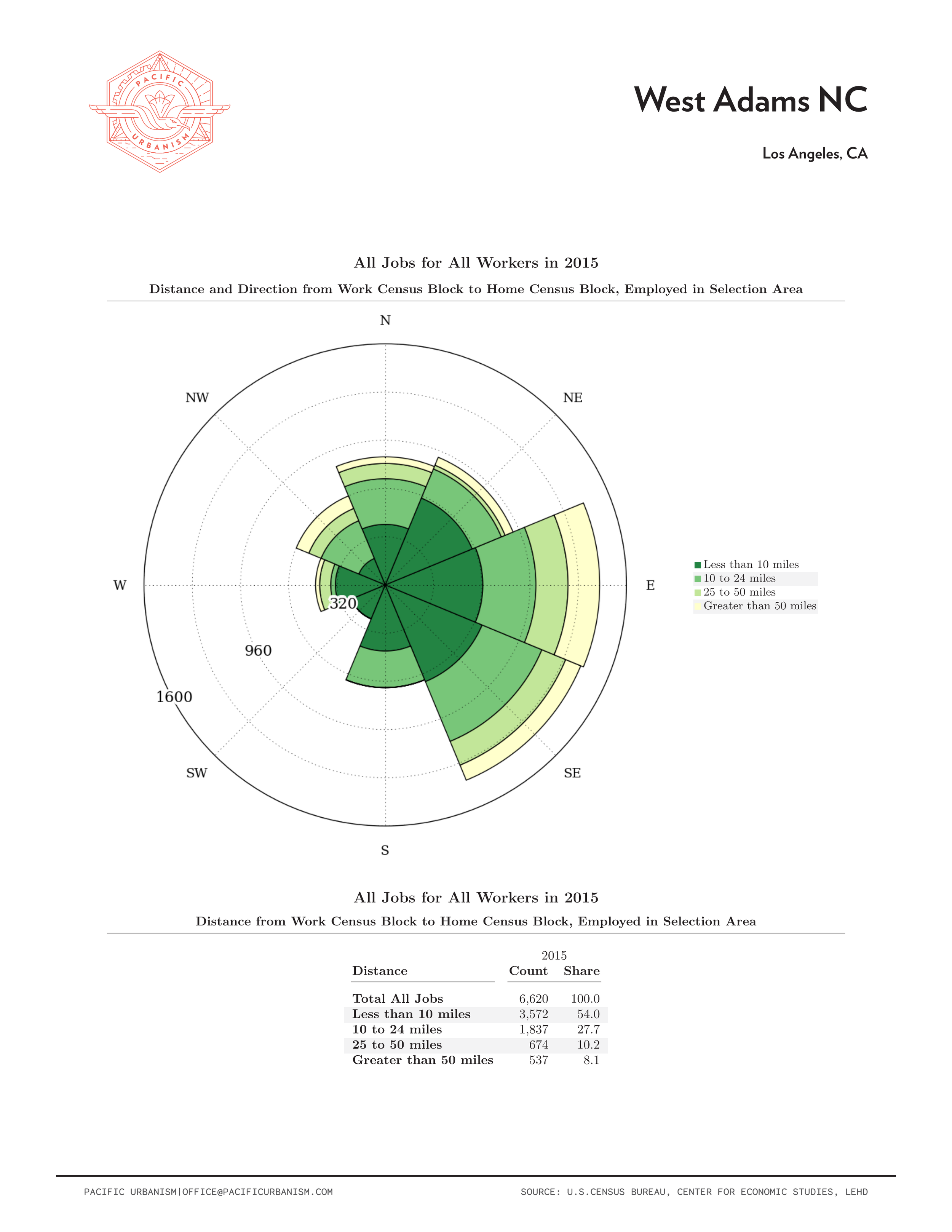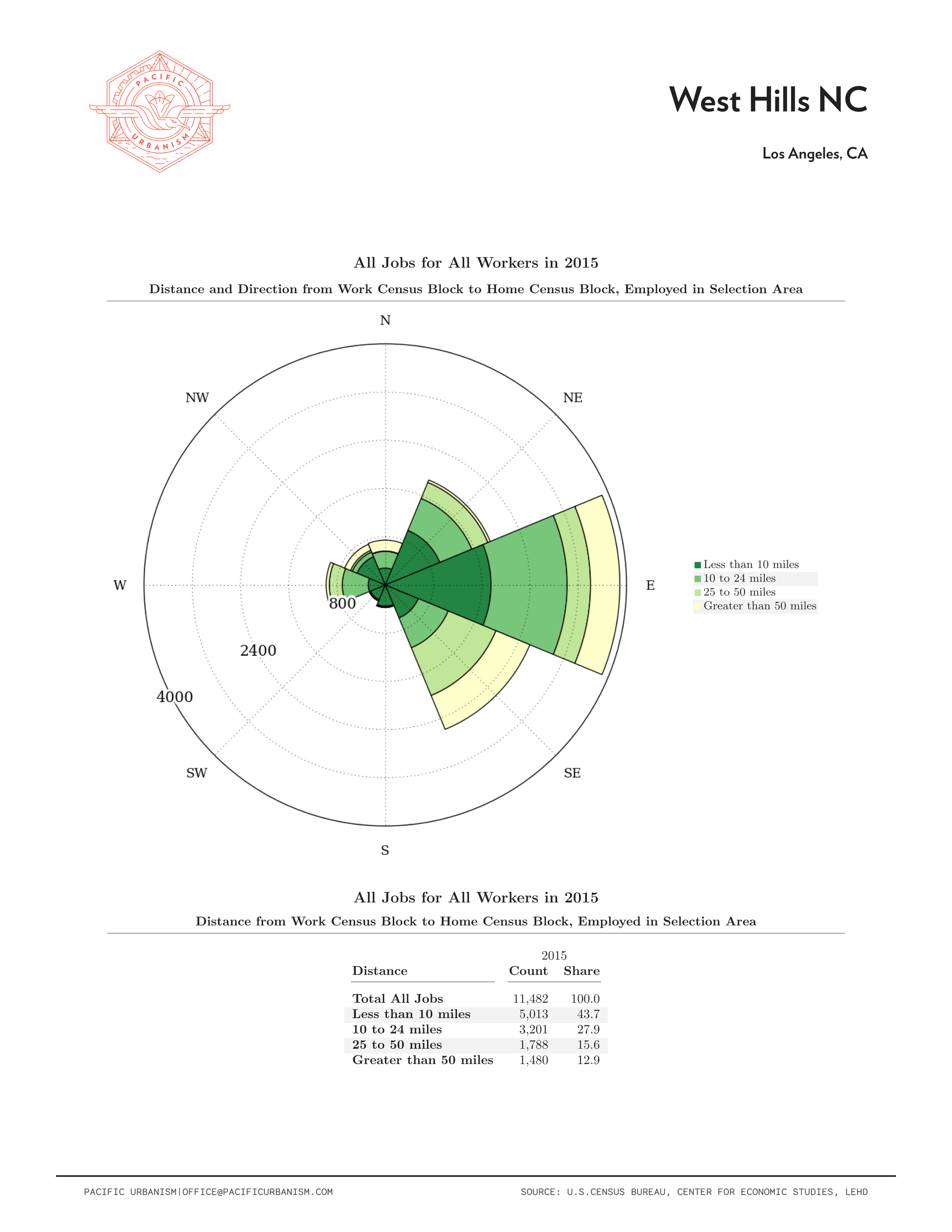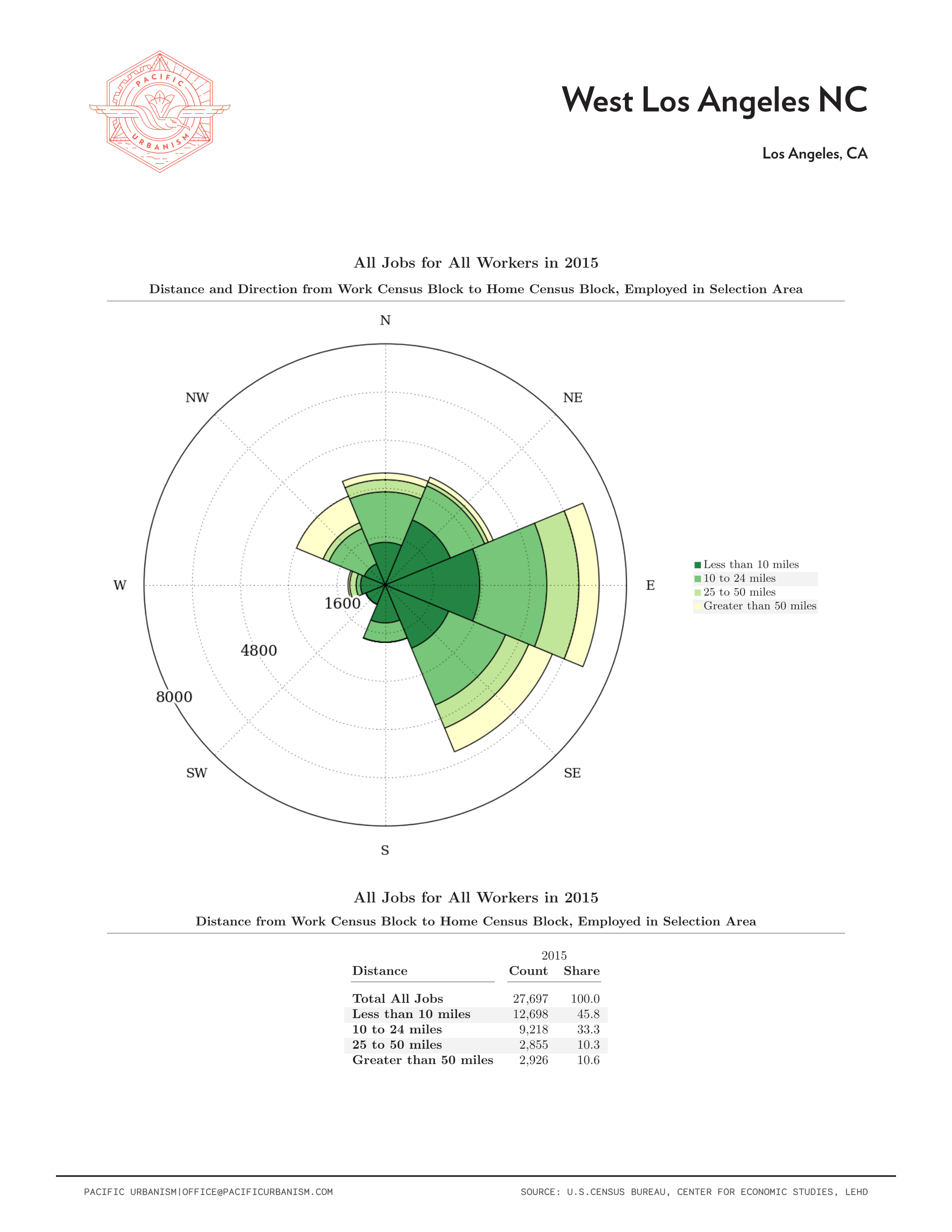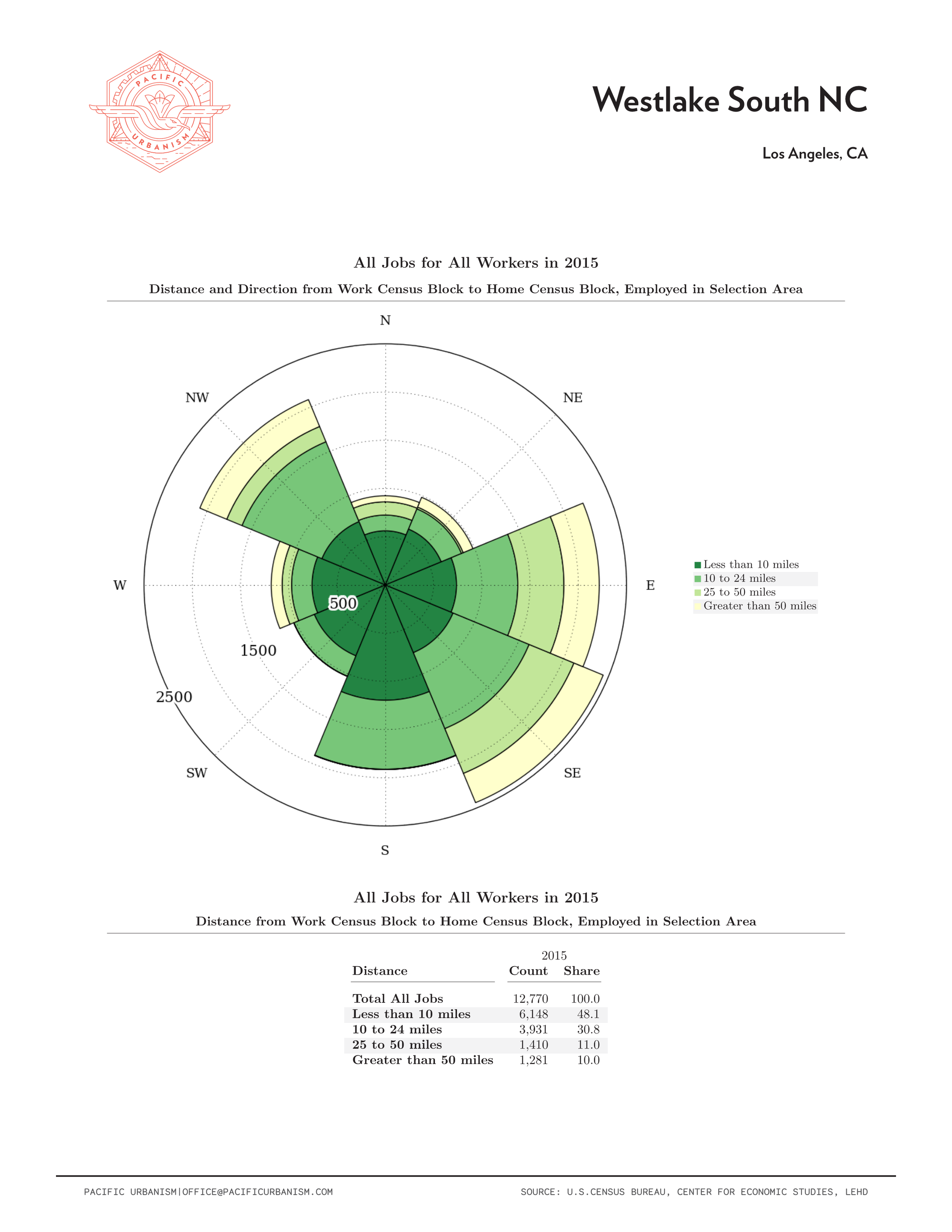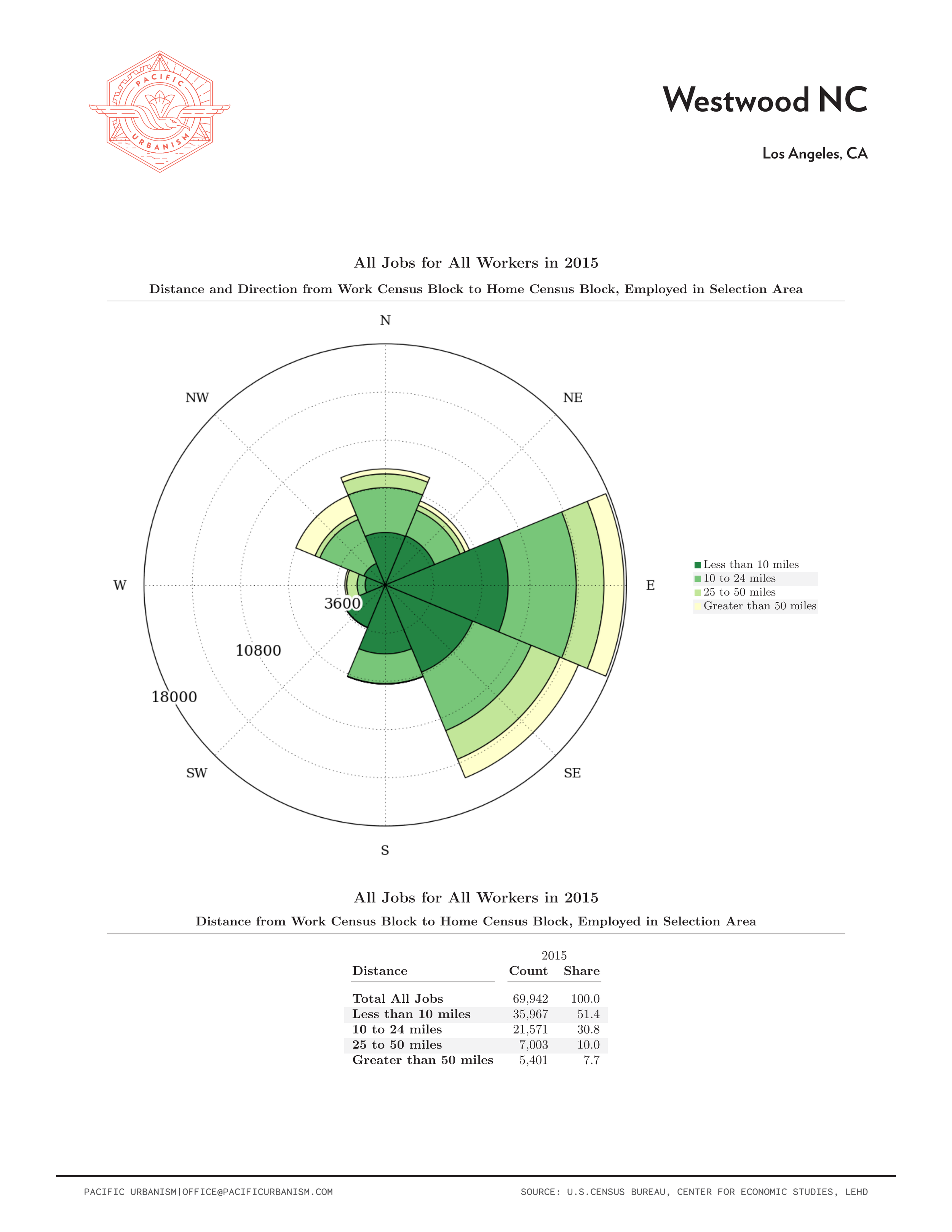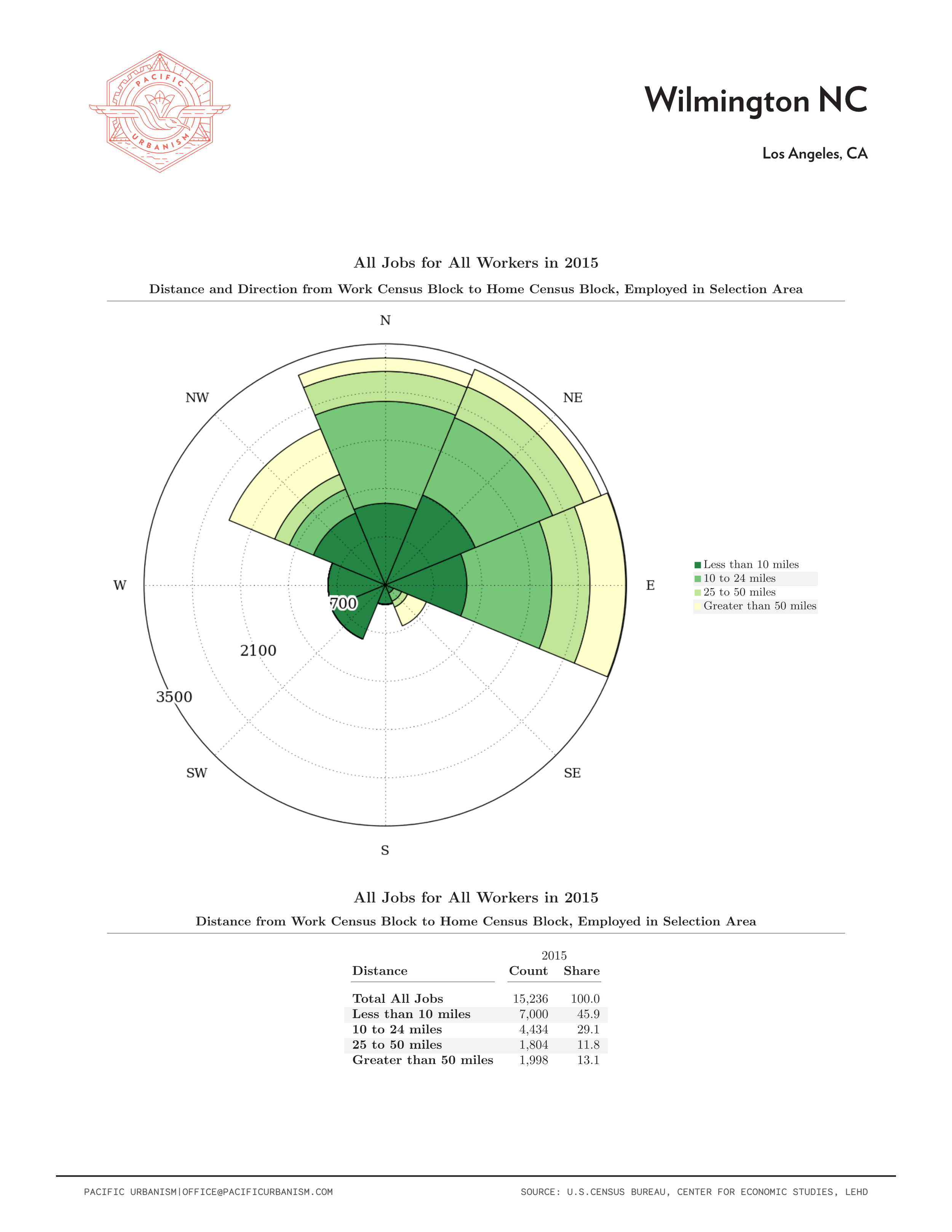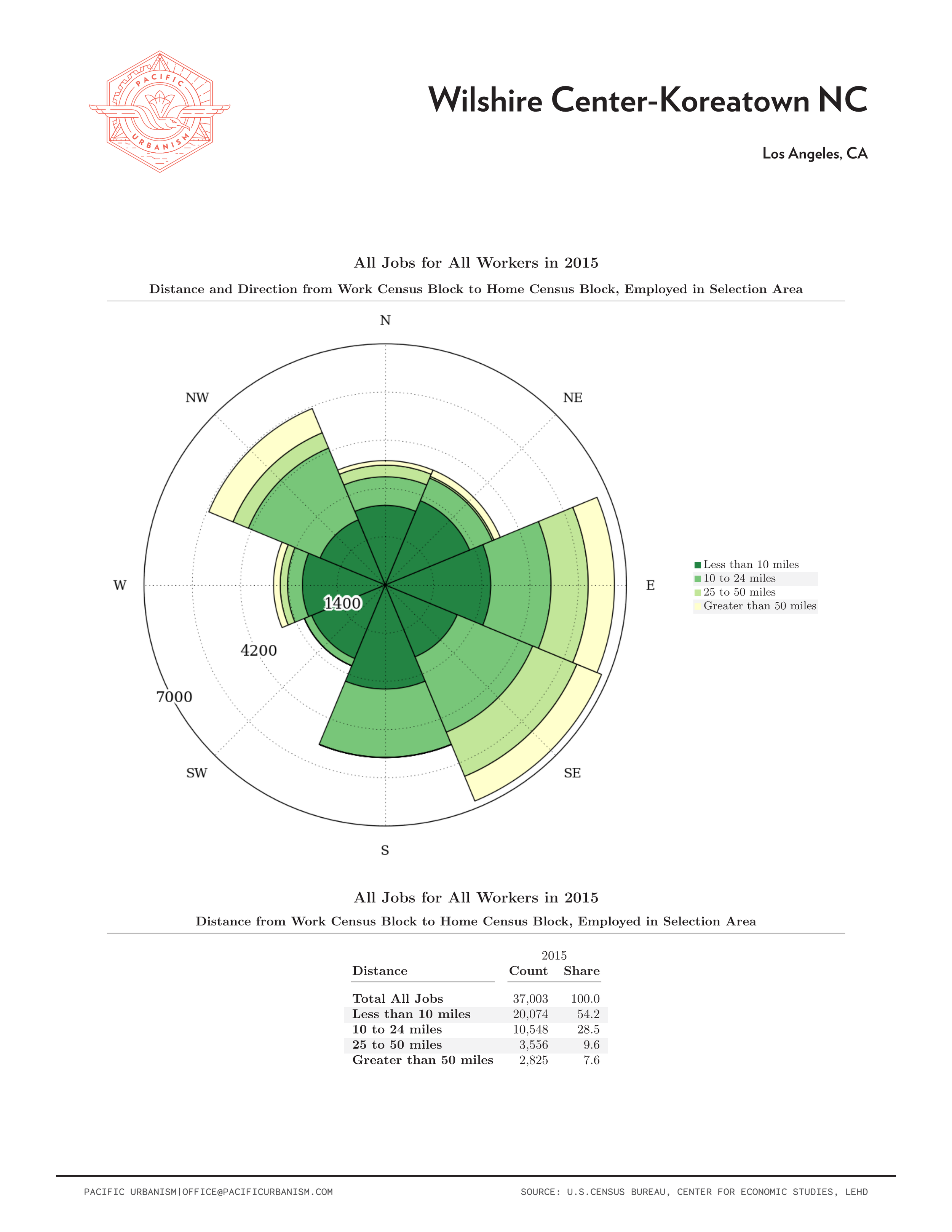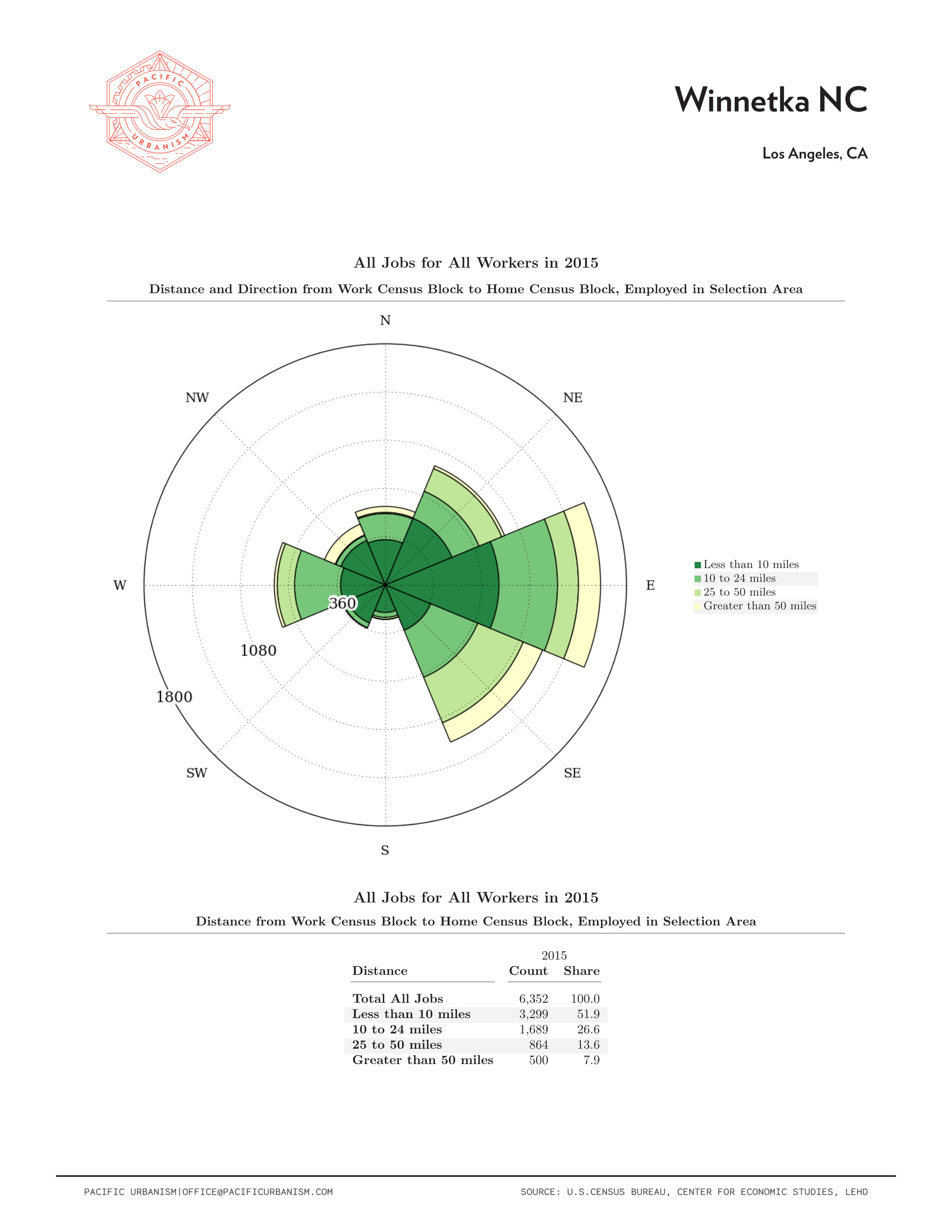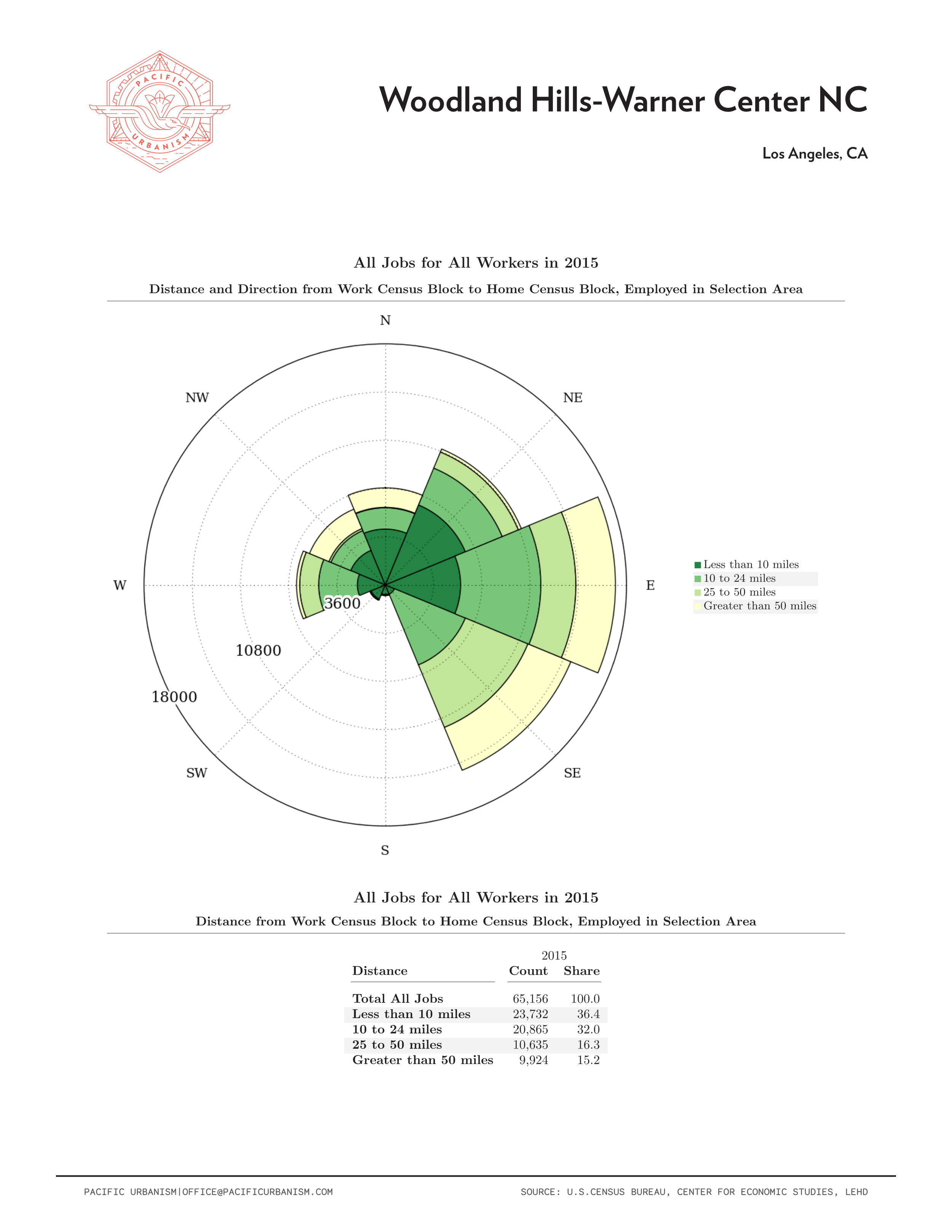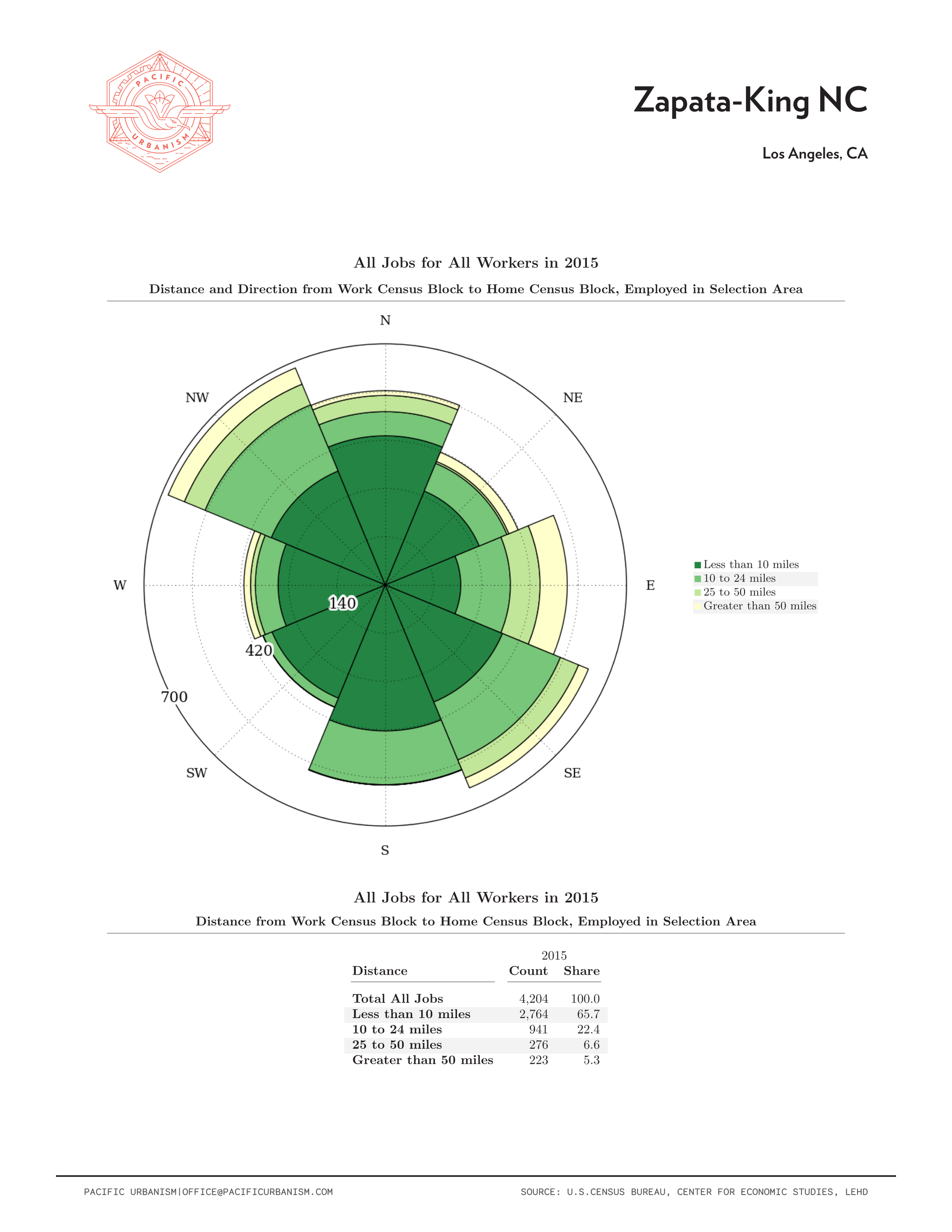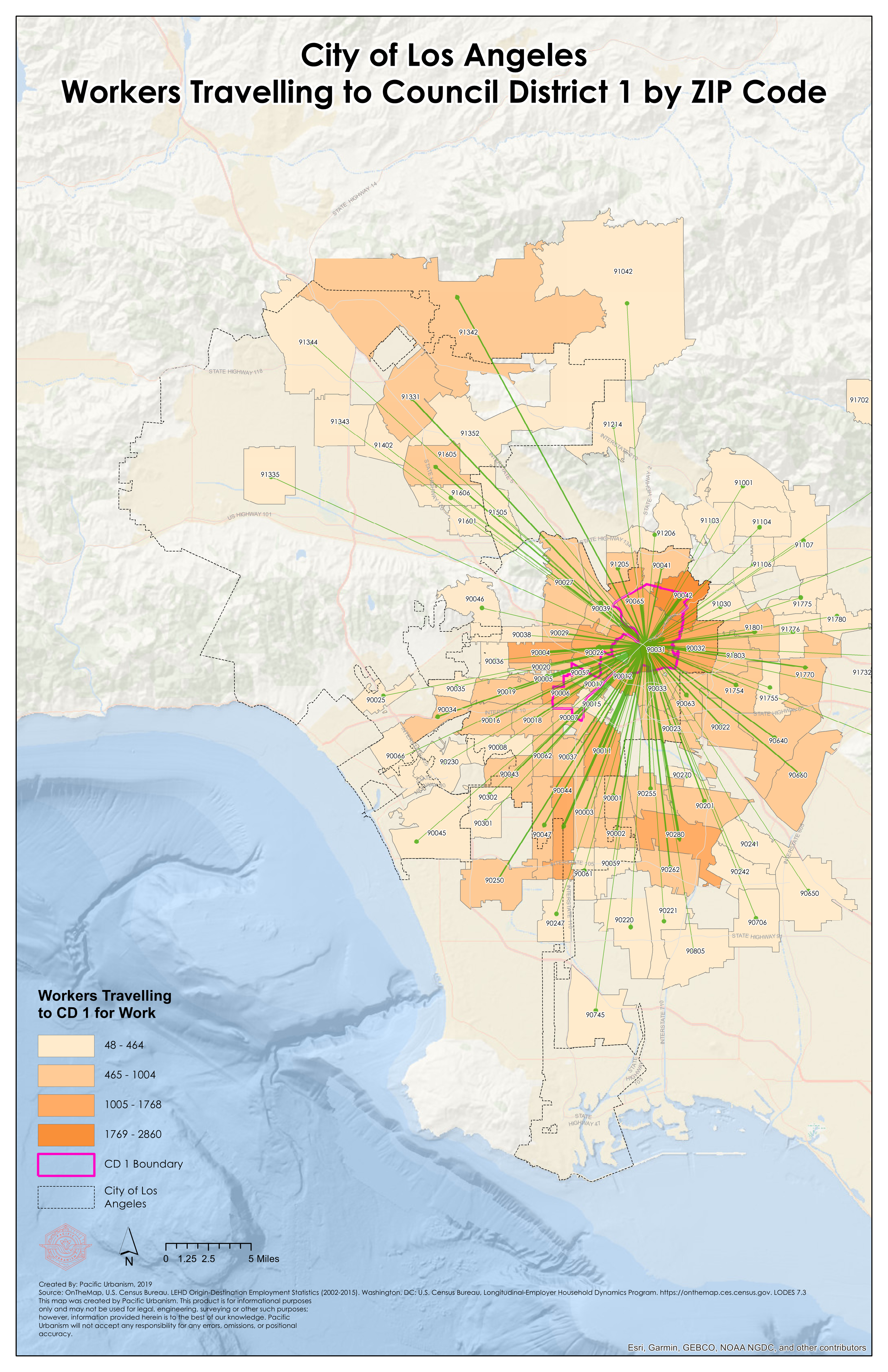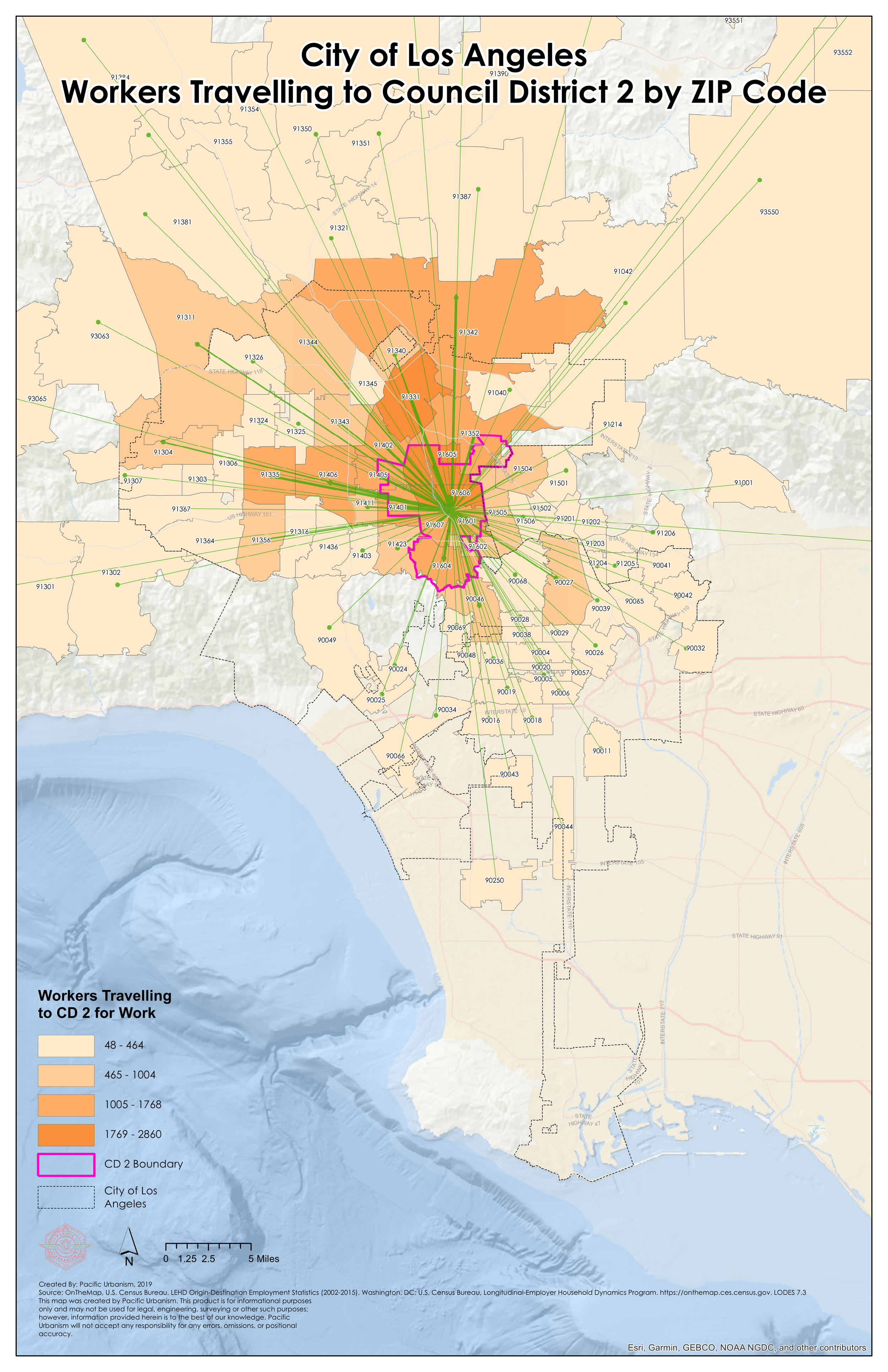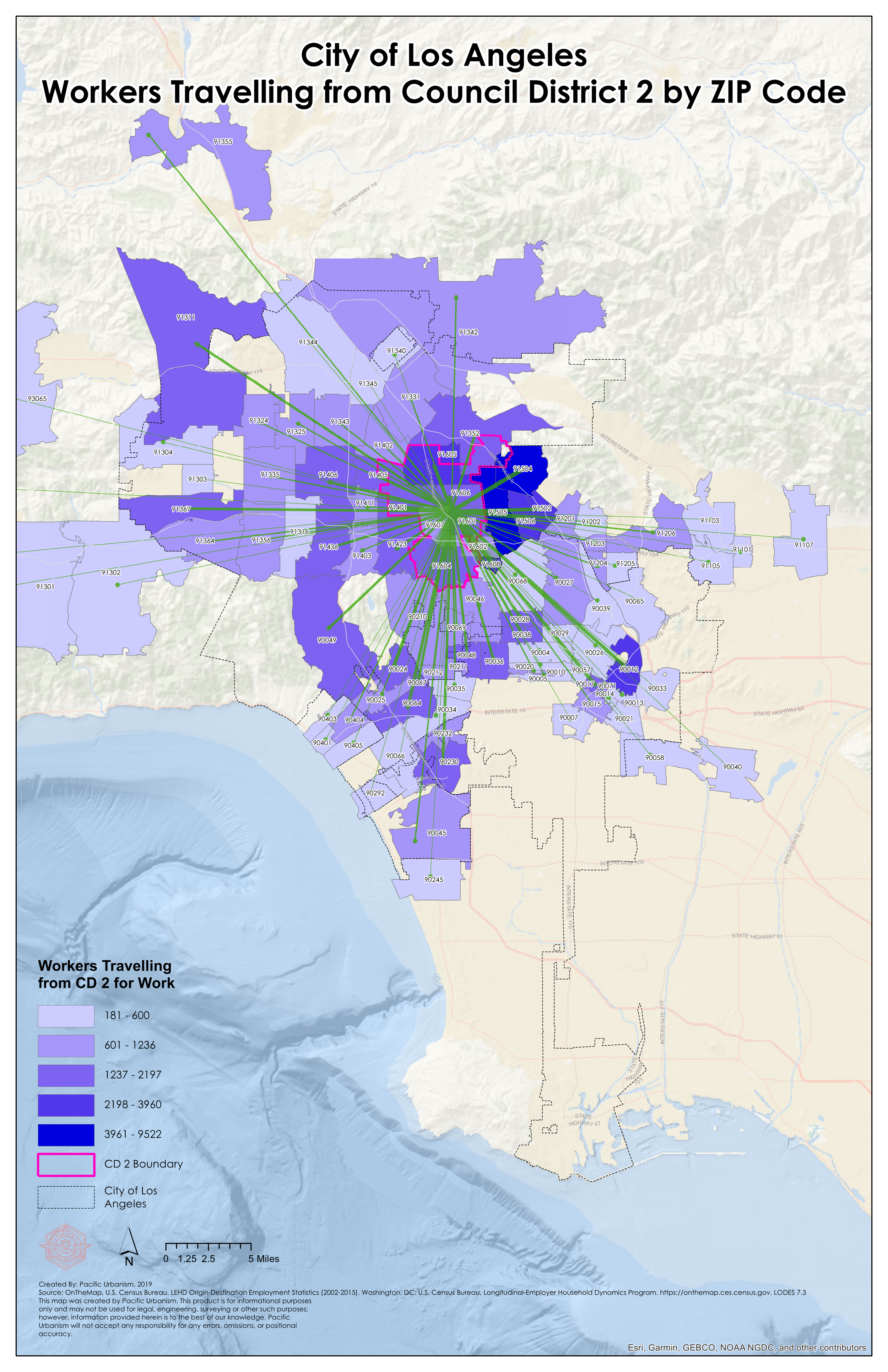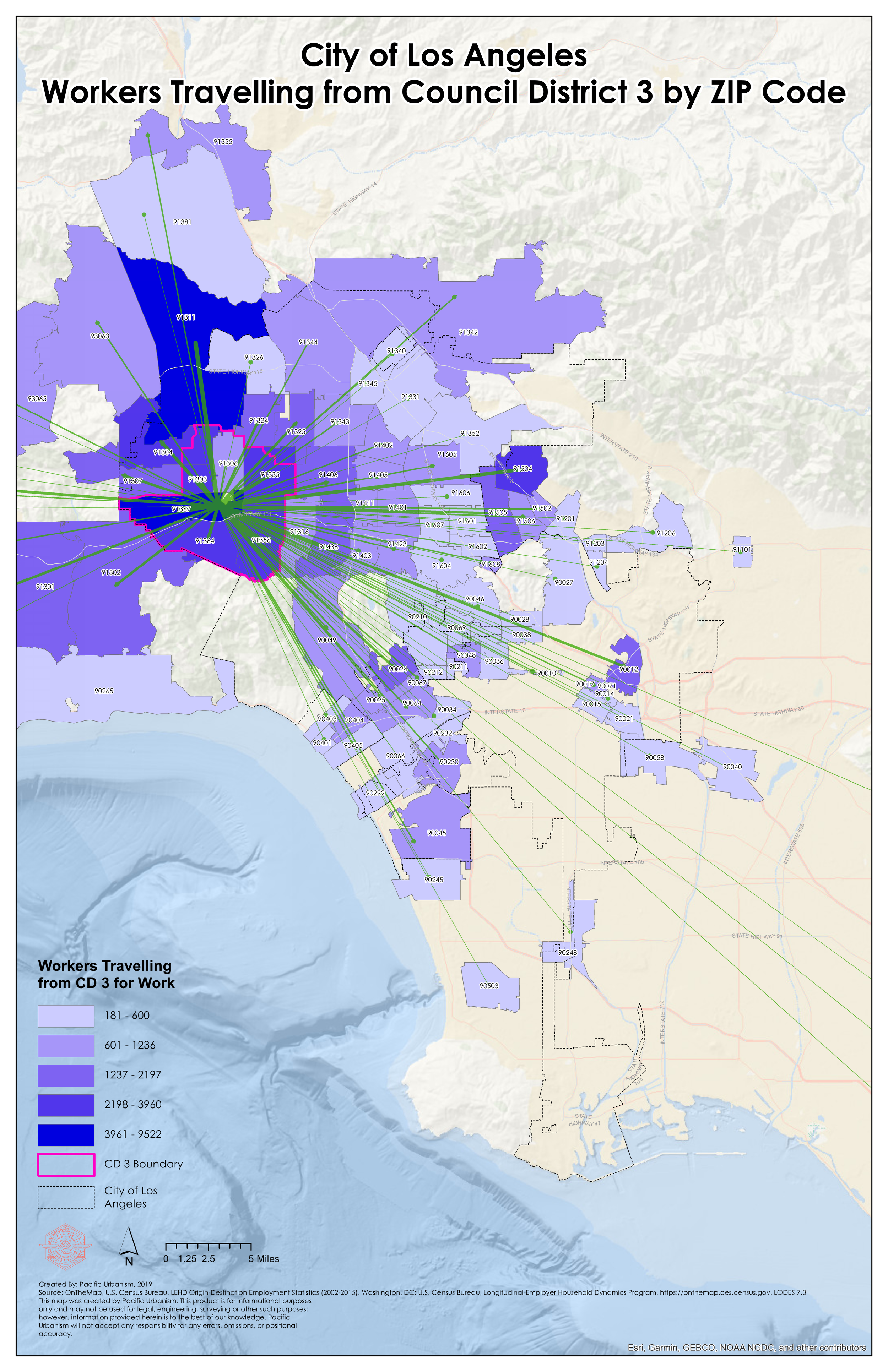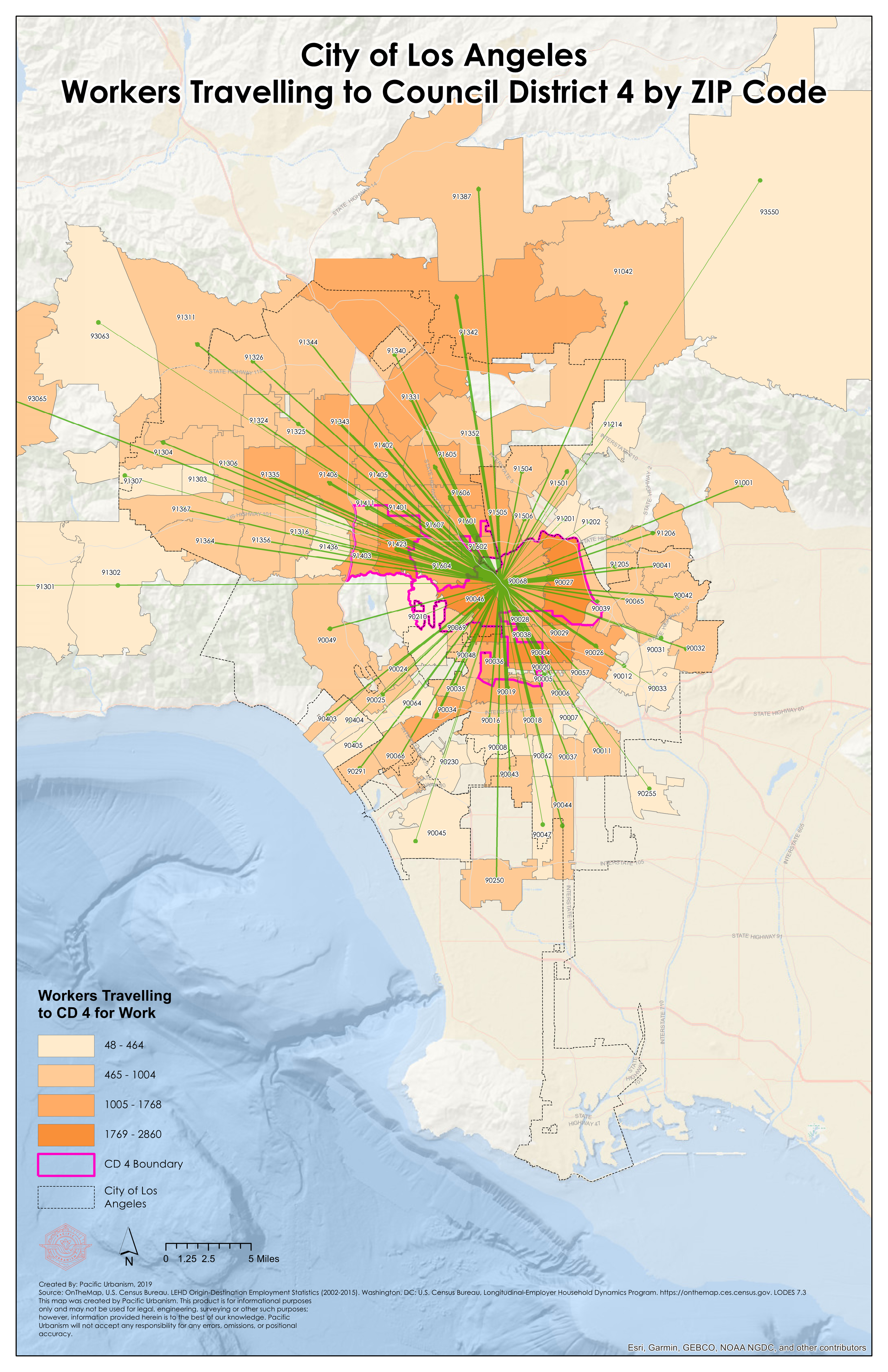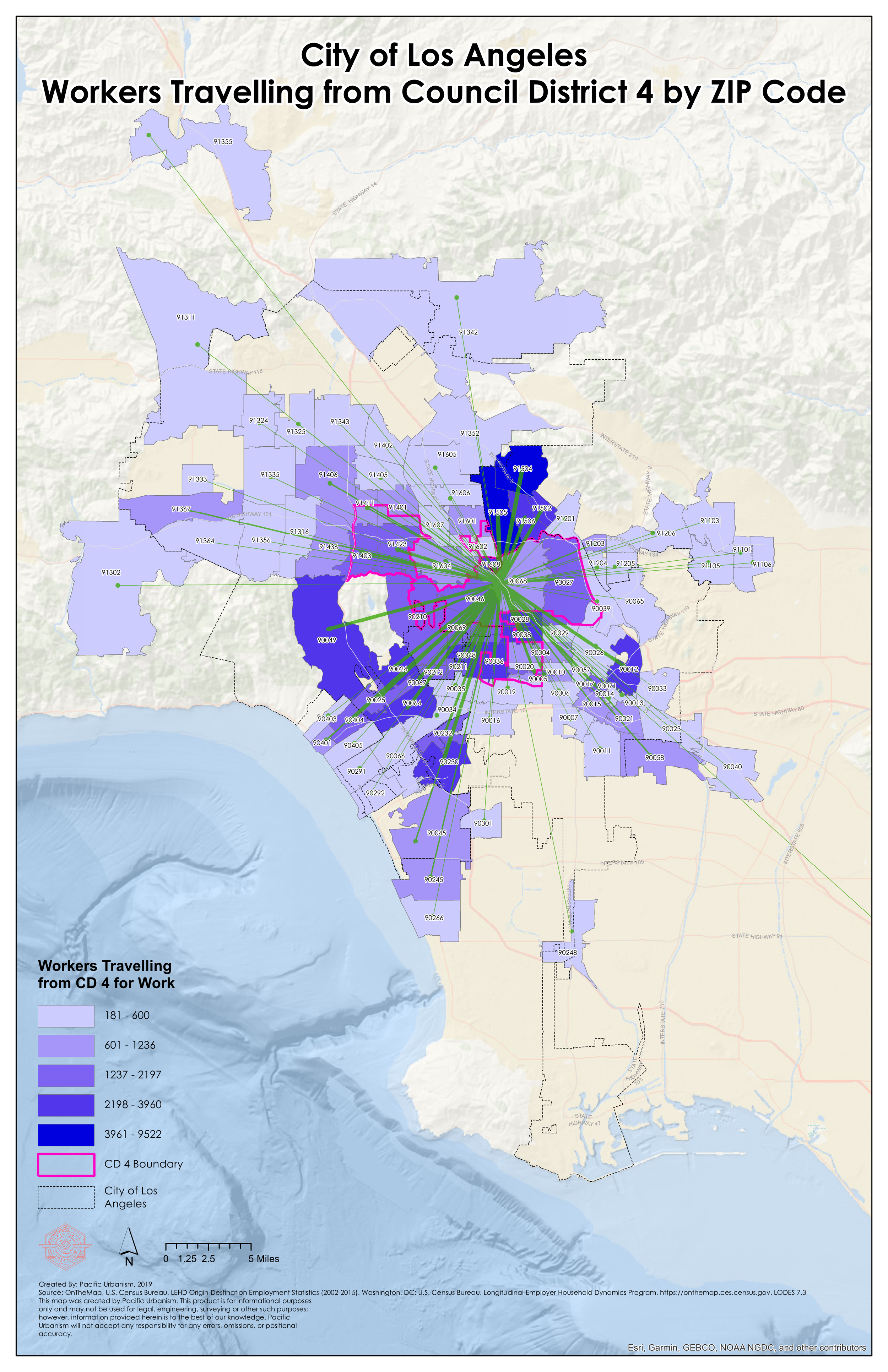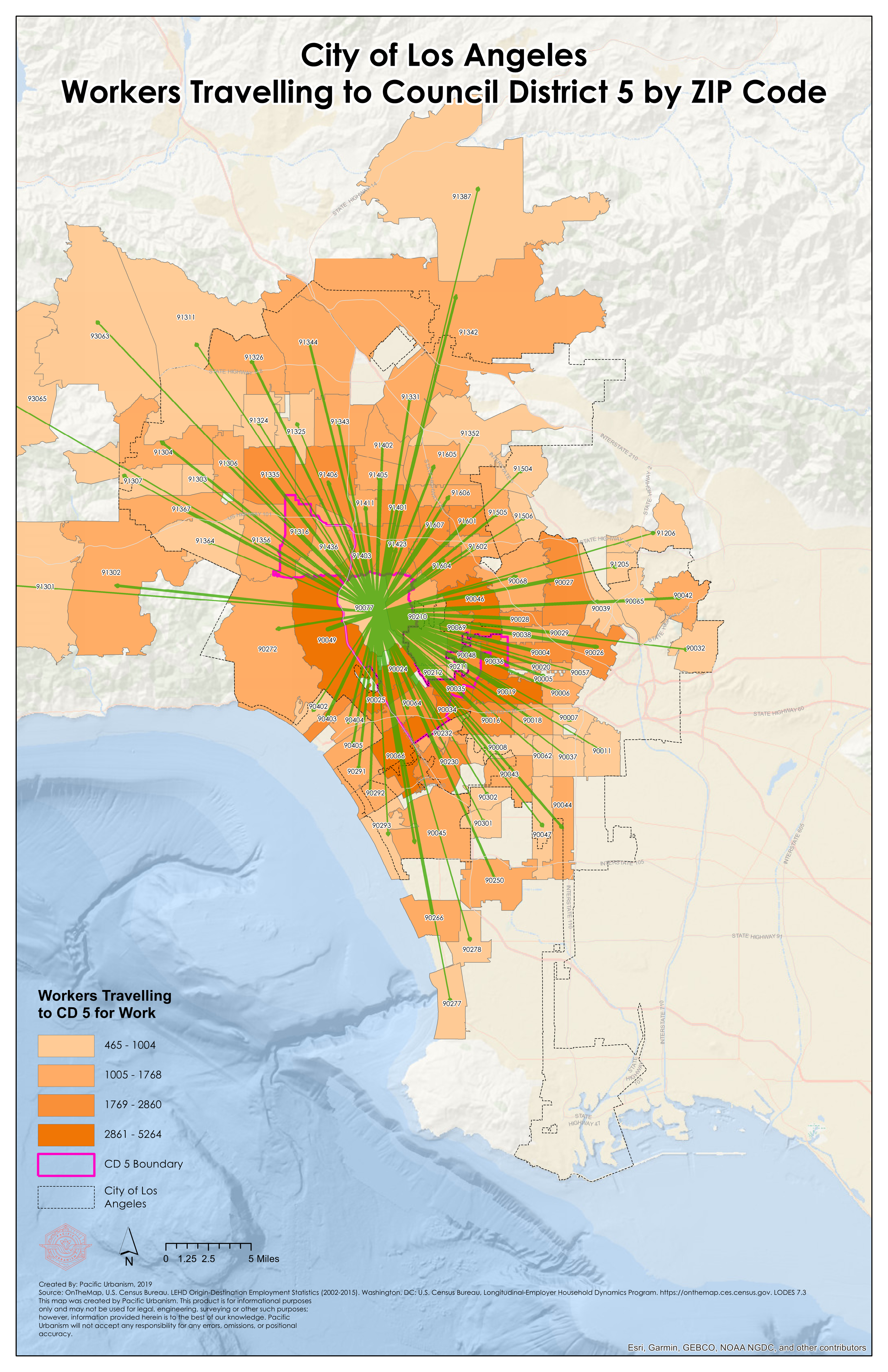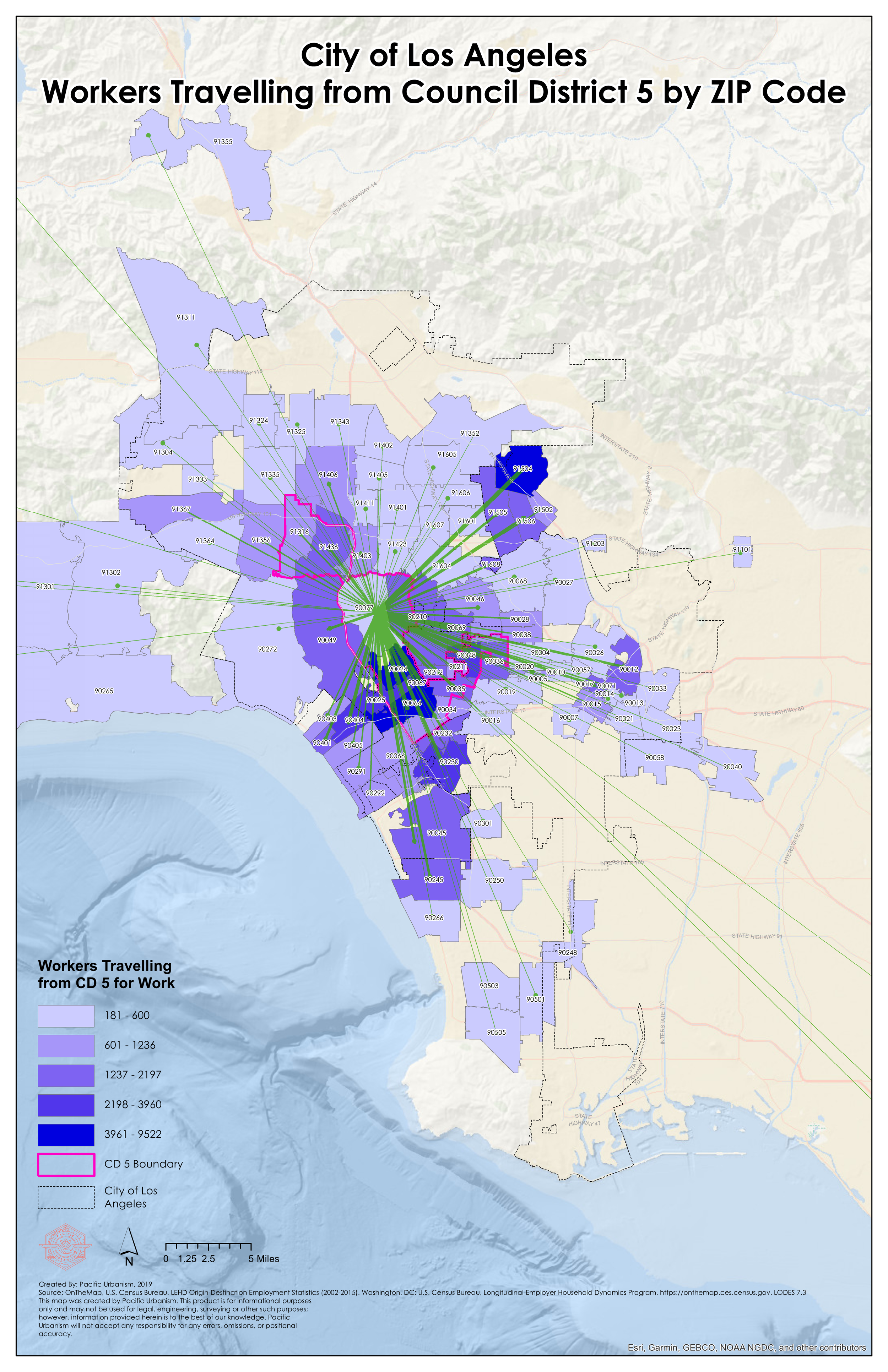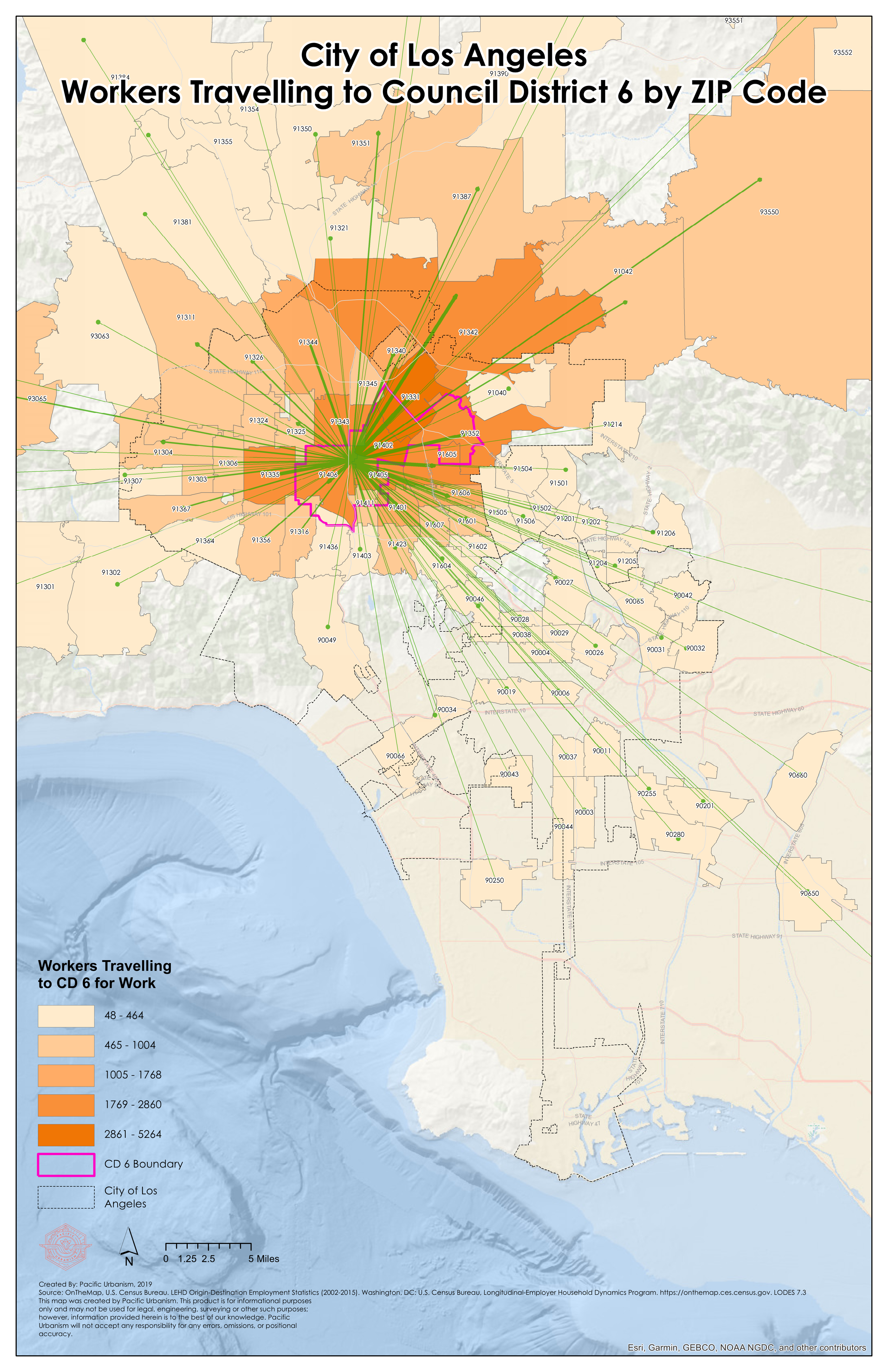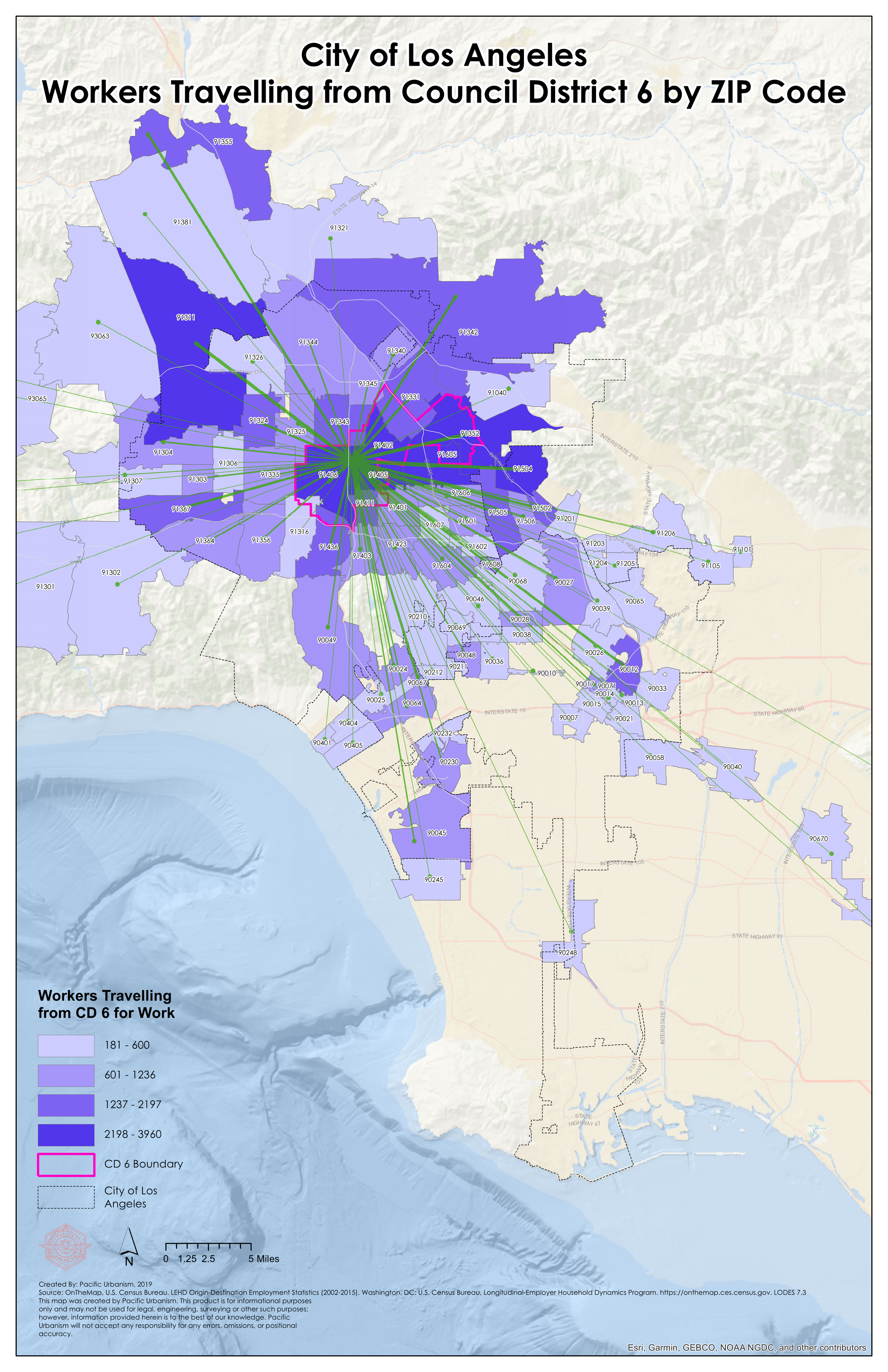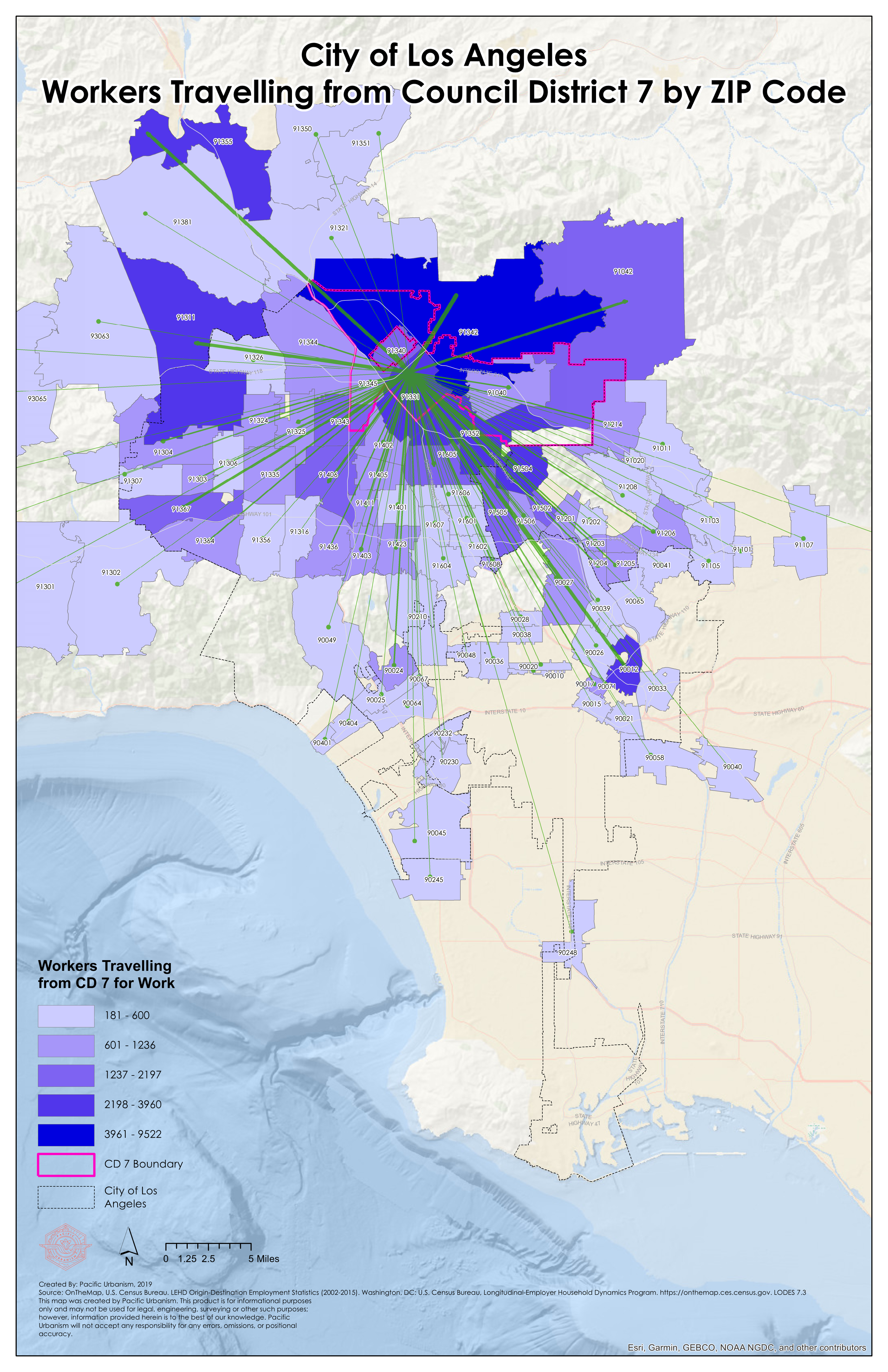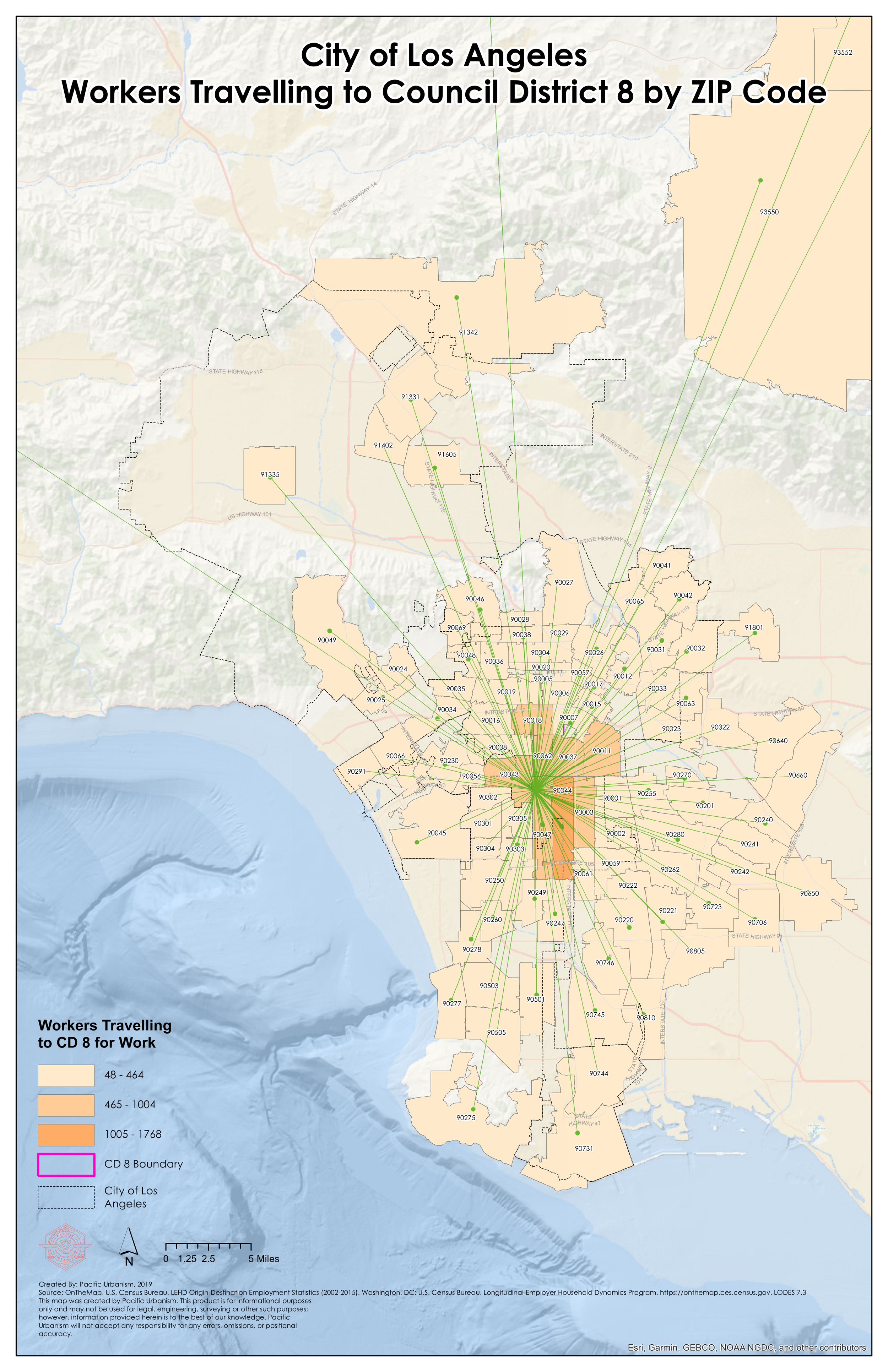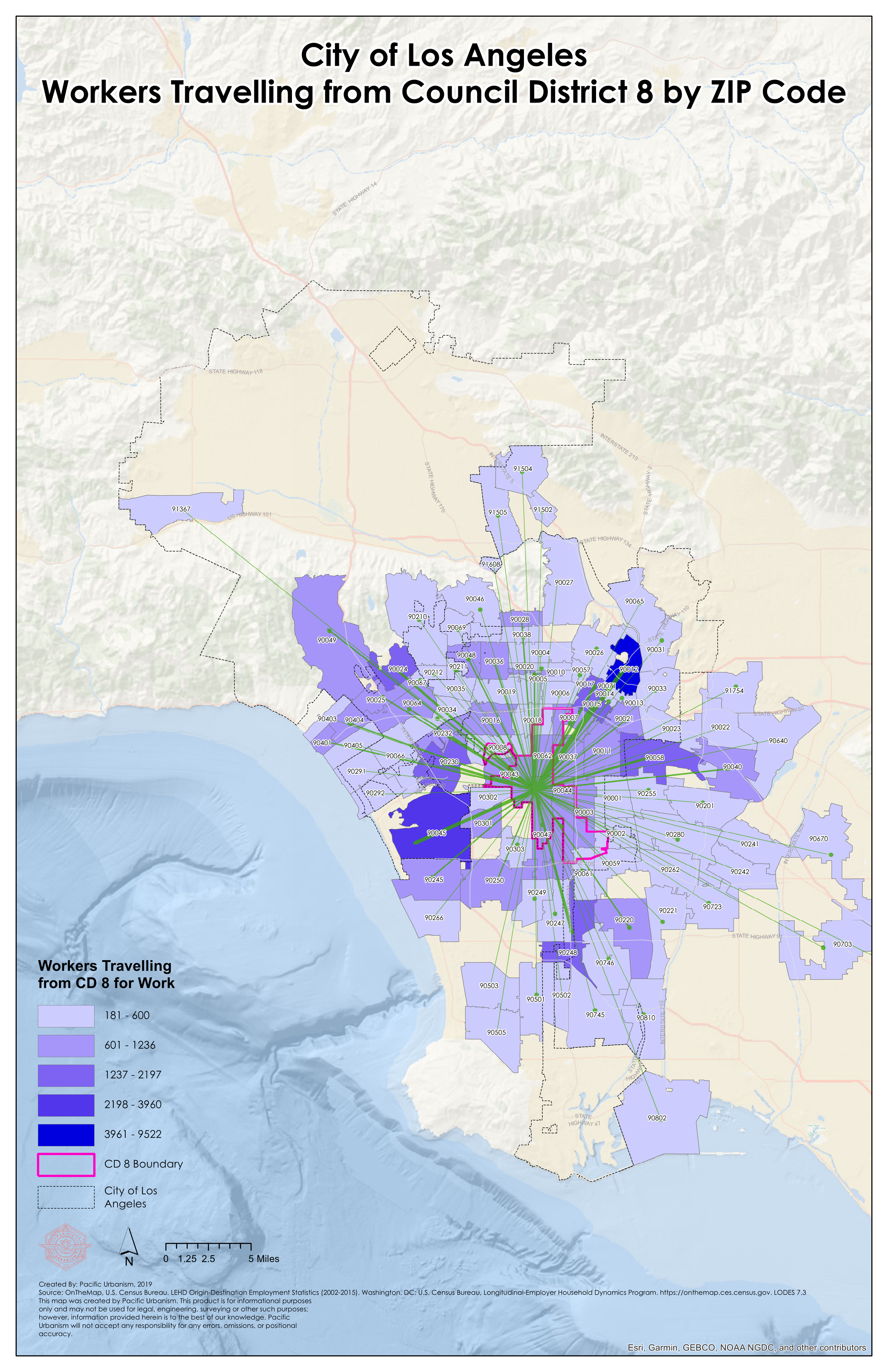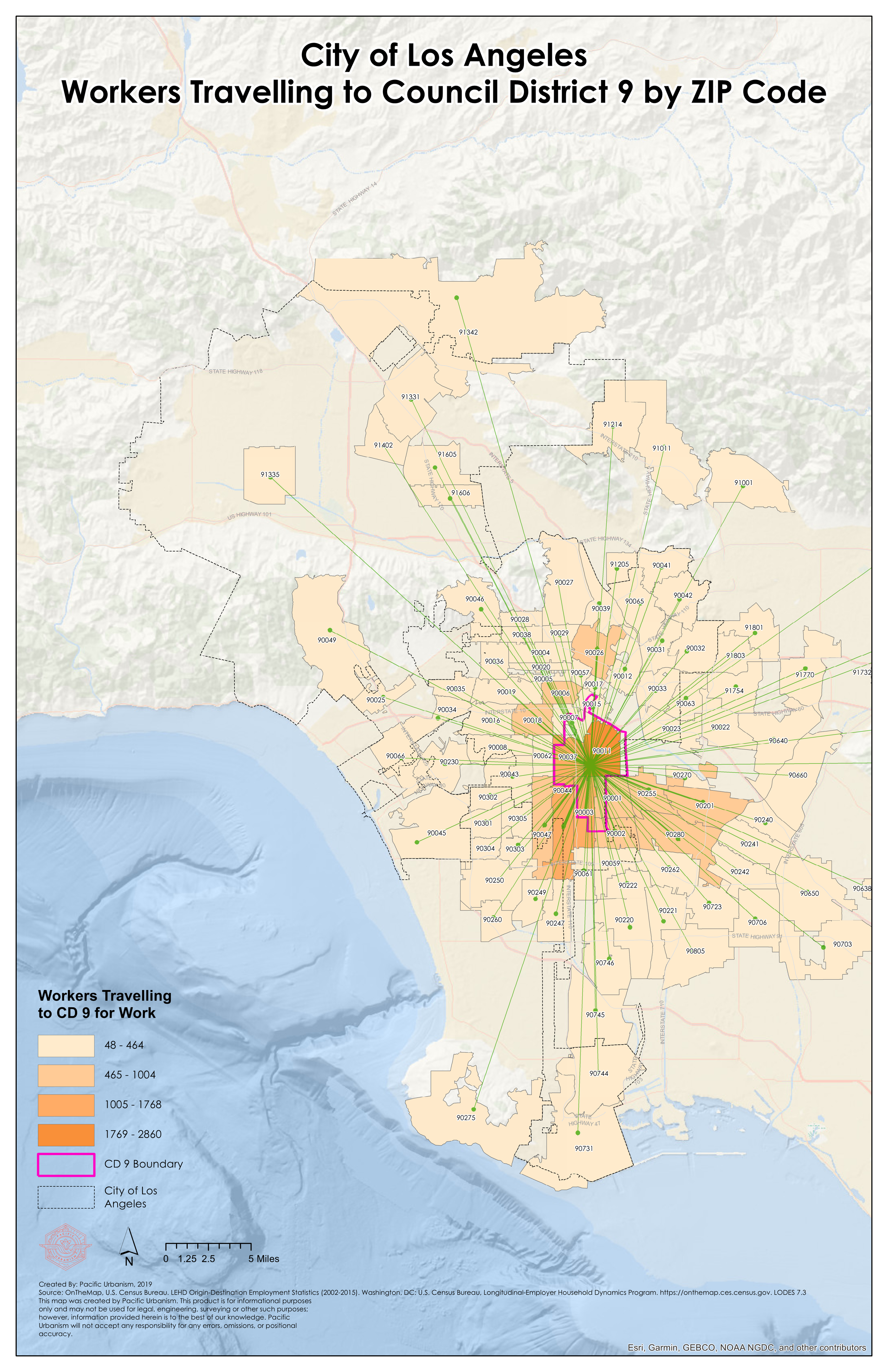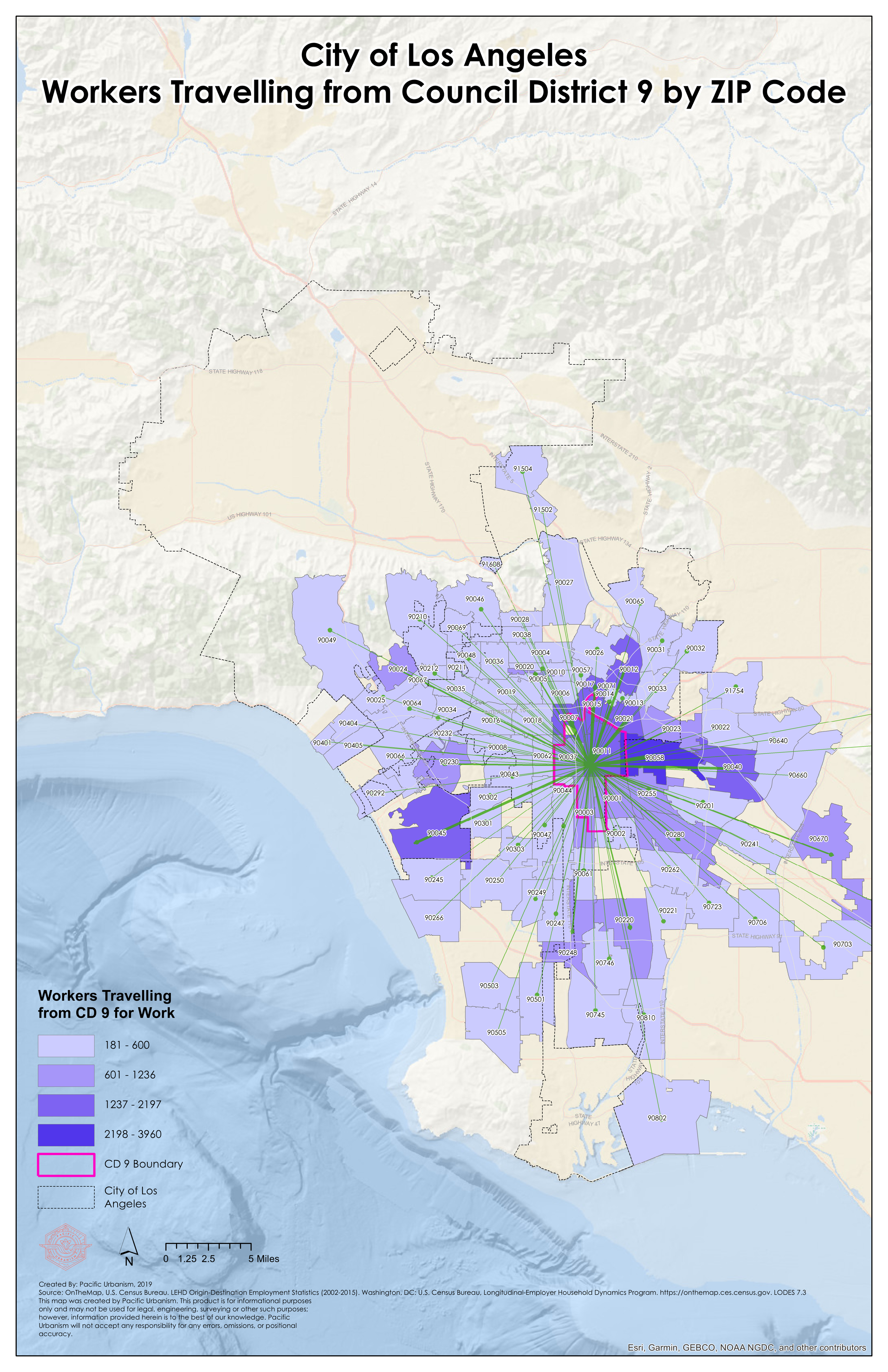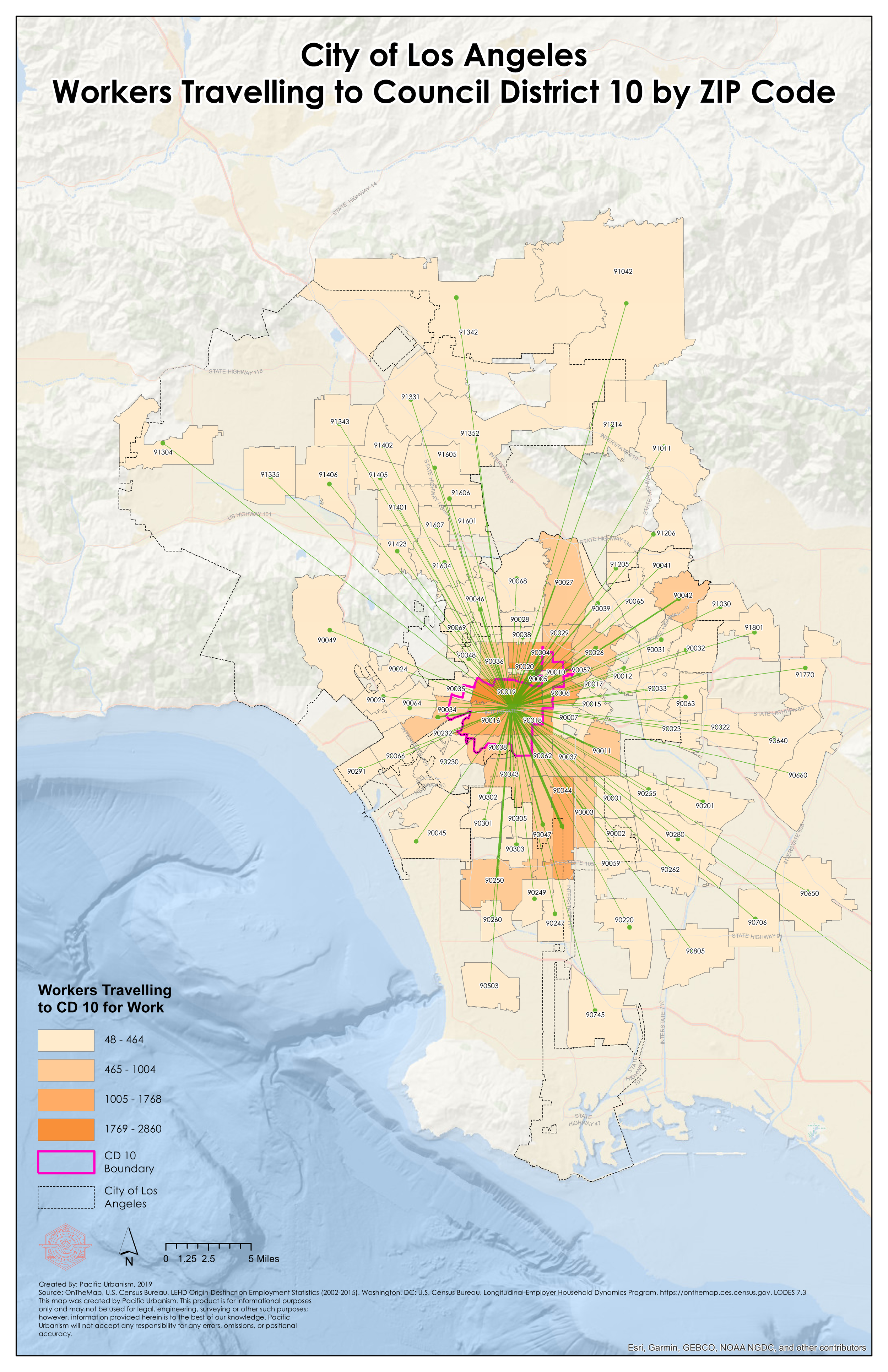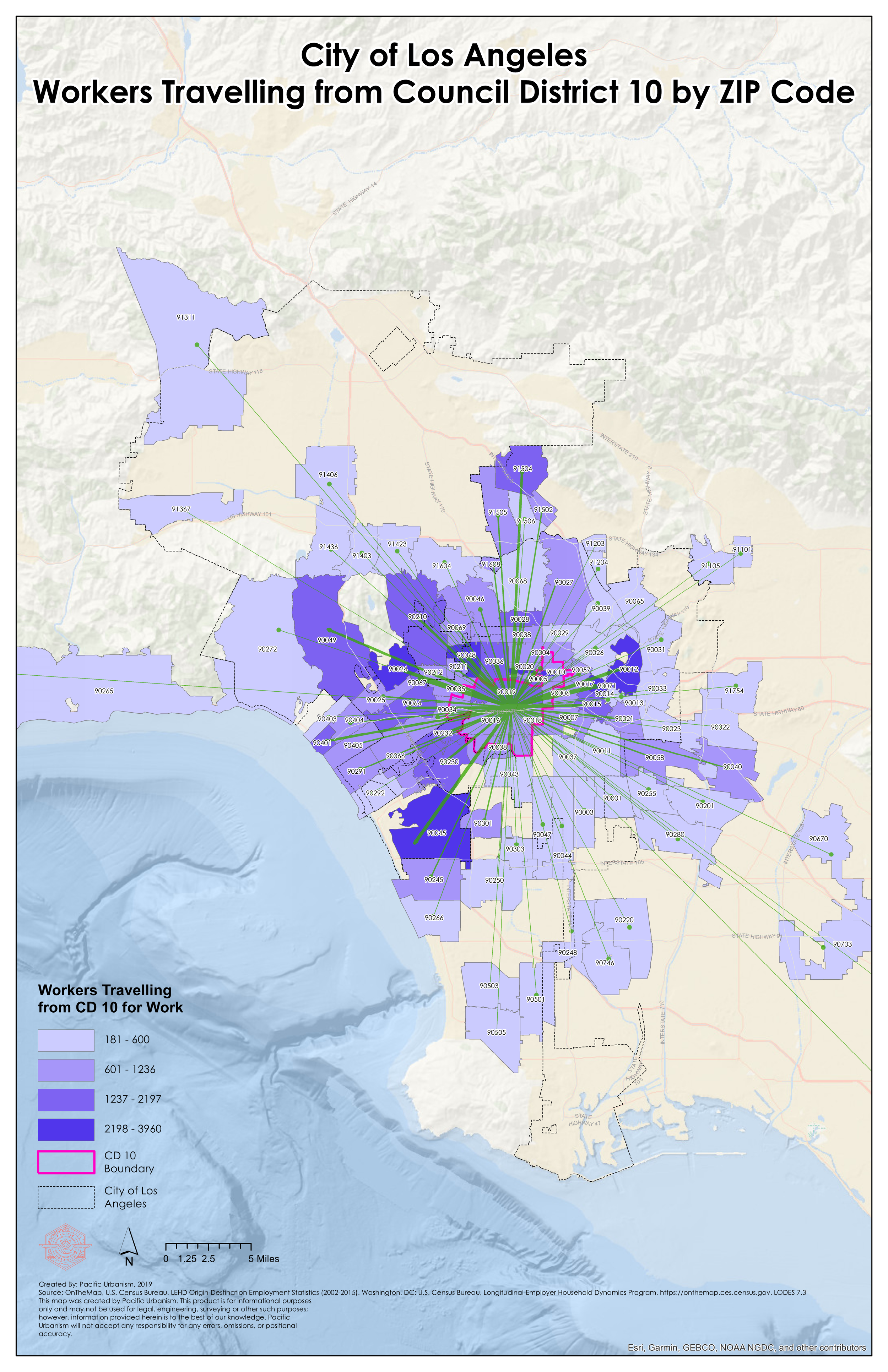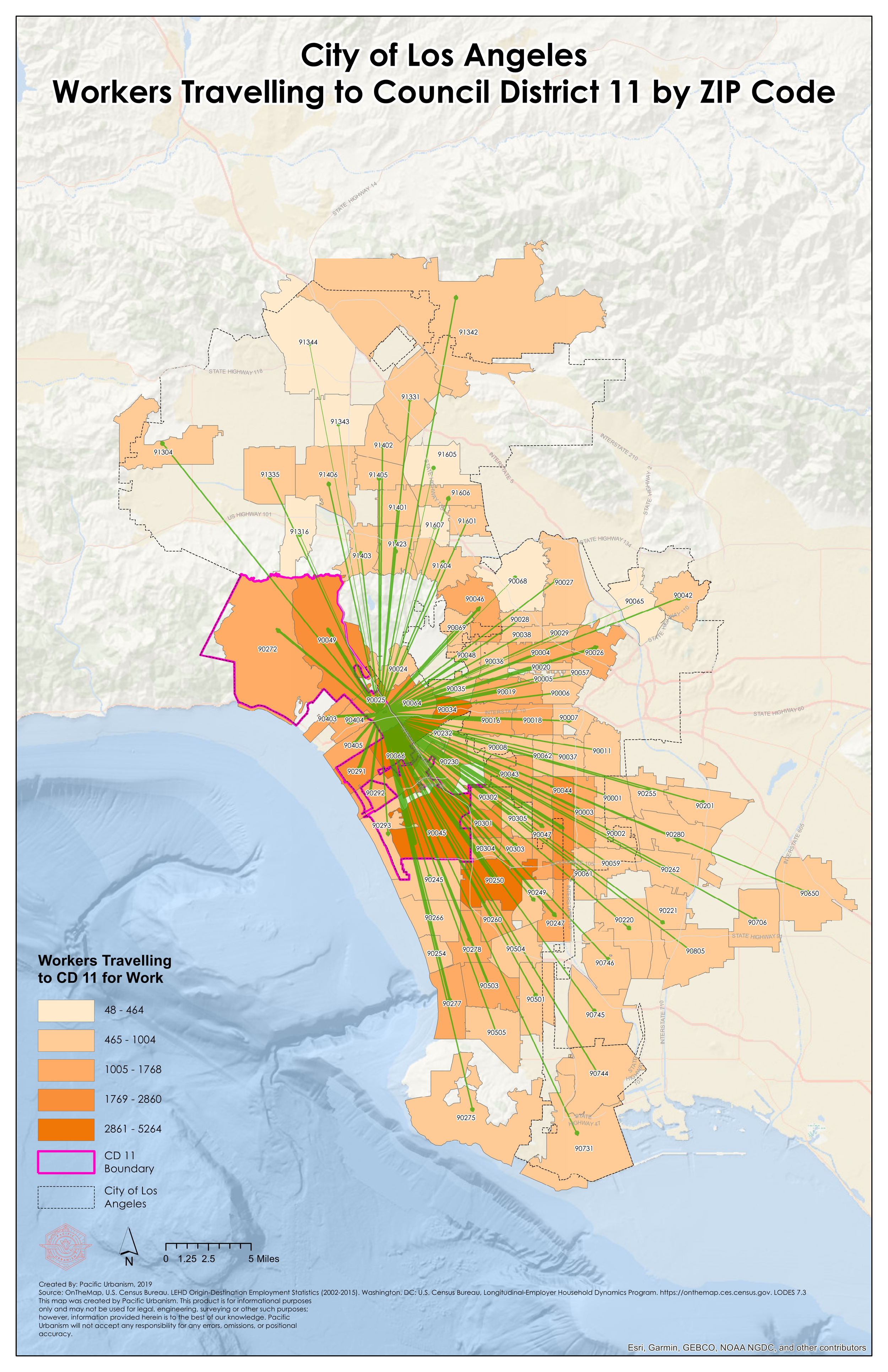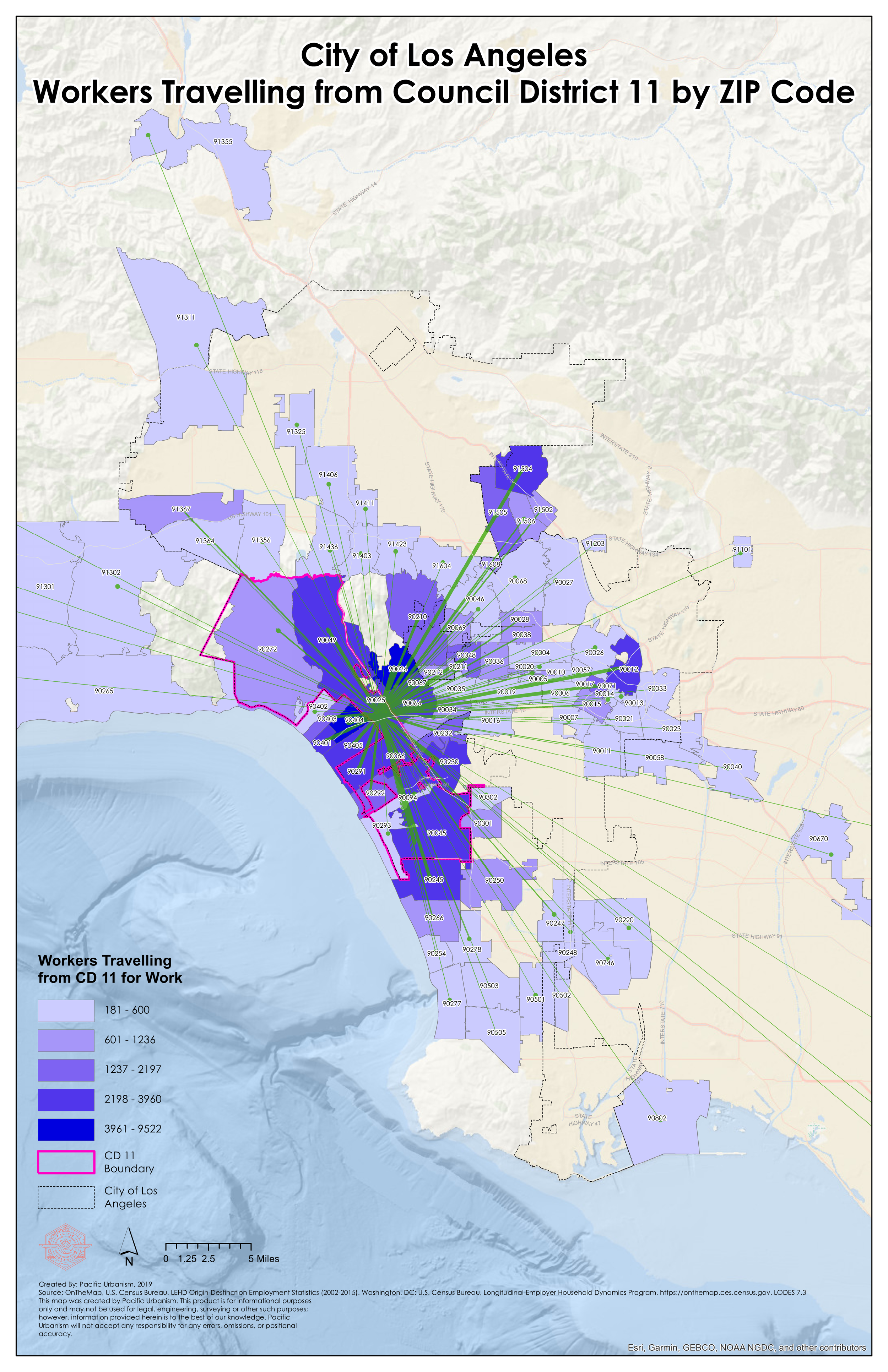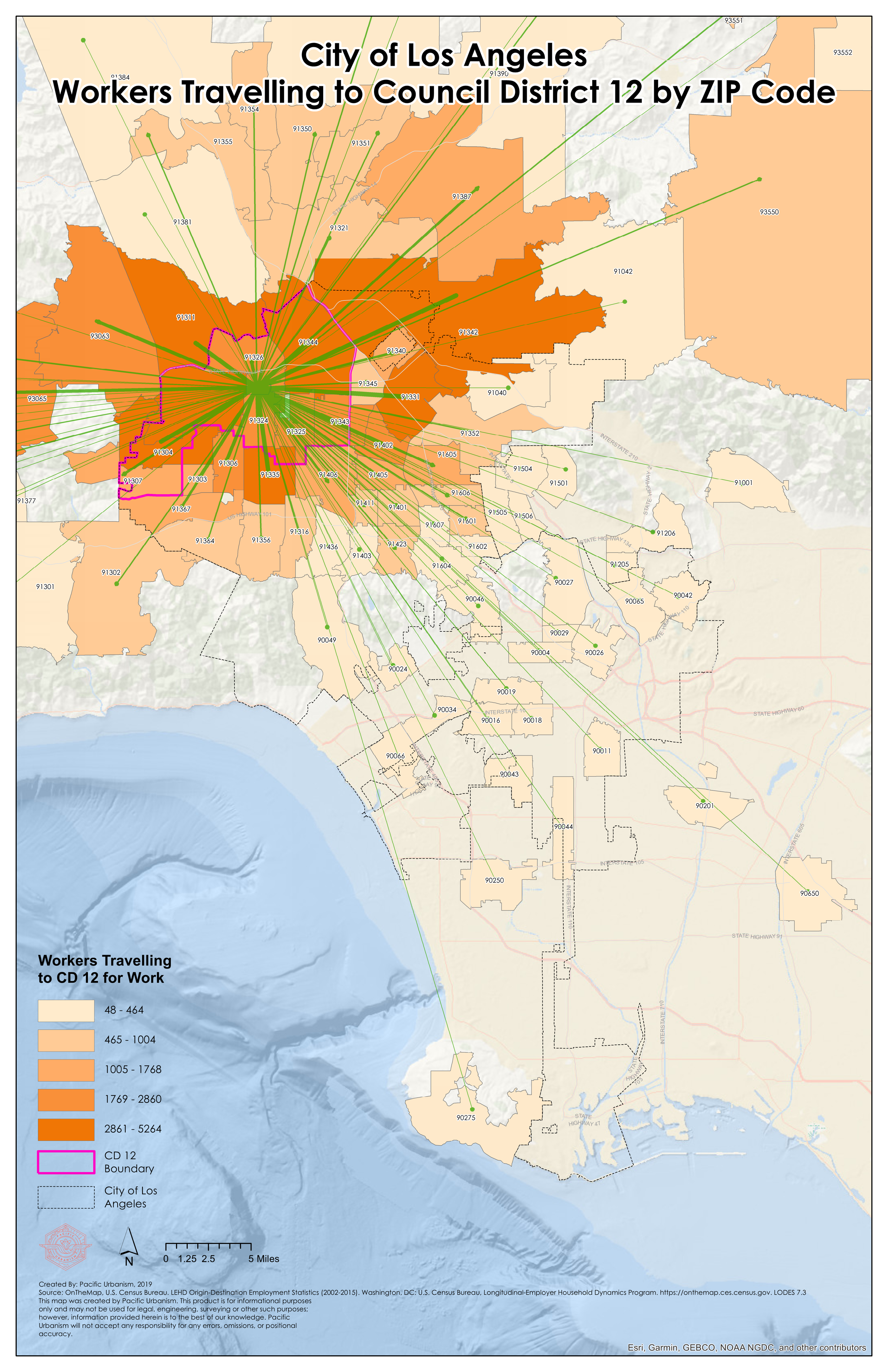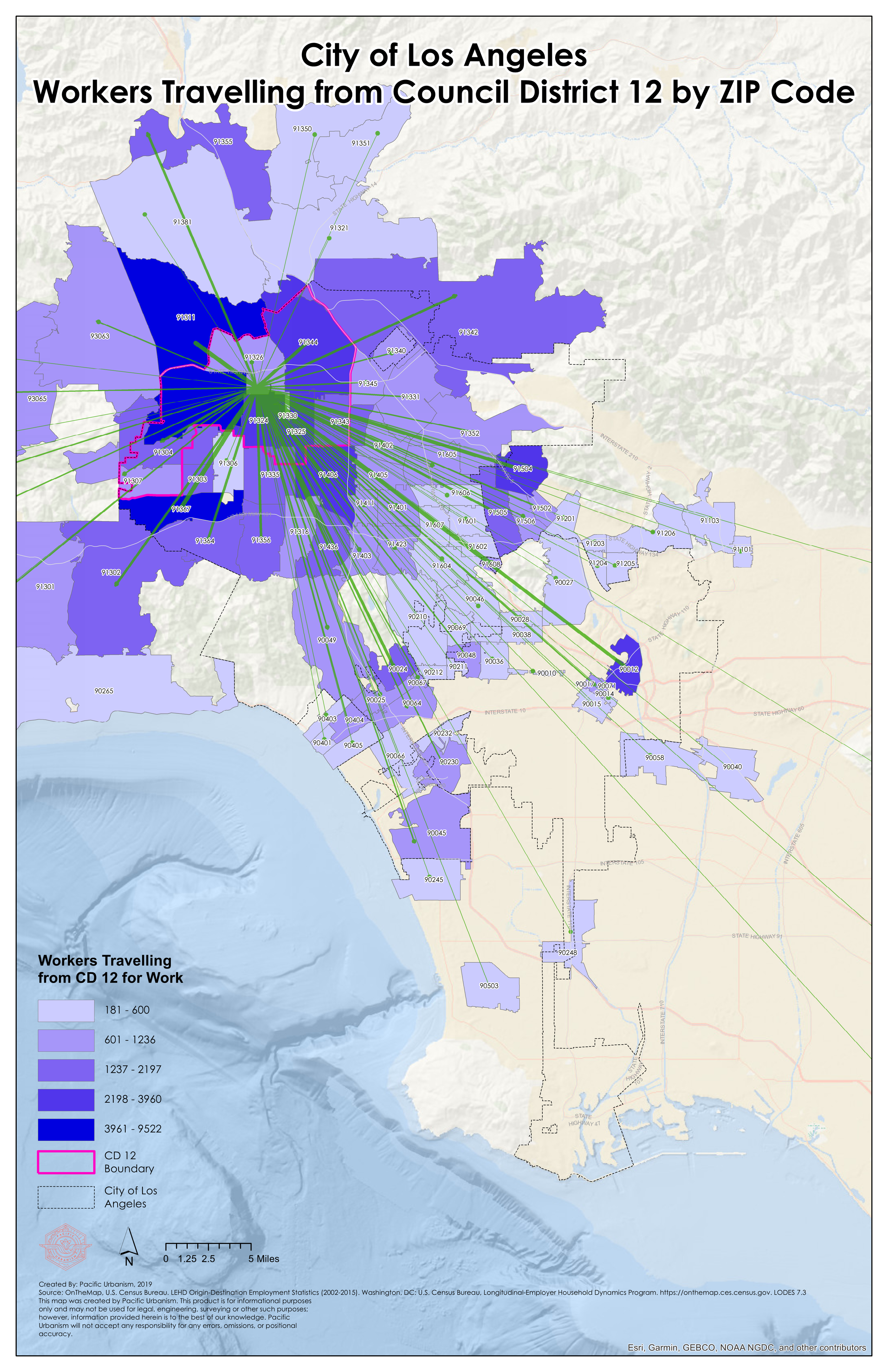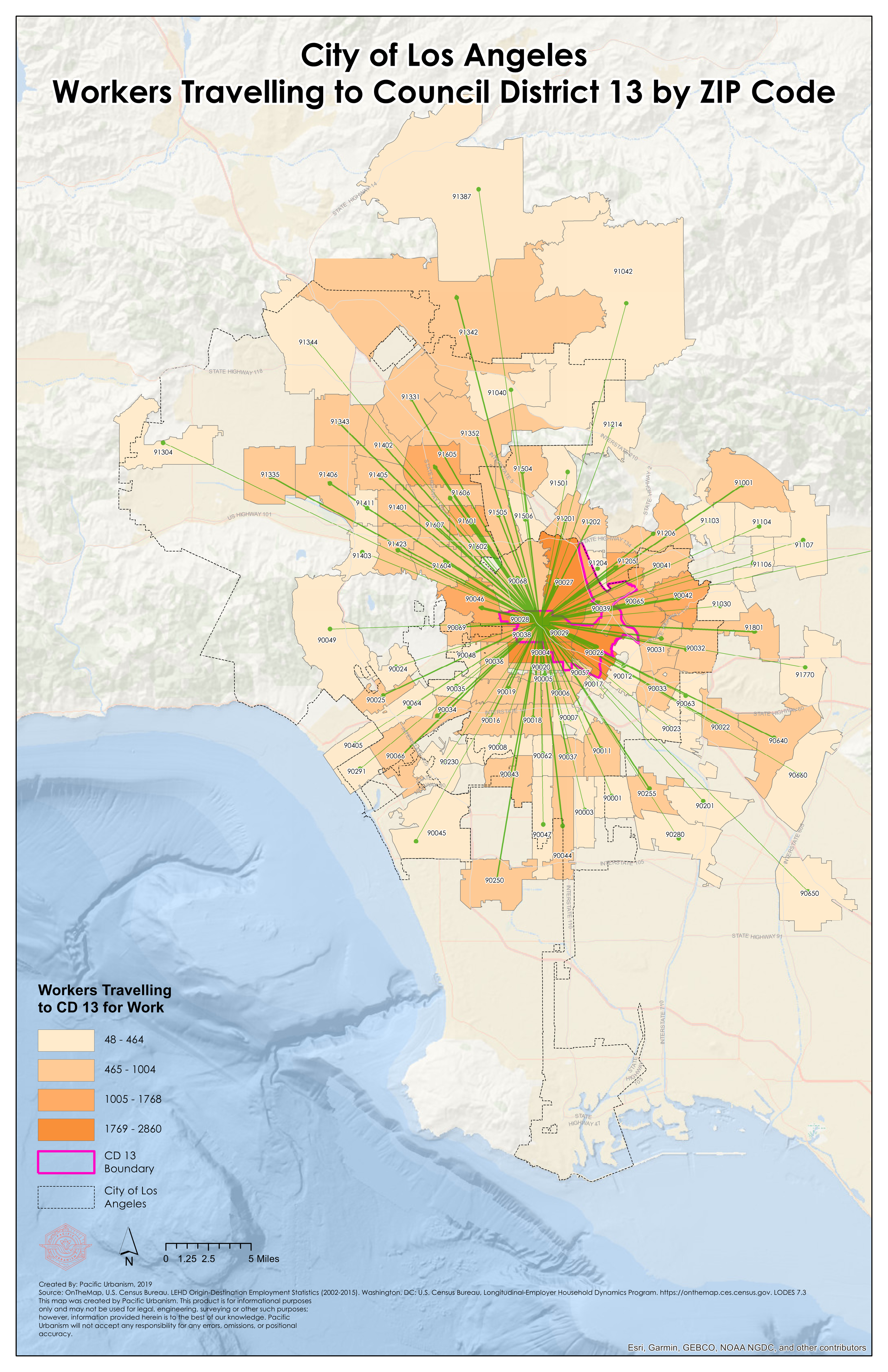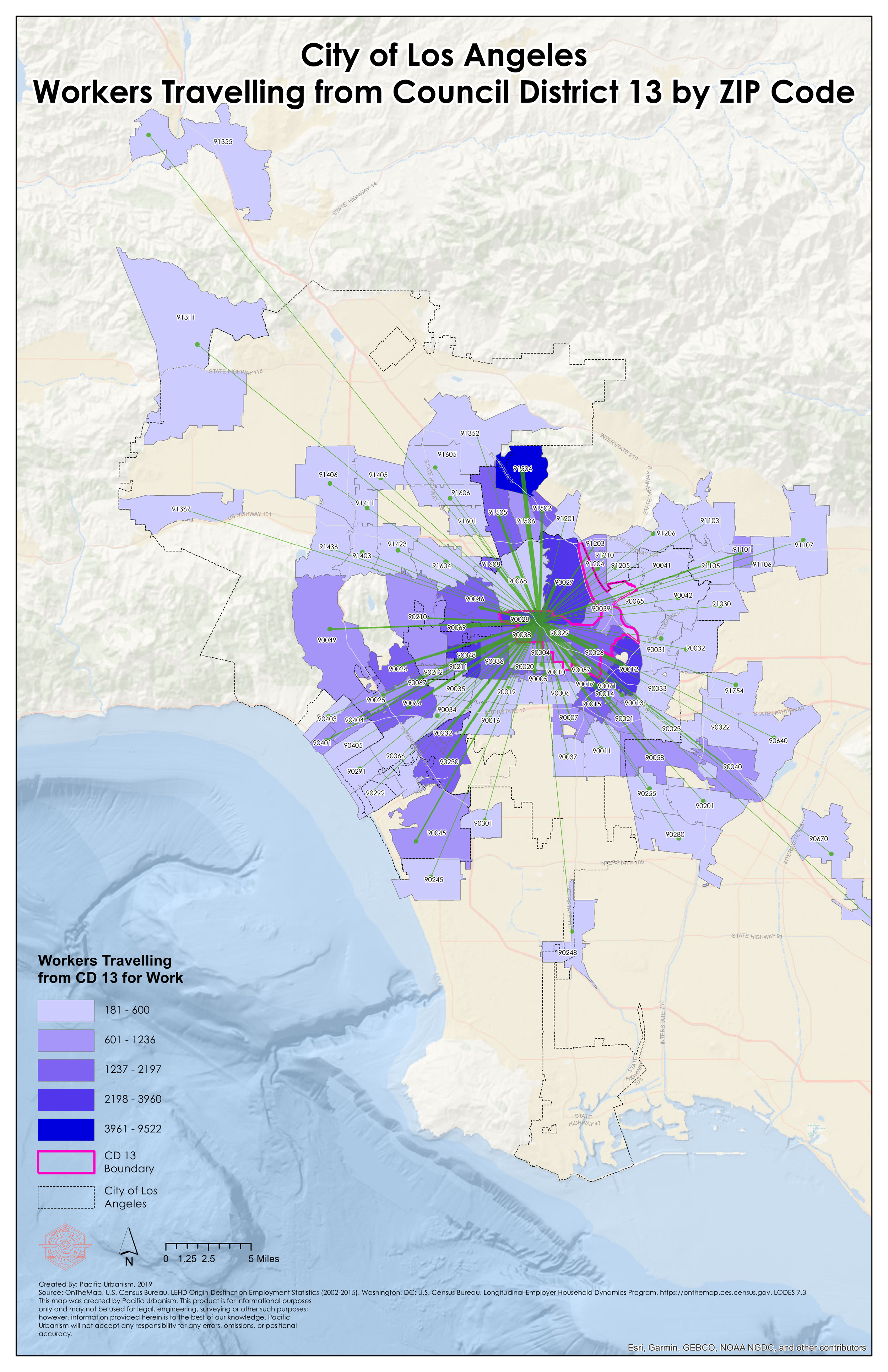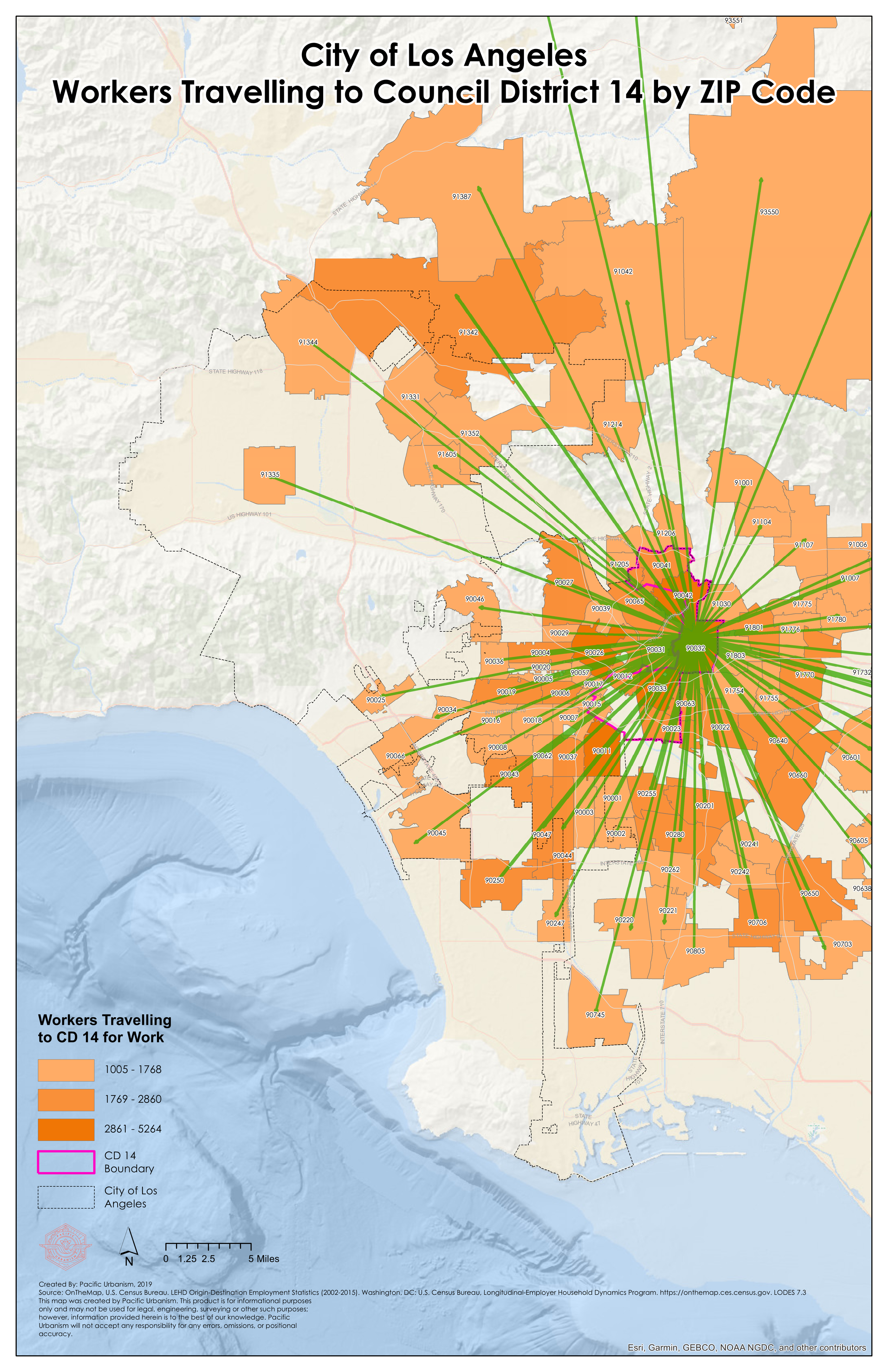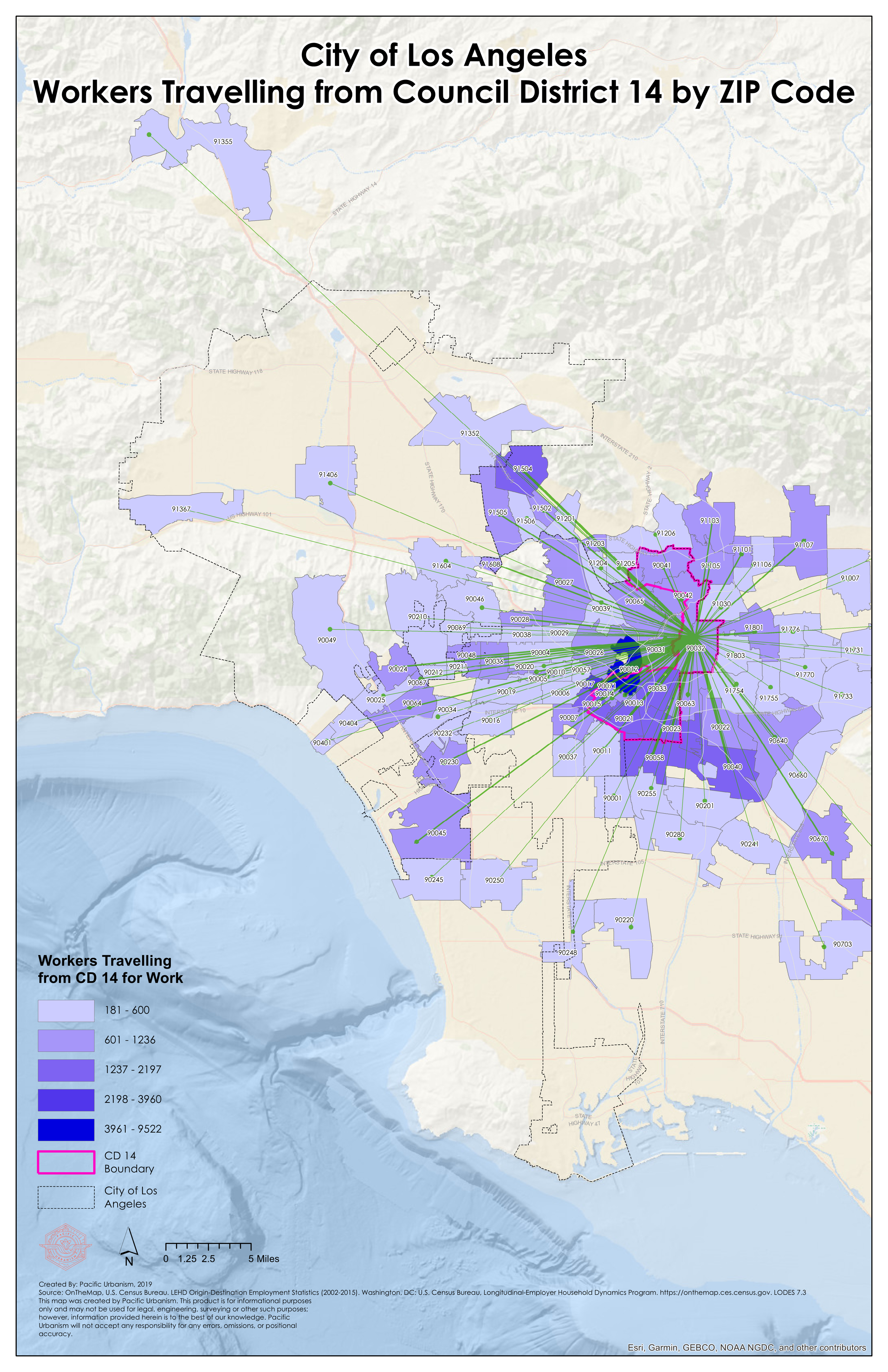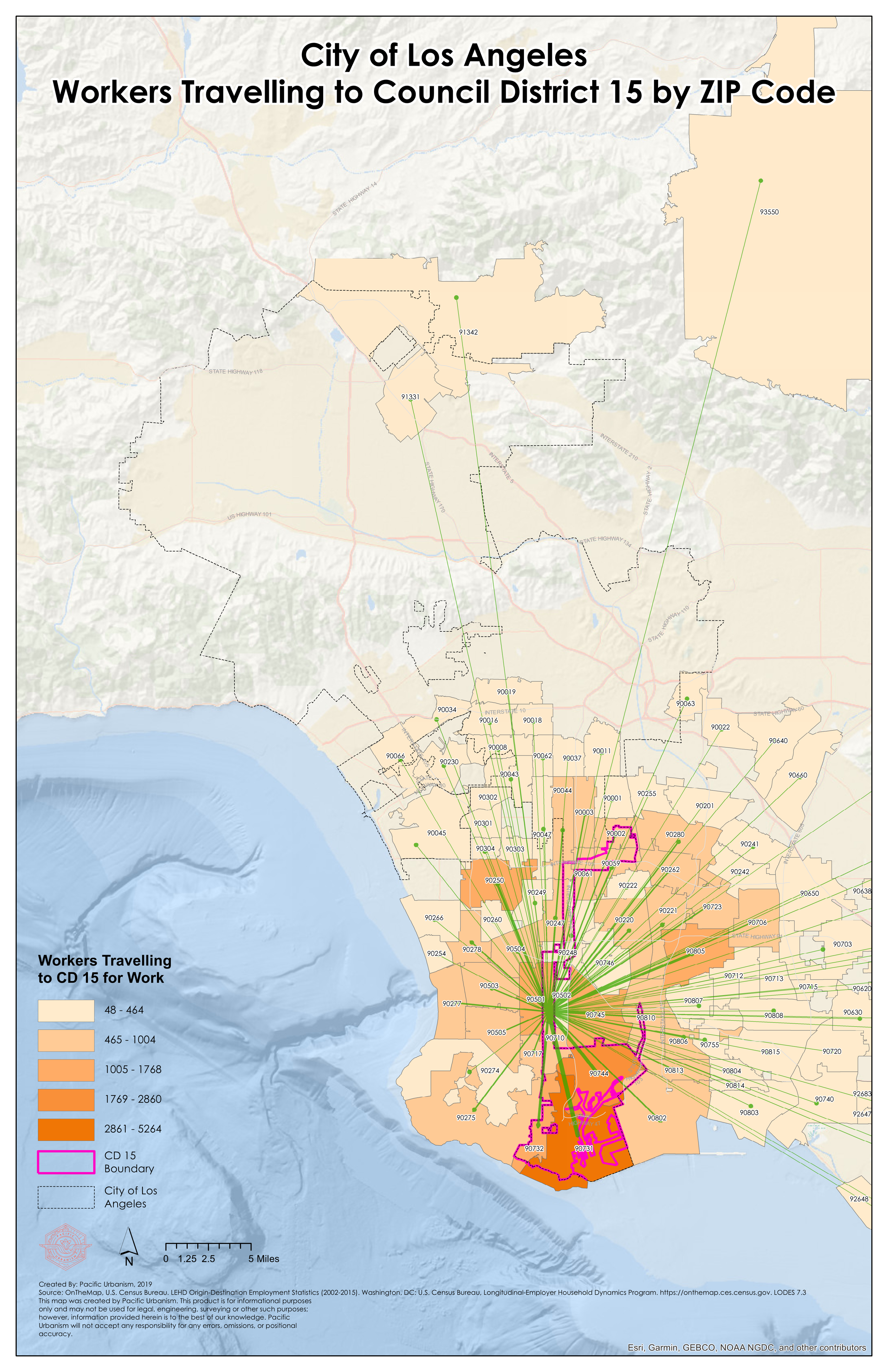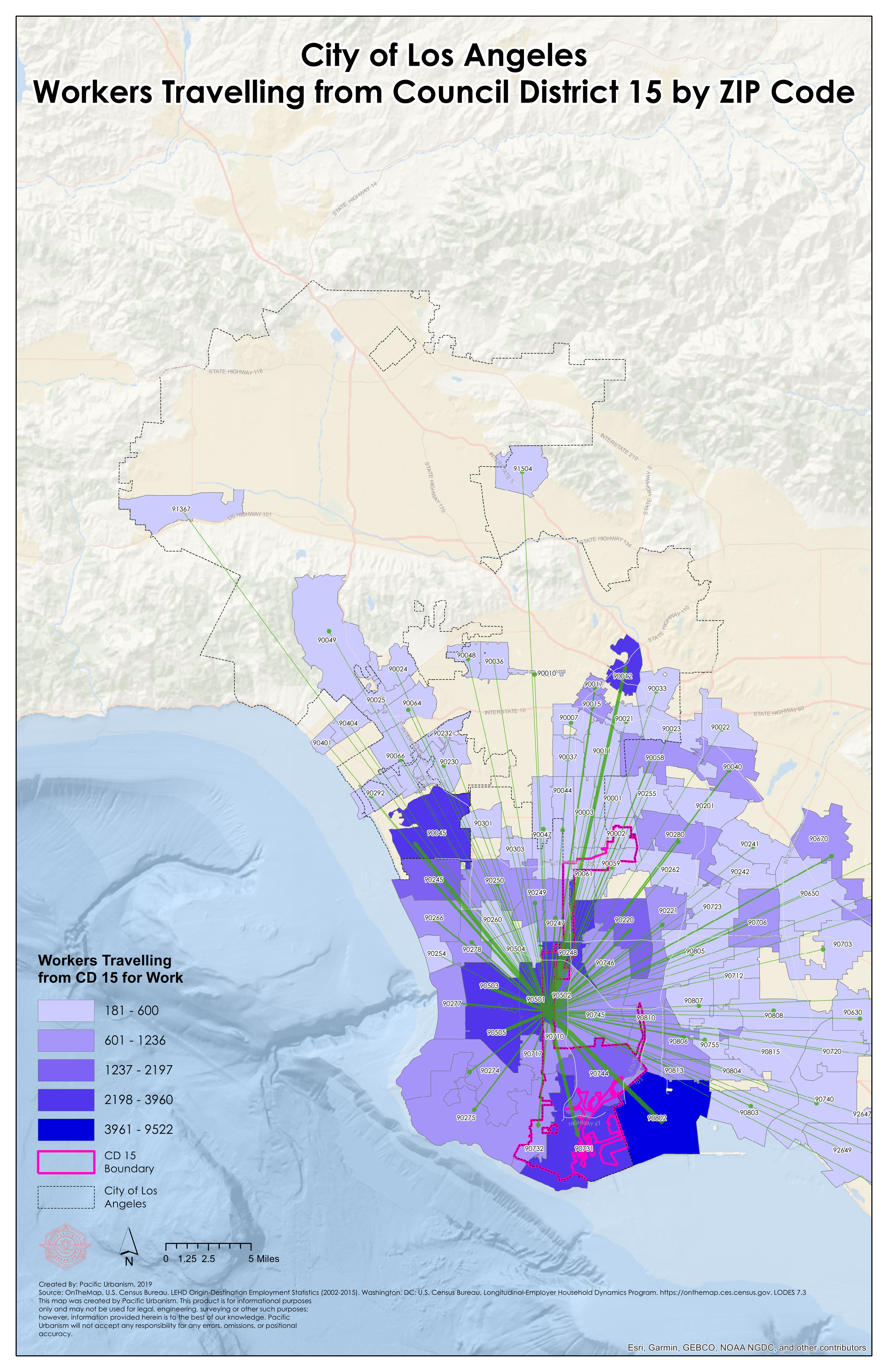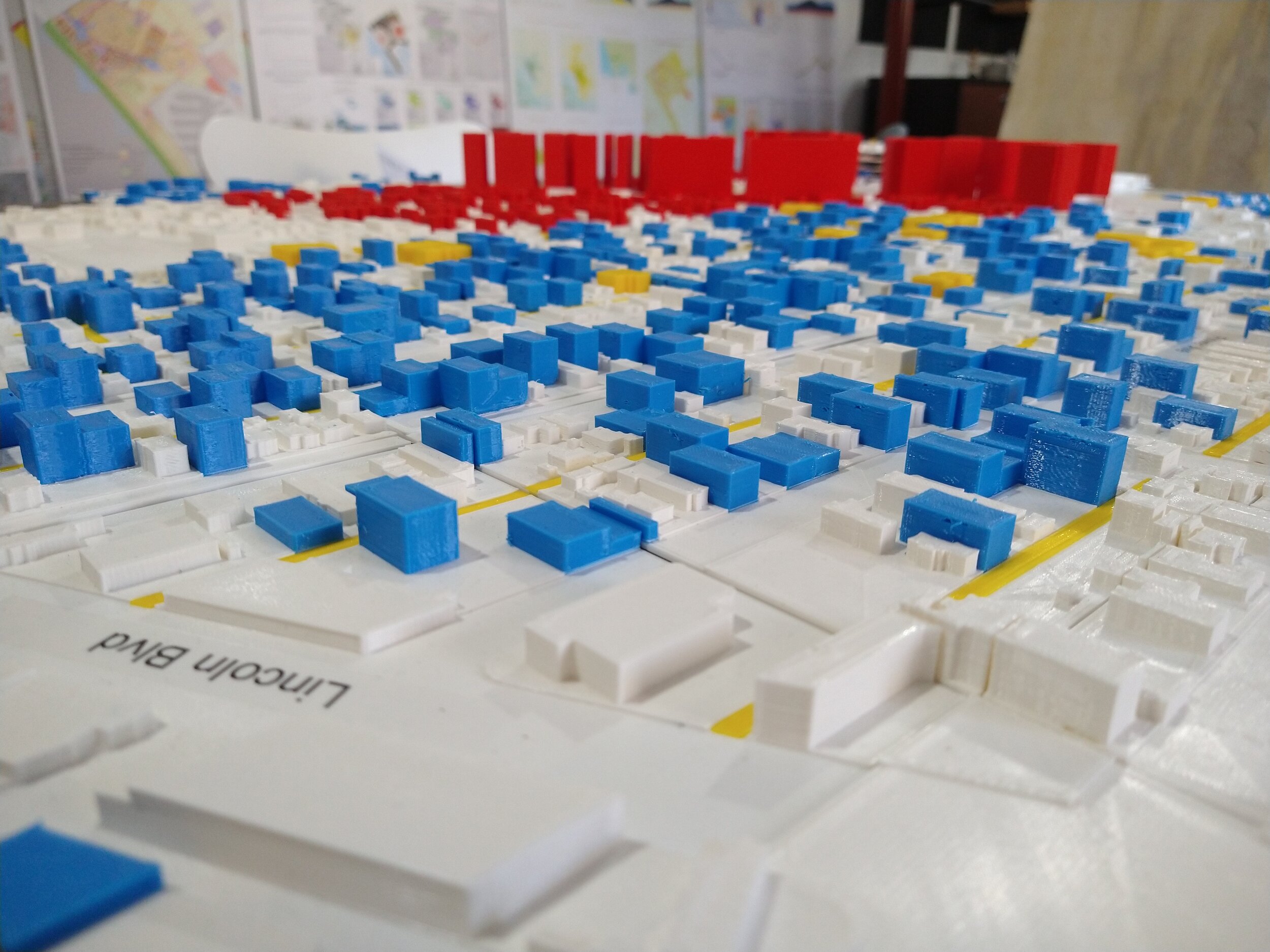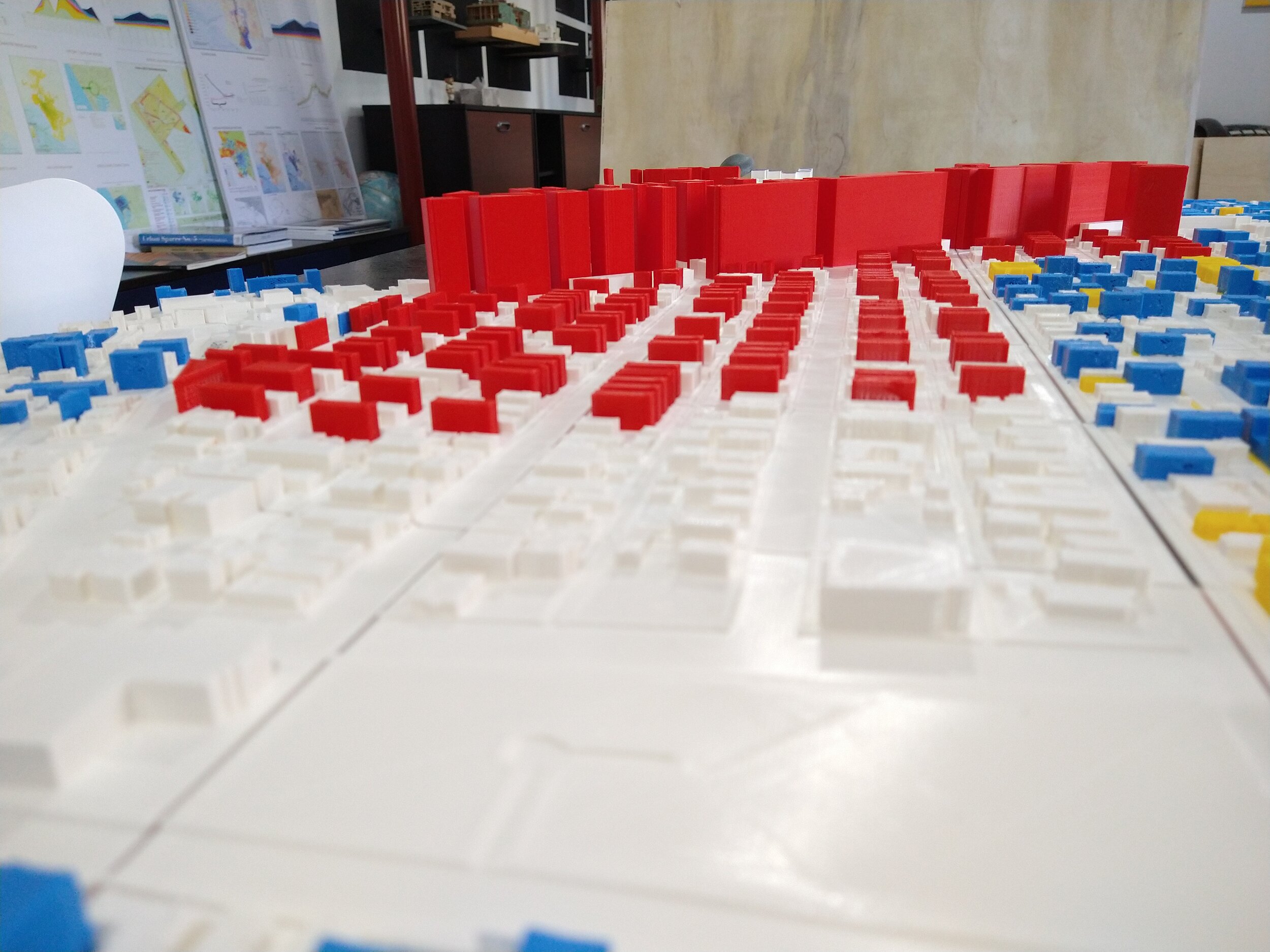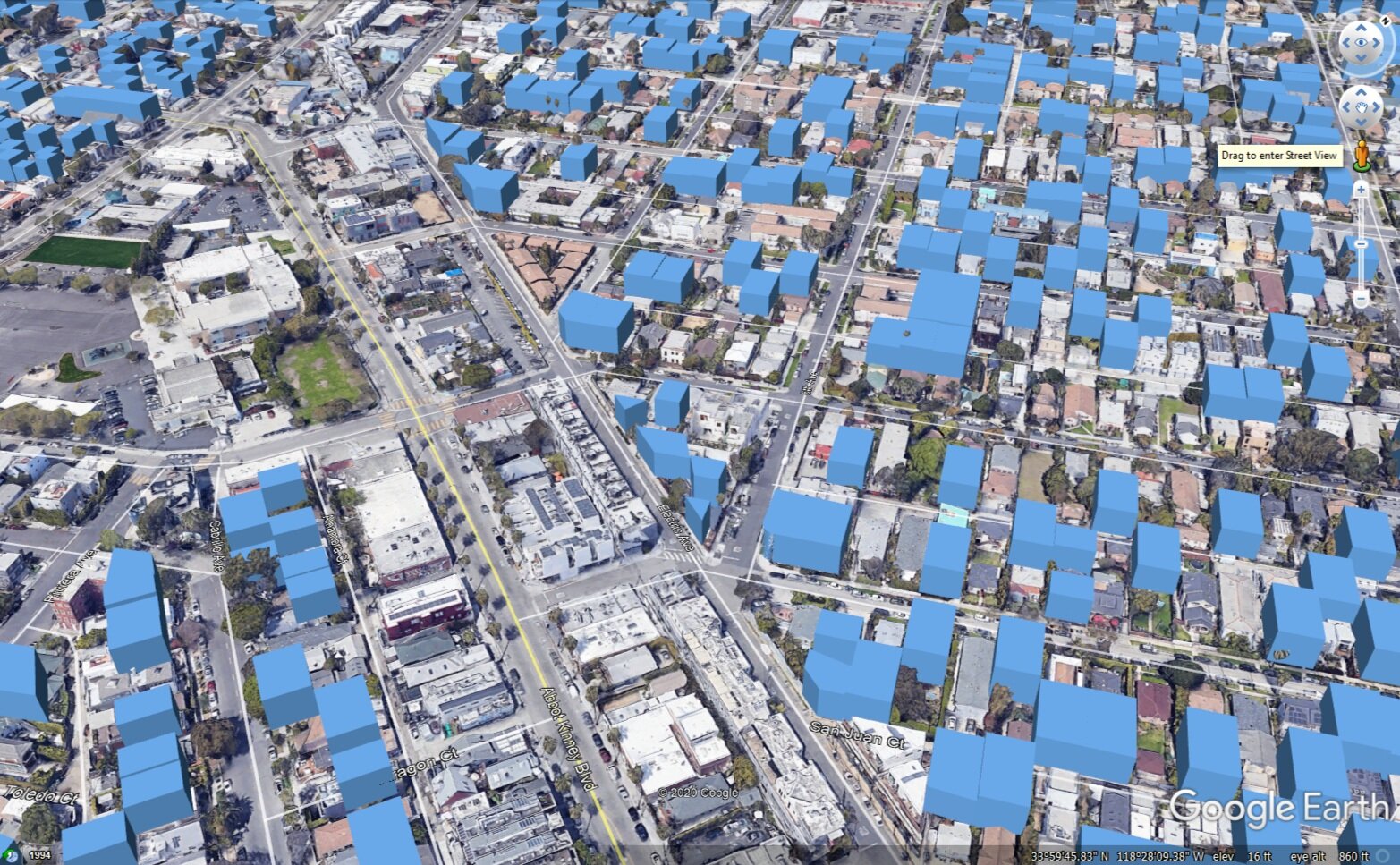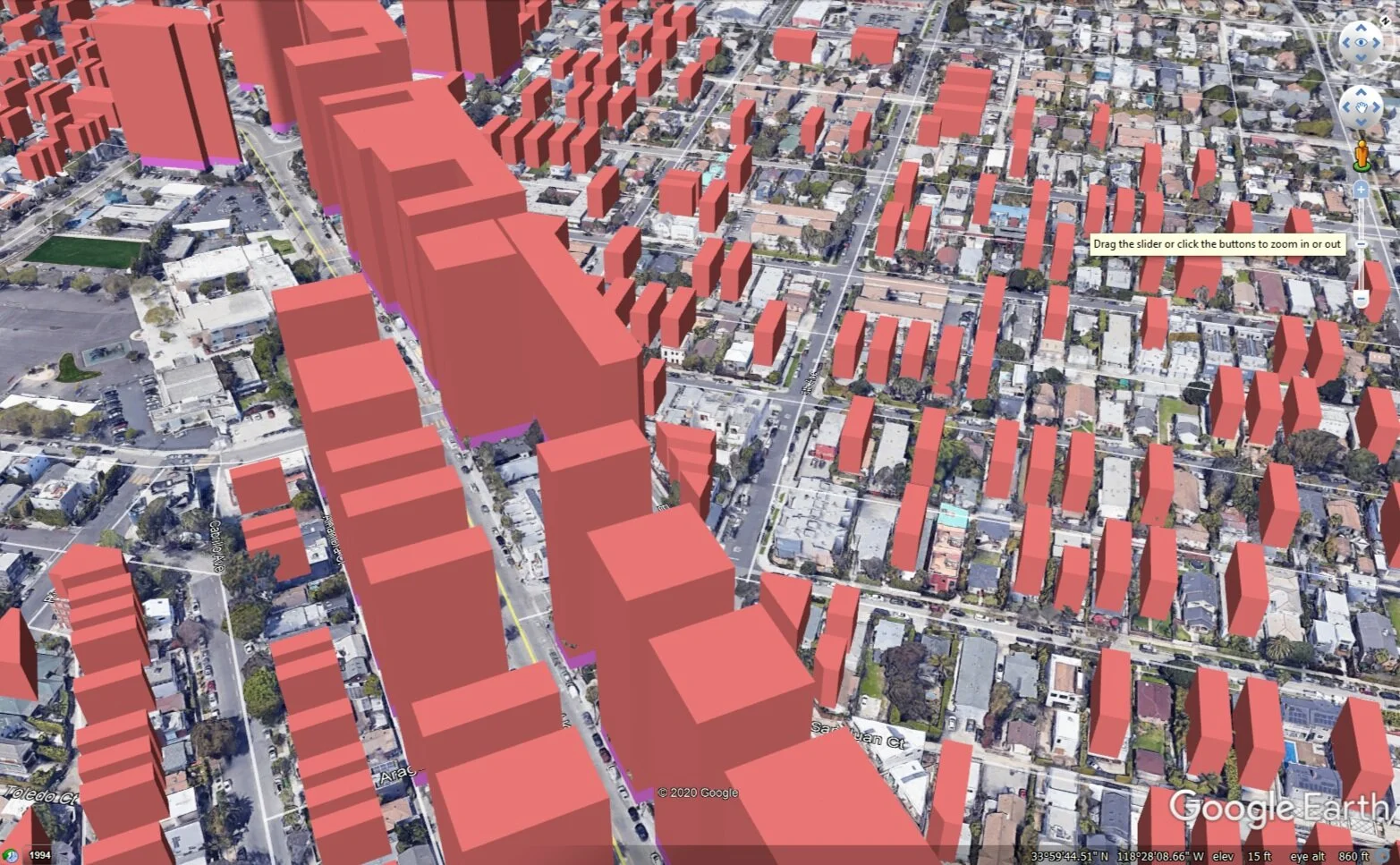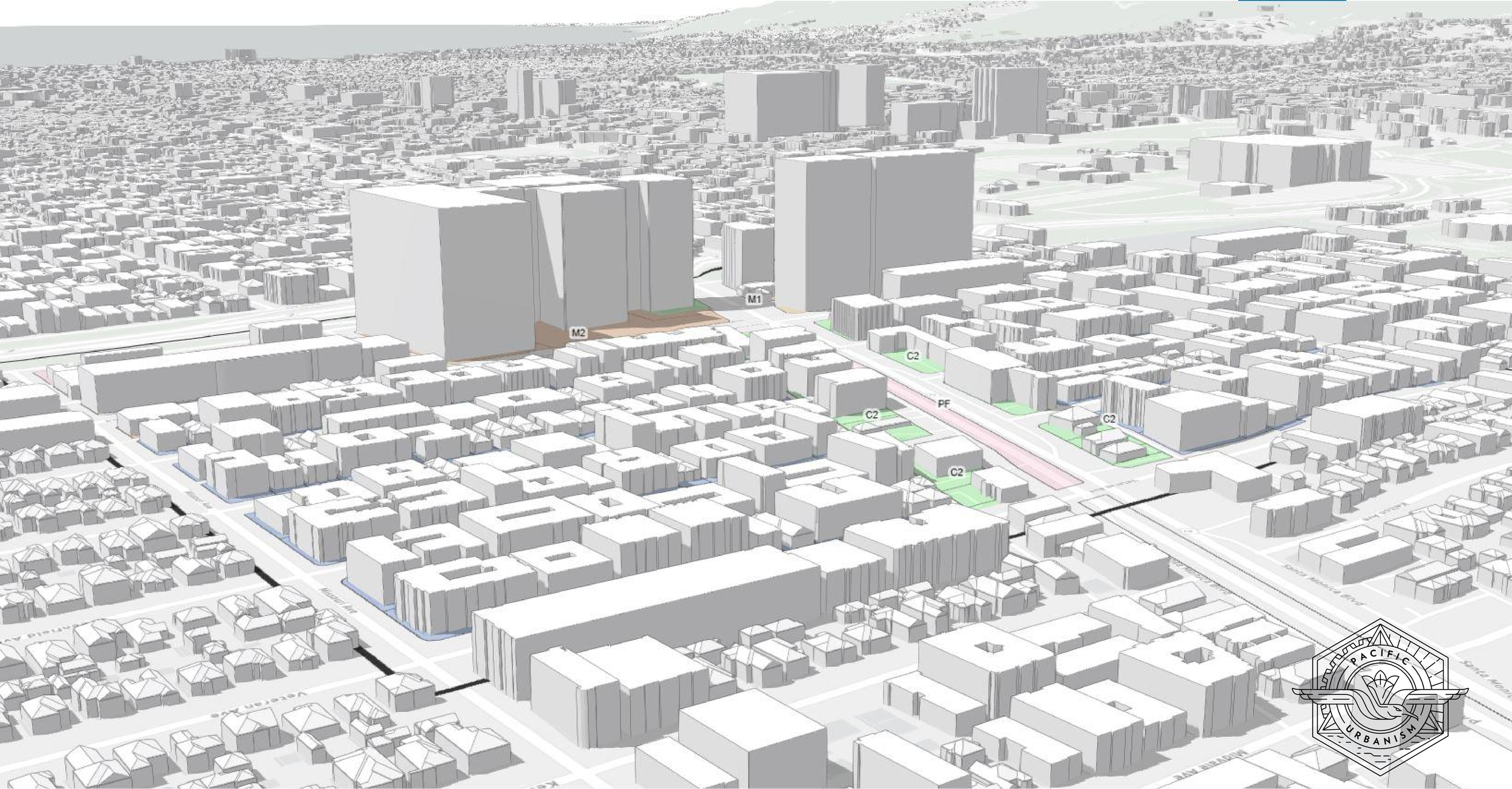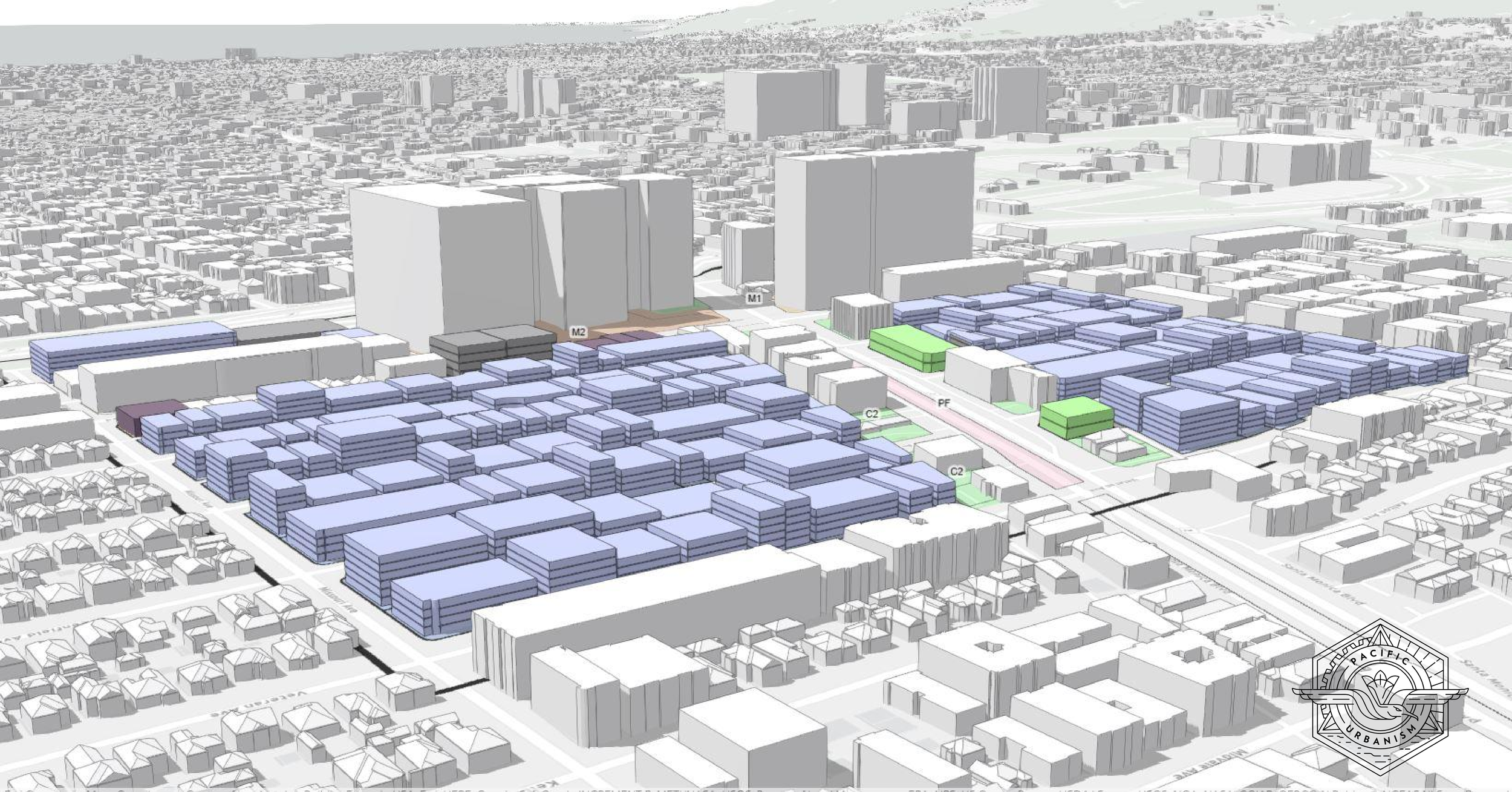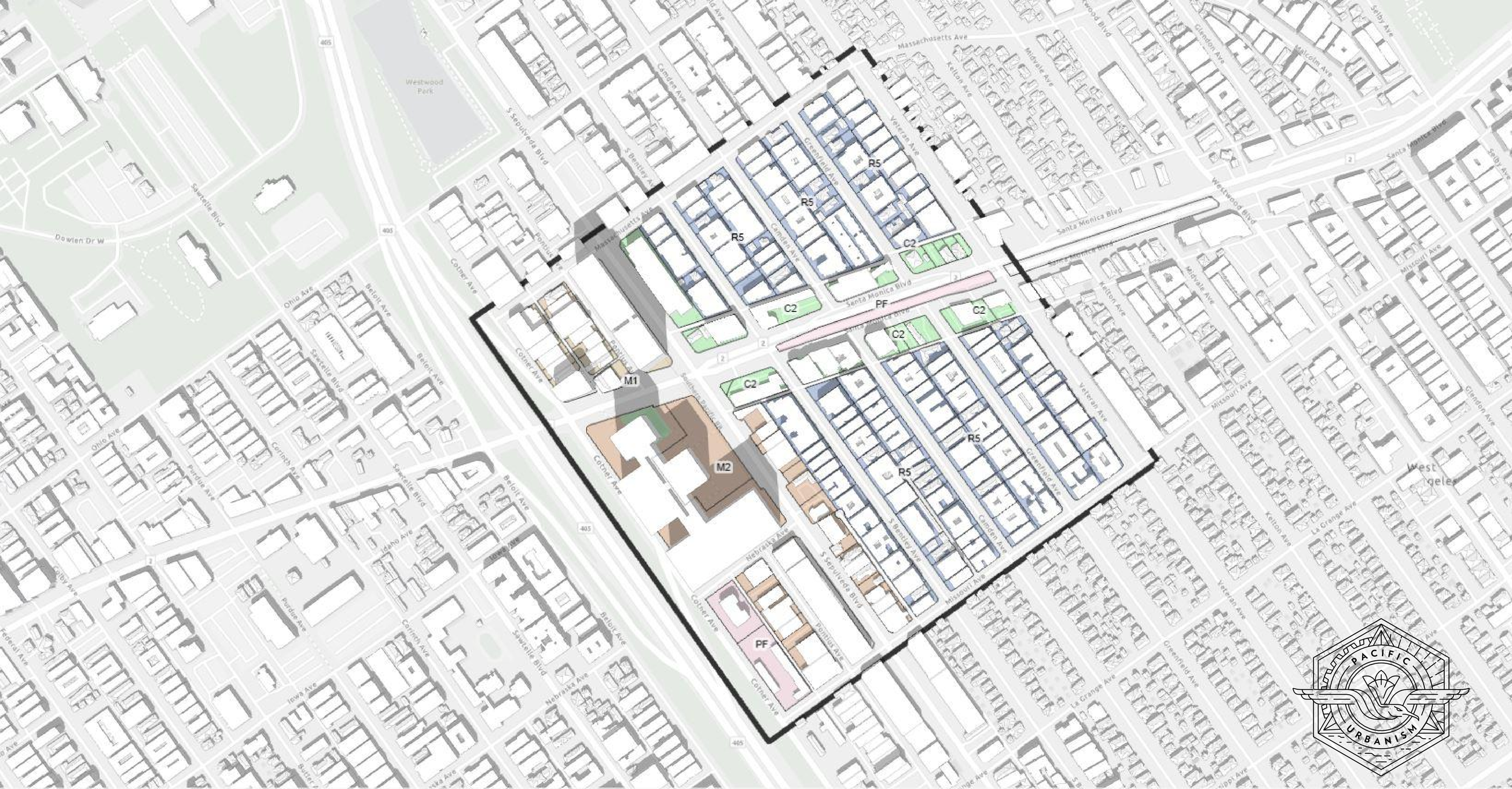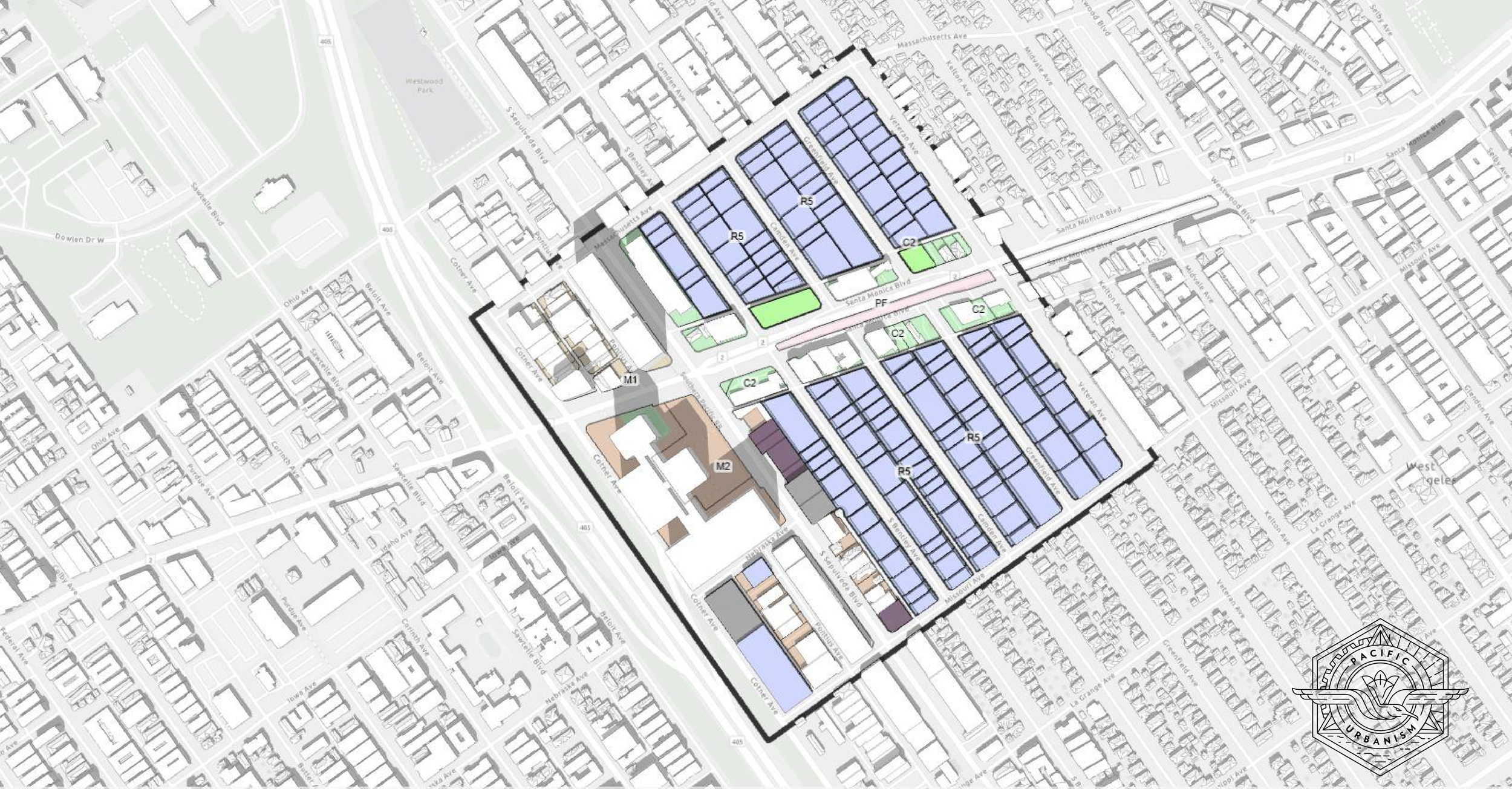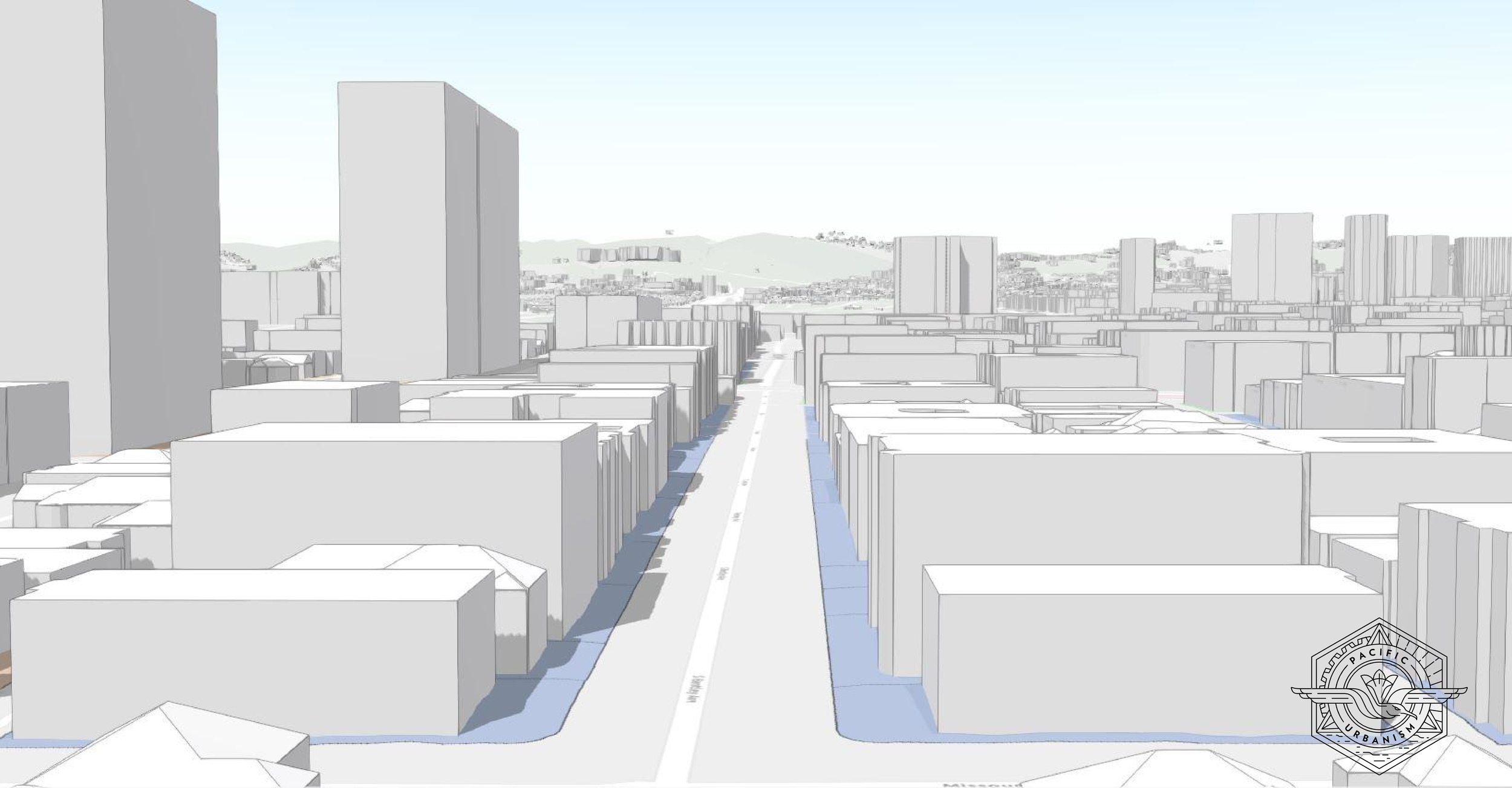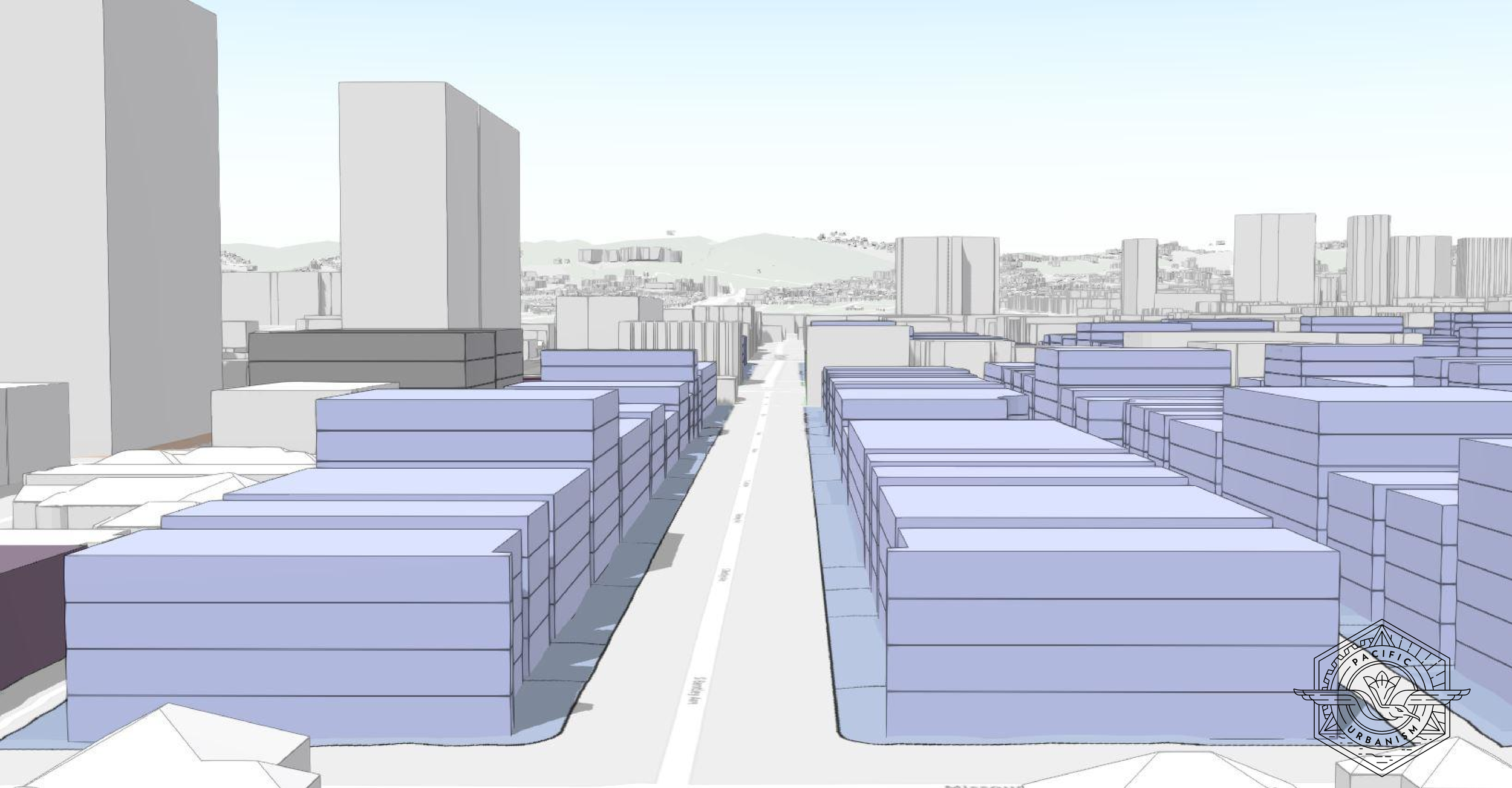REZONING PROGRAM FOR 2029 RHNA TARGETS
Introduction
Due to the Regional Housing Needs Assessment (RHNA) targets for the current 8-year planning cycle, the housing stock for the city of LA is going to increase; it ought to occur in a fair and equitable manner. An obvious next question is what metrics are employed to deem an approach fair and equitable, which is why we developed the method of a Housing Allocation Index. The Housing Allocation Index method is described in full detail in our May 8, 2020 publication.
Our research question
The big planning & research question with which we have been grappling is whether zoning changes are either necessary, or more conducive to, accomplishing the 8 year targeted increase in housing supply. If so, what specific zoning changes are they?
Also, we recognize that the housing targets are greater than they have been in the past and that there are multiple perspectives regarding the validity of those targets. Some people oppose any new housing at all. While, the underlying assumptions, methods for formulation of the targets, and their counter arguments are addressed in detail elsewhere, it is worth noting that the City of Los Angeles has not appealed the RHNA target numbers.
The bottom line is that if current mechanisms are insufficient, then something in addition has to be done, and whether it’s through City Ordinances, Community Plan updates, the Housing Element, State legislation, etc., or all of the above, communities will either take a proactive approach or have solutions imposed upon them in a top down fashion.
Brief history of Zoning. How did we get here?
The 1969 housing element law requires all municipalities to zone for their fair share of the state’s projected growth in population. In the past not only had projections of growth been underestimated, the law also lacked any teeth to enforce targets being met. In the 1970s and 80s, a mobilized association of affluent and politically connected homeowners succeeded in downzoning LA’s planned population capacity from 10 million to 4 million. Zoning classifications of specific areas of the city were changed from multi-family to single-family and, in areas still open to multi-family development, density classifications were lowered, for example, from R3 to a new reduced density RD-1.5 zone. The more restrictive zones in many neighborhoods reduced dwelling unit capacity to below the existing density of the built environment.
The consequences of these decisions range from constrained housing production and price inflation, inequitable distribution of households by income relative to employment and services, increased VMT and traffic congestion, deteriorated air quality, unequal access to quality schools, constrained labor pool, deteriorated social capital and increased homelessness rates.
Current approach
Now, whereas the current approach by the City of LA and the Department of City Planning is dominated by a reliance on transit oriented communities and increasing density along transit corridors alone, our research and the research of others has shown that these policies are insufficient in order to arrive at the housing target.
If TOC bonus capacity and capacity along commercial corridors, without zoning changes to existing single family and other reduced density residential land, is insufficient to prompt the necessary increase in rate of net new housing units offloaded onto the market, then land use policies, specifically zoning changes, and other mechanisms, are warranted if necessary to arrive at the desired target dwelling unit supply rate.
TOC policies are limited in their expected outcome in numerous ways: commercial land tends to develop to only 10% of its stated maximum capacity, residential capacity in TOC zones is largely upside down with existing number of dwelling units being greater than the allowed maximum number of units including the TOC bonus, and the rate of units offloaded onto the market in TOC zones over the last two years projected forward represent less than 1/10th of the necessary target. Therefore, we are looking to viable alternatives to complement TOC dwelling unit supply, such as ADU, conversion of commercial office and retail uses to residential, and zoning changes.
The smallest increments of ownership and decentralized production are desirable in order to contribute to increased homeownership and production rates. The lion's share of housing in the City and the Westside in particular has been produced by a range of building sizes or types according to number of units, whereas currently, there is a tendency to focus on the largest types, which historically represent among the lowest rates of production.
Over the last two years, the City of LA has offloaded 8,000 (net) new dwelling units as an annual average. While in the entitlement pipeline there is reportedly an average 25,000 (gross) new dwelling units per year, there are also currently areas of net loss due to demolitions and changes of use. Further, with a five year horizon before many units approved through entitlements work their way through the building permit approval and construction processes, the front end of this 8 year planning cycle and projected housing supply is shaping out to be wholly insufficient, unless additional measures are taken.
Additional measures are:
loan guarantees by foundations, government, or both, for cost of conversion of, and addition to, multi-family properties with 5+ units;
ministerial approval and stated agency policy of expediting conversion of existing larger multiple bedroom units into two or more units;
zoning changes to allow buildings with 16-24 units (50 to 60 dwelling units per acre) with pre approved construction-type bulletins;
repeal parking minimums, as done in San Diego and elsewhere, including the construal of parking as access by the California Coastal Commission over housing as access to the coast;
smallest increments of ownership parcels, including condominiums, to allow for increased homeownership rates across various income groups;
emergency temporary housing, competitively priced, in all community plan areas for local unhoused populations.
Zoning Changes:
As illustrated in Zoning Map, and
50% maximum lot coverage;
Dispense with side, front, and rear yard setbacks;
Dispense with parking requirements.
(Dario Rodman-Alvarez, MCP, 2021. Los Angeles, California)

